|
Preface: This blog has taken me countless hours over a few years to compile, so if you want to share the information or photos in this blog, please provide a link and proper citation back to this web page.
The New Taiwan Dollar is the national currency of Taiwan (ROC), and it includes five main bills and five main coins that are currently in circulation. It is one of the sure signs that Taiwan is a free and independent nation. Have you ever wondered what the meaning or significance of the designs on these bills? Well in this blog we will explore these in depth. History: Old Taiwan Dollar: Ever wonder what happened to the old Taiwan Dollar? It was the official currency of Taiwan after 1945, replacing the Japanese Yen that had previously been used at roughly the same price. It was discontinued in 1949 due to hyperinflation that hit China after WWII due to the Chinese Civil War, which also affected Taiwan and the Taiwan Dollar. To help solve hyperinflation, the New Taiwan Dollar was created on June 15, 1949 as the official currency of Taiwan, after the ROC lost the Chinese Civil War and retreated to Taiwan. The currency was valued at 1 New Taiwan Dollar to 40,000 Taiwan Dollars. New Taiwan Dollar Beginnings: The New Taiwan Dollar currency was adopted as the official currency of the Republic of China only in 1961. Before that, Kinmen and Matsu had their own special currency notes, which have been discontinued. In 2001, the New Taiwan Dollar currency stopped being printed at the Bank of Taiwan, and is now printed at Taiwan's Central Bank. The New Taiwan Dollar bills and coins have gone through many changes over the years, but most of them have included either Chiang Kai-shek or Sun Yat-sen on the face of the notes. From 1976 until 2001, most notes were either 10 NT, 100 NT, 500 NT, and 1000 NT. From then until now, there have been five generations or series of notes and coins. This blog will focus on the current fifth series. For a full list of historical notes, click here. Previous Versions: Before the year 2000, prior generations of bank notes were easily copied, as they lacked special marking and printing techniques. Counterfeit bills were often used in night markets and vegetable markets because they would not be scrutinized for their authenticity. In addition, former bills were less durable and could be ruined even if just put through a washing machine cycle. Although current bills can also still be ruined in a washing machine...sigh. Also the fourth generation of bills(which began circulation in 1982) did not include a 20 NT coin or a 200 or 2000 NT bill; and people normally only used 1 NT, 5 NT, 10 NT, 50 NT, 100 NT, 500 NT, and 1000 NT. Because this was not very long ago, part of the reason the 20 NT, 200 NT, and 2000 NT are not widely used is because people are still used to using only 10 NT, 100 NT, 500 NT, and 1000 NT. Current Version: Starting in the year 2000, the central bank began printing the modern fifth generation version of New Taiwan Dollar notes that we use today. The current 100 NT note was first printed in 2000, the 200 NT and 2000 NT notes were first printed in 2001, and the current 500 NT and 1000 NT notes were first printed in 2004. In 2001, the 20 NT coin was introduced, but other coins remained the same. New Taiwan Dollars can be denoted as TWD, NTD, or NT$. Visiting Taiwan soon? You can also find more tours of Taiwan on Klook here or KKday here. You can also check out our full travel guide to Taiwan here. Looking for a hotel? Find out where to stay in our Taiwan hotels guide or search for the best hotels in Taiwan here. Common symbols on the New Taiwan Dollar:
Current coins and bills in circulation (fifth series of the new Taiwan Dollar)
Detailed Overview: Here I will show you photos of all the current bills and coins in circulation and explain their meaning. As you can see below, the bills get larger as the currency gets larger, and they make a rainbow when put together. Coins 硬幣
In this blog, I will cover the current major 5 coins in circulation, the 1 NT, 5 NT, 10 NT, 20 NT, and 50 NT.
You can also book Wifi and SIM cards for Taiwan on Gigago here. 1 NT Coin 一元臺幣硬幣
I happened to have three variations of the 1 NT. I will explain them in detail below.
Chiang Kai Shek 1 NT Coin 蔣介石一元臺幣硬幣
The current 1 NT in circulation features Chiang Kai-shek on the front with the year it was printed.
The back features the words 壹圓 (yi yuan) 1, meaning one New Taiwan Dollar. Characters denoting monetary amounts in Chinese sound the same as the normal words (such as 一元 yi yuan, one dollar, but are written in a fancier way). There is also a curving diamond pattern around the edge.
Plum Blossom 1 NT Coin 梅花一元臺幣硬幣
The old 1 NT featured a butterfly lotus flower on the back, along with the words 壹圓 (yi yuan), printed from 1960 to 1981.
The front of the old 1 NT, with a plum blossom, the national flower of the ROC (see above for a thorough explanation).
Silver Colored 1 NT Coin 銀色一元臺幣硬幣
I also have an alternative silver color version of the 1 NT, printed in 1982.
Front of the silver colored version.
5 NT Coin 五元臺幣硬幣
The current 5 NT in circulation features Chiang Kai-shek on the front with the year it was printed.
Similar to the back of the 1 NT, the back features the words 伍圓 (wu yuan) 5, meaning five New Taiwan Dollars. There is also a curving diamond pattern around the edge.
The 5 NT coin has pretty much remained the same for over 50 years and has no variations. 10 NT Coins 十元臺幣硬幣
The current 10 NT coins in circulation feature a variety of styles. The most popular and most numerous ones are the Chiang Kai-shek coin and the 100 year anniversary coin of the ROC featuring Sun Yat-sen.
Chiang Kai Shek 10 NT Coin 蔣介石十元臺幣硬幣
The most numerous and common coin you will see on the streets is the one with Chiang Kai-shek. It also has the most simple design. The ROC year appears above his head. The 10 NT seems the most un-lifelike and cartoonish of him.
On the back of the coin are plum blossoms, the official flower of the ROC, surrounding the words 拾圓 (shi yuan) 10, meaning ten dollars.
ROC 90th Anniversary 10 NT Coin 慶祝民國九十年臺幣硬幣
Another less common variation of the 10 NT is the 90 year ROC anniversary coin, with Sun Yat-sen looking stoic on the front, stating that it is the 90th anniversary of the ROC above his head.
The back of the coin may look plain to the naked eye with just the words 10 圓 (yuan) or 10 dollars, but you have to turn it at an angle to see the holographic images.
On one side, it says 國運昌隆 which means "prosperous and flourishing destiny of the nation."
From the other side, you can see two crosses connected to each other, making two Chinese characters for the word 10, or the shape of double ten day fireworks you would see in the sky (雙十煙火).
ROC 100th Anniversary 10 NT Coin 慶祝民國一百年臺幣硬幣
Perhaps the second most common 10 NT coin in circulation is the ROC 100th Anniversary 10 NT. It also has the face of Sun Yat-sen, except a bit larger. The top text states that it is celebrating the 100 year anniversary of the ROC in 2011.
The back of the coin may look plain to the naked eye with just the words 10 圓 (yuan) or 10 dollars.
Also, there is a braille mark at the bottom to indicate it is 10 NT. But you have to turn it at an angle to see the holographic images.
The first is a Taiwan independence symbol inside the zero!
From one side the top reads "國泰," (guo tai)...
and on the other side "民安“ (min an) which if combined creates the common phrase 國泰民安 which means "the country is prosperous and the people live in peace."
Also you can find a plum blossom in the Zero if you turn it another way.
Other special 10 NT coins not shown in this blog:
20 NT Coin 二十元臺幣硬幣
One of the rarest new coins is the 20 NT. It commemorates Mona Rudao (莫那 魯道), who was the son of the Sedeeq Indigenous Taiwanese tribe that led and organized the Wushe incident. Next to his face is an image of the Wushe indecent memorial.
You won't see the 20 NT being used very often because there was no 20 NT coin before 2000, people were not used to using it, and it has not caught on.
Hidden in the front are the holographic numbers indicating the year of circulation.
On the back of the coin are the words 20 圓 (yuan) and an image of three indigenous Tao canoes, which are made by the Tao people that live on Orchid Island.
There are also two dots on the bottom which are braille to indicate it is 20 NT. 50 NT Coin 五十元臺幣硬幣
The 50 NT coin is the newest of the NT coins, coming out in 2002. The front of the coin has the face of Sun Yat-sen and the mint year.
Before it, there was another 50 NT coin with the plum blossom.
On the back are two rice stalks with the words 50 圓 (yuan).
Also, there are three dots on the bottom which are braille to indicate it is 50 NT.
The holographic text on one side says fifty in Chinese (五十 wushi).
Looking at the other side it says 50 in Arabic numerals.
The sides of the coin also indicate that it is NT$50.
New Taiwan Dollar Paper Notes 新臺幣紙鈔
The New Taiwan Dollar Paper Notes come in five variations, the 100 NT, the 200 NT, 500 NT, 1000 NT, and 2000 NT. The 200 NT and 2000 NT are rarely used and are less common. The largest bill is the 2000 NT bill, and bills gradually decrease in length until the 100 NT bill, the smallest bill. The paper bills have similar features which are described below:
Anti-counterfeit features of the fifth generation New Taiwan Dollar Notes: 第五套新臺幣防僞特徵:
The following are features that each current New Taiwan Dollar note has to prevent counterfeiting (which was a serious problem in Taiwan before these notes came out). Please see above for a detailed explanation in Chinese of each feature (this is the only image I didn't take myself in this blog, you can find one for each on the link in the caption); I will translate the text in the above photo below.
Features for all bills:
Features only on the 500, 1000, and 2000 NT bills: 11. Holographic metallic foil designs (光影變化箔膜). These are vertical strips on the front right side of the 500 and 1000 NT, and a square foil design on the right front side of the 2000 NT. Originally this was only a feature of the 2000 NT, but was later added to the 500 NT and 1000 NT. Feature only on the 2000 NT bill: 12. Hidden metallic ink (金屬油墨加印) on the front near the Formosa 1 rocket, with the number of the bill. 100 NT Note 一百元臺幣鈔票
The 100 NT note was first printed in the year 2000 as the first part of the fifth series of New Taiwan Dollar bills. It is also perhaps the most common and widely seen note. In addition, it is the smallest note, is red, and features Sun Yat-sen (孫中山) and the Chungshan Building (中山樓).
The theme of the bill is the "Great Unity (大同)" found in the book of rites (禮記) written by Confucius.
Closeup of Sun Yat-sen's face. This image was taken from an original photograph.
Closeup on Mr. Sun's eye. Sorry, I was having too much fun with my micro lens. I hardly ever use it and this seemed like a great time to pull it out.
In the background you can see a mural with a group of people gathered around a child, depicting the four values of the Republic of China: Loyalty (忠孝), Kind-hardheartedness (仁愛), Good Faith (信義), and Peace (和平). It also represents the 'Great Unity' and Confucius principles adopted by Sun Yat-sen.
Also notice the shiny band on the left that has the number 100, which goes along the length of the bill. If you turn it to the side, it will turn green.
When you turn the magenta strip to the side, it turns green!
You can see through magnification micro-printing of little 100s inside the 100.
There is a small braille dot on the front left side of the 100 NT bill; inside you can see the number "100" printed four times.
Super closeup of the braille dot.
Behind Sun Yat-sen are the writings of Confucius from the Book of Rites, with the words "博愛" or brotherly love in bold, a principle which Sun Yat-sen lived and fostered.
On the bottom right of the 100 NT bill is a magenta 100; if you turn it and look at it from the bottom, it turns a dark green.
Also if you flip the front of the bill down and look at the bottom right corner, a secret 100 will appear on the dark part of the pattern.
There is also 3D '100s' printed on the back near to top of the bill.
The back of the 100 NT is a picture of the Chungshan Building, a building in Yangmingshan National Park that is used for special events and state dignitaries, but lately has been left mostly unused. Before 2005 it was used for the National Assembly meetings.
You can go tour the Chungshan Building daily at Yangminshan. Tour times are 9:00 AM, 10:30 AM, 1:30 PM, and 3 PM, and the tour lasts about an hour and a half. I highly recommend it.
The top of the note features a plum blossom mural.
A closeup of the Chungshan Building. The second level balcony is the presidential suite, the one that the current president still stays in.
Design under the roof apex is clearly seen on the bill.
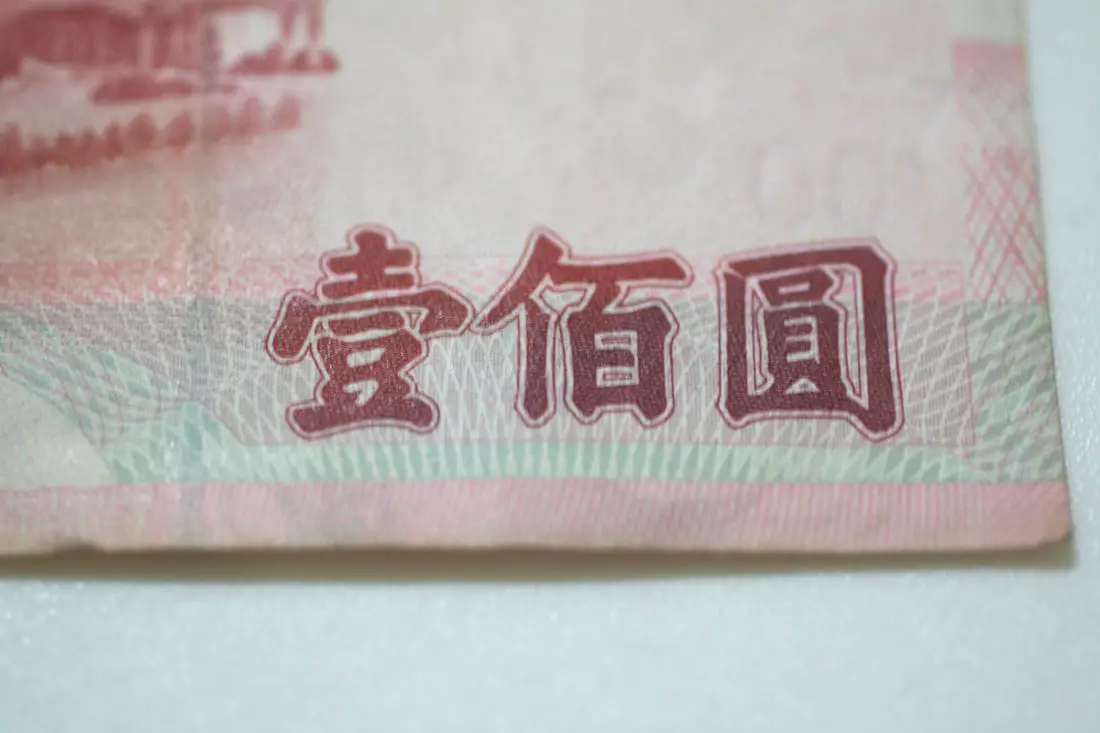
The words "100 Yuan (壹佰圓 Yi bai yuan)."
Micro printing of "The Republic of China” under the dark design on the bottom right of the front of the bill.
As with all bills, there is a round plum blossom symbol on both the front and the back.
If held up to a light source, you can see the watermark on this bill is two plum blossoms, and the number 100.
The round plum blossom symbols on the front and back combine into a new design.
If you line up two bills facing forward, you will realize there are overlapping patterns, such as the red that goes from the top left up to the bottom left of the bill.
There are also overlapping patterns on the back.
200 NT Note 兩百元臺幣鈔票
The 200 NT note was first printed in the year 2001 as part of the fifth series of New Taiwan Dollar bills. It is also the least common and most unused note; this is because before 2001 there was no 200 NT note, so people are not used to using it and cannot tell if it is fake. Also, it was printed during the DPP Chen Shuibian administration which did not like the former dictator Chiang Kai-shek featured on the bill, and so limited its printing and use. Some say that the current usage of the 200 NT compared to other bills is as low as 0.18%.
In addition, it is the second smallest note, is green, and features Chiang Kai-shek (蔣介石) and the Taiwan Presidential Office Building (台灣總統府). The theme for this bill is land reform (土地改革) and basic education (基層教育).
Closeup on Chiang Kai-shek's face. This was also based on a real photograph.
Closeup on Chiang's eye.
Three elementary school aged children in the middle of the bill represent the 9 year public education system that Chiang Kai-shek implemented.
Before 1968, Taiwan's school system was only six years long. After the reforms were put in place, the number of middle schools and high schools doubled. Many new schools were built and former vocational schools were converted into normal middle schools and high schools. It was a great step to improving the education of many Taiwanese people, and it cost the government quite a lot of money.
Behind the 200 on the front top right is the gateway to Liberty Square.
Liberty Square (AKA Chiang Kai-shek Memorial Hall) is one of the most notable landmarks in Taipei, as well as a symbol and gathering place of freedom and democracy. featuring a large public square, Chiang Kai-Shek memorial, opera houses, and gardens. It is officially a monument to the Generalissimo and President of the Republic of China, Chiang Kai-shek. Its iconic scenery and architecture are a must-visit for anyone travelling in Taipei. For more information on Liberty Square, see out full blog here.
In the background to the right of Chiang Kai-shek, you can see a farmer on a rice planting machine in a field. This represents that land reforms introduced by the KMT in Taiwan which allowed many farmers ownership of the land they farmed in Taiwan in the 1940s and 50s.
In the Japanese Era, most farmers were tenants who paid sometimes over half their earnings to landlords. This meant that they lived in a circle of impoverishment and were more like forced laborers. After the Japanese left Taiwan, they left large swaths of land and property. The ROC took possession of these properties and slowly sold them to individual farmers using favorable loan agreements. After the land reforms, farmer property ownership shot up to90% from just 57% in ten years. This helped to decrease the gap between the rich and the poor and improve the quality of life for many Taiwanese people.
Closeup on the farmer on the back of the bill.
The words 200 yuan (貳佰圓 er bai yuan).
Micro printing of "The Republic of China” under the dark design on the bottom right of the front of the bill.
Also if you flip the front of the bill down and look at the bottom right corner, a secret 200 will appear on the dark part of the pattern.
You can also see it from the side.
The ROC national flower, along with the shiny purple strip with the number 200 repeated along it.
If you turn it and look at it from the side, it turns a dark green.
Two braille dots with the number 200 repeated in squares inside the dots using micro printing.
Super close up of the braille dots.
On the bottom right of the 200 NT bill is a gold 200; if you turn it and look at it from the bottom, it turns a dark green.
As with all bills, there is a round plum blossom symbol on both the front and the back. If held up to sunlight, it will show both the front and back blossoms come together to make a new design.
The watermark on the 200 NT is orchid flowers, and the plum blossom also has a new design.
The back of the 200 NT shows the Taiwan Presidential Office building.
The Taiwan Presidential Office building is the office for all presidents of Taiwan, past and present. One of the many historical buildings in Taipei, it is a beautiful Japanese era brick building, with a built-in museum inside. It is open for tours to the public on weekdays and is definitely worth a visit. For more information about this building, see our blog here.
There is a wavy '200s' printed on the back near the top of the bill, unlike the 3D style on the 100, 500, and 1000 bills.
Inside the 200 printed on the back, there is microprinting of tiny 200s.
The ROC flag also is flying on top of the bell tower.
Another closeup of the Presidential Office Building.
Closeup on the palm trees at the entrance, which are about three times as tall today.
Another lotus flower painting on the back.
If you line up two bills facing forward, you will realize there are overlapping patterns, such as the blue that goes from the top right up to the bottom right of the bill.
There are also overlapping patterns on the back.
500 NT Note 五百元臺幣鈔票
The 500 NT note was first printed in the year 2004 as part of the fifth series of New Taiwan Dollar bills. It is also one of the most common and most used notes behind the 100 NT and 1000 NT.
In addition, it is the third largest note, is brown, and features the Nanwang Baseball Team (南王國小少棒隊) on the front and the Sika Deer (梅花鹿) and Dabjianshan (Mt. Sylvia 大霸尖山) on the back. The 500 NT is one of the most common notes in use but is actually hard to get because ATMs do not stock them. Usually, they are only given as change when you pay for something with a 1000 NT bill. The theme for this bill is youth baseball (少棒).
The Nanwang Elementary School Little League Baseball Team (南王國小少棒隊), was based on a photo that was chosen over the 2000 other possible photos for this bill. The Nanwang Elementary School team won the worldwide PONY World Series in 1998 (pictured) and elementary schools in Taiwan have won the PONY World Series 7 times in the last 20 years! Considering Nanwang Elementary School in Taitung had less than 200 students, it was truly an amazing achievement. Of the 11 boys pictured, only three went on to play professional baseball.
Closeup on two of the boys celebrating. For a full list of the names of these players (in Chinese), click here.
Someone's hat being thrown in the air.
Micro printing of "The Republic of China” under the dark design on the bottom right of the front of the bill.
On the front there are three braille dots, all with squares and the number 500 micro printed inside.
Super close up of the braille dots.
Shiny 500 on the bottom. From the top it looks gold, but if you look at it from the bottom it appears green.
Also if you flip the front of the bill down and look at the bottom right corner, a secret 500 will appear on the dark part of the pattern.
Holographic strip with the number 500 shown throughout.
Another view of the holographic strip.
If you look closely you can see the faint yellow imprint of the 12th baseball player, a catcher. Some of the players said that this may be one of their coaches. It was not part of the original photo.
Also as with all bills, there is a round plum blossom symbol on both the front and the back.
The watermark for this bill is bamboo leaves. Like the plum tree on the 100 NT, the bamboo tree thrives in winter, which is a metaphor for the ROC thriving in an adverse geopolitical situation.
There is also a strip showing the number 500 from top to bottom. Also, if you hold up the plum blossom to a light source it will show both the front and back blossoms come together to make a new design.
The back of the bill features native Sika Deer and Dabajianshan (Mt. Sylvia) in the background.
Closeup of the deer, with three male adult bucks, one female adult doe, and four fawns. The Formosan Sika Deer is one of the largest indigenous fauna in Taiwan, and was important for sustenance and fur trading for indigenous peoples before the wild population went into decline in the late 1800s and early 1900s. Due to human activity, the last wild Formosan Sika Deer died in 1969. However, captive populations have been reintroduced to the wild in Kenting National Park and Daqiu Island in Matsu. For more information about Daqiu Island, check out our blog here.
Closeup on one of the male deer.
Dabajianshan (Mt. Sylvia) sits in the background, located in Shei-pa National Park, Miaoli County. It is one of the most prominent and recognizable mountains in Taiwan, and its steep cliffs were formed by wind. Due to constant erosion, climbing on the mountain has been banned.
One day I hope to hold the 500 NT note up to it and take a photo, but that will probably be a far way in the future. Formosan Sika Deer only live below 300 meters above sea level, so this picture is not naturally accurate.
However, Anshua offered this photo of her hiking to Dabajianshan with the 500 NT note. You can check out her blog here.
The shiny holographic strip through the middle of the bill; If you change the angle, the light reflected will change to all different colors.
The words 500 Yuan (伍佰圓 wu bai yuan).
Another view of the ROC national flower with bamboo leaves on the top right.
There is also 3D '500s' printed on the back near to top of the bill.
The top left 500 on the back changes color from gold to dark green as you tilt its position.
If you line up two bills facing forward, you will realize there are overlapping patterns, such as the weaving pattern that goes from the top left up to the bottom left of the bill.
The back also has overlapping patterns, such as the bamboo on the top right that goes onto the bottom left.
1000 NT Note
The 1000 NT note was first printed in the year 2004 as part of the fifth series of New Taiwan Dollar bills. It is also the second most common and most used note behind the 100 NT bill.
In addition, it is the third largest note, is blue, and features elementary school children learning geography (小學地理教育) on the front and Jade Mountain (玉山) and the Mikado Pheasant (帝雉) on the back. The theme for this bill is elementary education (小學教育主題).
The main feature on the front of the 1000 NT bill is the four elementary students in class, huddled around a globe, apparently learning geography. The students are from Fuxing Elementary School (台北福星國小) in Taipei, and were chosen to pose for a photo to be put on the 1000 NT bill.
The students on the bill represent Taiwan's future and the importance of investing in the next generation. Because of this, this bill is known as the "four children 四個小朋友," but actually there are six children on the bill!
Child number five can be found as a faint drawing to the left of the four main children, and depicts a girl looking into a microscope.
Child number six is sitting just above the globe and above the telescope, on the bottom left of the Chinese character 中.
The globe that they are pointing at is almost unrecognizable. Australia is at the bottom, but other places in Oceania are blotched white and appear to roll together, and the Korean Peninsula and Japan seem to be missing. Some say that North America is flipped upside down in the middle of the Pacific Ocean. It is rotated to the 140th meridian east, and it seems the kids are pointing to Easter Island.
In the 1999 draft version, the globe was reversed, but this was fixed later in the 2004 version.
Click to set custom HTML
Closeup on one of the girls' faces.
To the left, one can find one small rectangular braille marking, with the number 1000 printed inside. The 1000 on the top left also has little 1000s micro printed inside.
Super closeup of the braille line.
The bottom left 1000 is gold when looked at head on, but turns green when looked at from the bottom.
Also if you flip the front of the bill down and look at the bottom right corner, a secret 1000 will appear on the dark part of the pattern.
Micro printing of "The Republic of China” under the dark design on the bottom right of the front of the bill.
There is also a holographic strip on the right side.
As with all bills, there is a round plum blossom symbol on both the front and the back. If held up to sunlight, it will show both the front and back blossoms come together to make a new design.
The watermark for this bill is chrysanthemum flower, along with the number 1000. In Chinese culture the chrysanthemum represents long life, nobility, and good luck.
Closeup on the character 'Zhong 中' as in the central bank, as well as the hidden face of the sixth child.
The words "1000 Yuan (壹仟圓 Yi qian yuan)" can be seen on the back.
The back of the 1000 NT has many images, the main one being Jade Mountain.
Just below Jade Mountain are two Mikado Pheasants, one male and one female. The Mikado Pheasant is native to the island of Taiwan and is considered the unofficial national bird of Taiwan. The bird lives at high elevations above 2000 meters, so its depiction close to Jade Mountain is accurate. The male Mikado Pheasant is dark blue and purple with a white stripe, while the female is brown. Currently the animal has a near threatened status.
Closeup on the female pheasant's eye.
Behind the Pheasants, the main part of the back of the 1000 NT bill is Jade Mountain's main peak covered in snow, as seen from the weather station on Jade Mountain's east peak. Standing at 3,952 meters (12,966 feet) above sea level, it is the highest peak in Taiwan and the highest peak in East Asia. For more information about this mountain, check out our blog about climbing it in one day here.
I haven't climbed the east peak yet, but I hope to someday, and I will definitely take a photo of the back of the 1000 NT bill with Jade Mountain in the background.
There is also 3D '1000s' printed on the back near to top of the bill.
On the back to the right is the shiny strip with the number 1000 that can be seen through reflecting light. The reflections change colors as you move the bill.
On the top left is the number 1000, which changes from magenta to green as you move it down.
Also, there is a depiction of the sunrise at Alishan (阿里山日出). Alishan is a high mountain area over 2,000 meters above sea level in central Taiwan. It is one of the most famous mountain areas in Taiwan (aka Mount Ali, or Ali Mountain). Formerly a timber harvesting area during the Japanese Era, it still has a working rail system for park visitors to ride around the mountain. The mountain villages, ancient forests, waterfalls, hiking destinations, and tea plantations have made it a popular destination for tourists. It is also a popular destination to see the sunrise over a sea of clouds. Overall, it is one of the most iconic and well known mountain destinations in Taiwan. For more information on this place, please see our full blog on Alishan here.
If you look from the bottom, the numbers appear dark green.
Also on the bottom left is a flower called Cirsium tatakaense (Compositae) (塔塔加薊(菊科), which is a newly discovered unique species native to Tataka saddle area near Jade Mountain.
If you don't pay close attention, it can look like a snowflake.
If you line up two bills facing forward, you will realize there are overlapping patterns, such as the green globe that goes from the top left up to the bottom left of the bill.
There are also overlapping patterns on the back, such as the chrysanthemum flower petals.
2000 NT Bill
The 2000 NT note was first printed in the year 2001 as part of the fifth series of New Taiwan Dollar bills. It is also the second least common and second most unused note, used only slightly more than the 200 NT; this is because it is relatively new. Before 2001 there was no 2000 NT note. If it is fake, such a large amount would be a big loss. Also, many vendors in Taiwan would rather deal in smaller amounts of cash so they do not have to give back too much change. A poll conducted found that only 3 in 100 people in Taiwan use this note. However, it is a popular choice to give in Hongbao (red envelopes 紅包) during Chinese New Year because of its purple color, although many people prefer to give more small notes to make the red envelope look more stuffed.
In addition, it is the largest note, is purple, and features Satellite Dishes (碟形天線) and the Formosat-1 satellite (福爾摩沙衛星一號) on the front and on the back is Mt. Nanhu (南湖大山) and the Formosan Landlocked Salmon (櫻花鉤吻鮭魚). The theme for this bill is technology (科技).
The satellite dishes pictured here are FORMOSAT dishes used by NCU (中央大學) and NCKU (成功大學) universities in Taoyuan and Tainan respectively as part of a joint space science program. They do not actually exist in a row as pictured above.
I thought that they were stationed in a row in real life and that they were likely the ones stationed at Yangmingshan built in 1995 by the NEC. The largest of these dishes is 30 meters wide. But, I was asking the wrong question. Even though they have similar satellites at Yangmingshan, the image on the 2000 NT is not depicting an actual place.
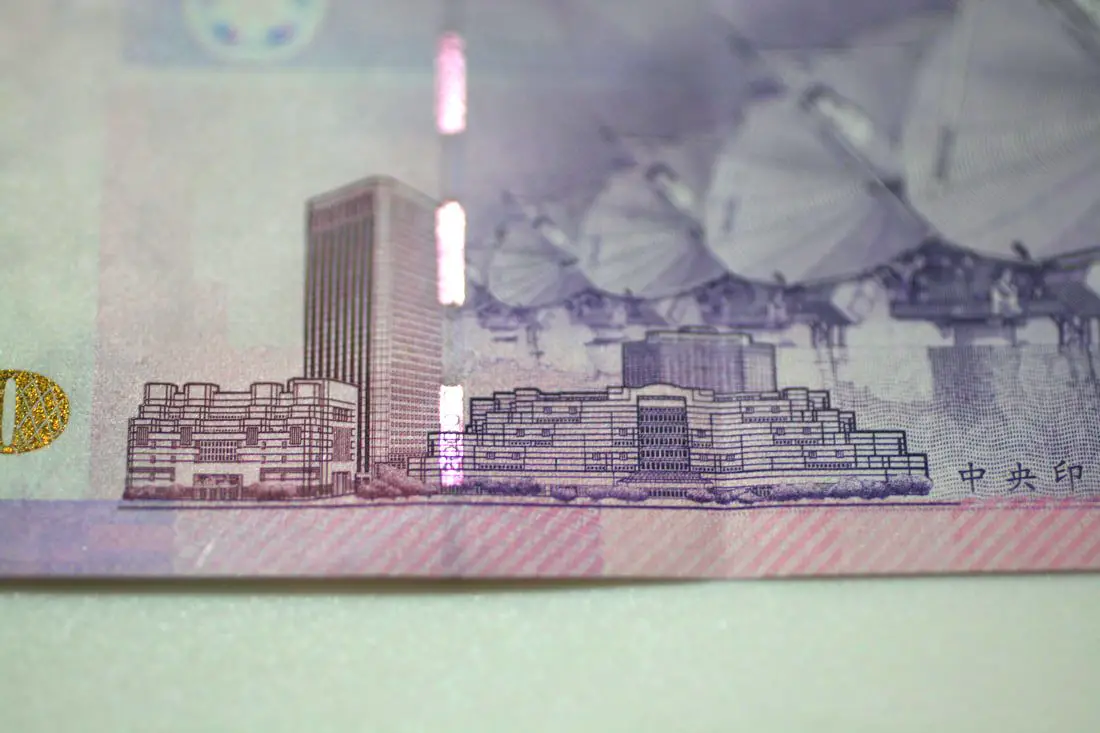
The World Trade Center is a business center in Taipei that was completed in 1985, and includes exhibition halls, the Grand Hyatt Hotel, Taiwan's international trade building, and business offices. If you have ever been to the Taipei 101, you have probably seen it, as it sits just west of it.
Real view of the World Trade Center.
Closeup on the entrance to the exhibition center portion of the building.
To the right of the bill is a square holographic strip, which if you tilt you will see changing symbols of Satellite dishes and the number 2000.
Another view of the holographic strip. Also the words "2000 Yuan (貳仟圓 Er qian yuan)" appear on both the front and back.
Micro printing of "The Republic of China” under the dark design on the bottom right of the front of the bill.
There is also a drawing of the Formosat-1 Satellite on the front. The Satellite is an Earth Observation Satellite that is currently operated by NSPO, which is the official space organization for the ROC. It was meant to study the ionosphere and the world's seas. It was launched from Cape Canaveral by Lockheed Martin in 1999. In 2004, it was decommissioned. As of 2024, Formosat-8 is in preparation stages. These satellites are created for scientific exploration and experimentation and are a source of national pride.
As with all bills, there is a round plum blossom symbol on both the front and the back. If held up to sunlight, it will show both the front and back blossoms come together to make a new design.
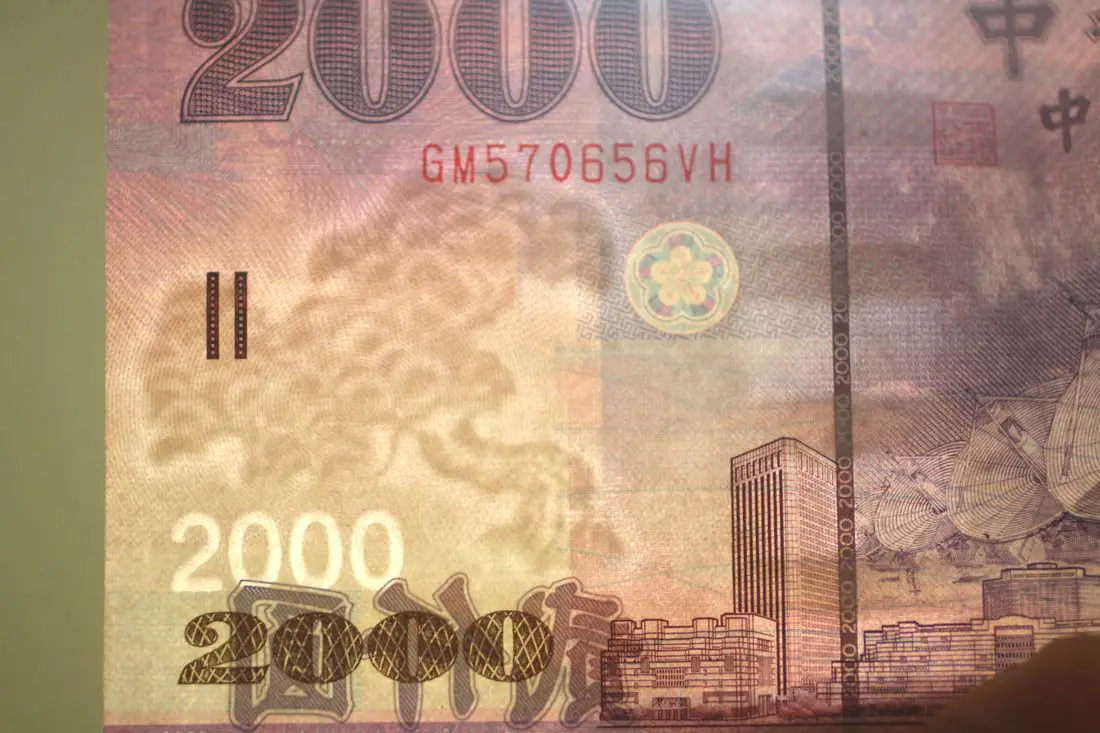
The watermark on the 2000 NT bill is a pine tree (specifically a black pine 黑松樹), which in Chinese culture represents longevity and virtue. Like the plum tree on the 100 NT and bamboo on the 500 NT, it is known as one of the "three friends of winter" which is a metaphor for the ROC which thrives in diversity despite its current geopolitical position.
Also if you flip the front of the bill down and look at the bottom right corner, a secret 2000 will appear on the dark part of the pattern.
On the back to the right is the shiny strip with the number 2000 that can be seen through reflecting light.
If turned to the side, the stripes appear dark green.
To the left, one can find one small rectangular braille marking, with the number 2000 printed inside. The 2000 on the top left also has little 2000s micro printed inside.
Super closeup of the braille lines.
A shiny 2000 on the bottom that changes from gold to green as you move it down.
On the top one can see the Lockheed- Martin rocket used to launch the Formosa 1 satellite into orbit. On the left side of the rocket is special metallic ink with the number 2000, a unique feature on the 2000 NT bill.
The back of the 2000 NT mainly features Mt. Nanhu and the Formosan Landlocked Salmon, the national fish of Taiwan.
The Formosan Landlocked Salmon is endemic to Taiwan and is related to the Cherry Salmon of the West Pacific. It is currently critically endangered due to fishing and pollution, and there are thought to be only 400 left in the wild. The species is landlocked because it prefers cold water above 1500 meters above sea level, mostly near the Dajia River. It has become an important symbol for Taiwan, and is known as the national fish. For more information on this salmon, seethis news article.
This is a photo of a real-life Formosan Land Locked Salmon in a fish tank at Wuling Farm. I also saw some smaller ones in the wild at Wuling Farm. If you want to see this fish, Wuling Farm is the place to go.
Closeup on the salmon's eye.
On the back is a pine tree, which is a good metaphor for the ROC which faces adverse conditions, yet thrives.
The plum blossom design is also part of the 2000 NT, and if put behind a light source the front and back plum blossom designs will combine to make a new one.
The main image on the back of the bill is Mt. Nanhu. It lies in Taroko National Park, in Heping District of Taichung City. At an elevation of 3,740 meters, it is the fifth-highest mountain in Taiwan. It is known as one of the most characteristic of Taiwan's mountains, and is a popular climbing destination.
Hopefully one day I can hike there and take a photo of it and the 2000 NT bill.
Micro printing of little 200s inside the 200 on the front top left of the bill.
Circuit board design in the background, going along with the technology theme of this bill.
If you line up two bills facing forward, you will realize there are overlapping patterns, such as the purple and pink patterns at the top and bottom of the bill.
There are also overlapping patterns on the back, such as the pine needle design.
Florescent Fibers
You may never have heard of this, but all the fifth-generation NT bills have florescent fibers woven into them. You can only see them with a black light/florescent light.
You can make a black light with your phone by applying blue and purple marker to a piece of tape or white piece of paper, and then covering your camera flash. That's how I took these photos.
These fibers are placed randomly on each bill, so no two bills are alike. Let me further explain, each 100 NT bill is different from the other; each individual bill ever printed, no matter what amount it is, has different fluorescent fibers.
Also, the fibers are about the size of an eyelash. Can you see the one in the picture above?
You can see the fiber hanging from the tree on the back of a 200 NT bill.
All the fibers appear fluorescent yellow.
In the plum flower on a 1000 NT bill. These things could be anywhere.
Another fluorescent fiber in a boy's face on the 200 NT bill. These fibers appear in different places on each and every bill.
FAQ: Where can I get the 20 NT coin, and 200 NT or 2000 NT bills? You can find these at local banks in Taiwan. Most stores do not carry them. I recommend going to the Bank of Taiwan. I read online that some Bank of Taiwan ATMs carry them, like at the bank located at Taipei City Hall MRT station, but I have never seen one.
Above is a photo of me waiting in line to trade in money for 200 and 2000 notes. There were quite a few people in front of me and behind me doing the same thing, so I guess it is popular to give these notes out during Chinese/Lunar New Year.
Will most places accept 20 NT, 200 NT, or 2000 NT? No. Do not expect night markets or vegetable markets to accept these. Major chain stores should accept them, and banks will definitely accept them. How do I tell if my NTD bill is water-damaged or really a fake? NTD bills can be water-damaged, even for the newest fifth-generation notes (if put through the washing machine too many times). If the bills are washed, they can shrink slightly from the size of a regular bill, and the shiny foil can fall off, revealing a white underside. Also, white streaks can appear where the bills were wrinkled. To really tell if it is fake or not, check for watermarks and the ultra-violet fibers, as well as the other security marks listed above. If all of the security marks are there, but if foil has fallen off, the bill has shrunk, or ink has faded, it is likely that the bill has been water damaged. In this case, you can exchange it for a new bill at the Bank of Taiwan. What should I put in my red envelope to relatives or friends? Numbers that start with 1, 2, 3, and 6 are okay. For instance, 200, 600, 1200, 1600, 2000, 2200, 3200, 3600, 6000, 6600, 8800, 10000, and 12000 are okay. Avoid the number 4 at all costs, because the sound is similar to death "si 死." Some say that the number 8 is bad because it sounds like "depart 別" but others say it is good because it sounds like "發 fa get rich." Why didn't you mention the 1/2 NT coin? As of 2016, the 1/2 NT is no longer minted by the central bank, therefore I have not included it in this blog. How did you take such close-up photos of these bills? I used a micro lens and a lens extension with a DSLR camera. It turns out it is pretty hard to take these photos without a camera mount and lights. I took way more blurry photos than clear ones due to hand-shake. Also lighting was really hard without having studio lights to illuminate the bills. And it was hard to find a large enough white background for some of the shots. Closeup shots or small items are best shot in a studio with a tripod or mount and studio lights. Taking these photos took me many, many hours over a long period of time, with many re-shoots. How do I feel about the fifth generation of the New Taiwan Dollar? In general, I feel like it is a beautiful currency. But some items on the bills are a bit random, for instance, I do not like the elementary students on the 1000 or the World Trade Center on the 2000. I think there are better landmarks/themes in Taiwan to be celebrated. I think it is sad the 200 NT and 2000 NT are not used more. They would help to keep my wallet slimmer, and I think the 2000 NT is the best-looking note of them all. Hopefully, this post will help to promote their use, and feel free to put some in your red envelopes! Hopefully, you can now appreciate and understand much more about the New Taiwan Dollar, as well as a little bit about Taiwan's history, ecology, education, culture, and technology. Please feel free to like, follow, and share! For more information about Taiwan, check out our FAQ section here. Visiting Taiwan soon? You can also check out our full travel guide to Taiwan here.
6 Comments
Yi Jiun
5/3/2022 01:34:35 pm
My friends look forward to celebrating Taiwan's independence day. Do you by any chance happen to know when is it?
Reply
Zi
5/7/2022 04:13:49 am
10/10/2022
Reply
5/11/2022 07:56:10 pm
Thank you! Now I understand much more about the New Taiwan Dollar. That was helpful.
Reply
David
2/10/2024 05:23:29 pm
Why would night markets not accept 20 NT, 200 NT, or 2000 NT? I can understand 2000 NT if they need to keep smaller coins for change, but 20 NT?
Reply
David
2/10/2024 05:29:19 pm
Should I go to a currency exchange in my local country before visiting Taiwan? Or should I bring American/Canadian dollars with me and exchange it there?
Reply
Your comment will be posted after it is approved.
Leave a Reply. |
Author 作家I am an American expat who has extensive experience living, working, and traveling in Taiwan. In my day, I had to learn many things about Taiwan the hard way. But I have come to learn that Taiwan is one of the best places in the world for Foreigners to live. This blog does not represent the opinions of every foreigner in Taiwan. I am just trying to help others learn more about this beautiful country. Categories
|


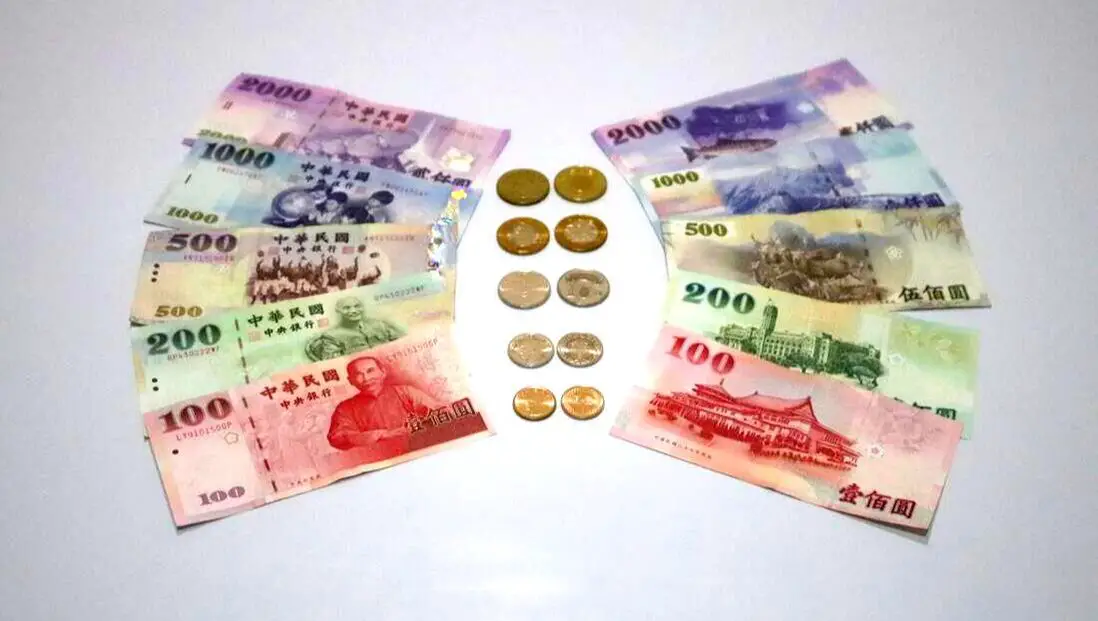

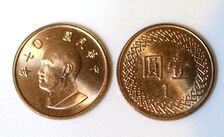
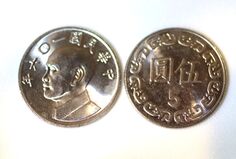
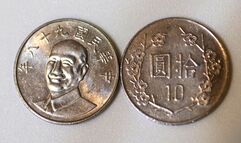

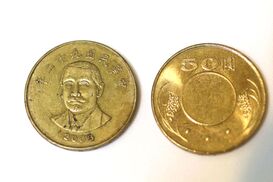
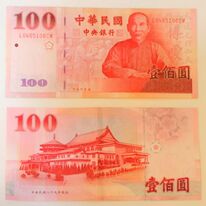
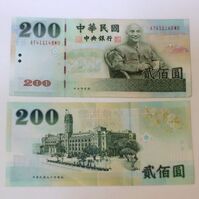
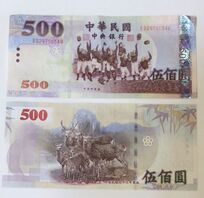
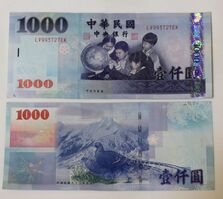
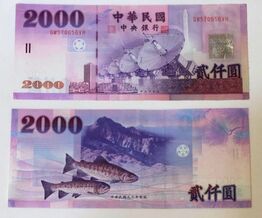
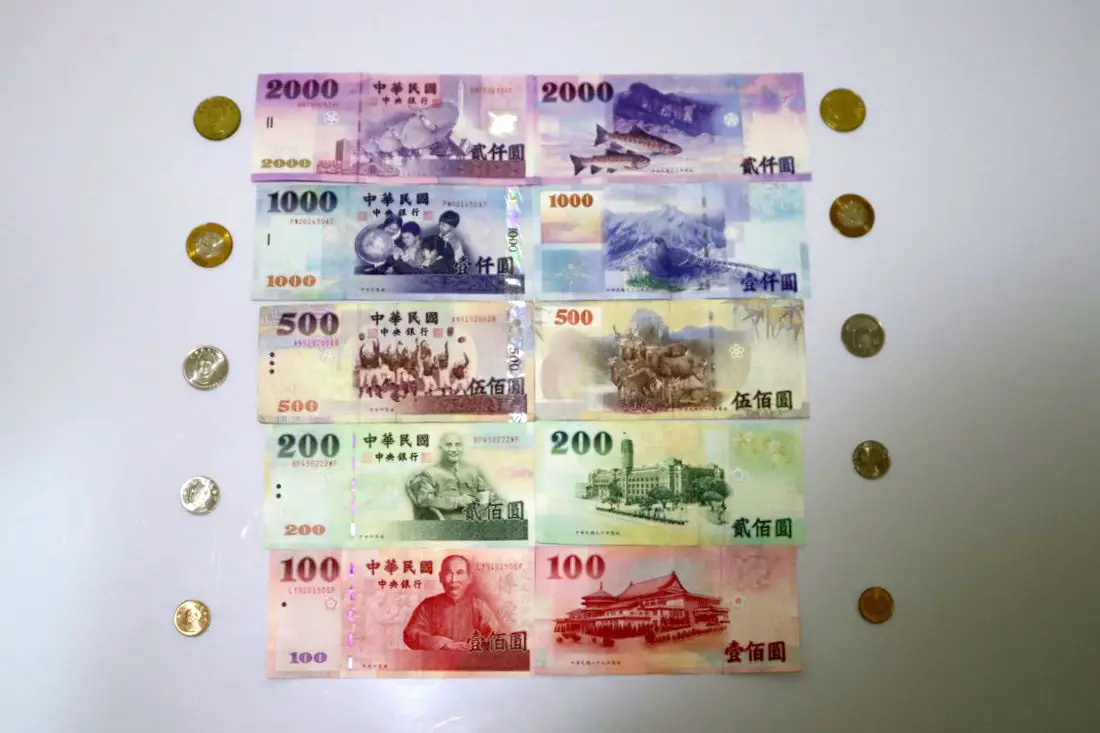
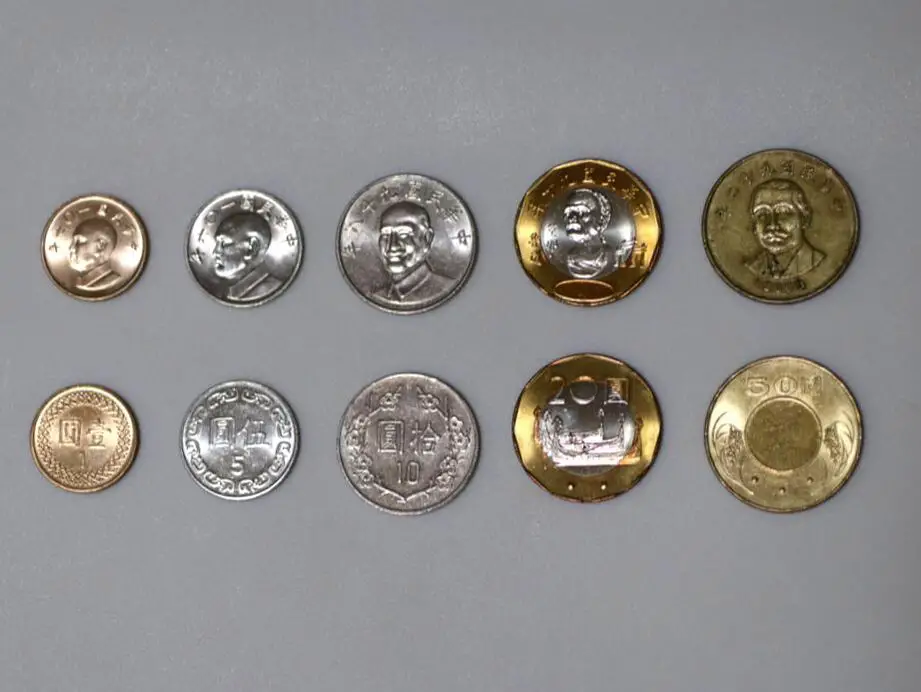
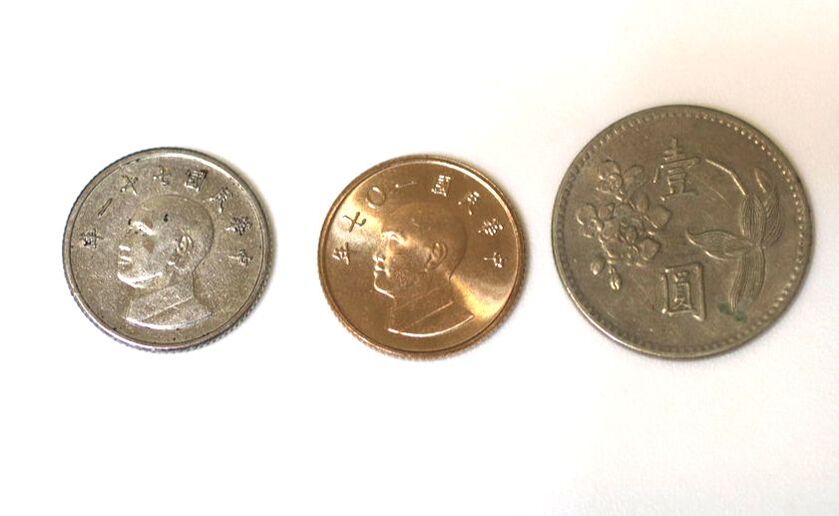
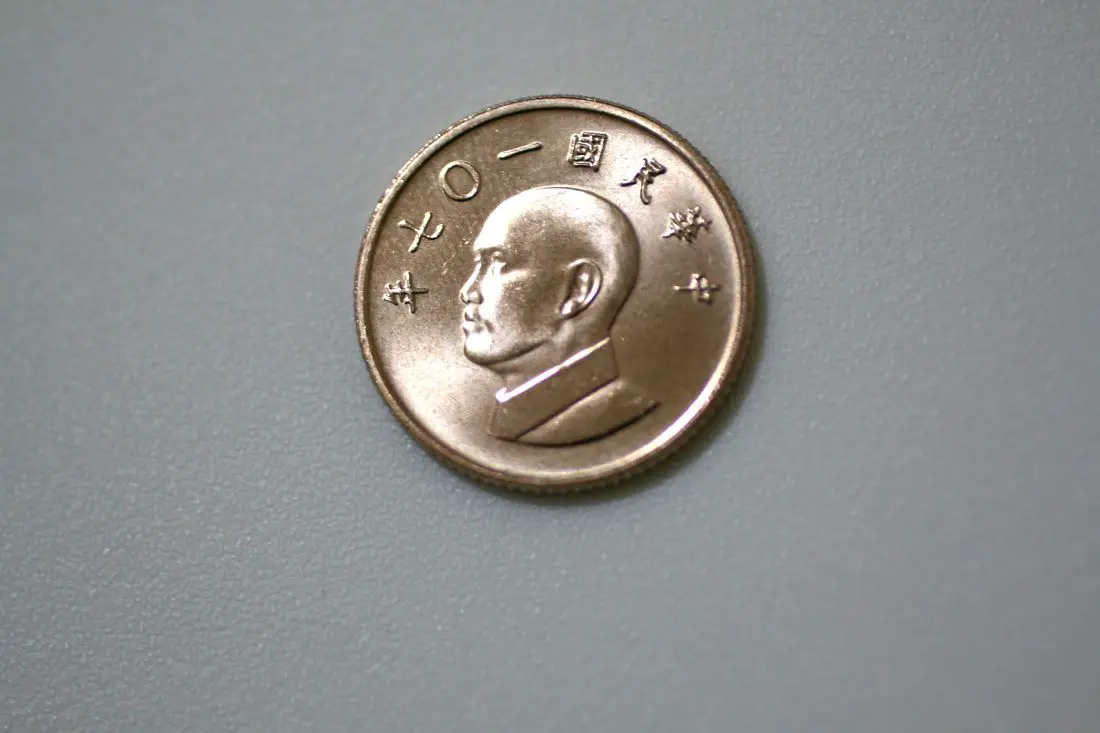
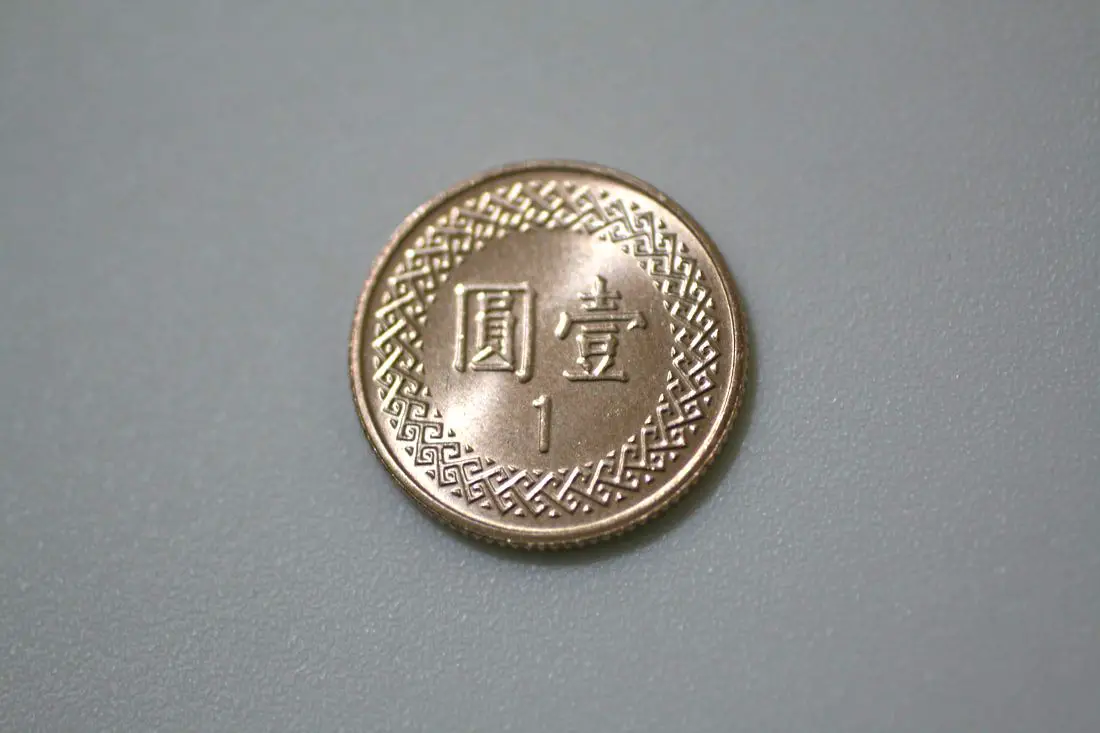
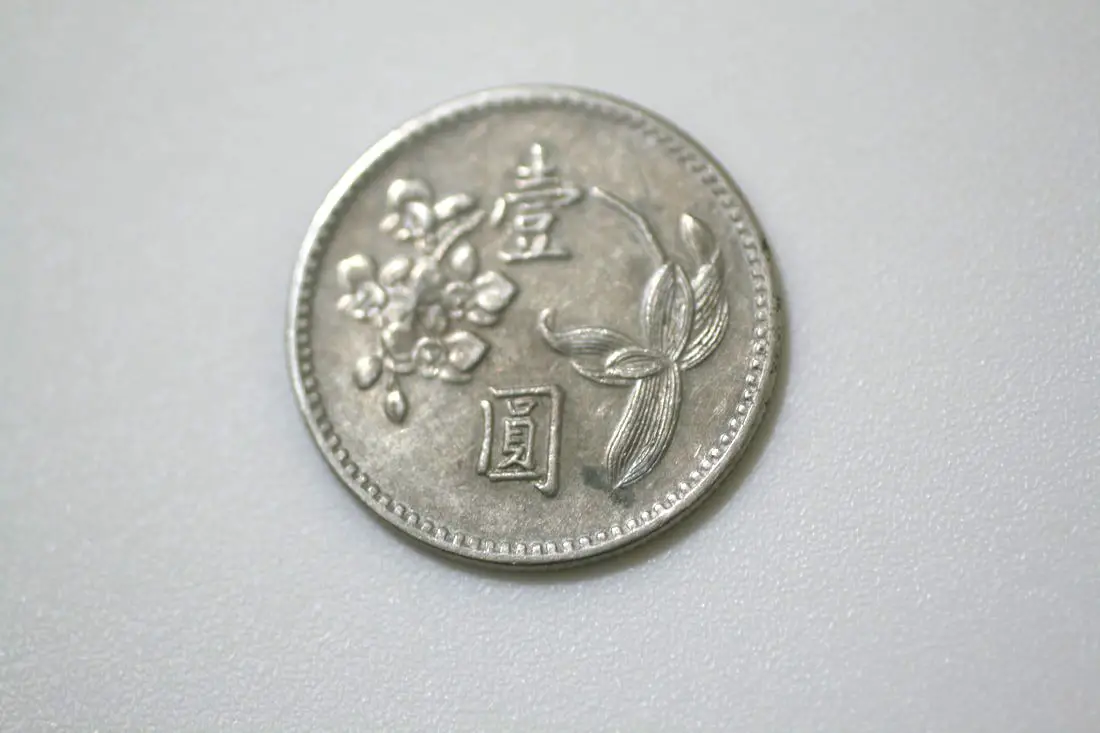
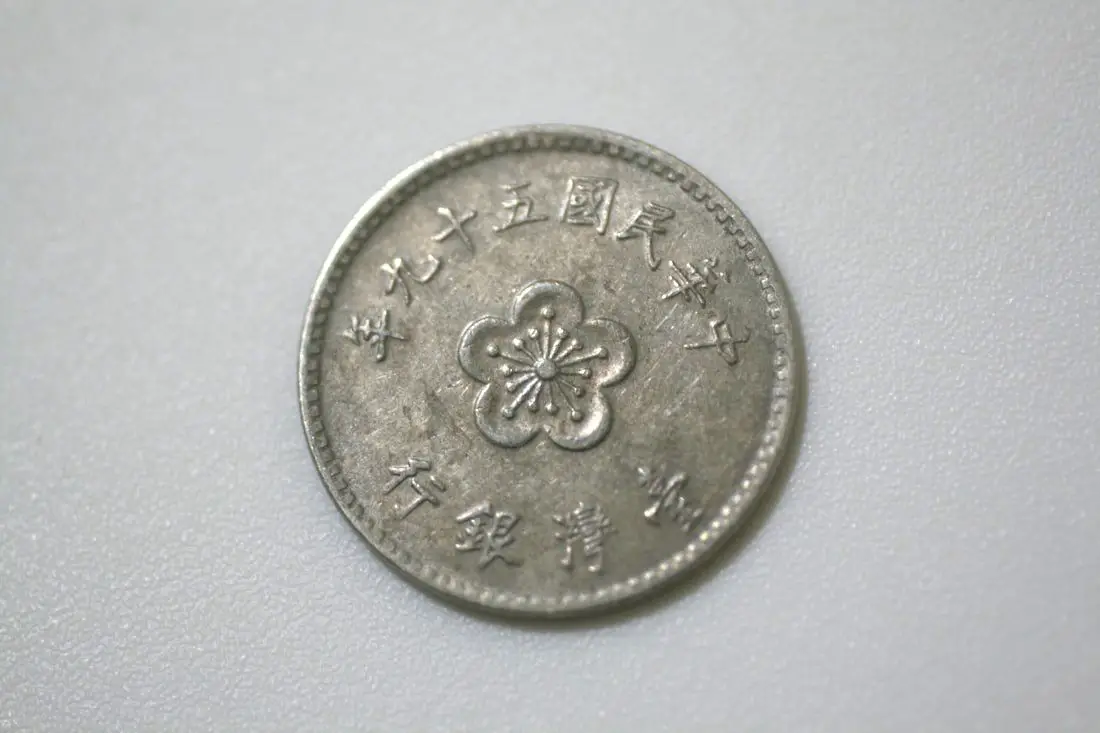
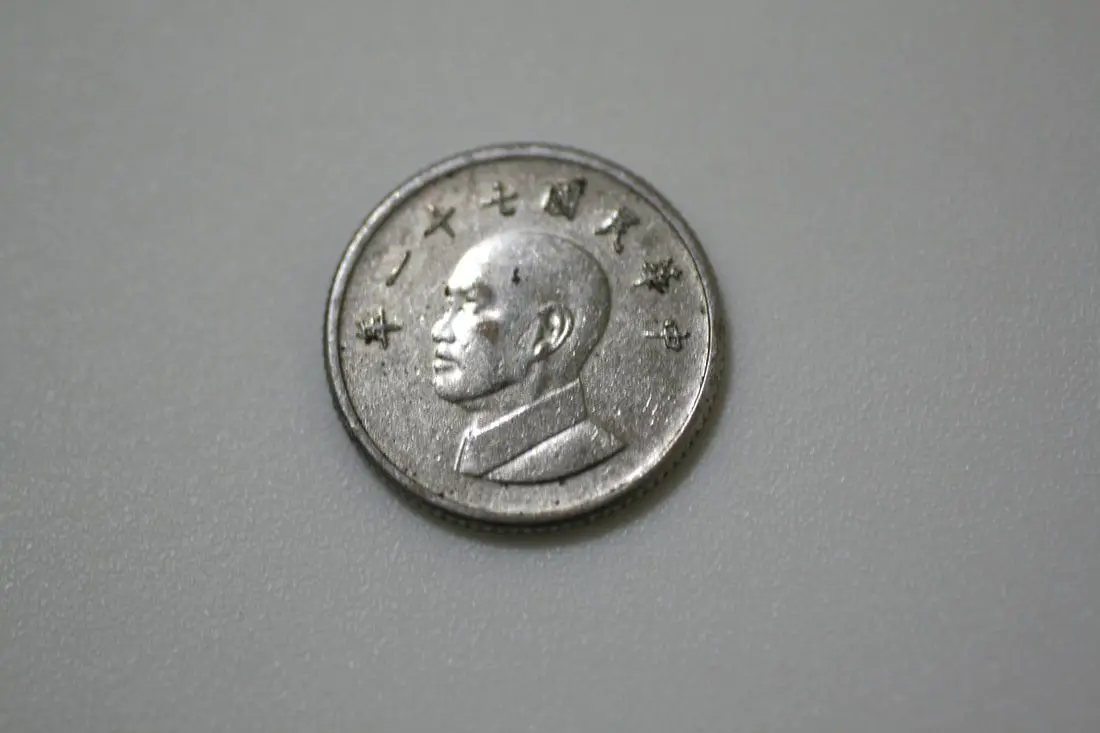
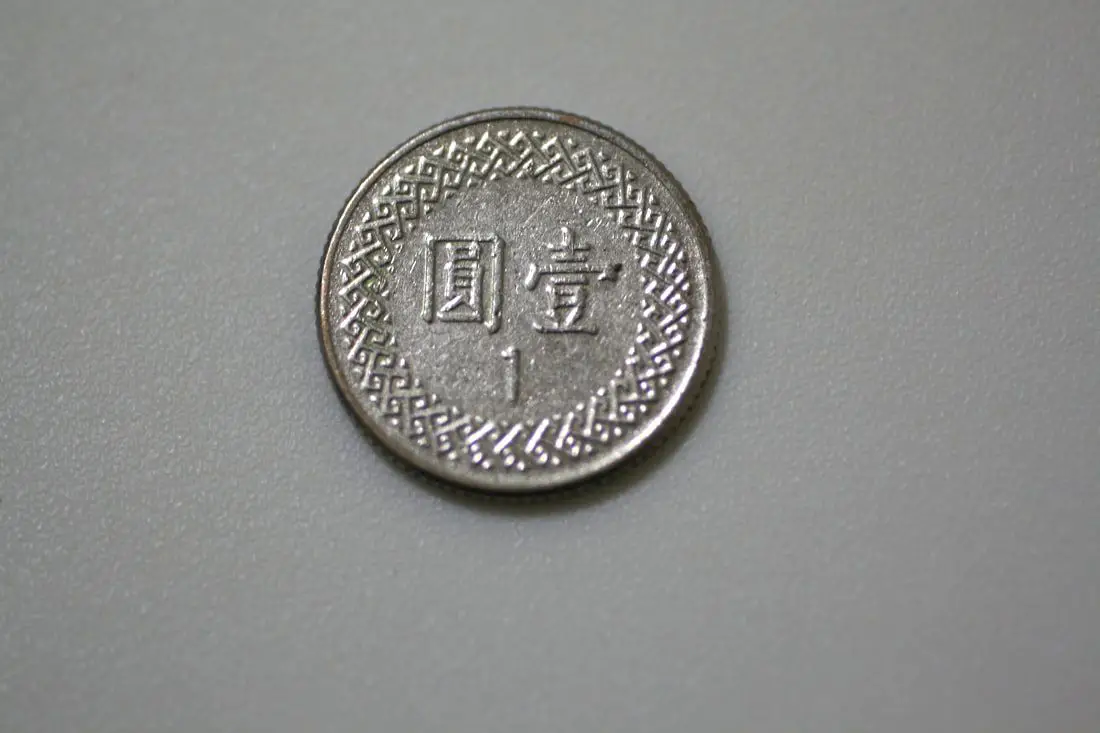
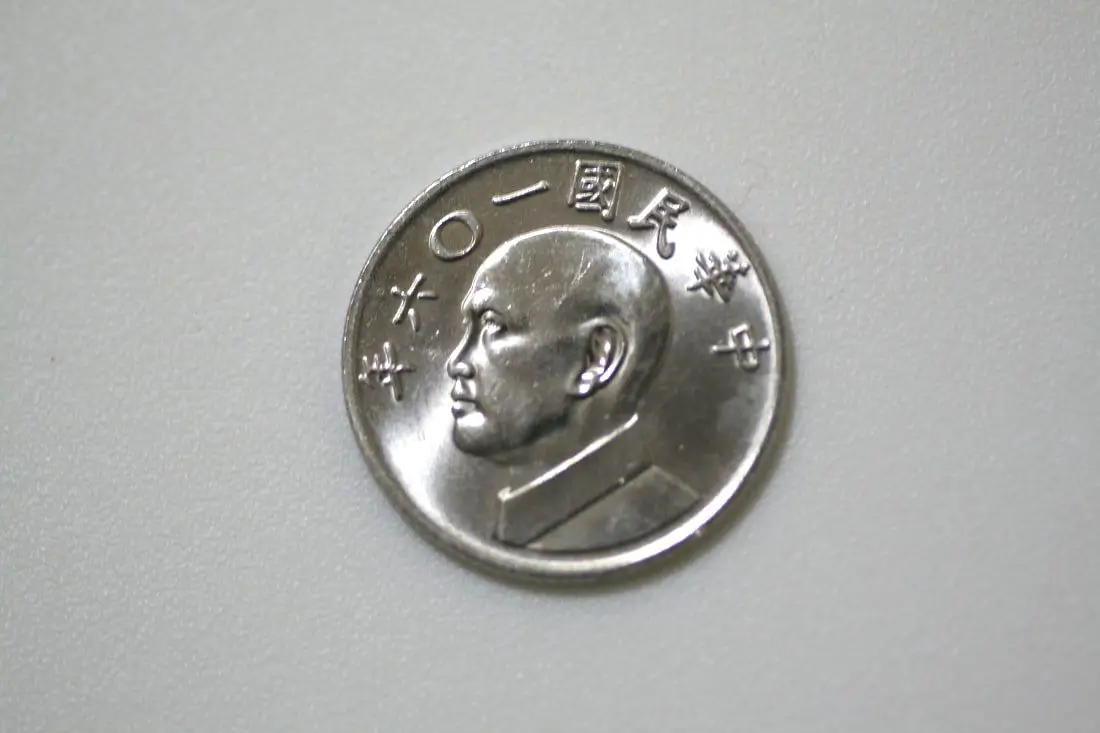
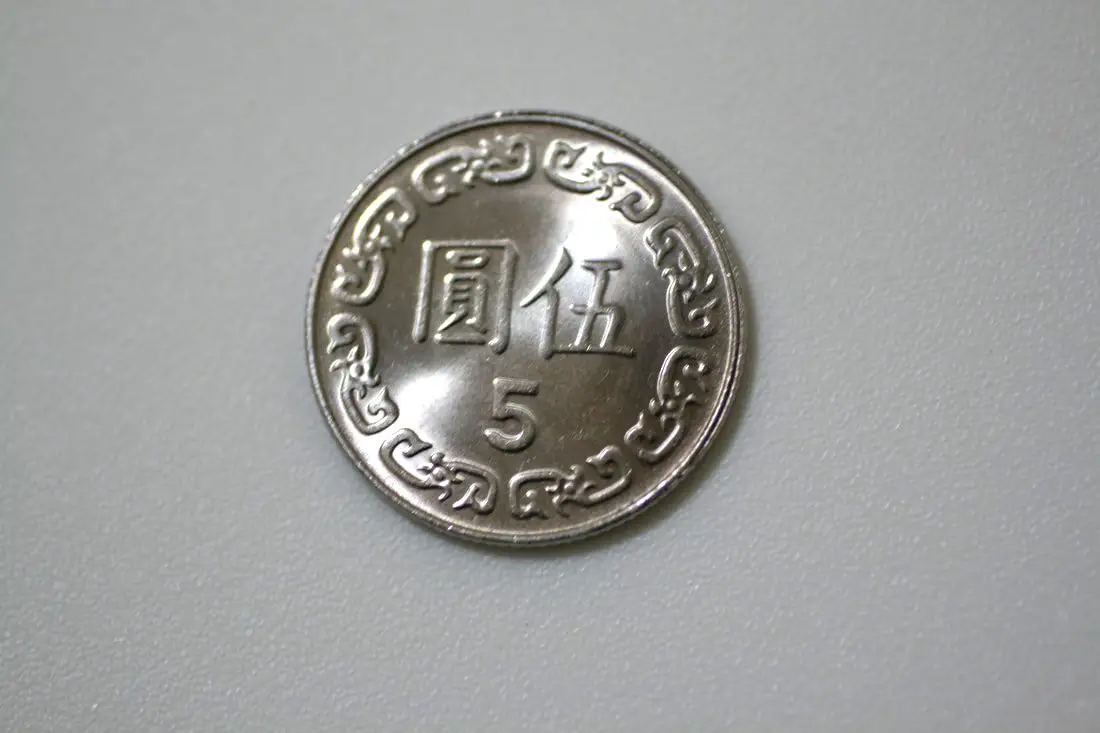
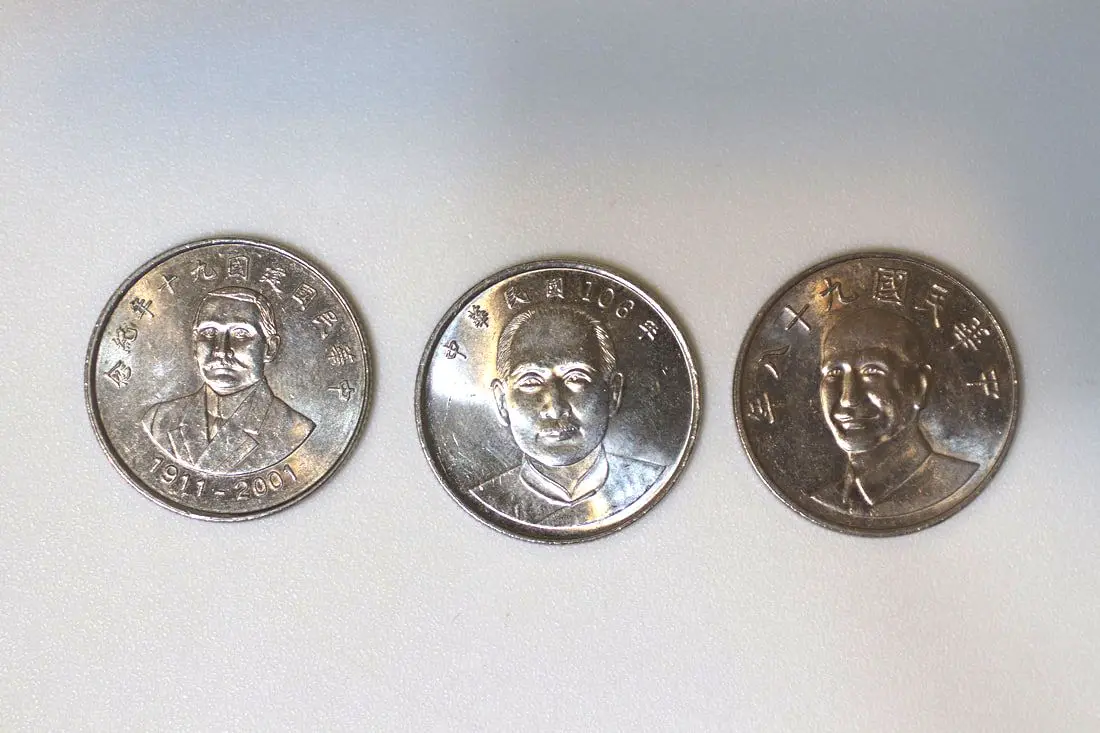
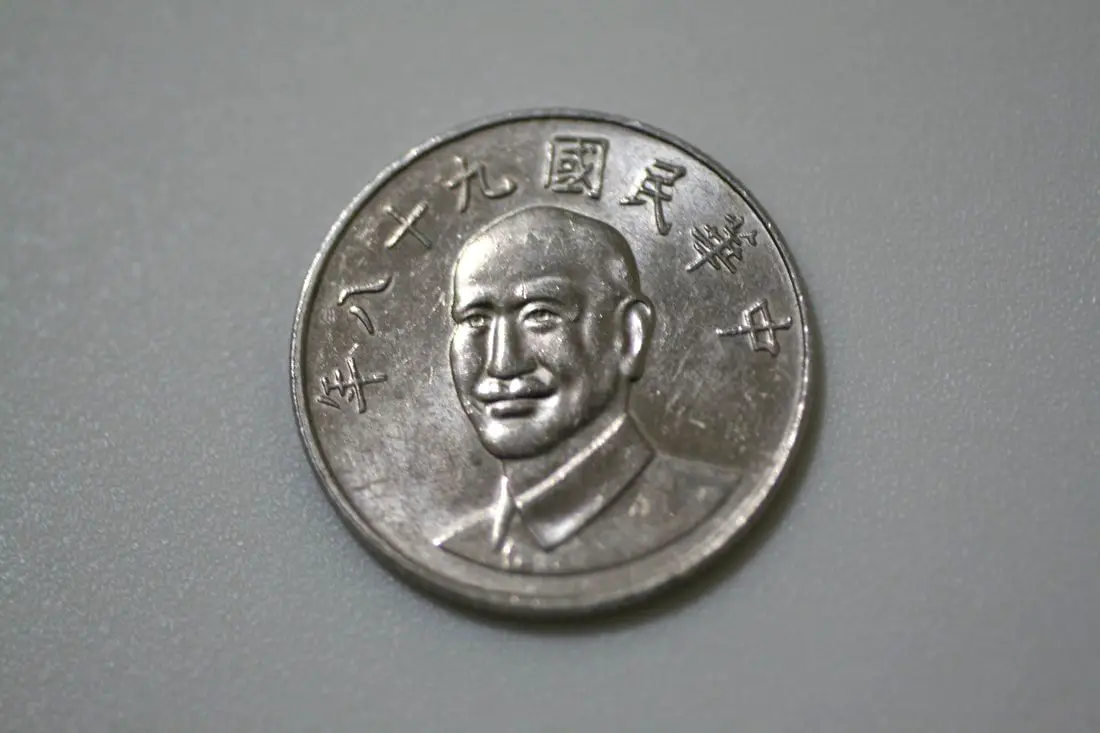

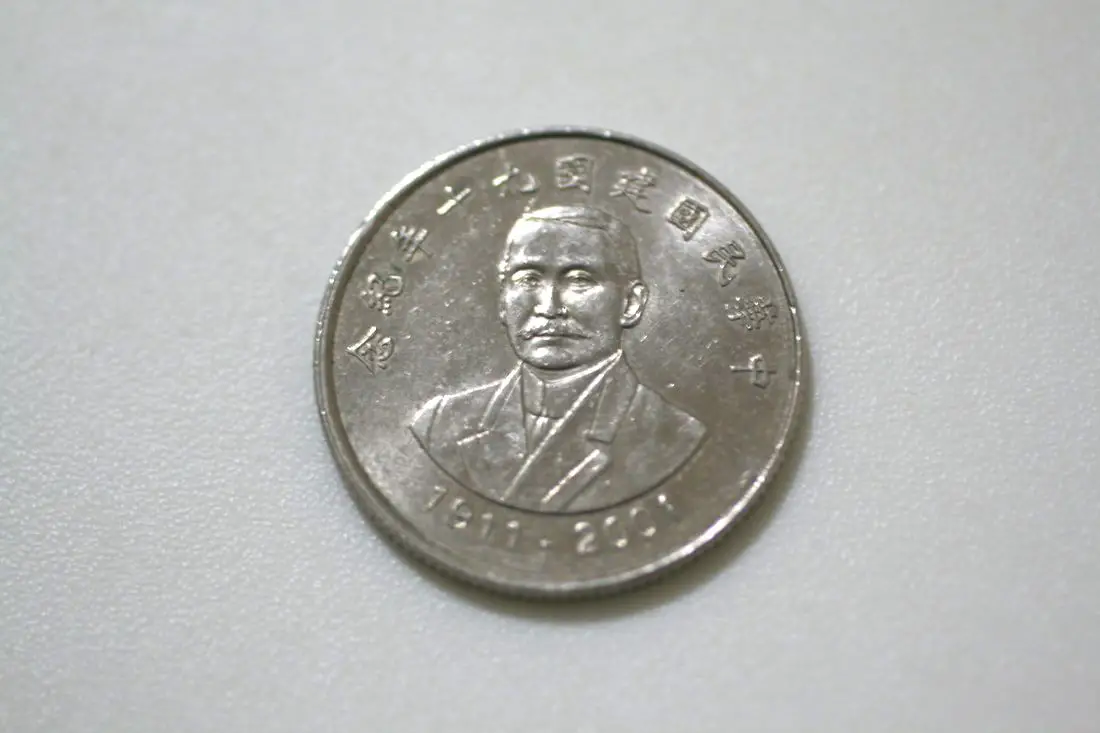
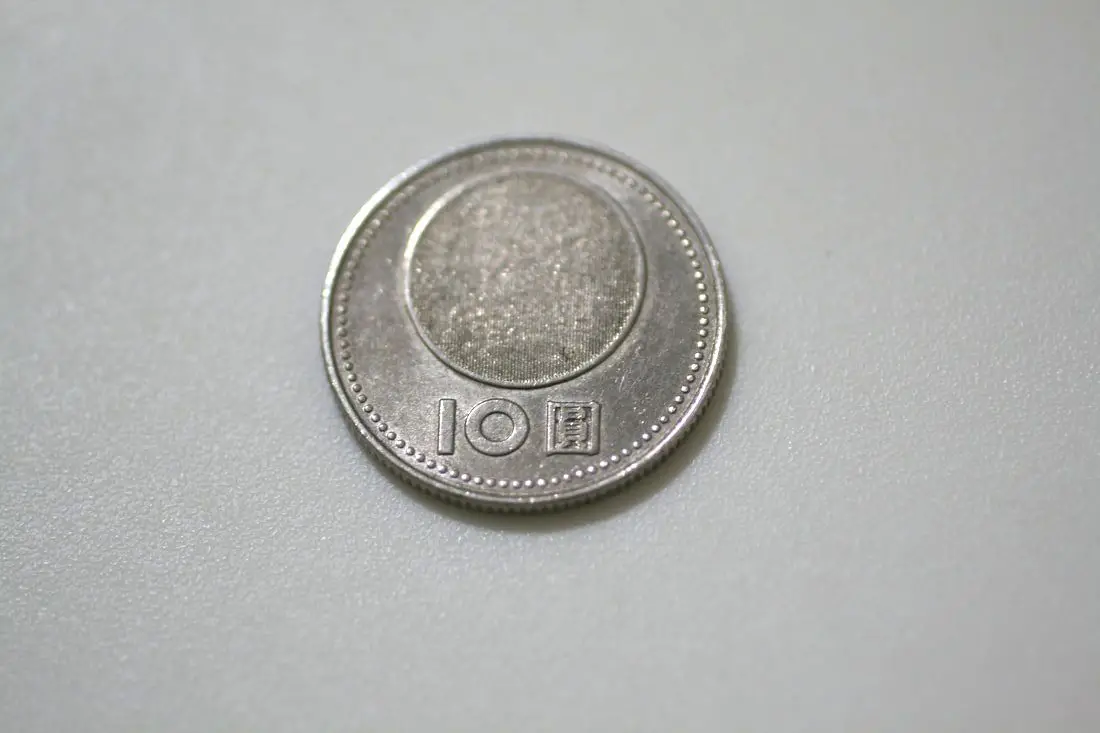
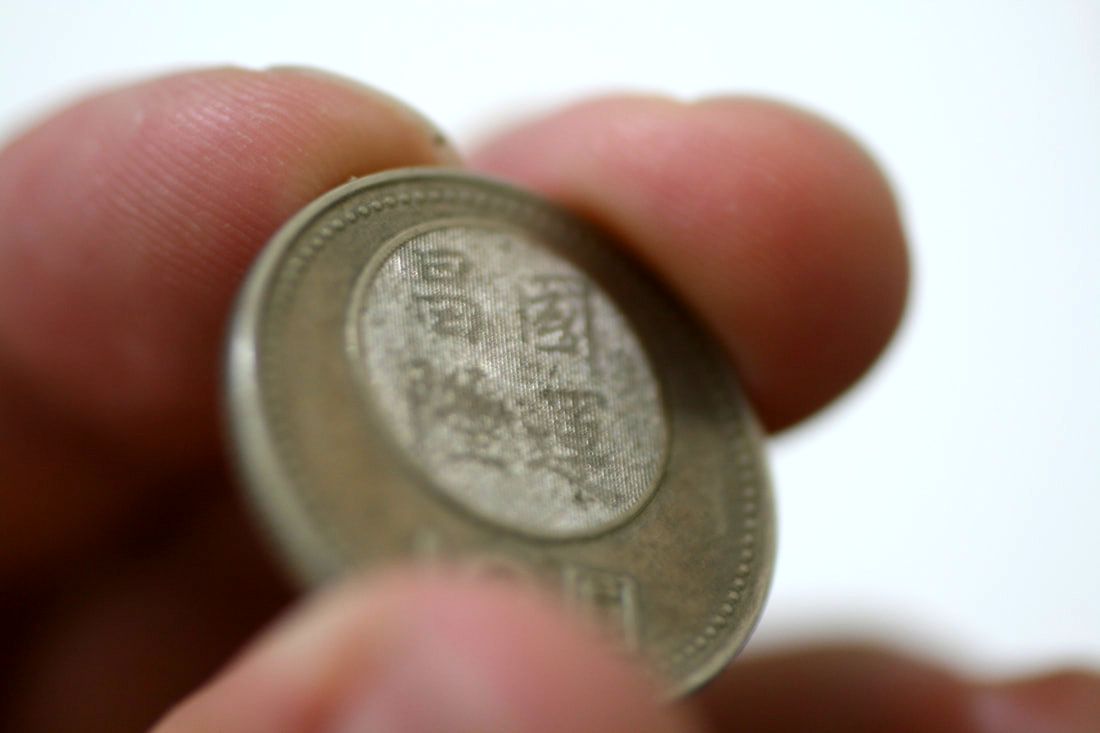
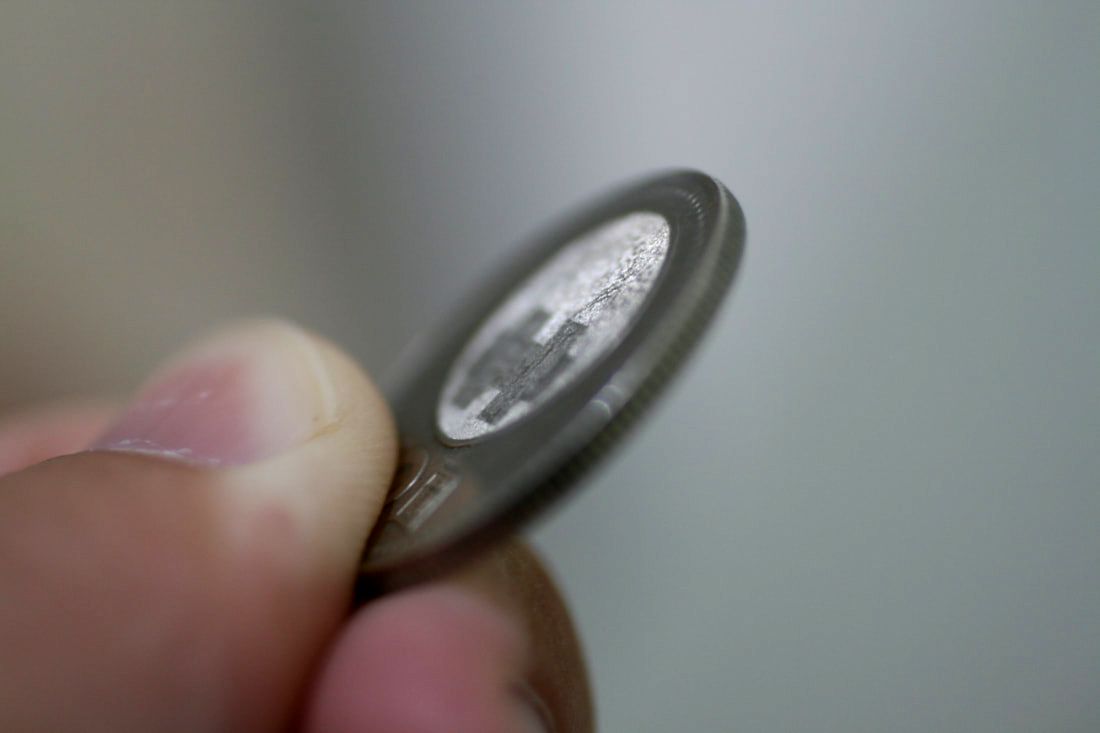
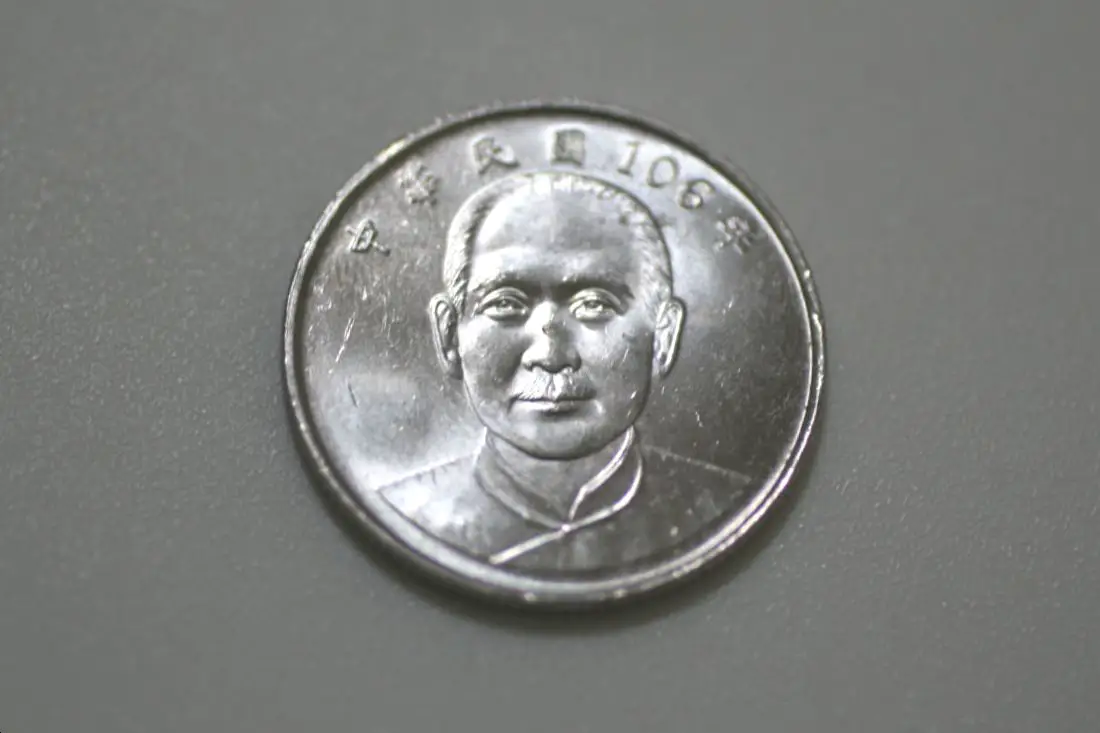

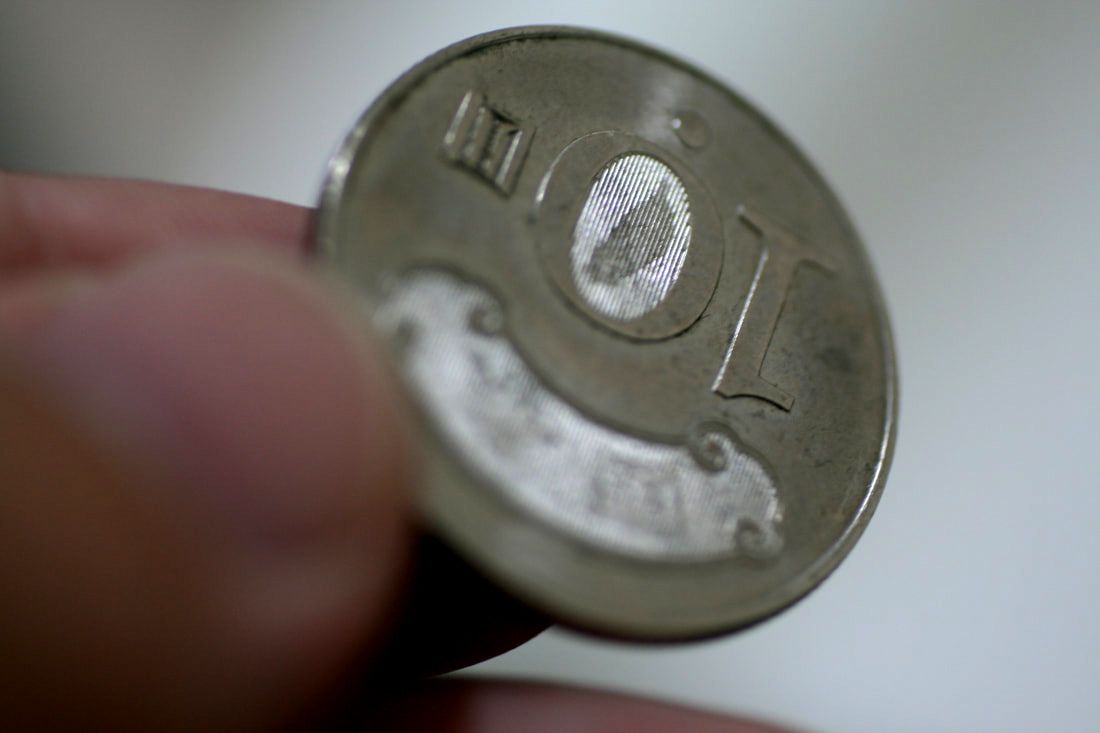
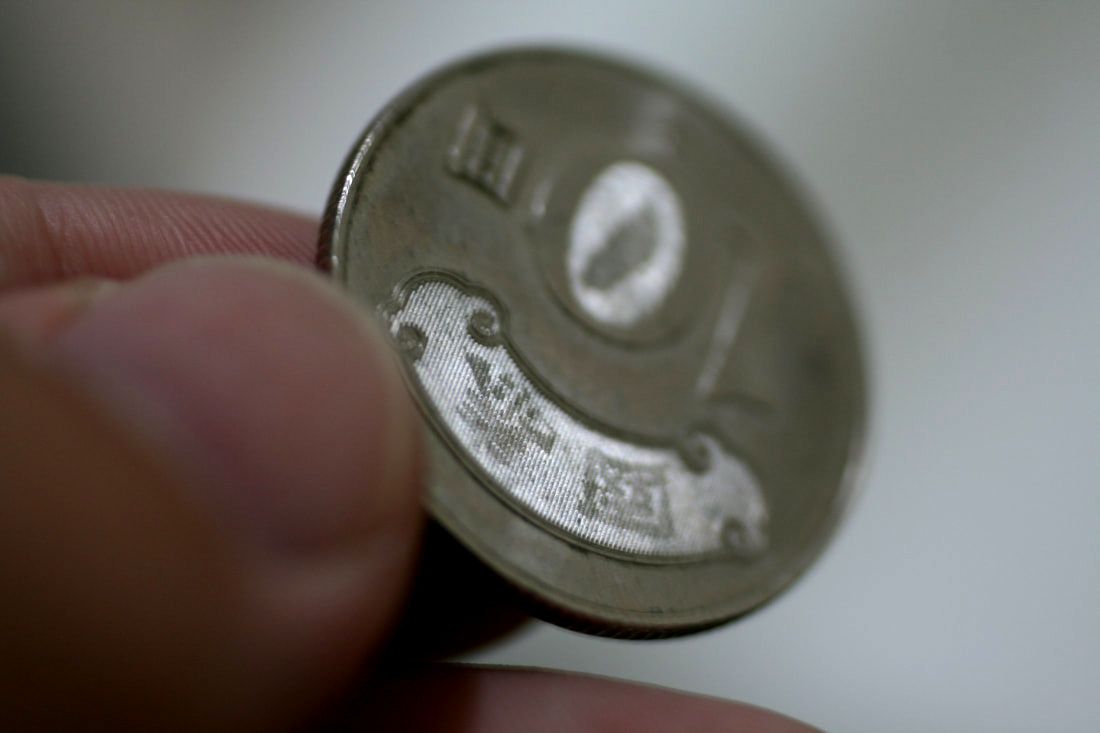

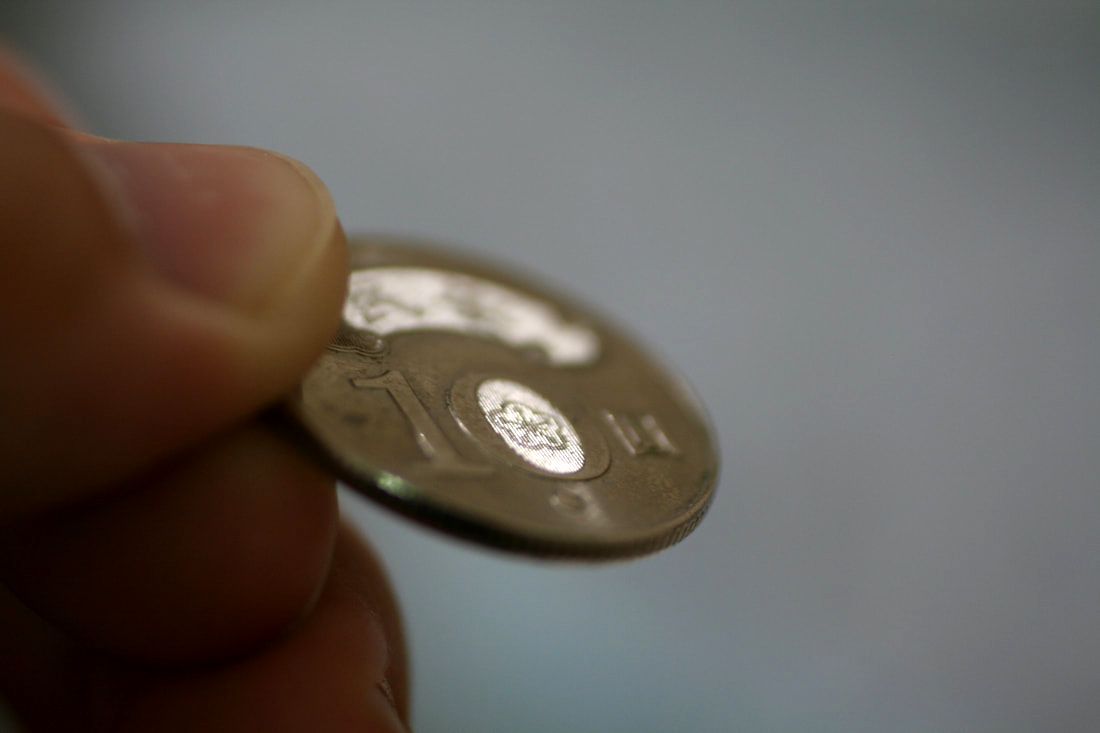
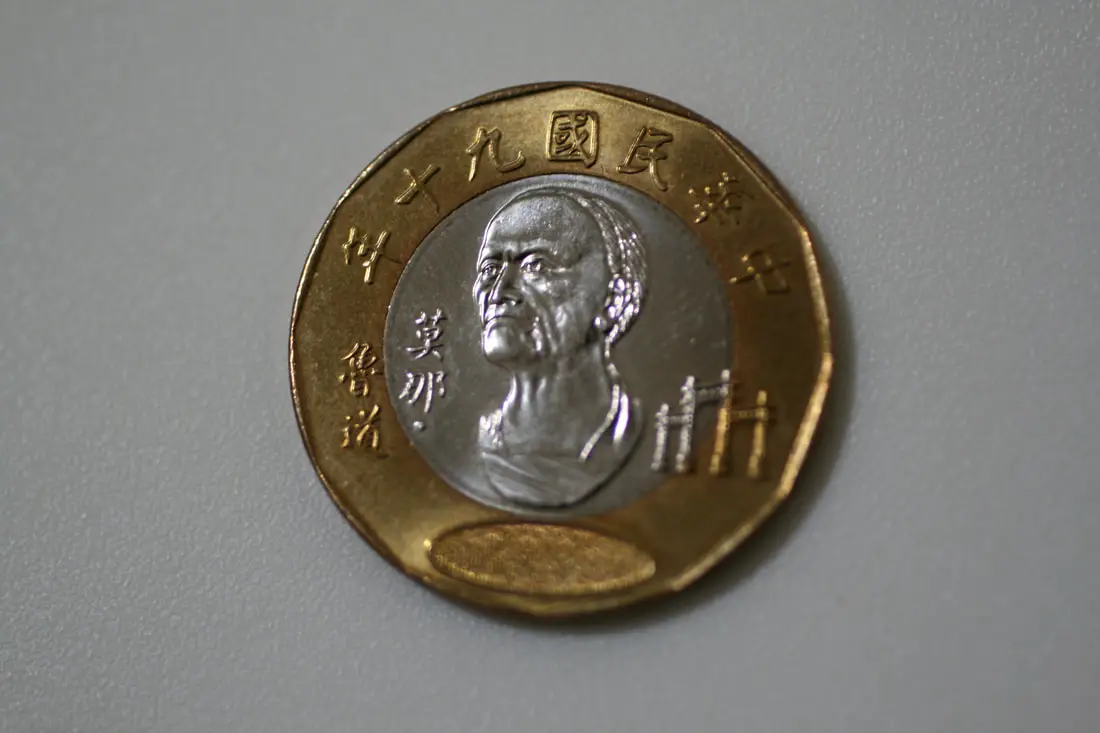
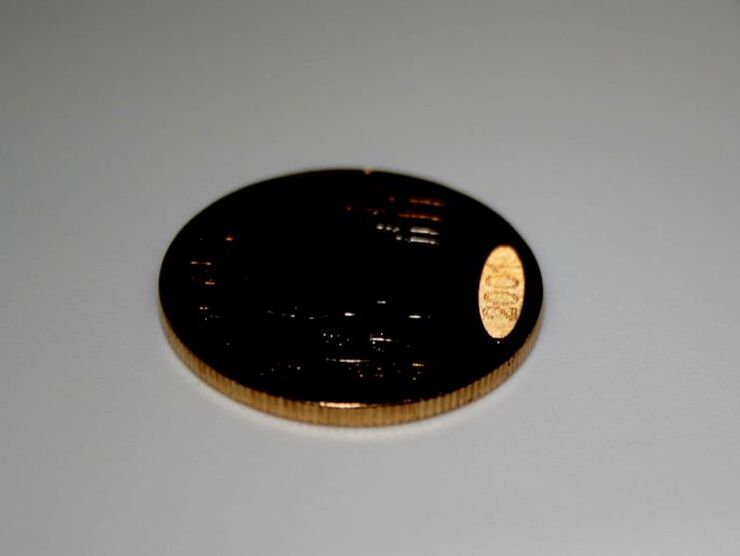
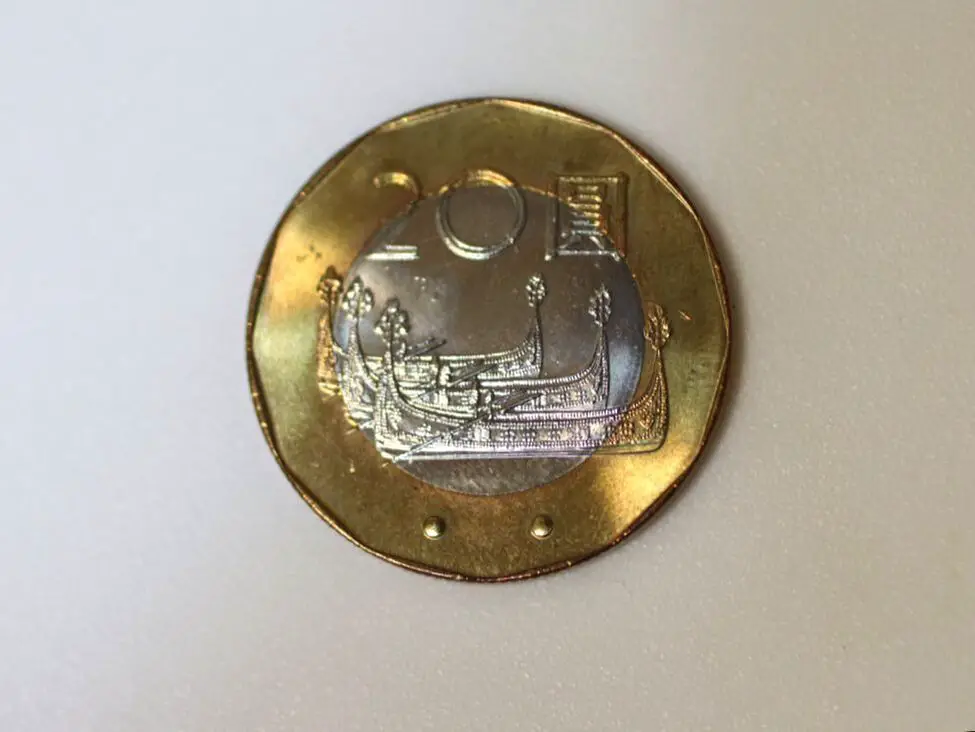
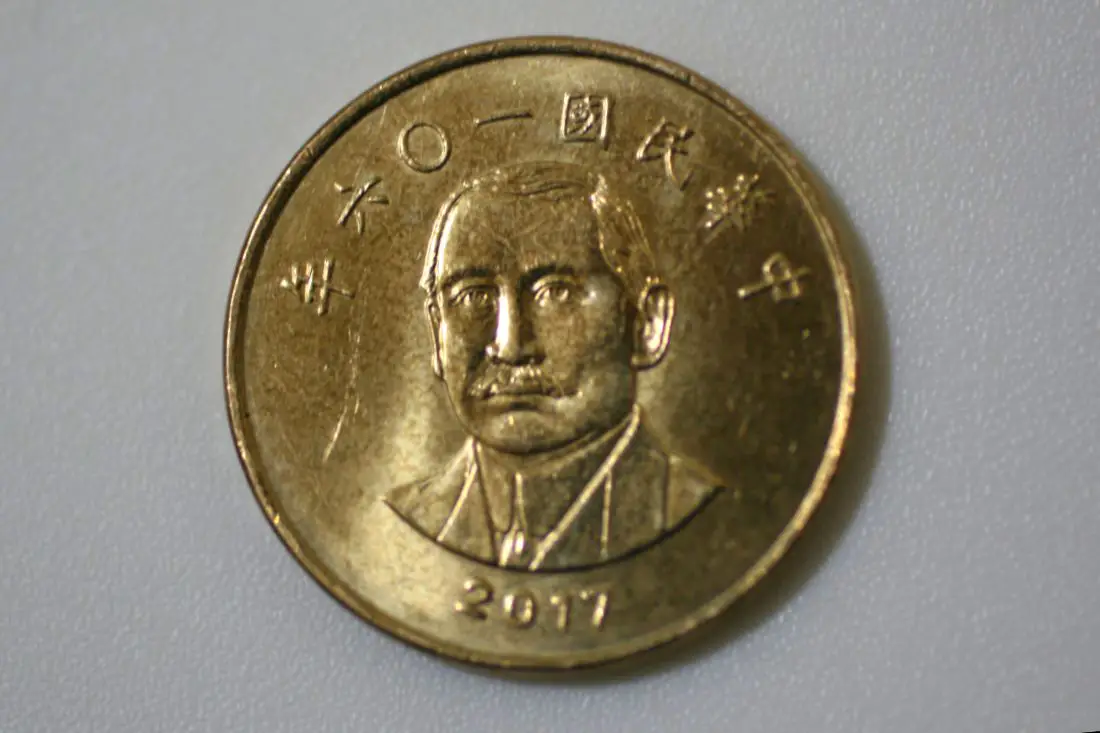
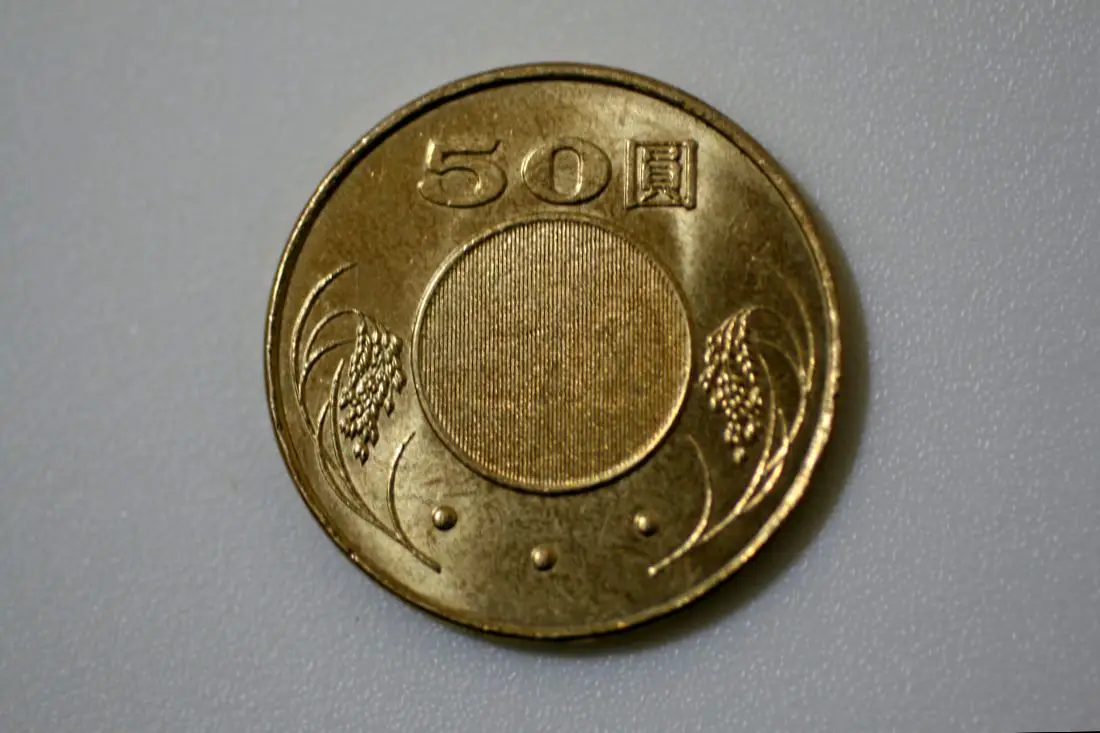
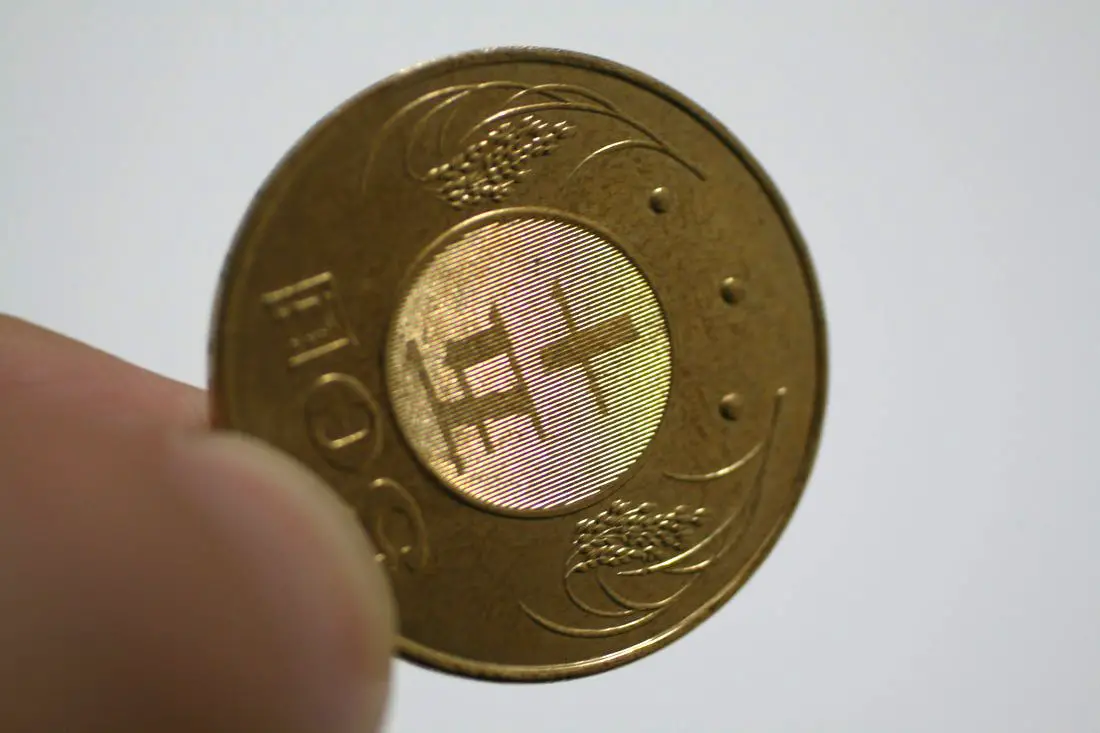
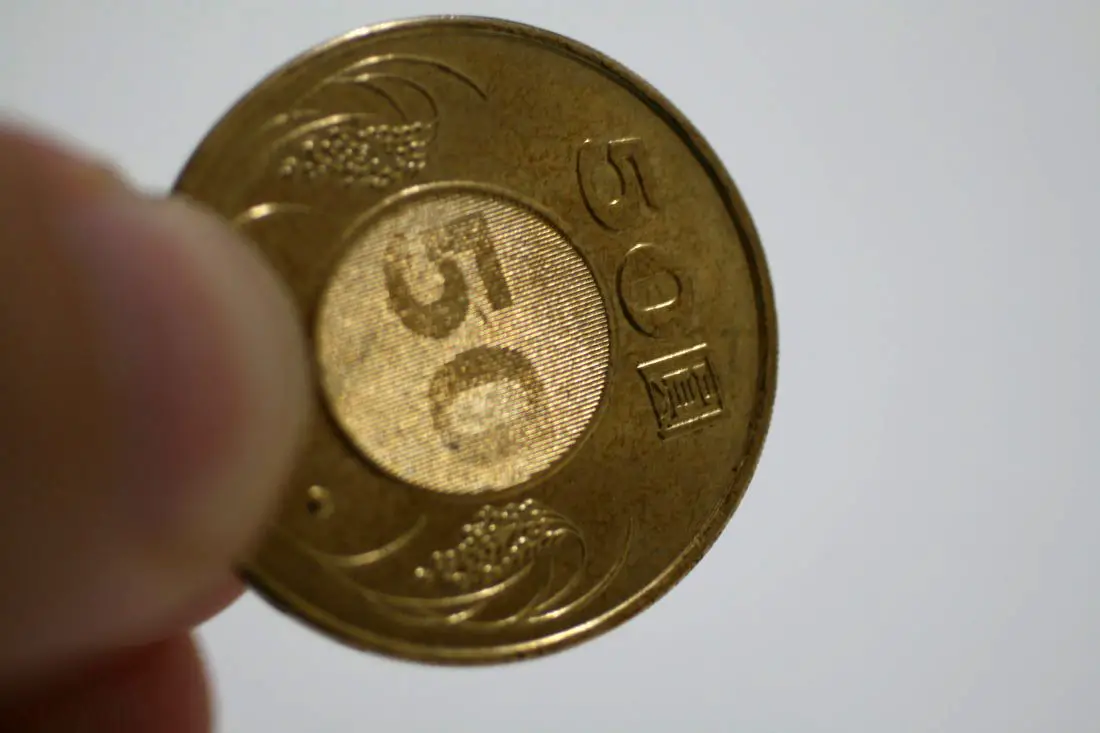
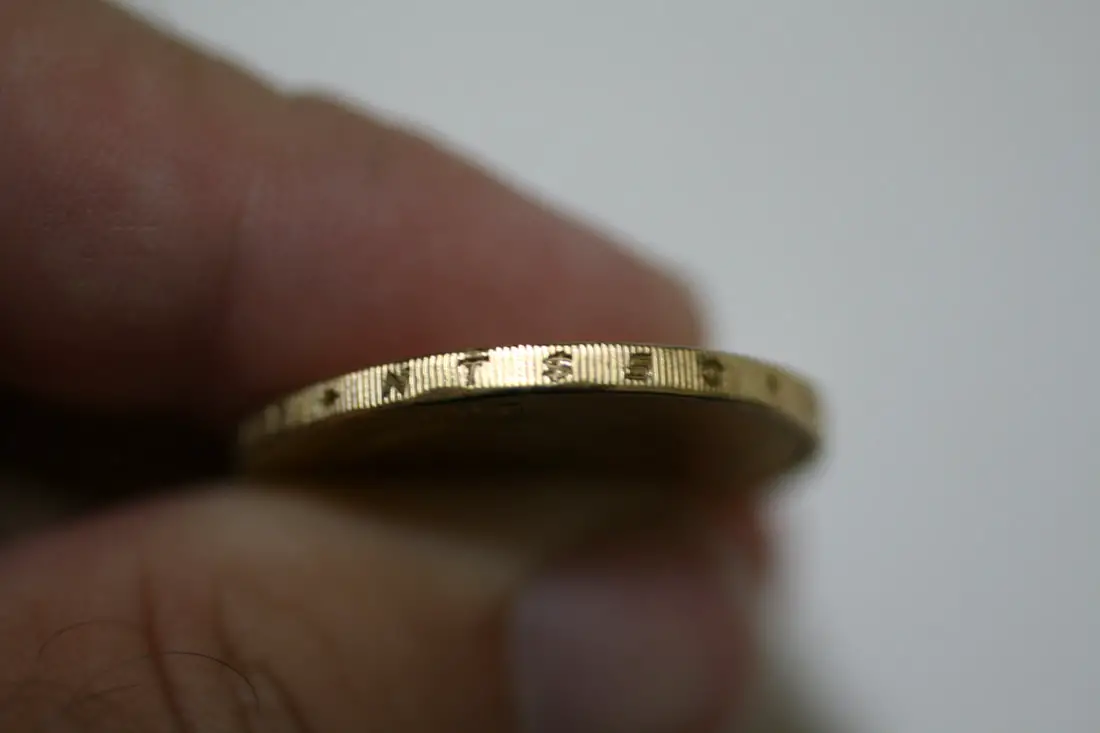
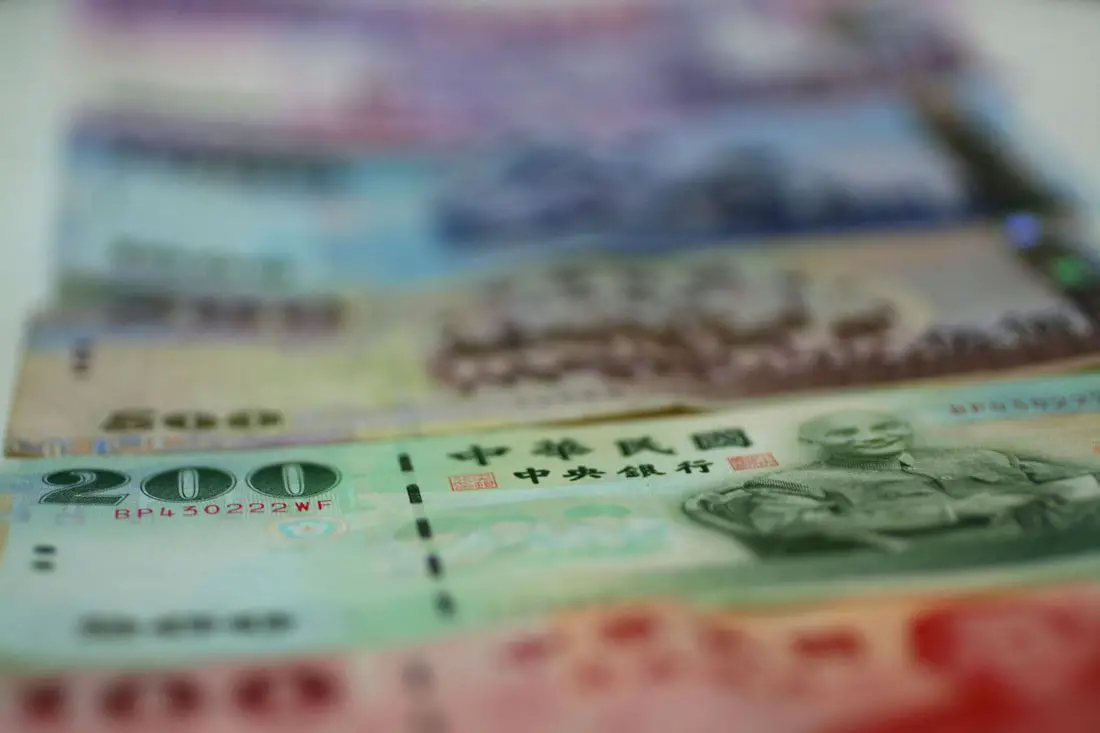
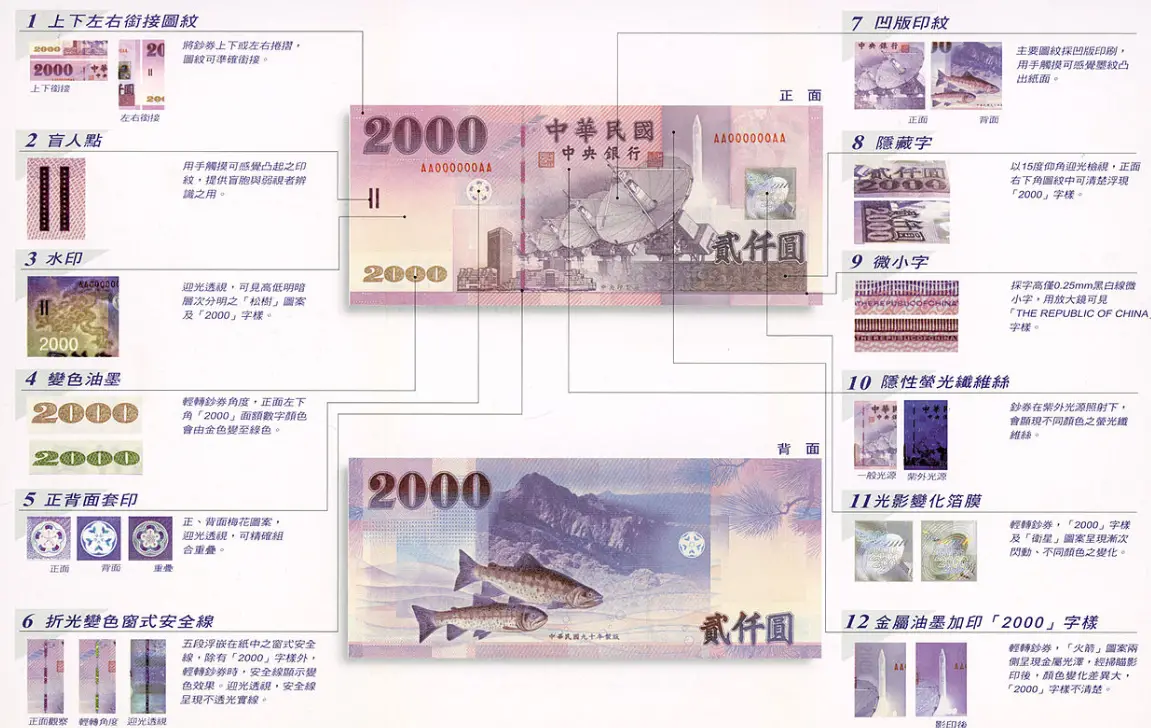
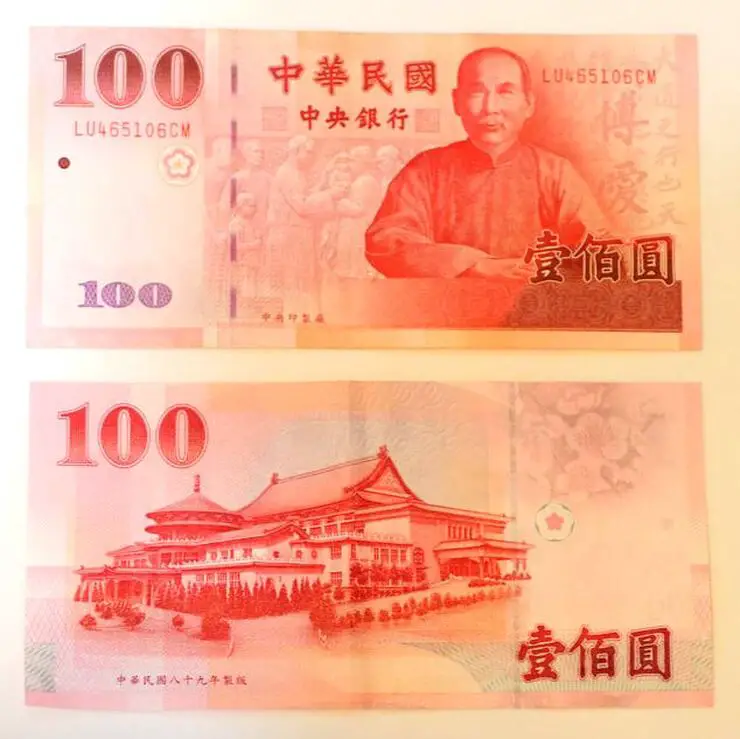
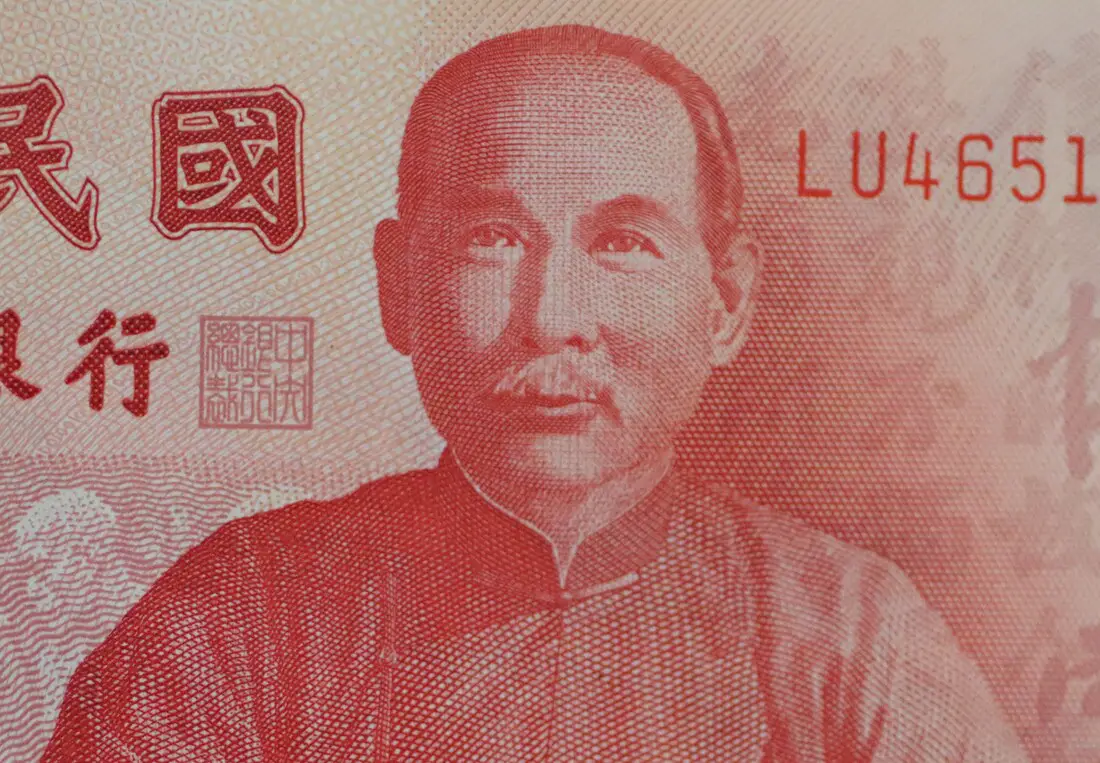
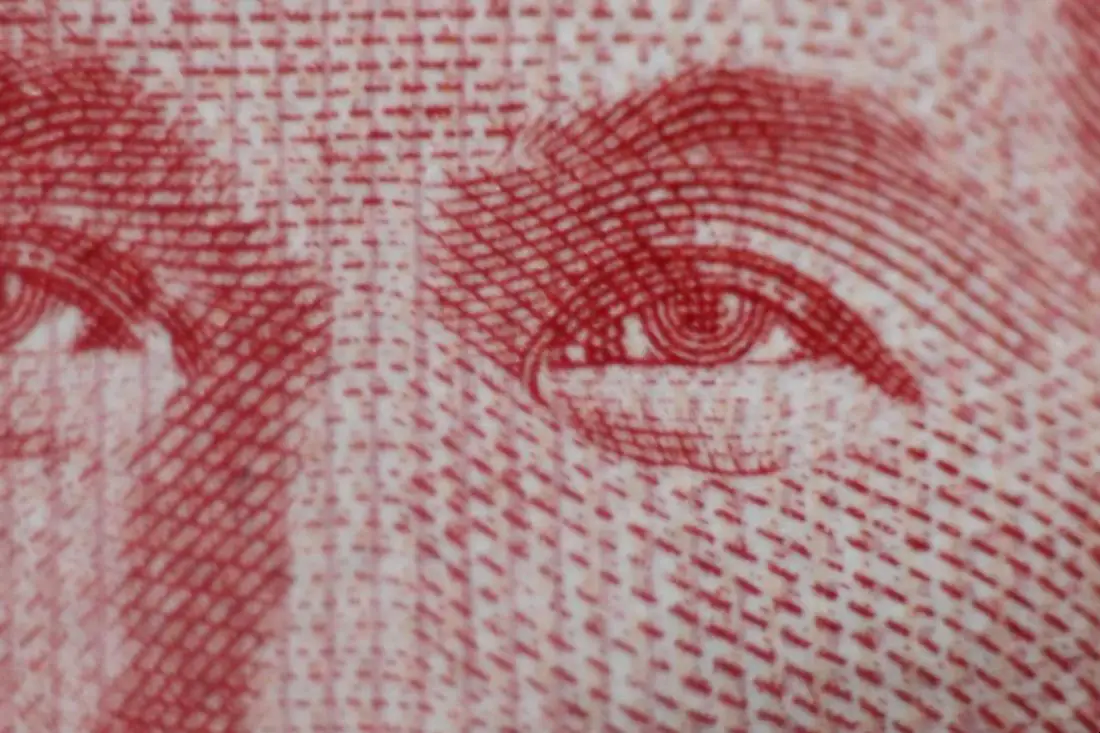
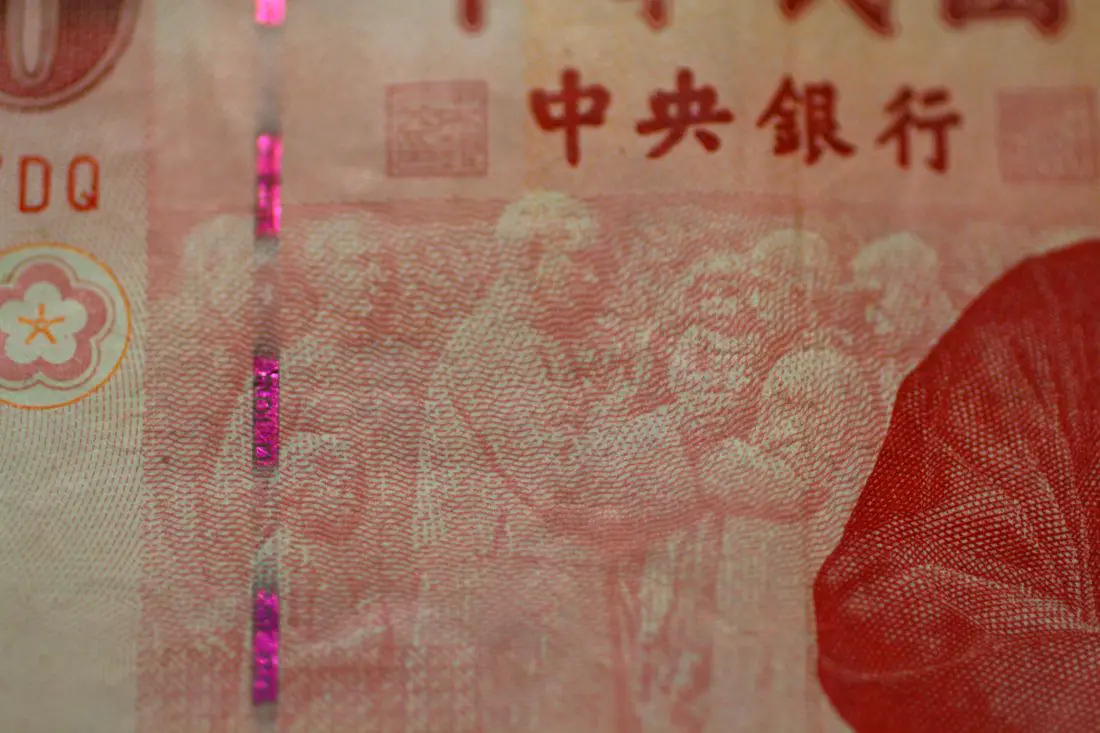
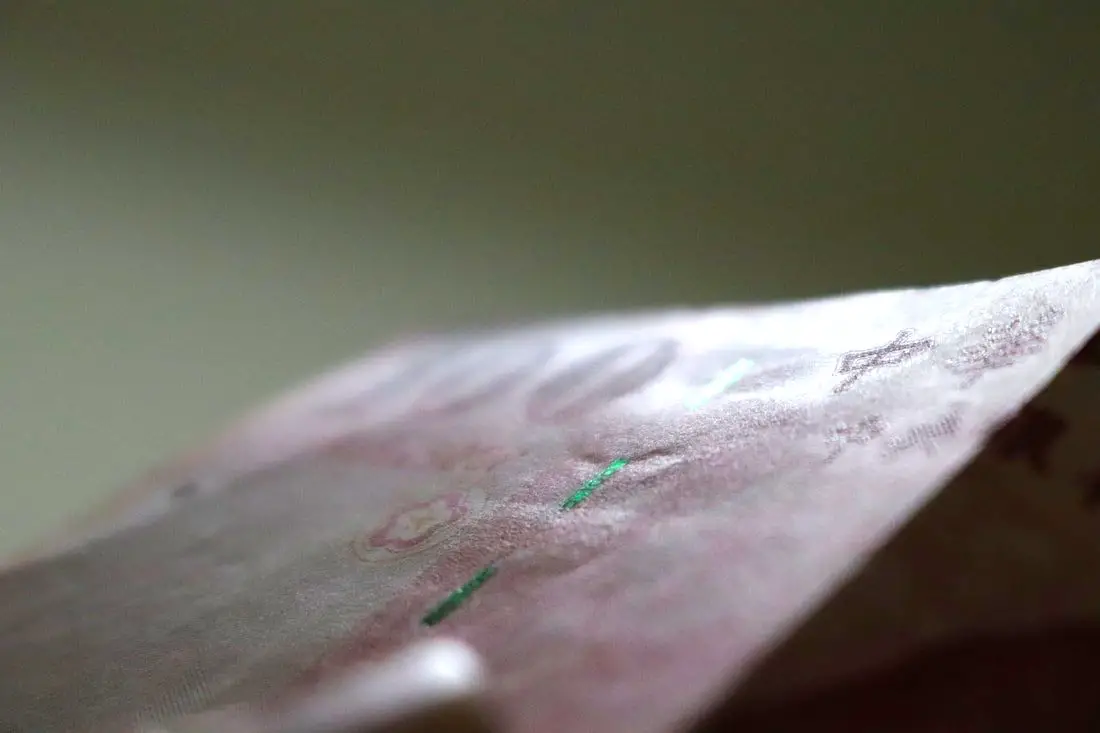
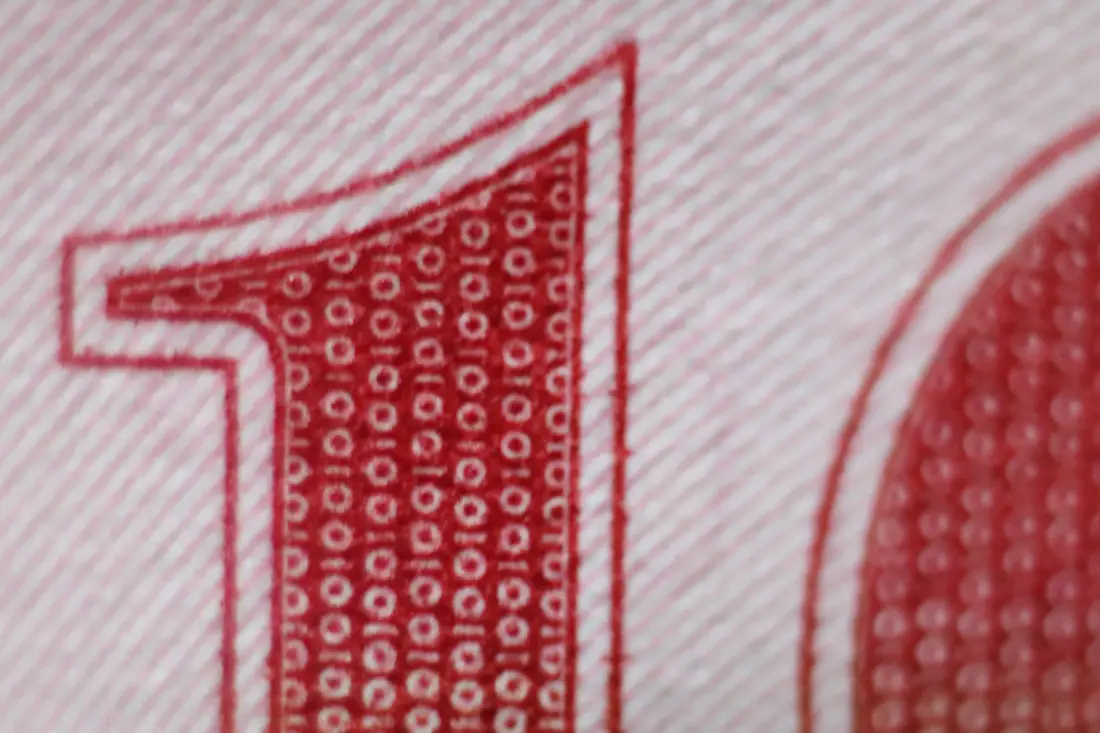
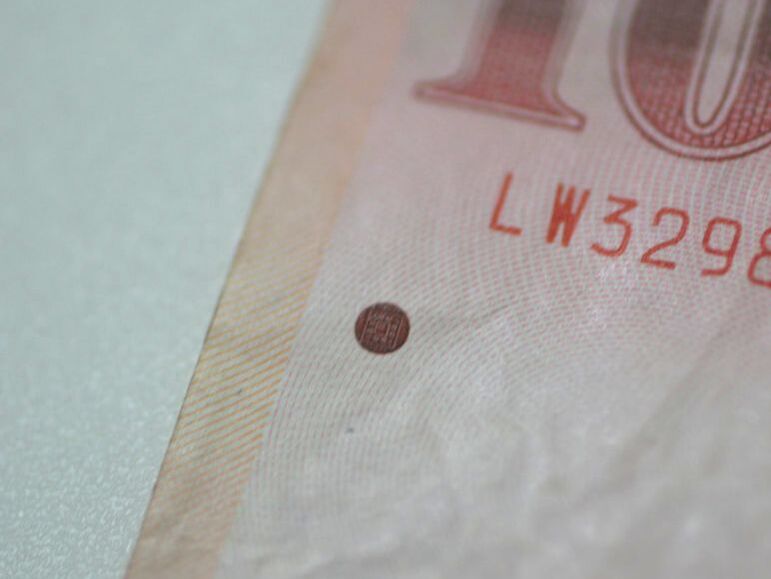
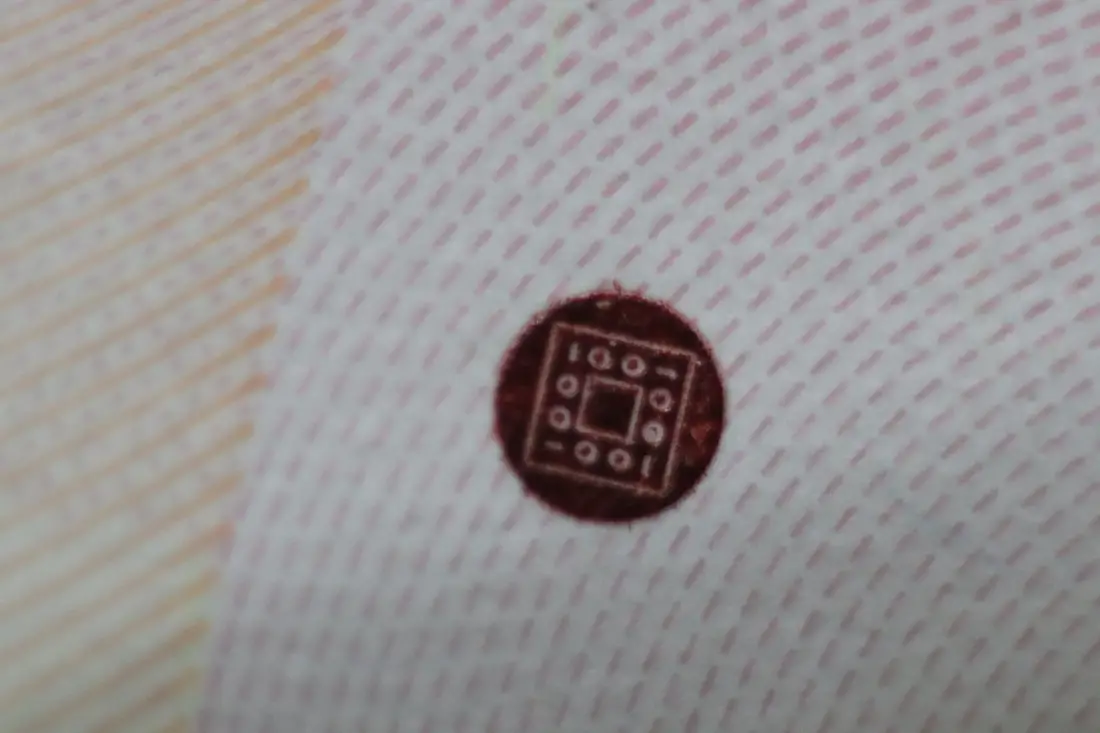
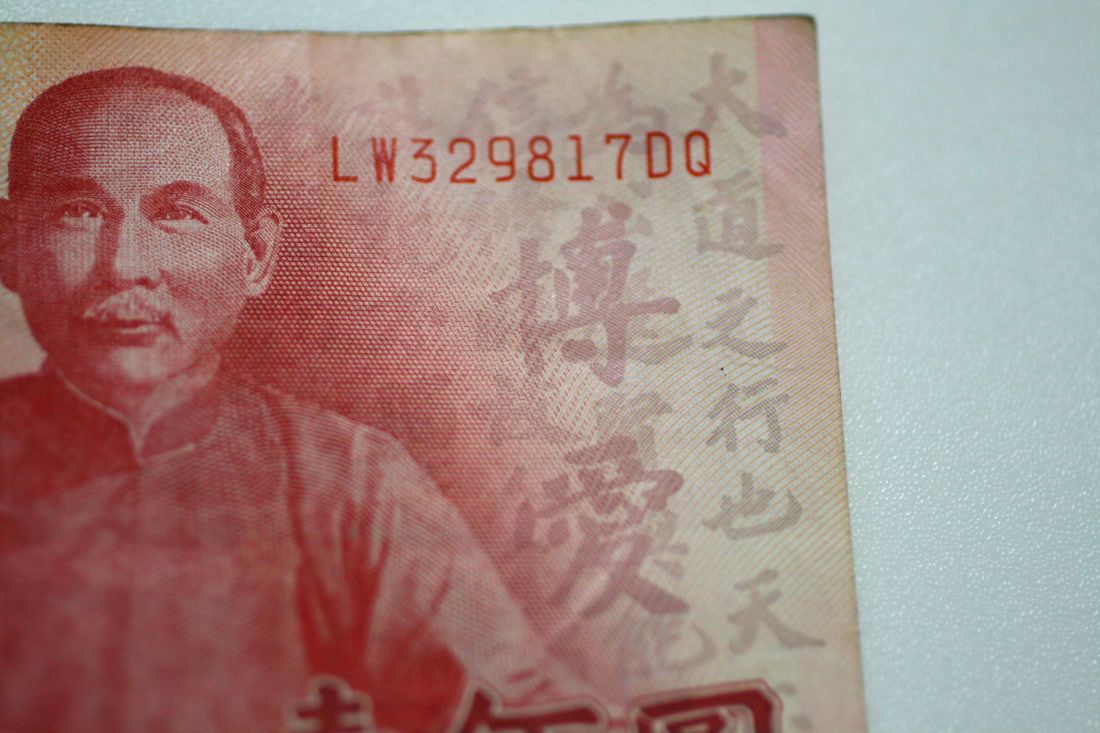
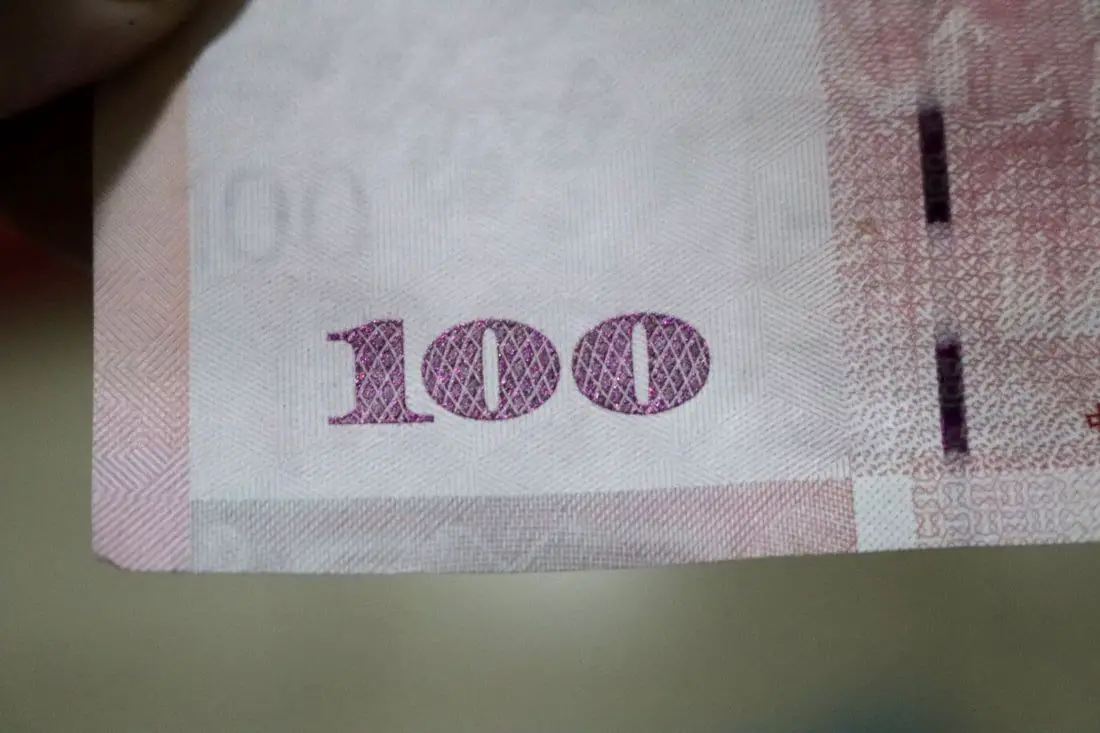
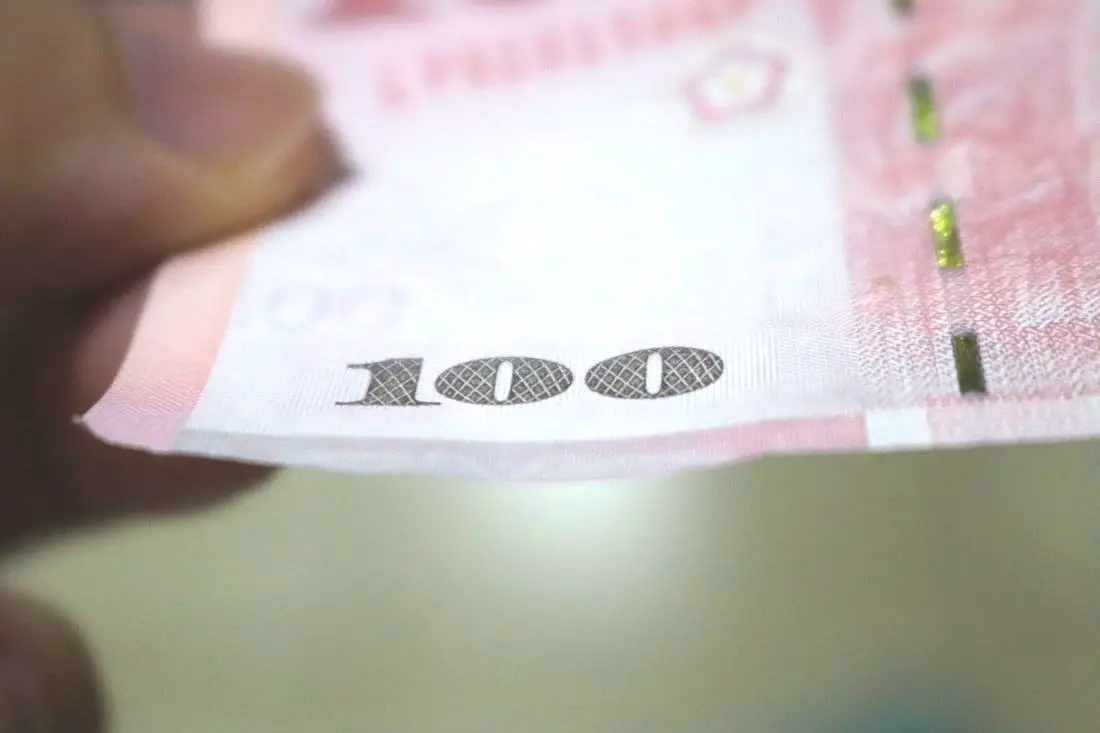
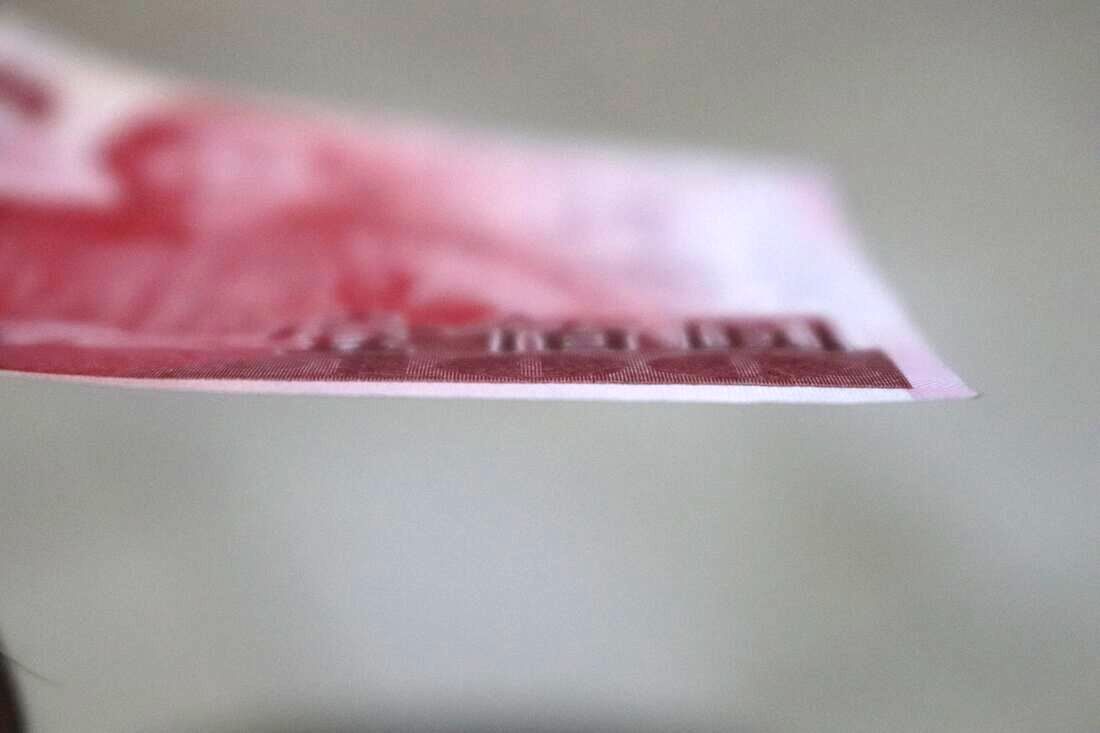
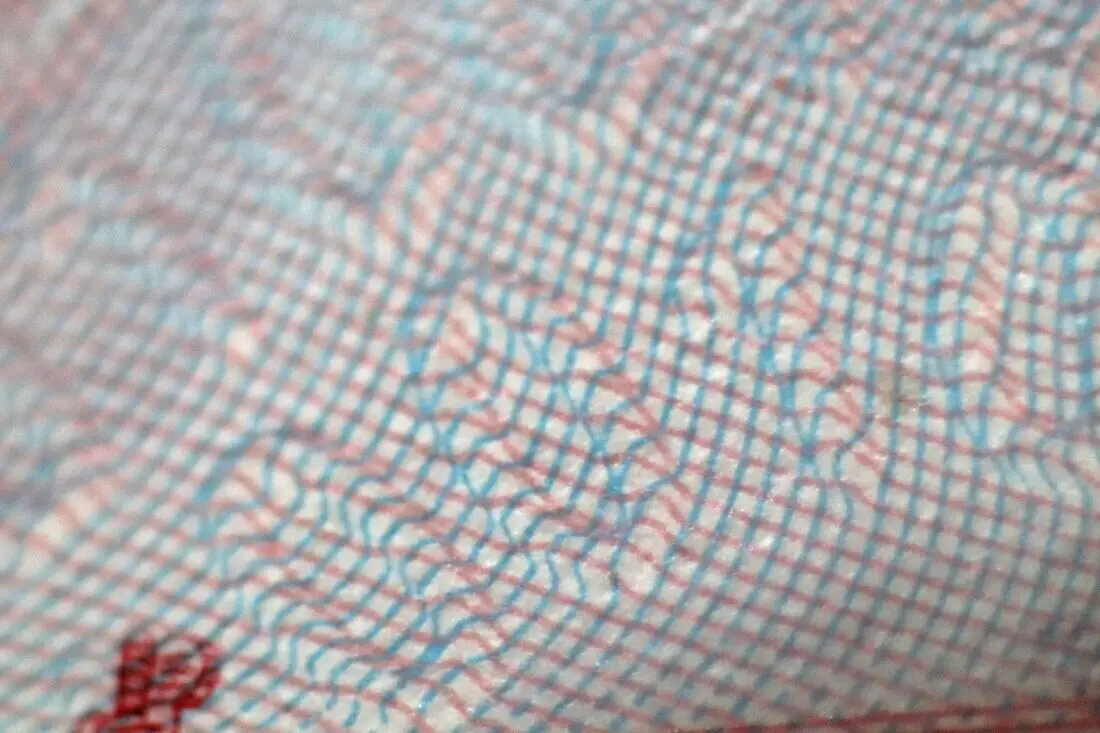
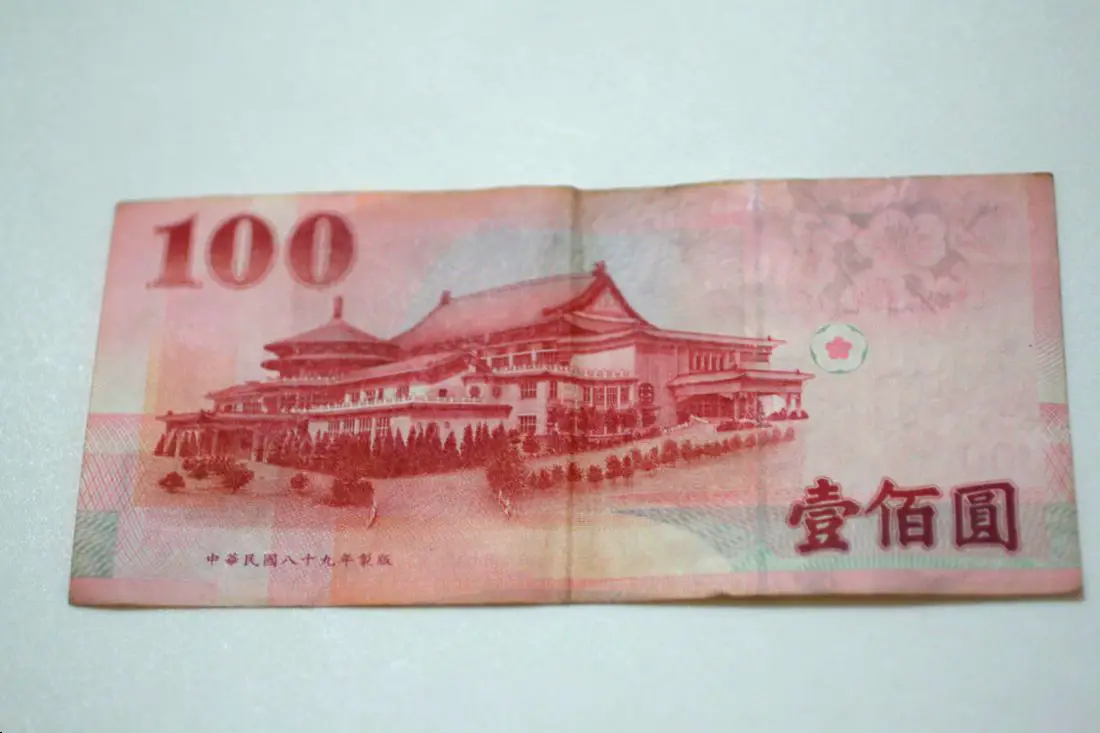
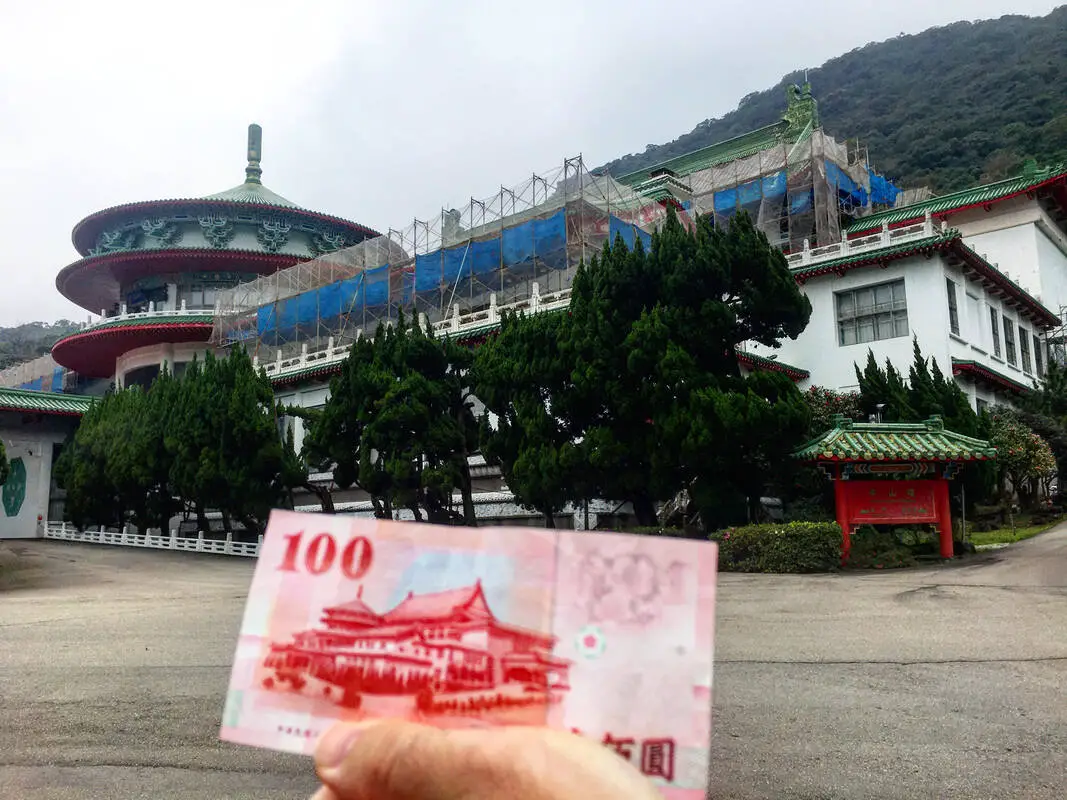
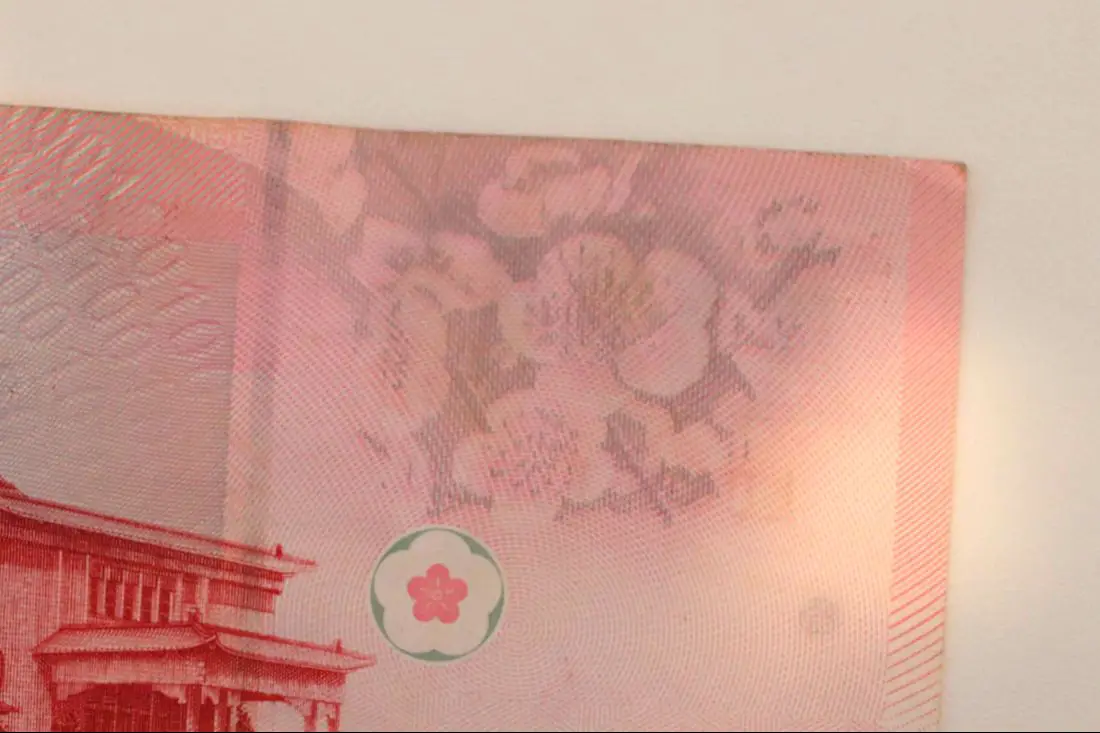
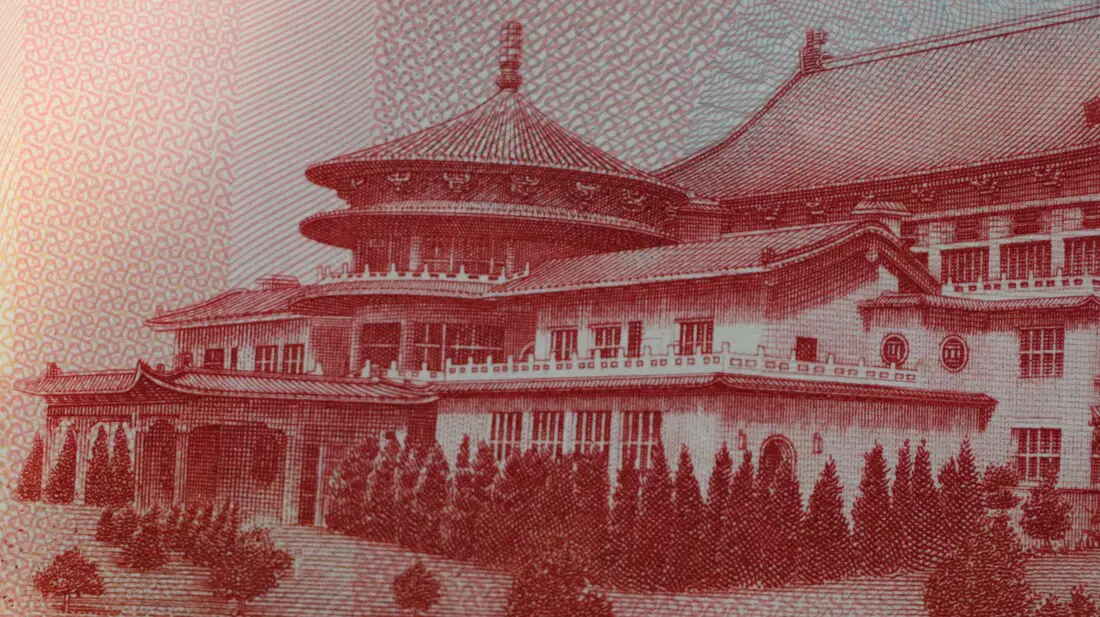
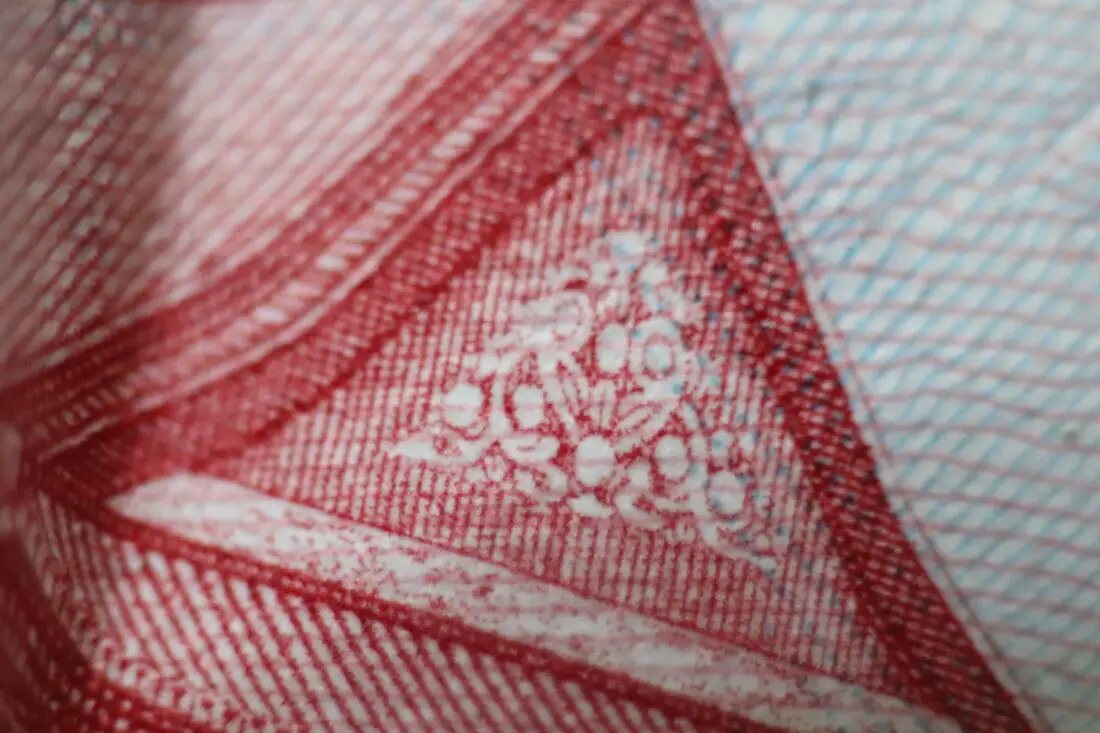
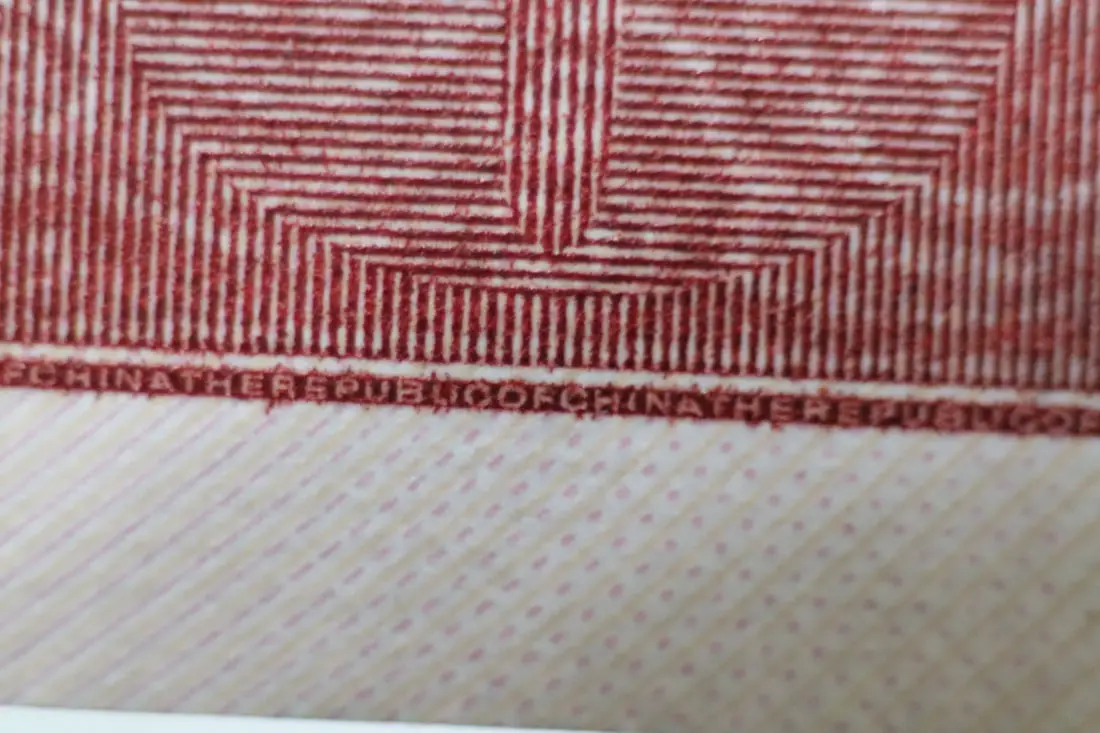
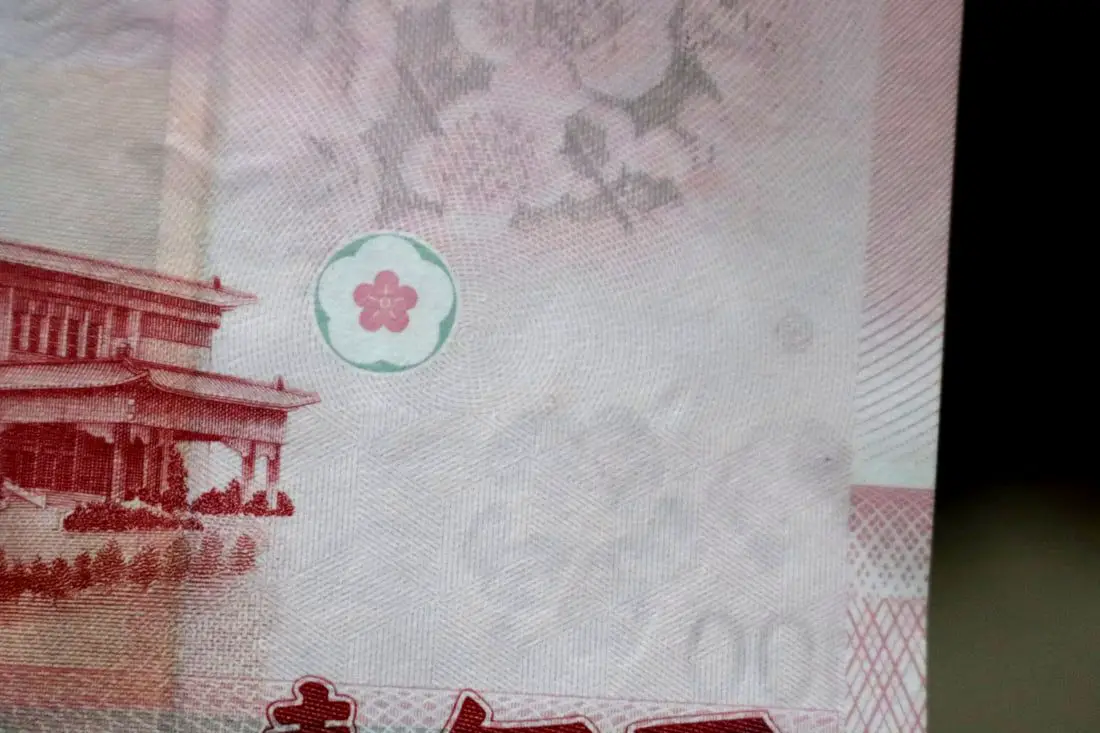
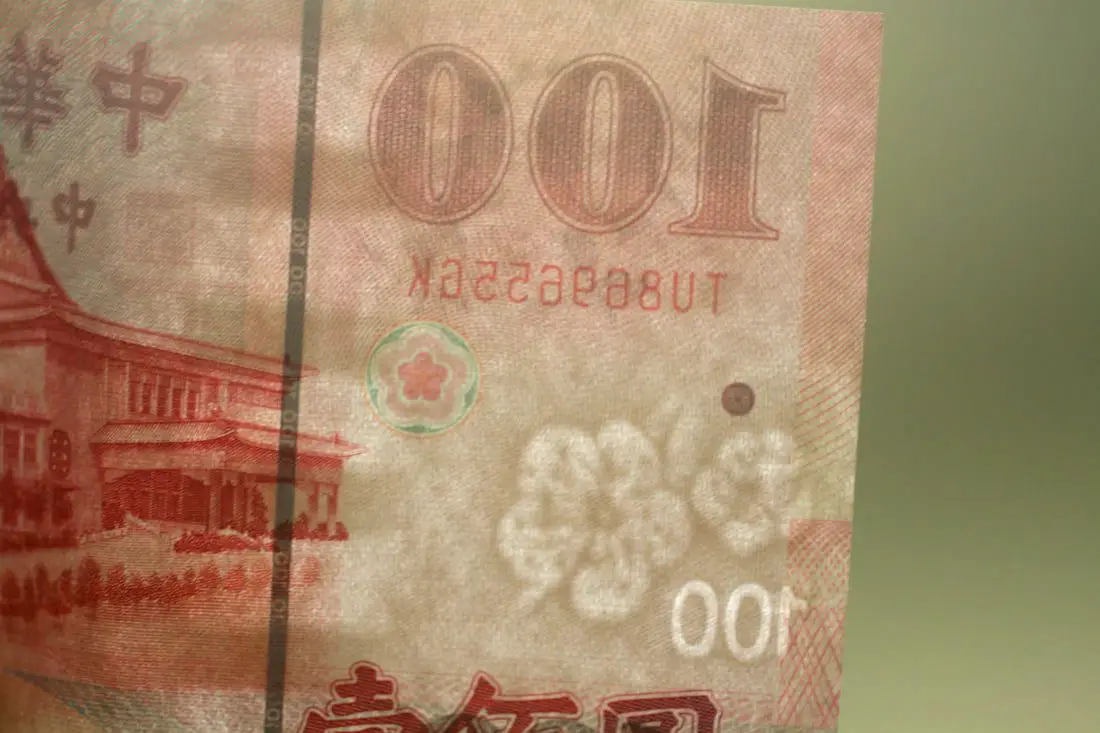
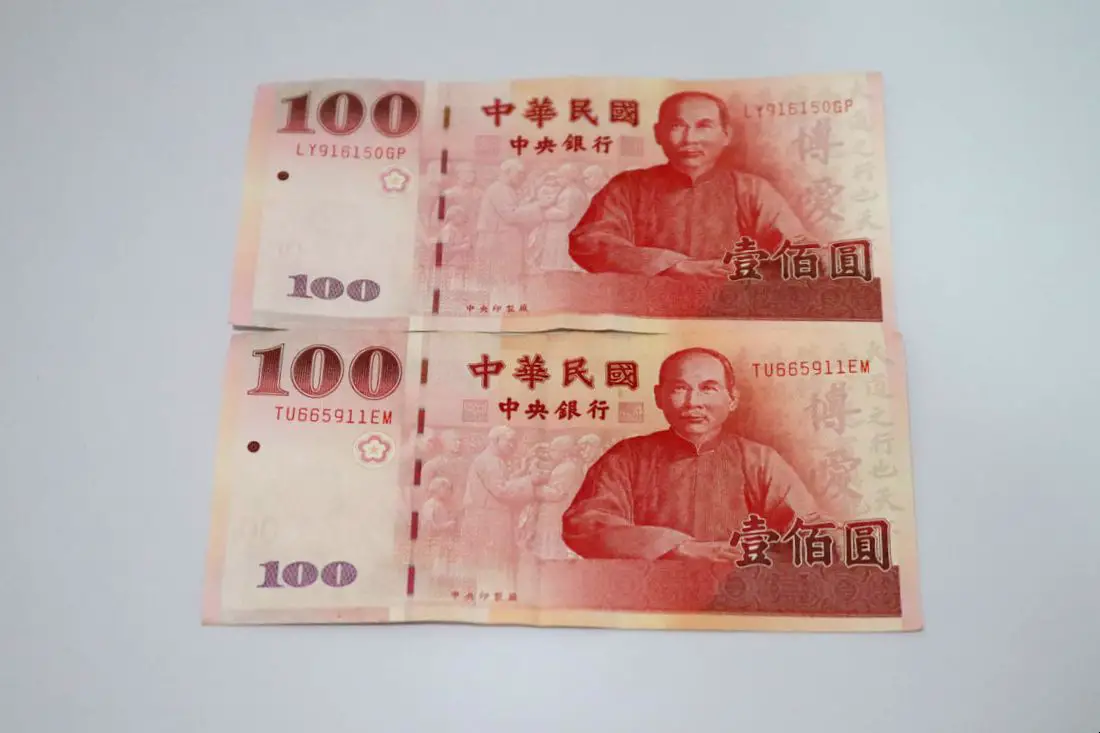
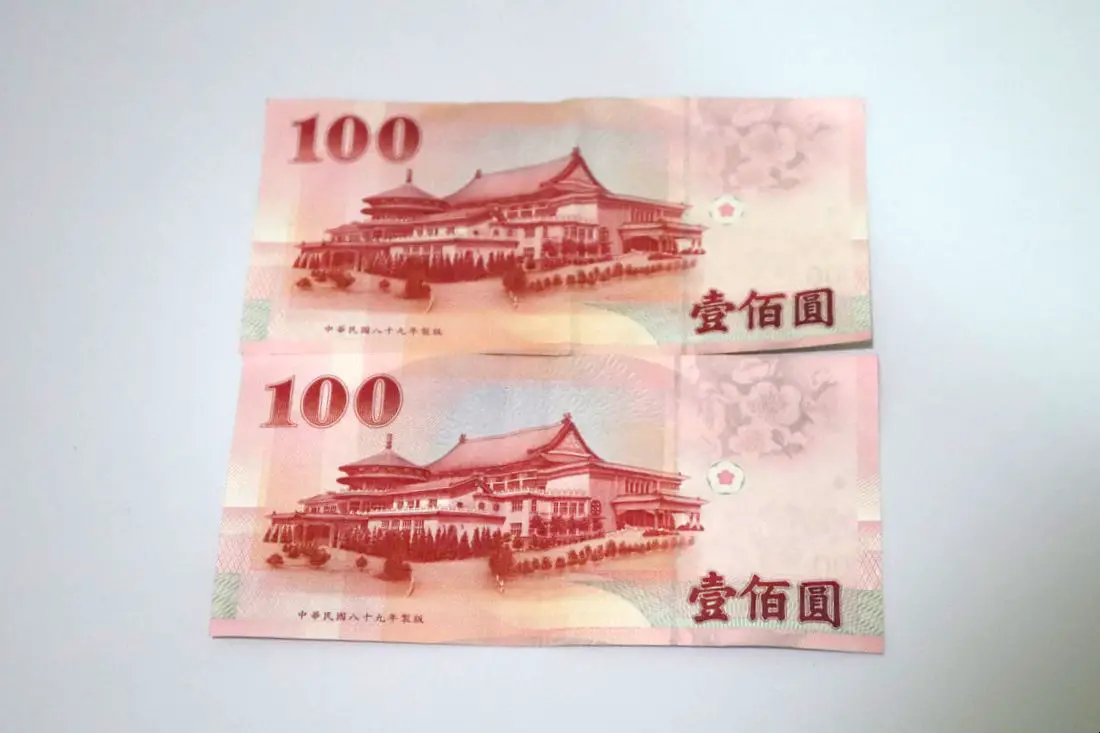
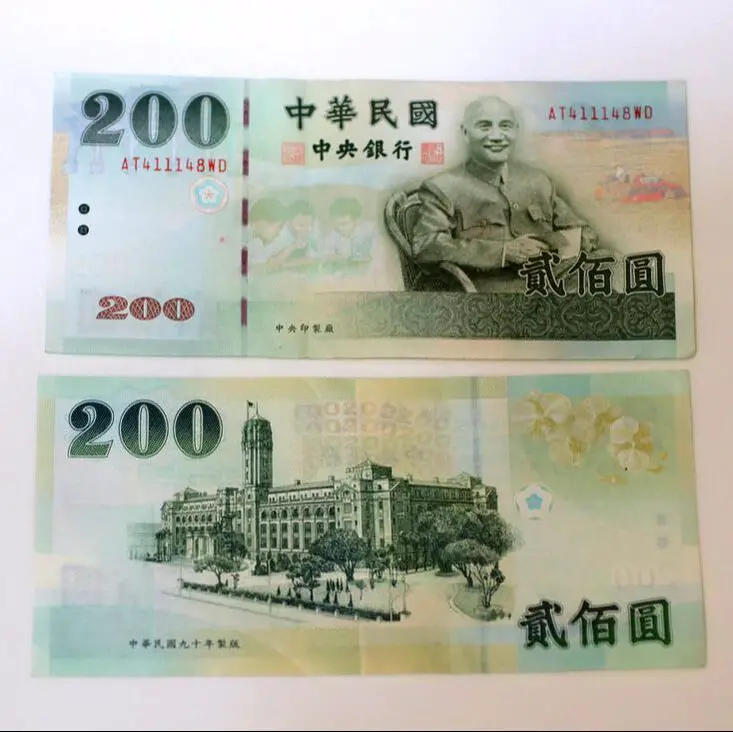
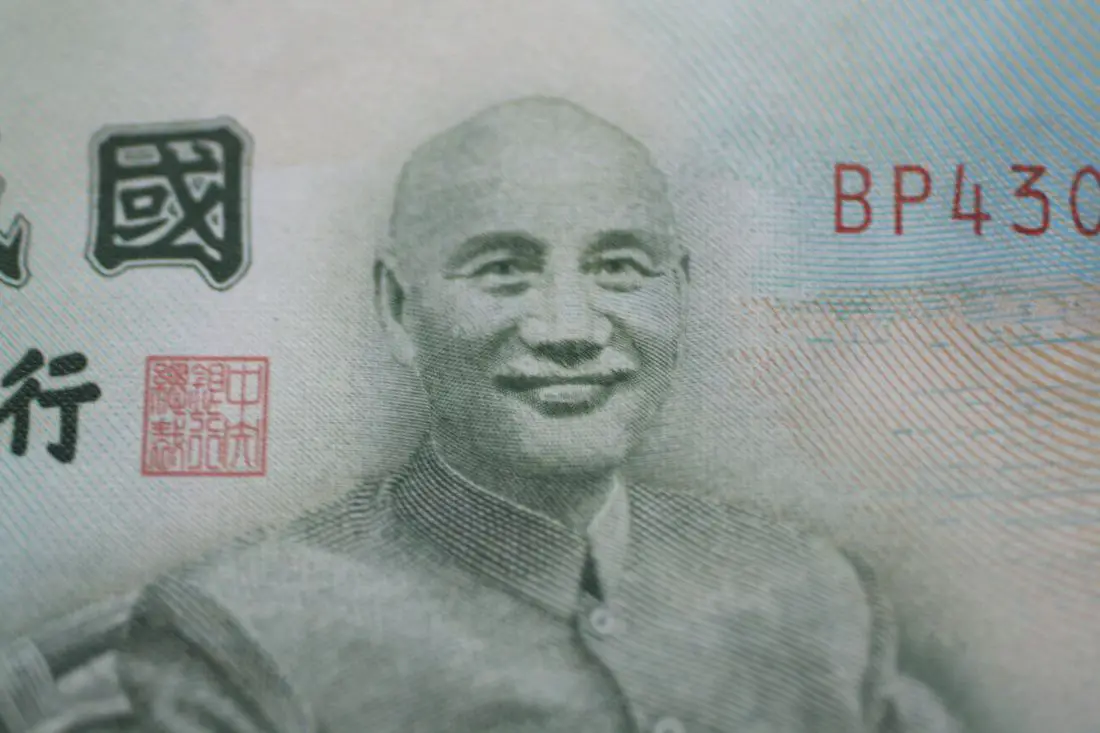
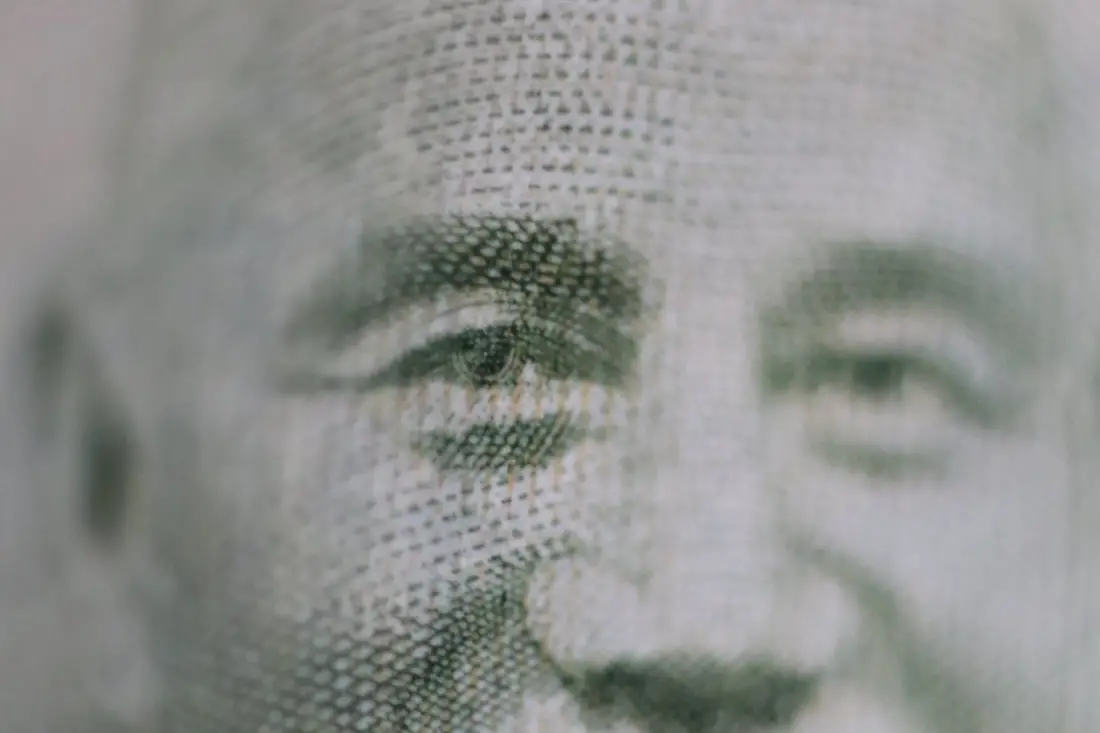
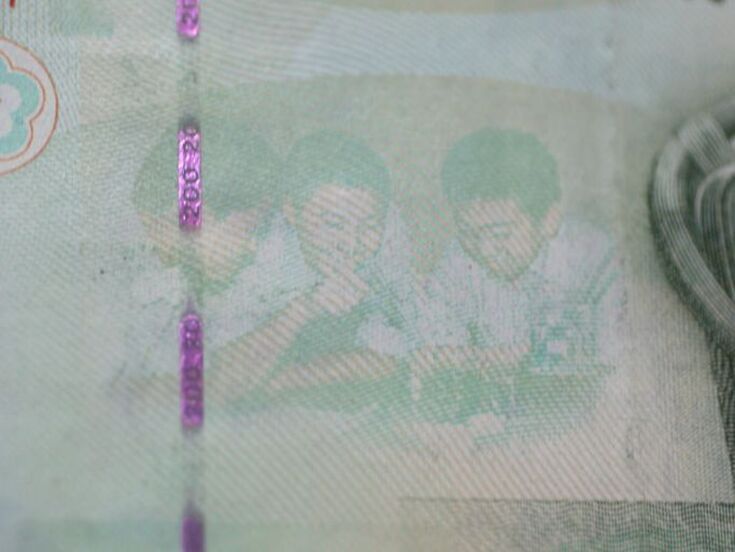
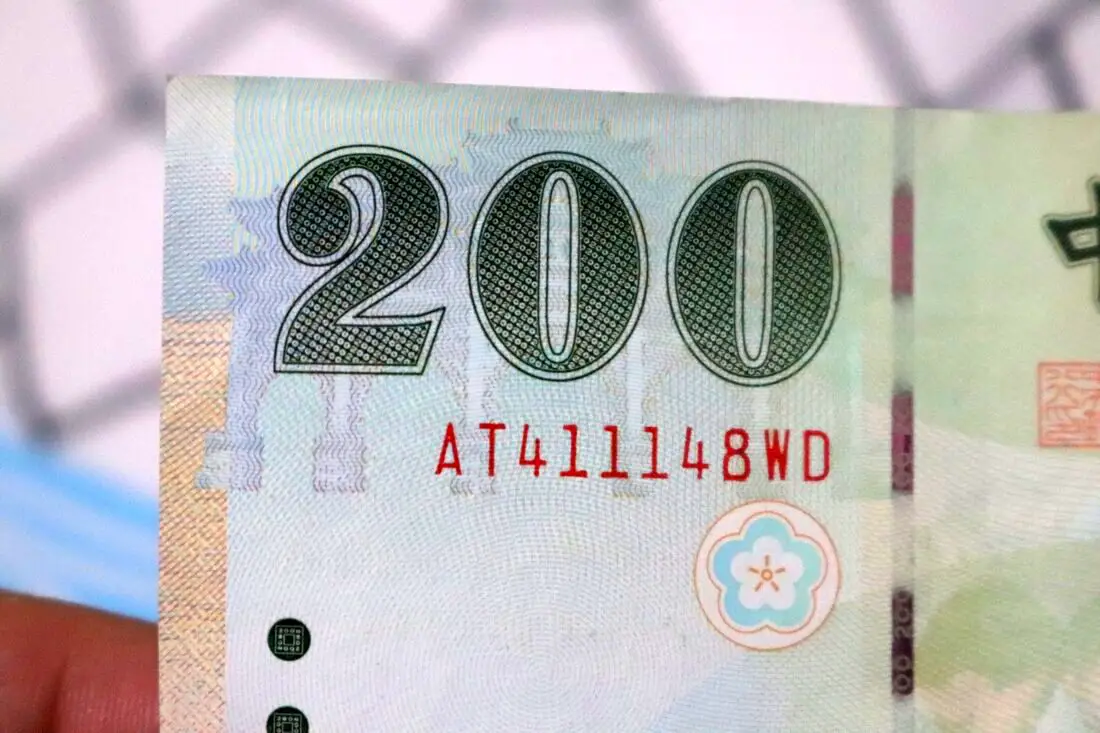
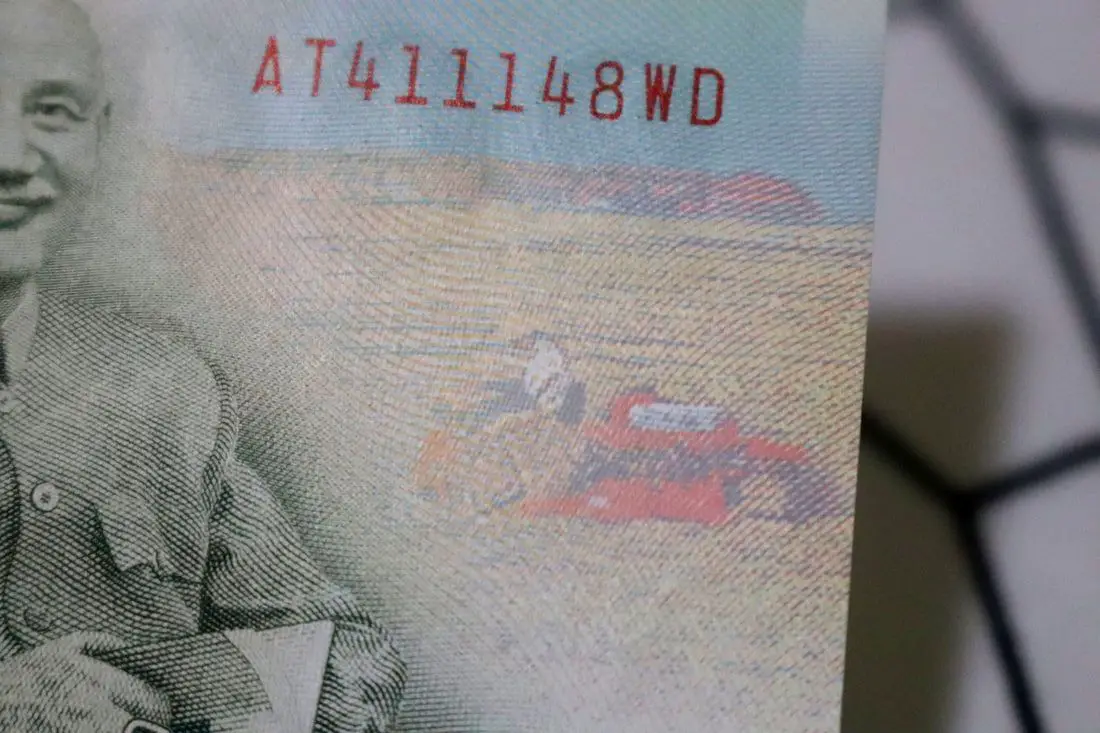
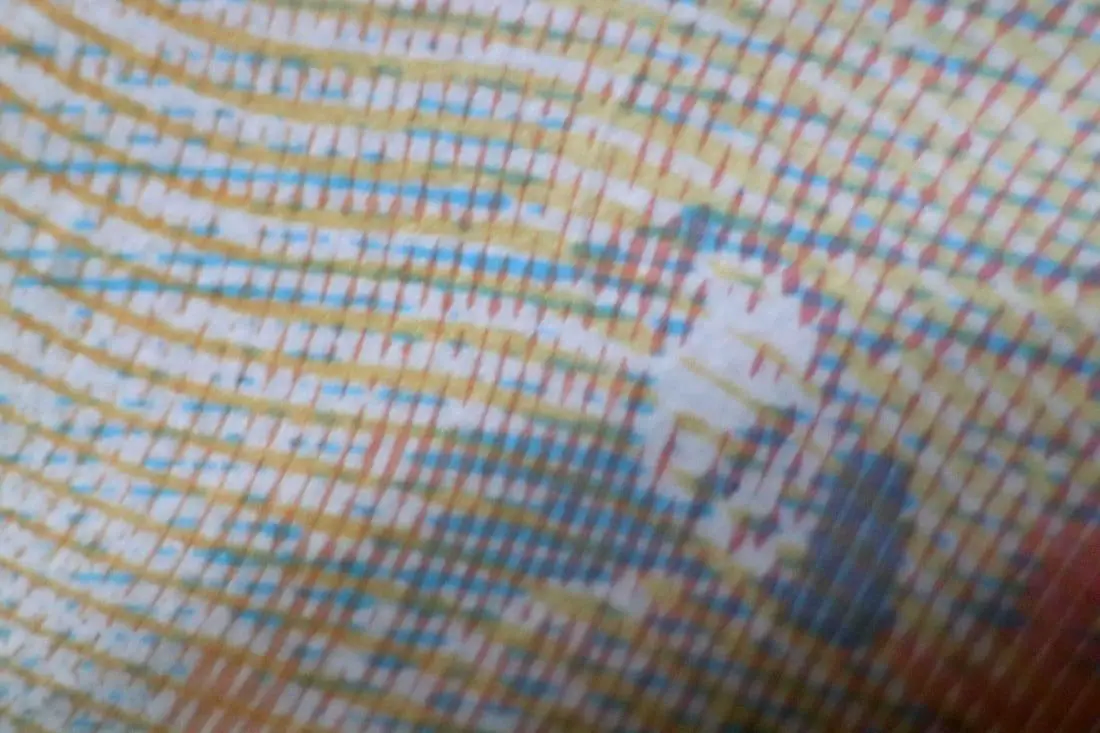
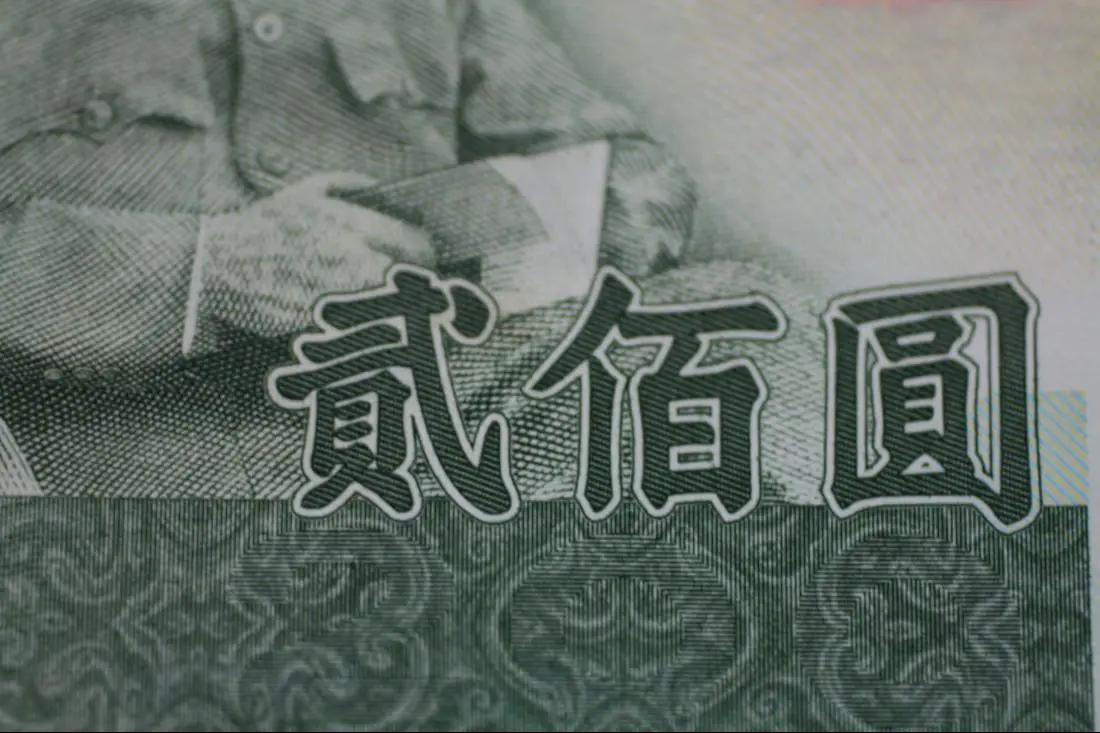
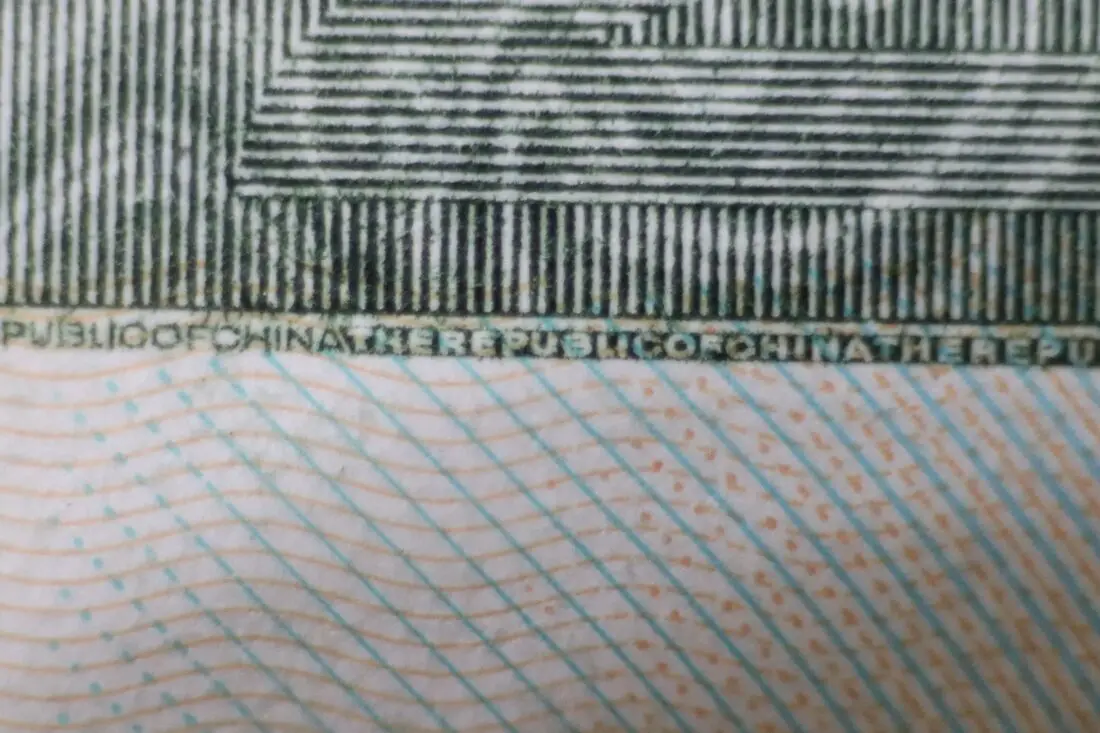
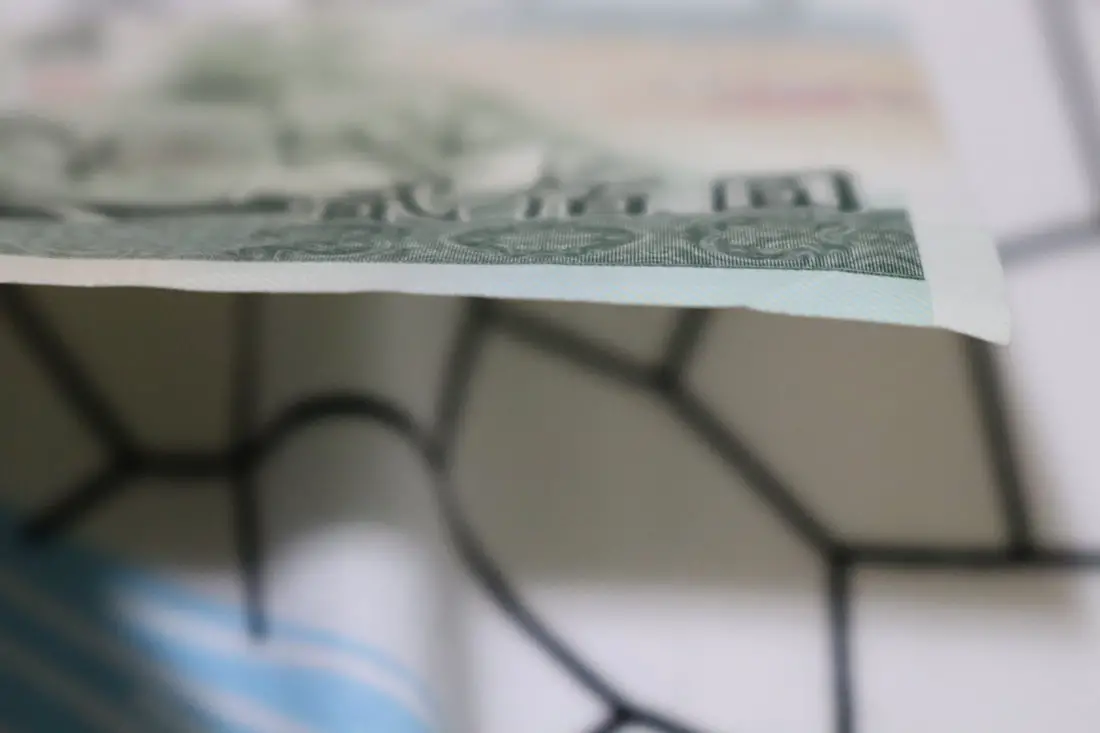
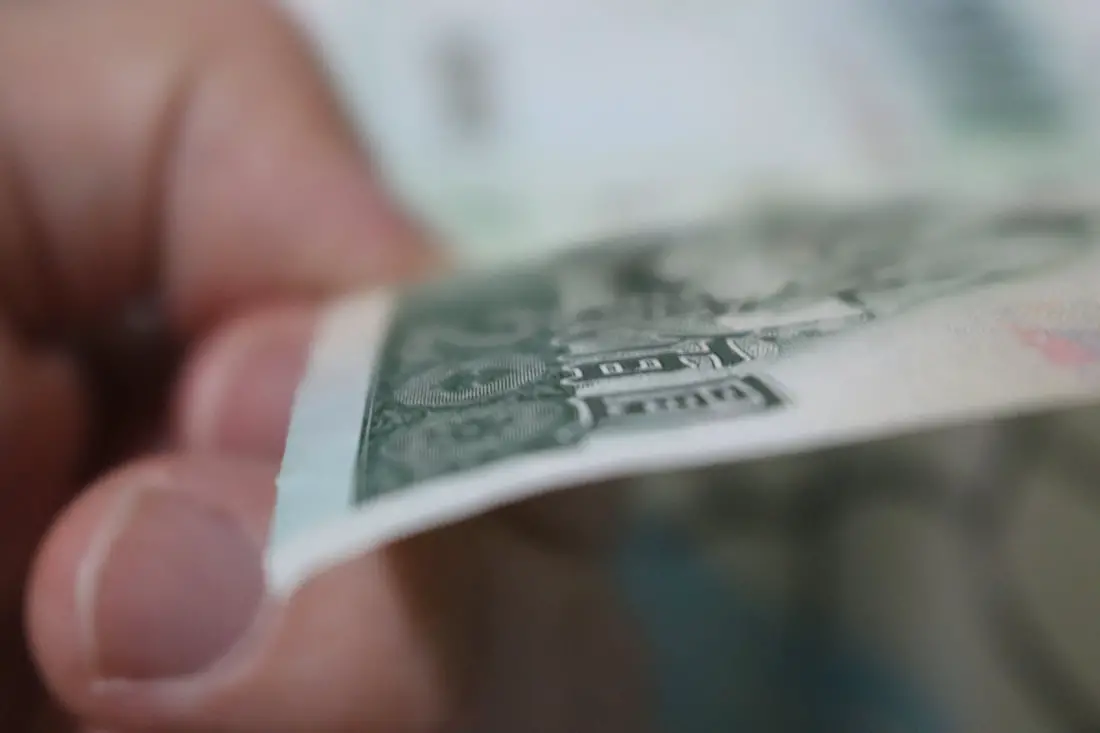
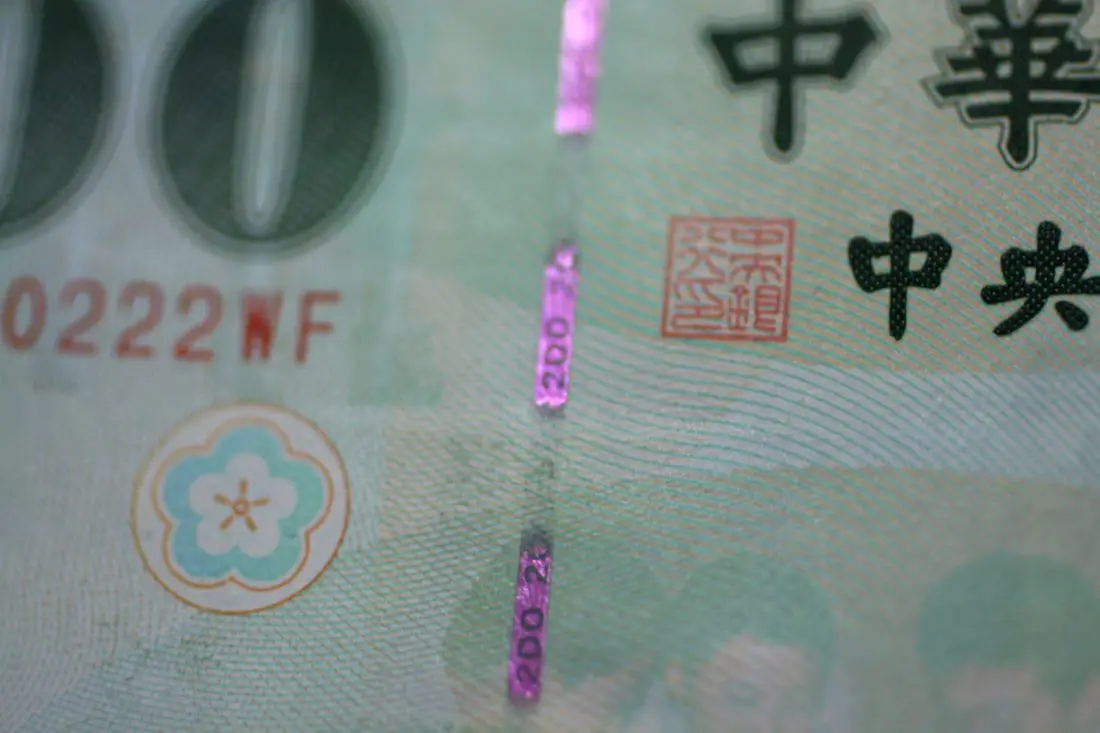
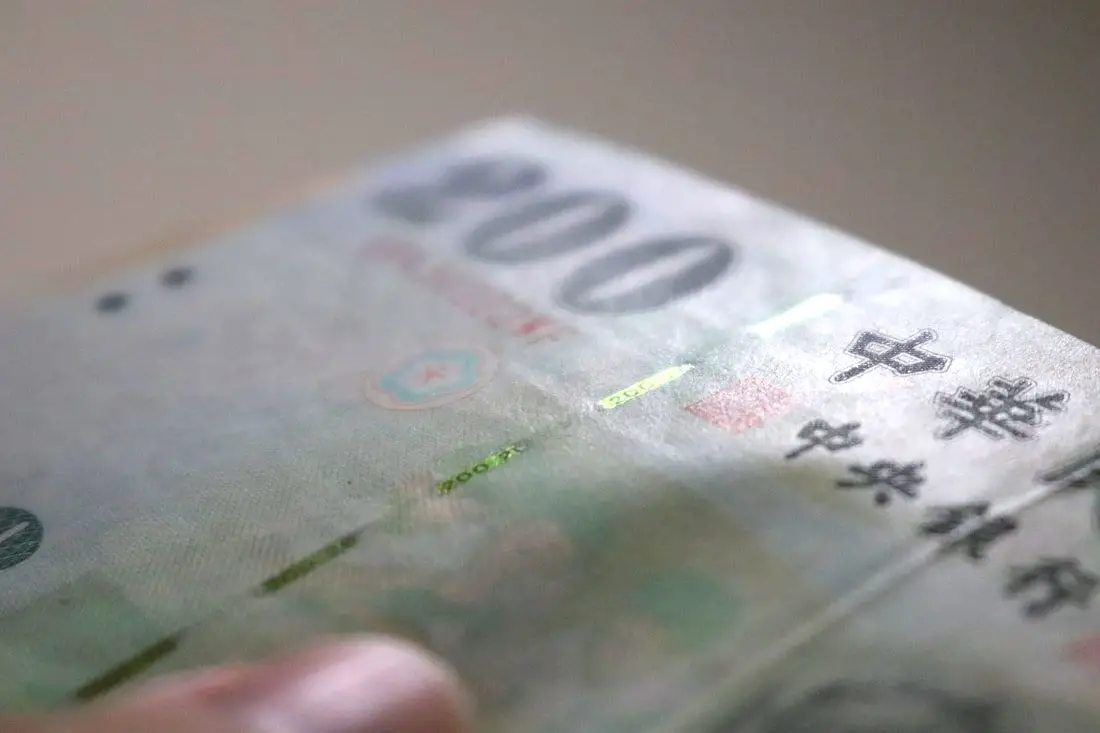
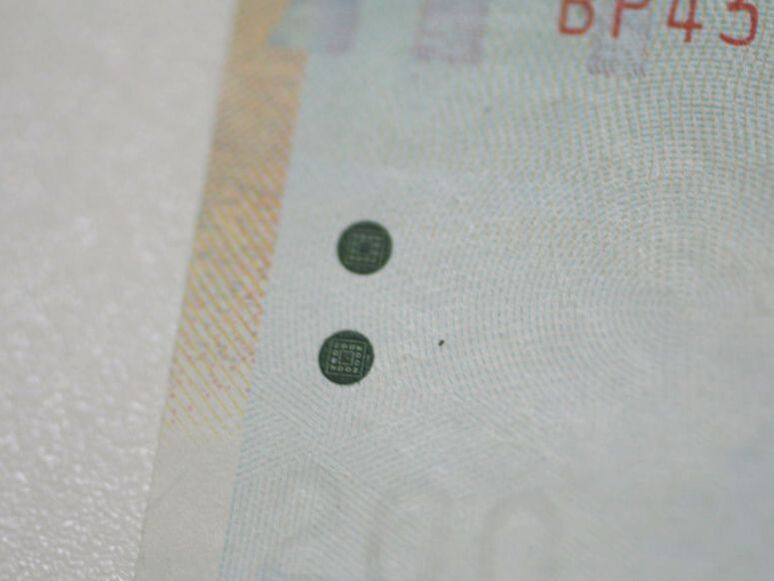

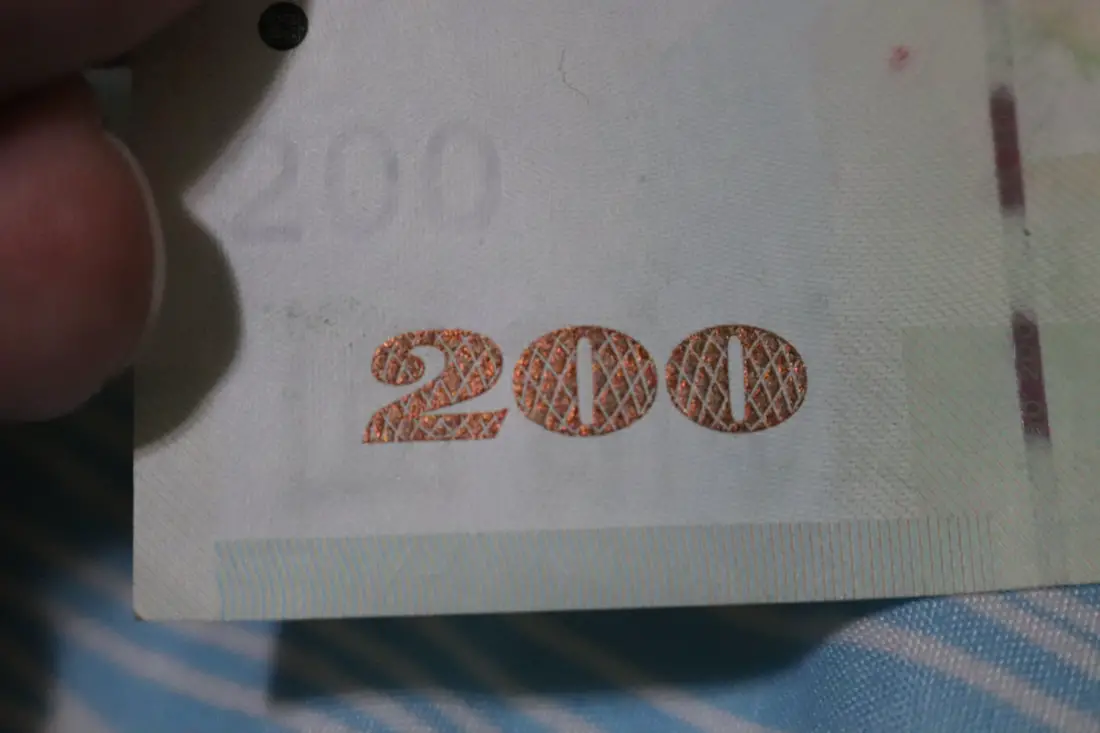
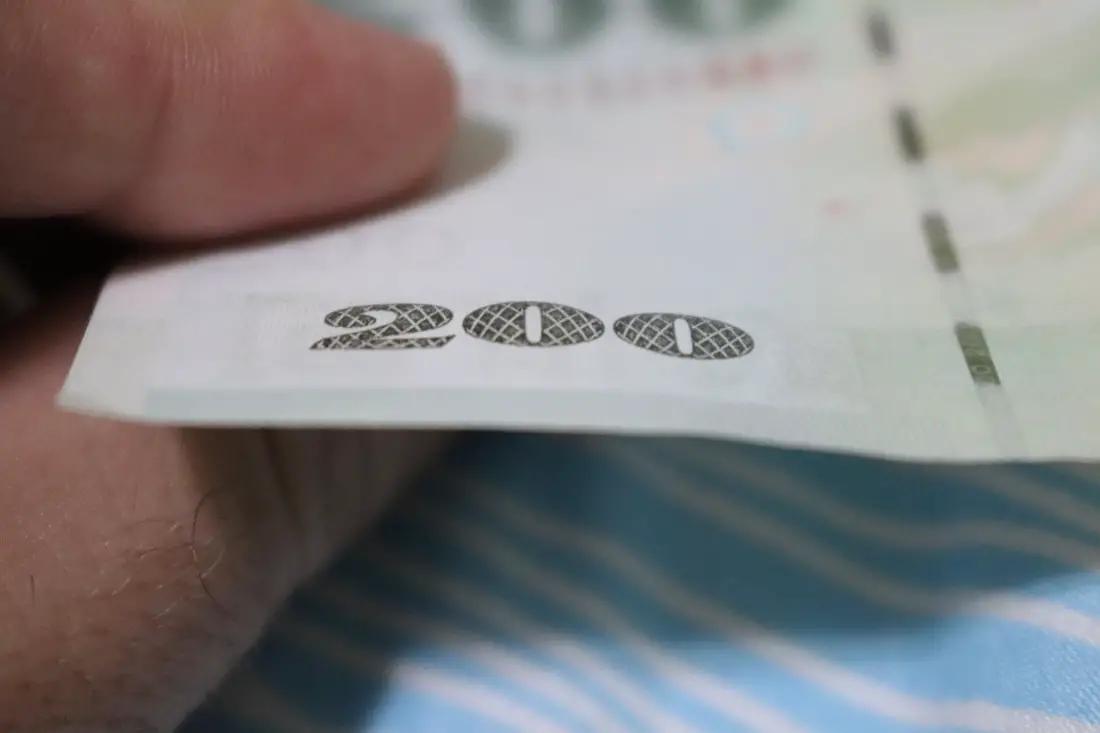
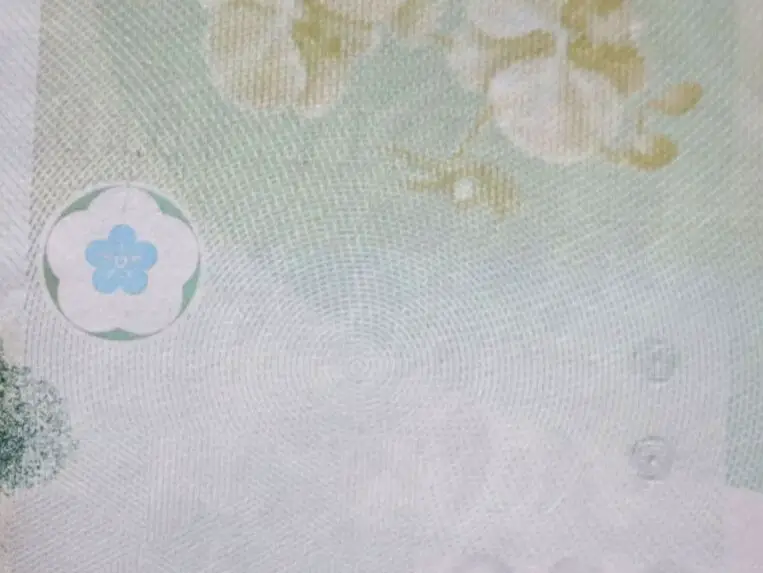
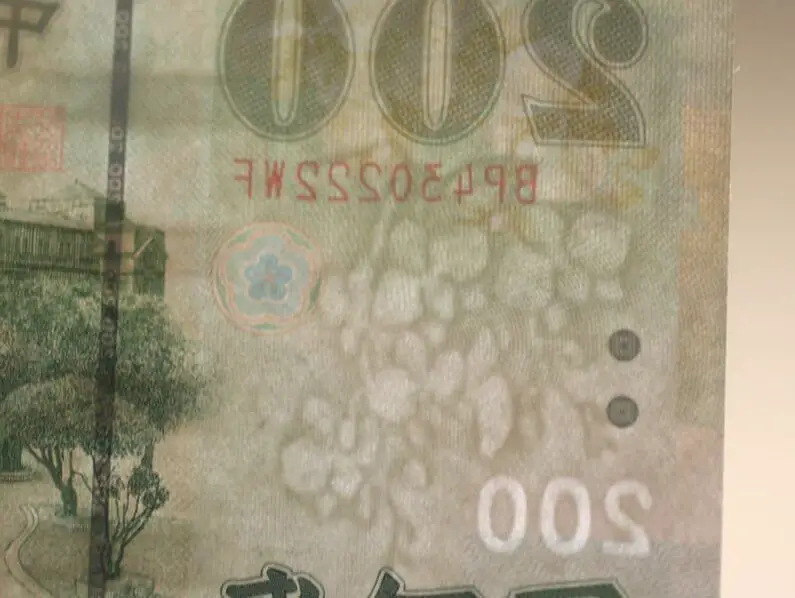
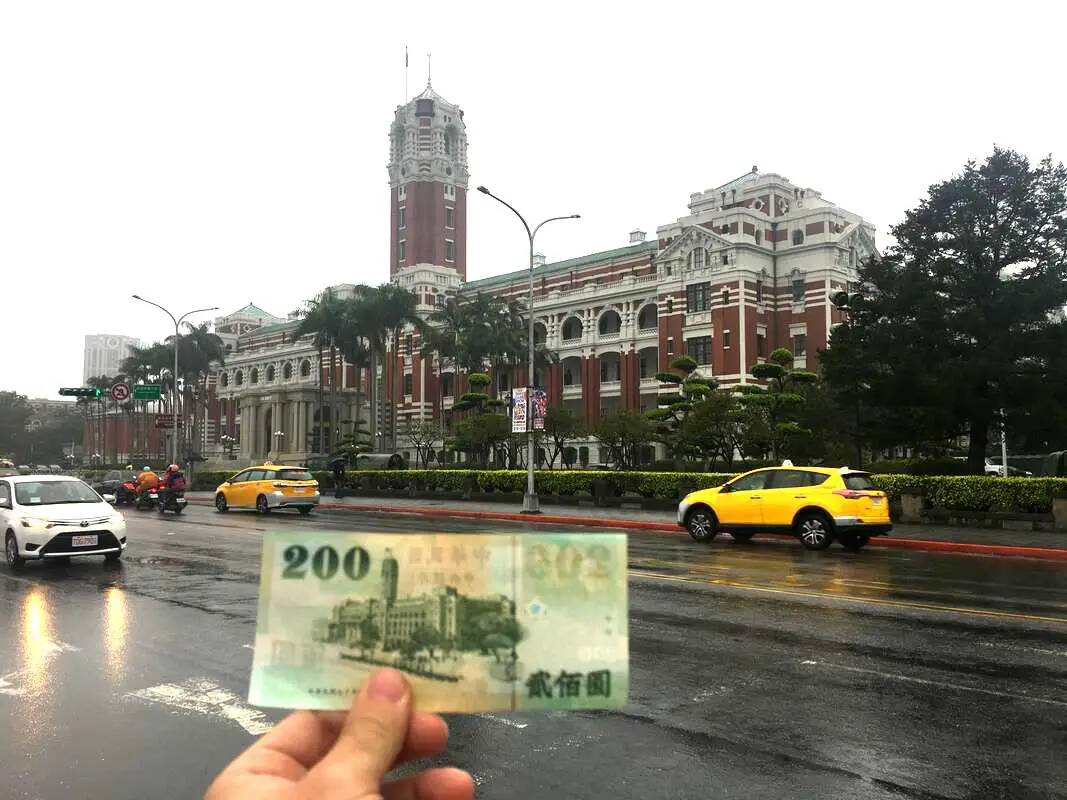
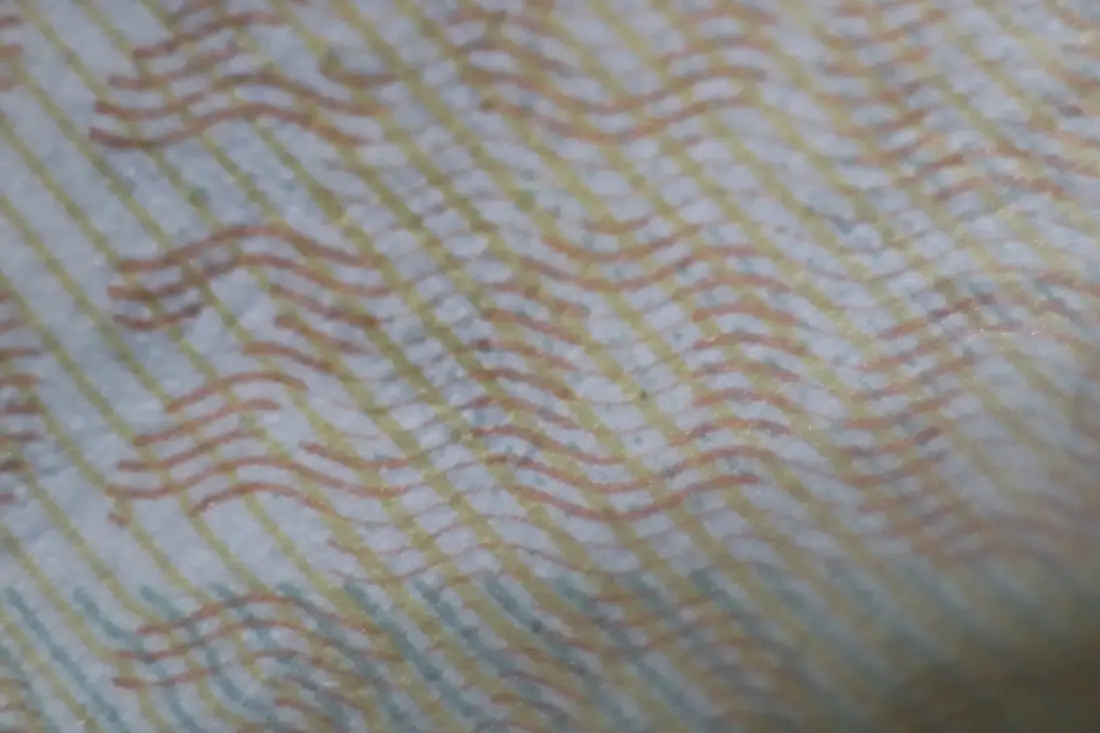
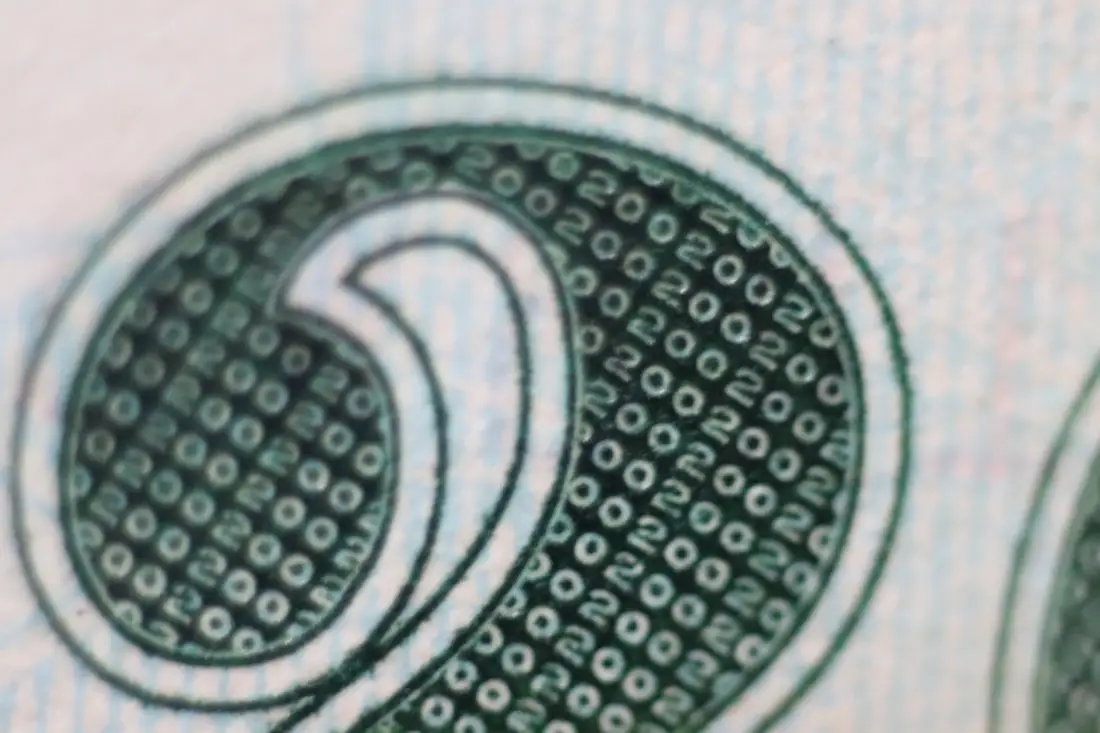
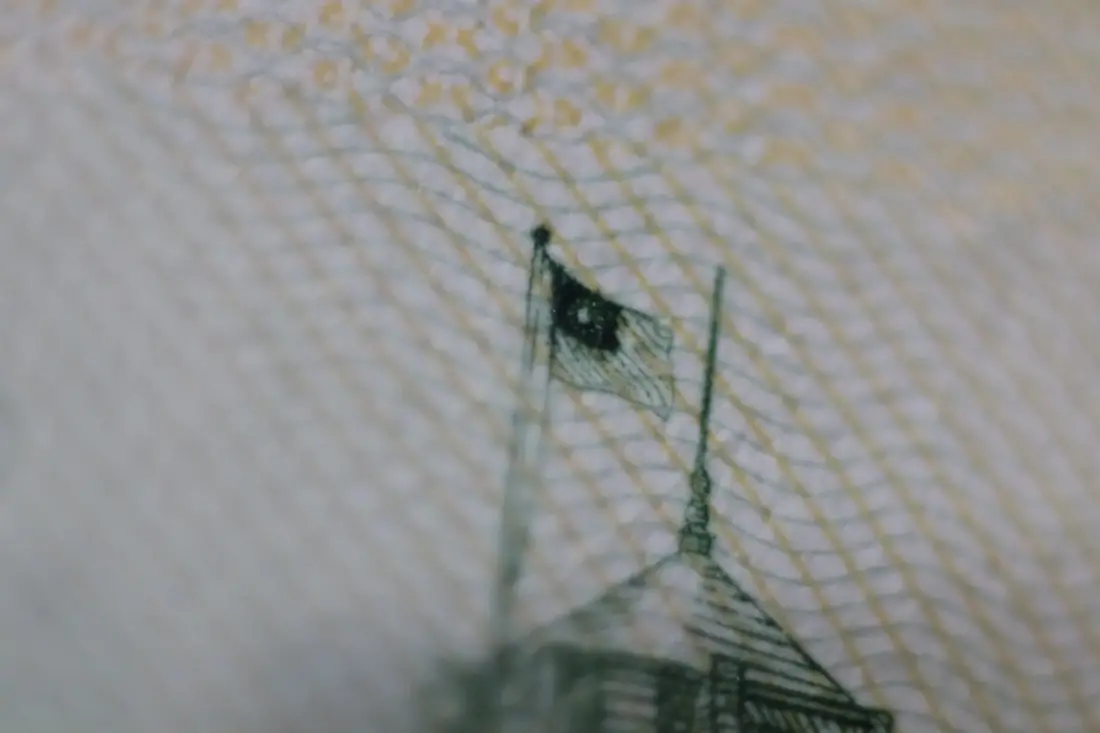
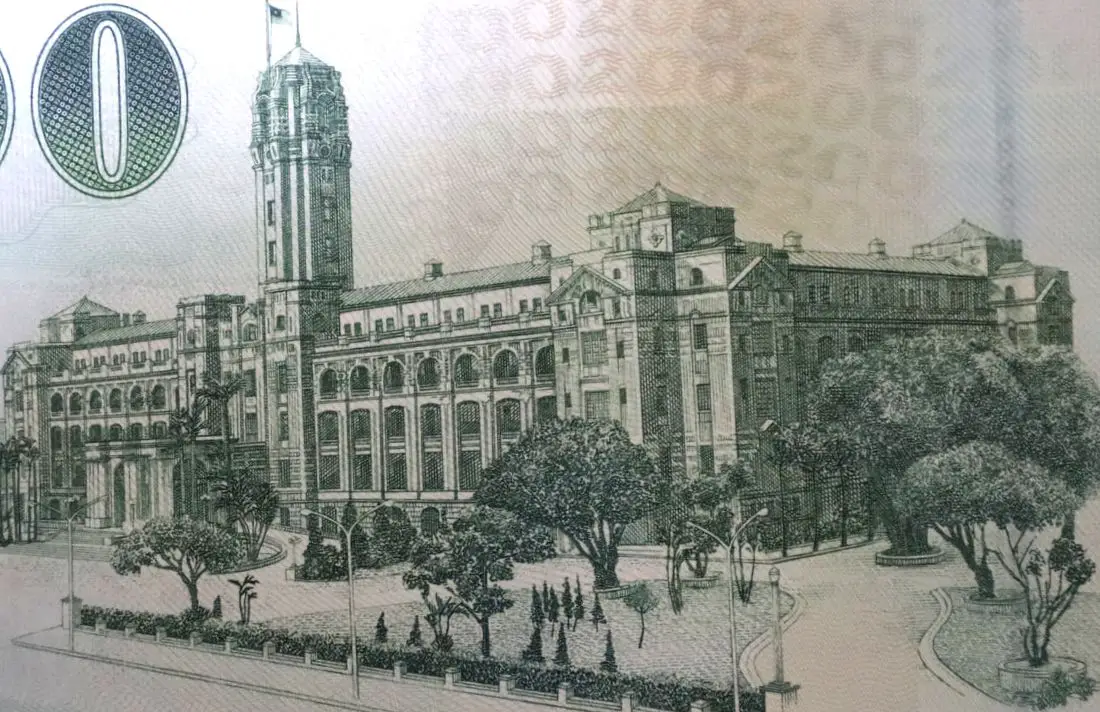
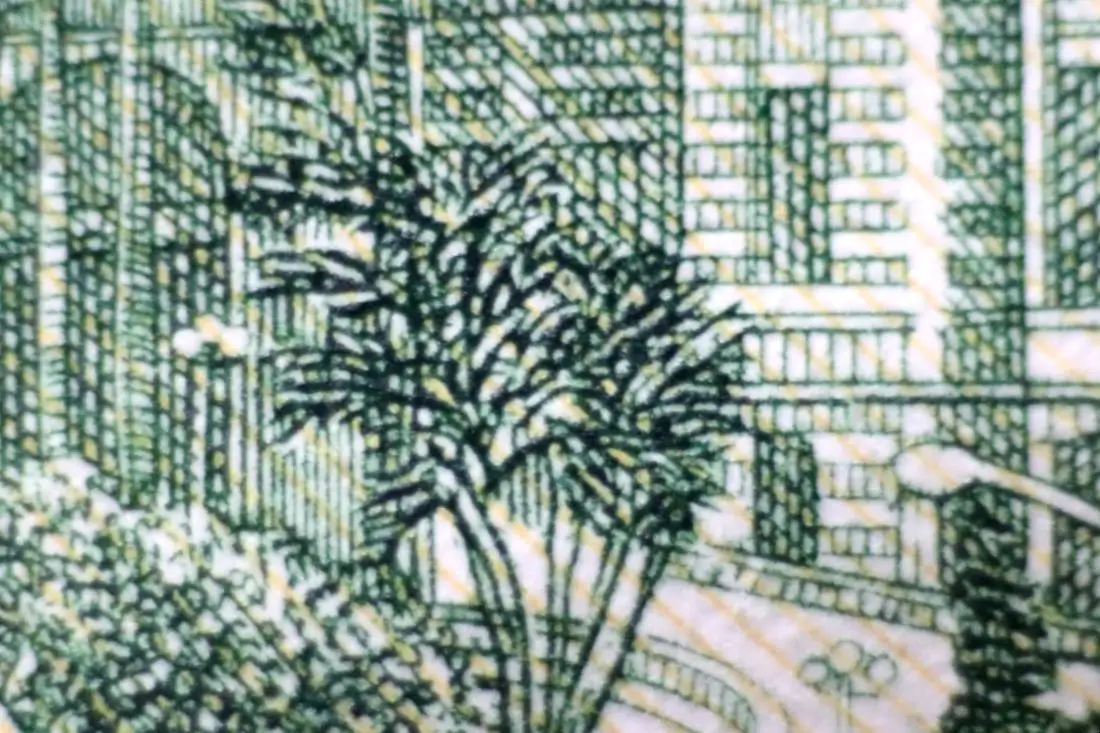
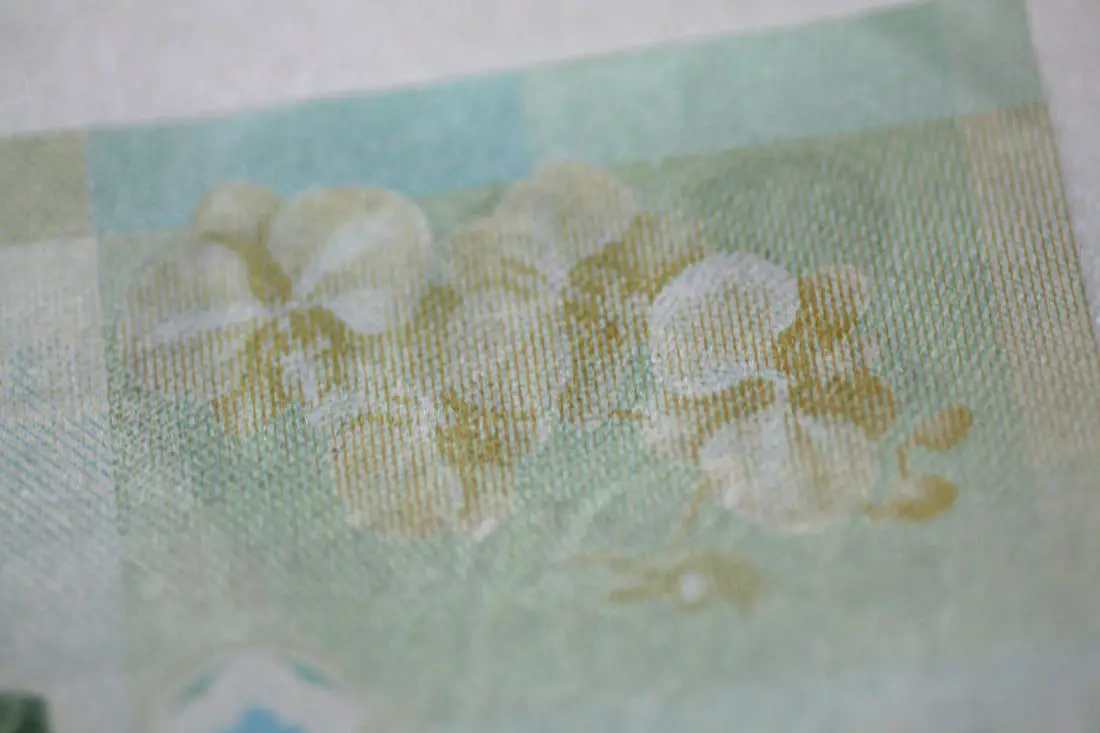
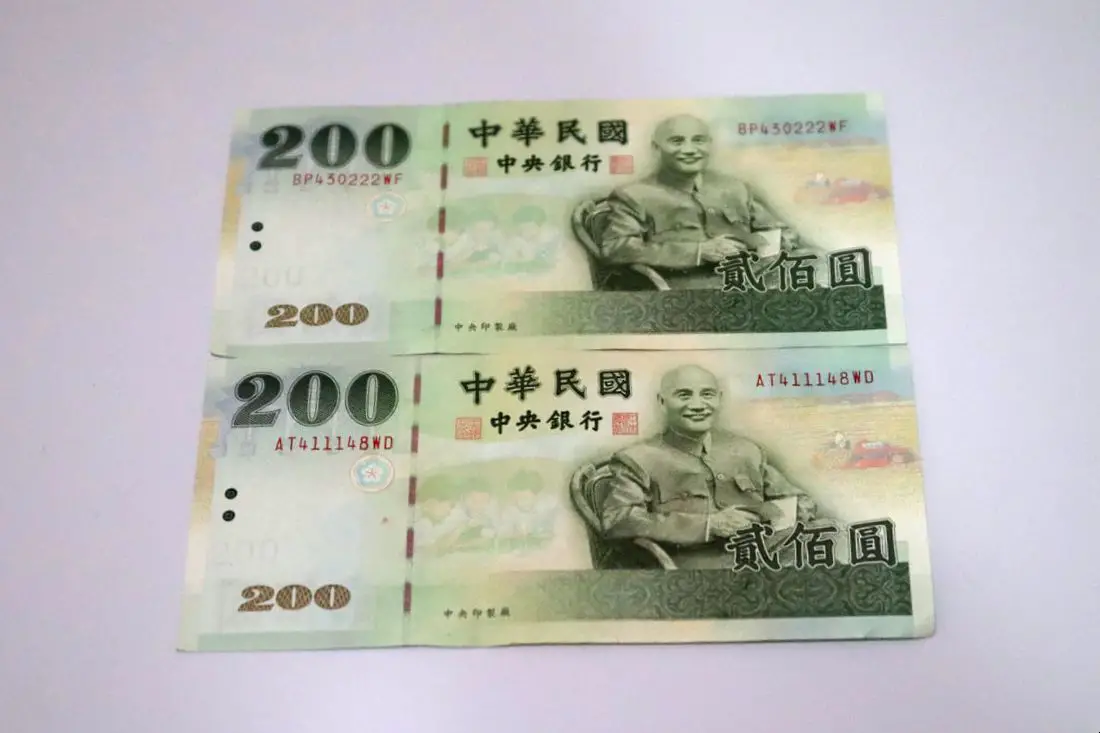
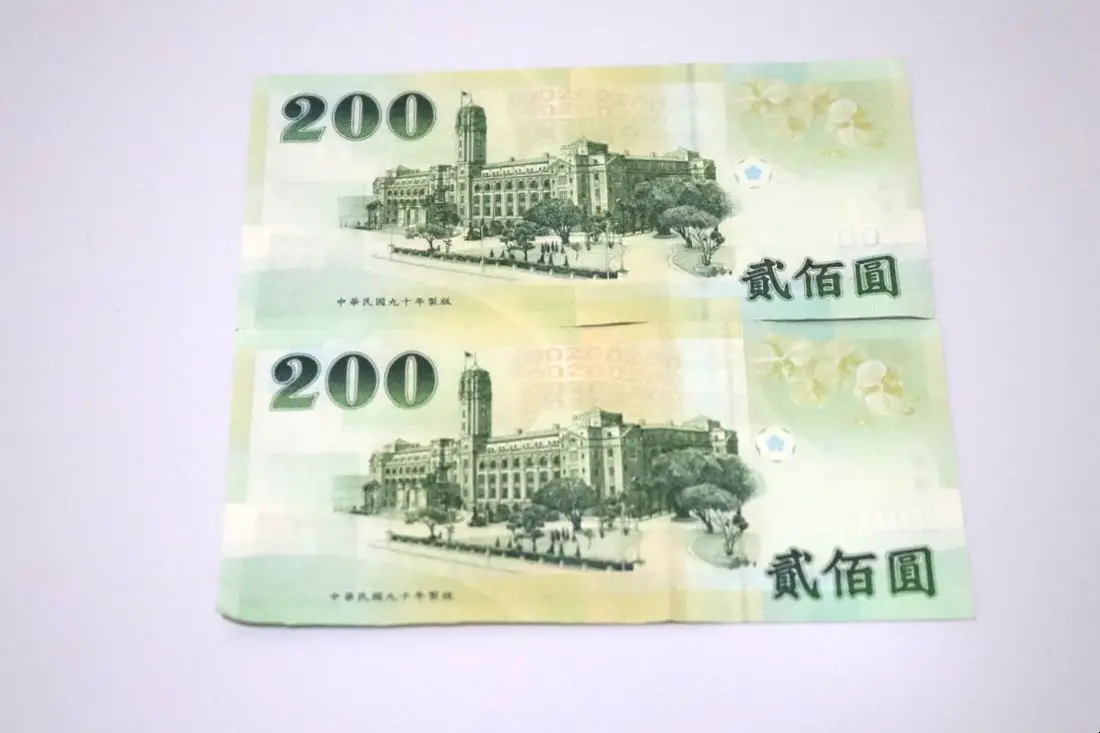
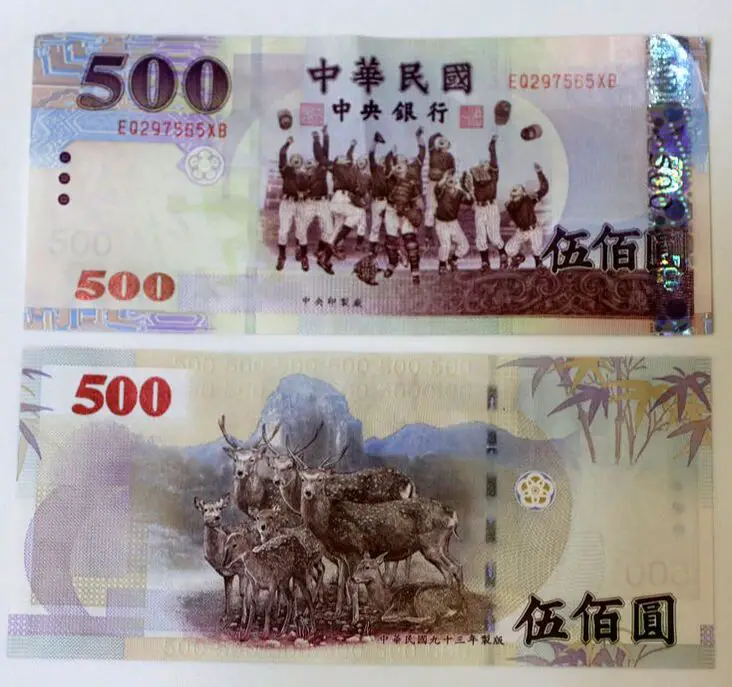
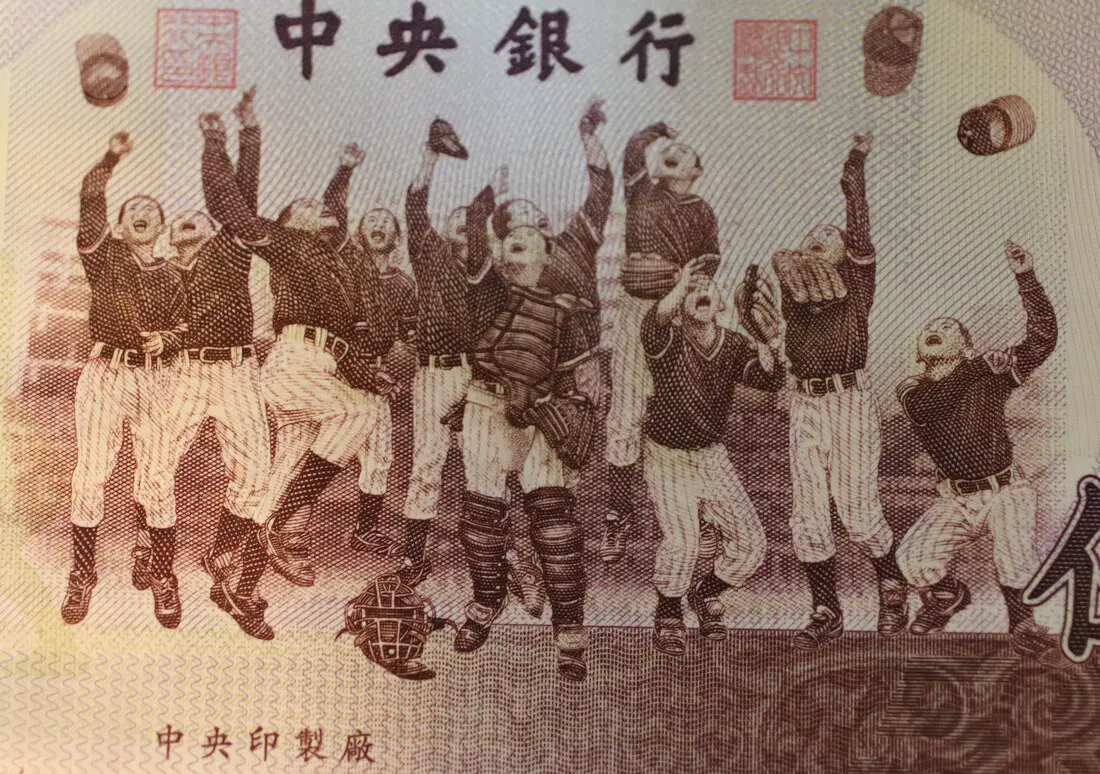
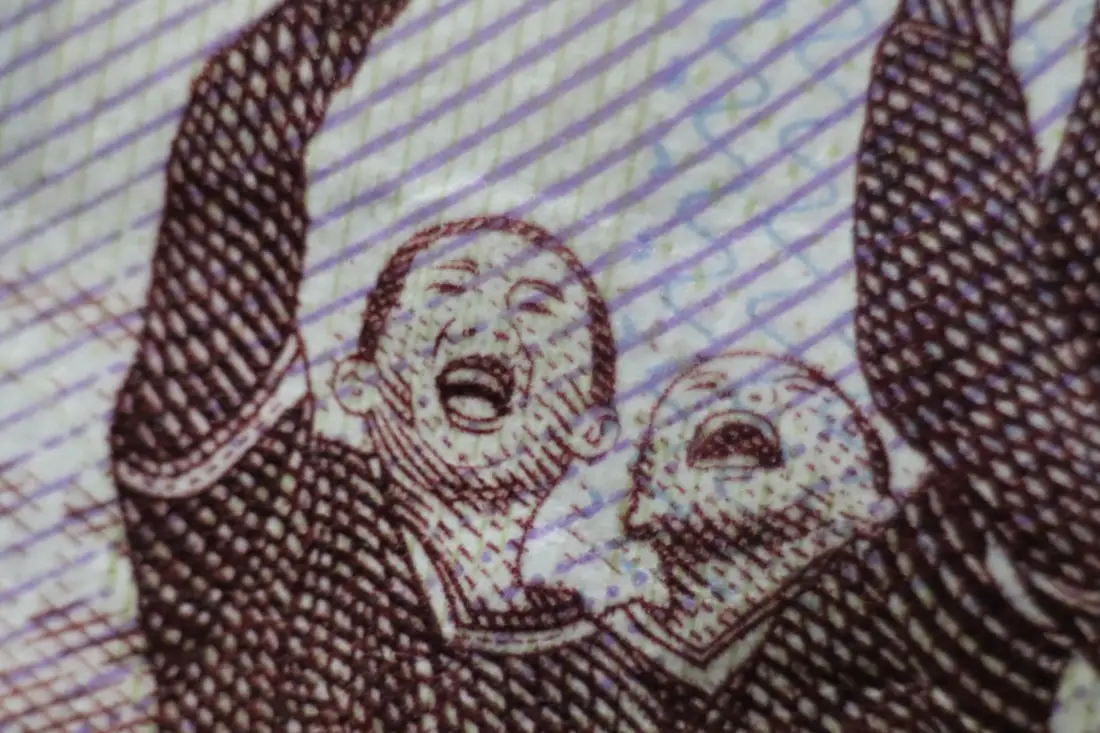
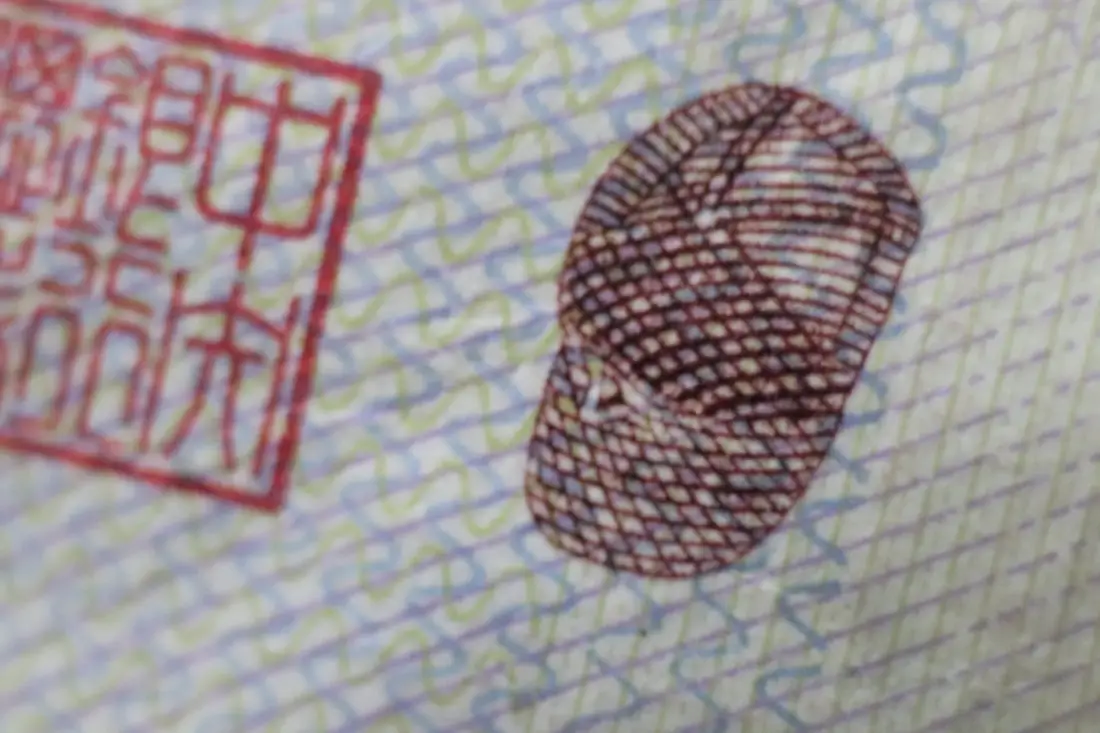
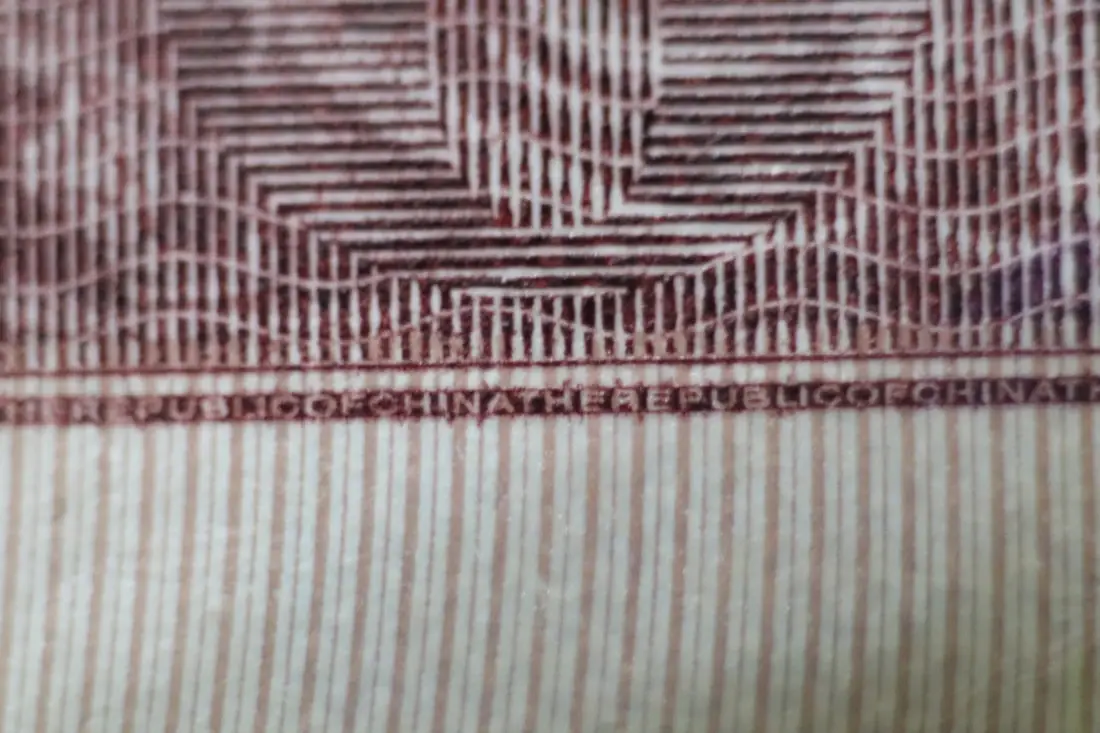
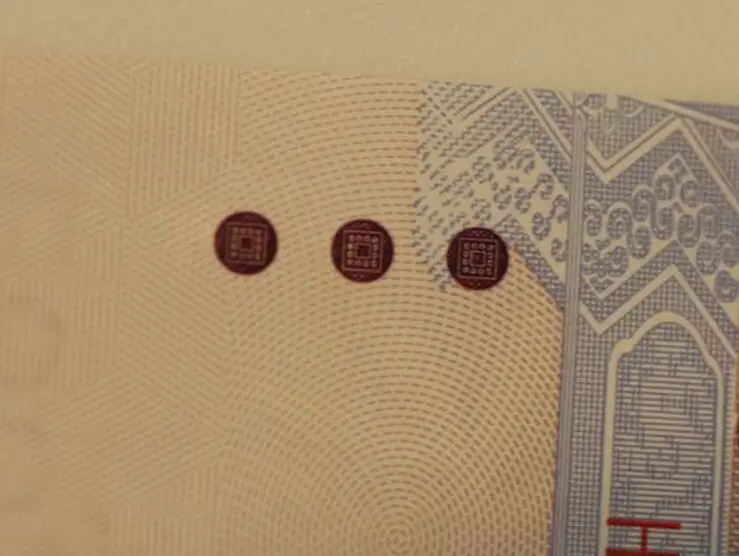
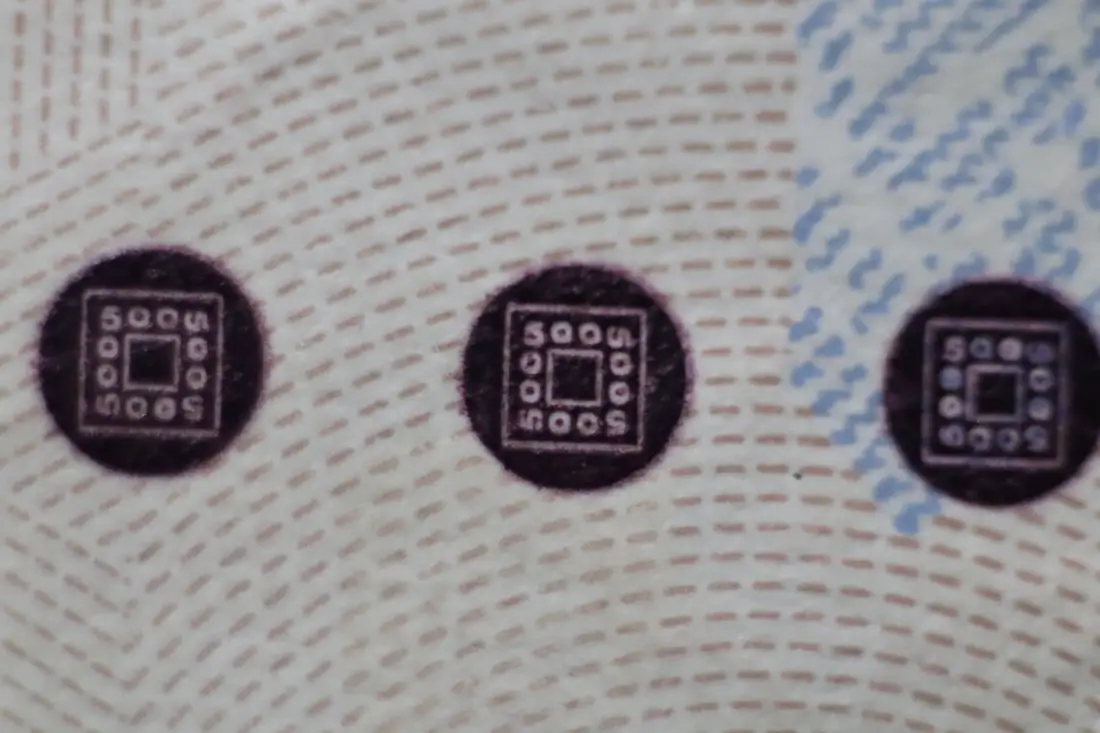
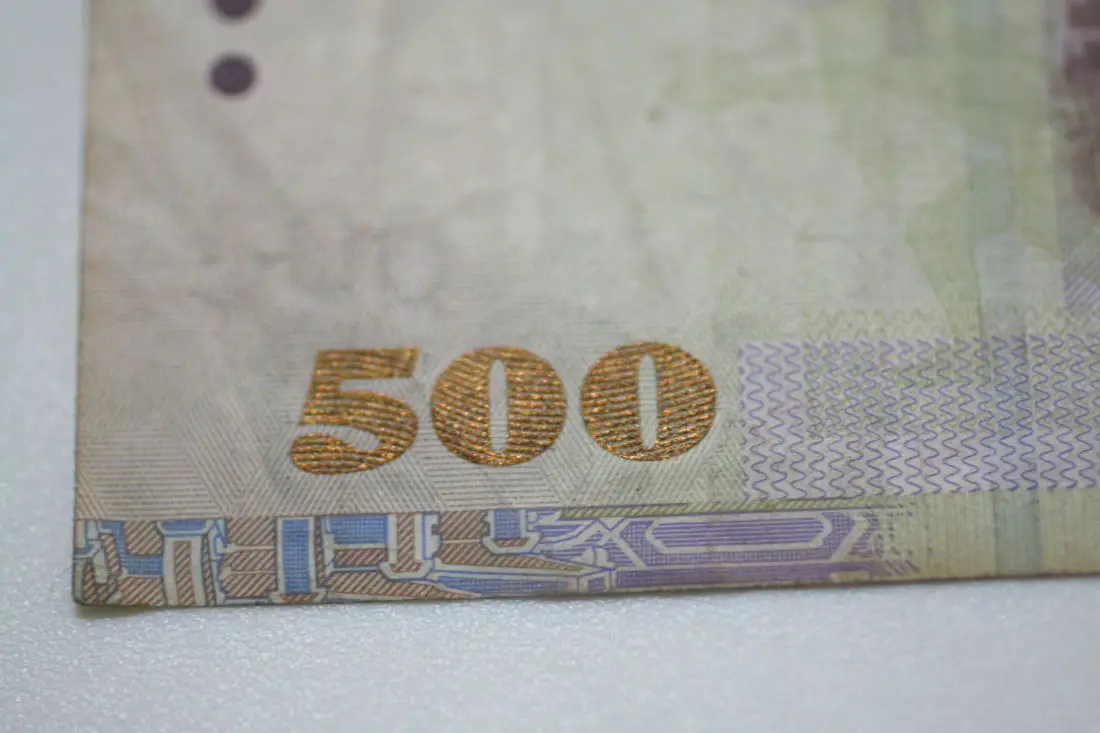
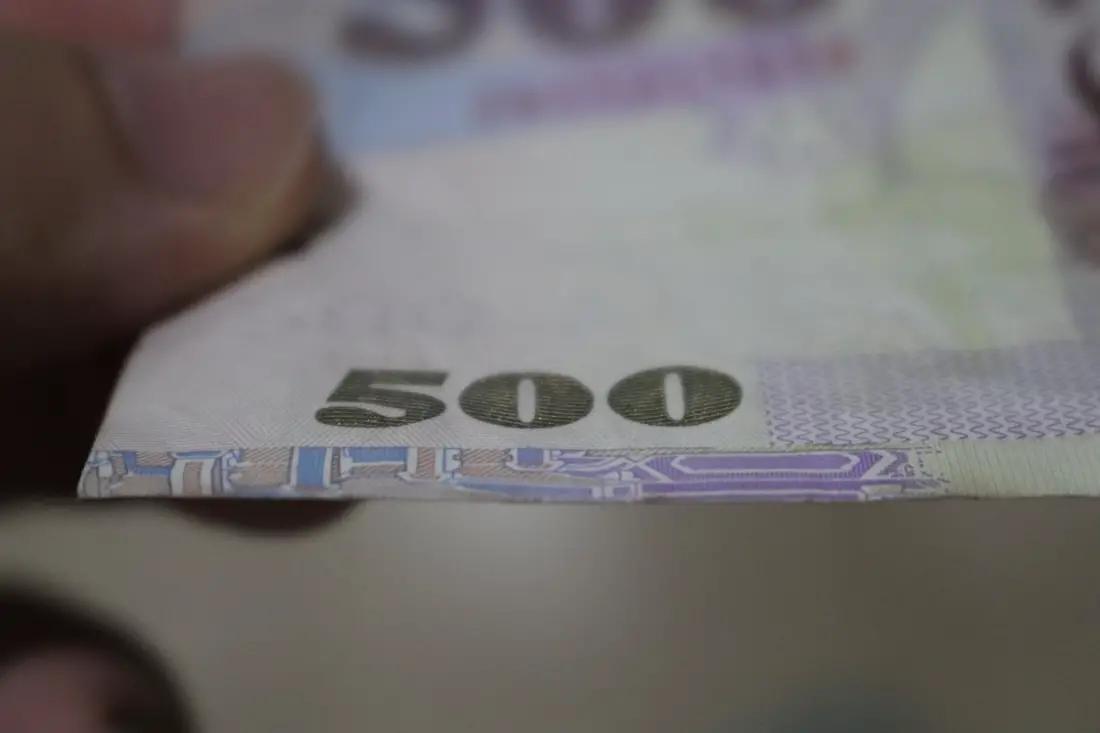
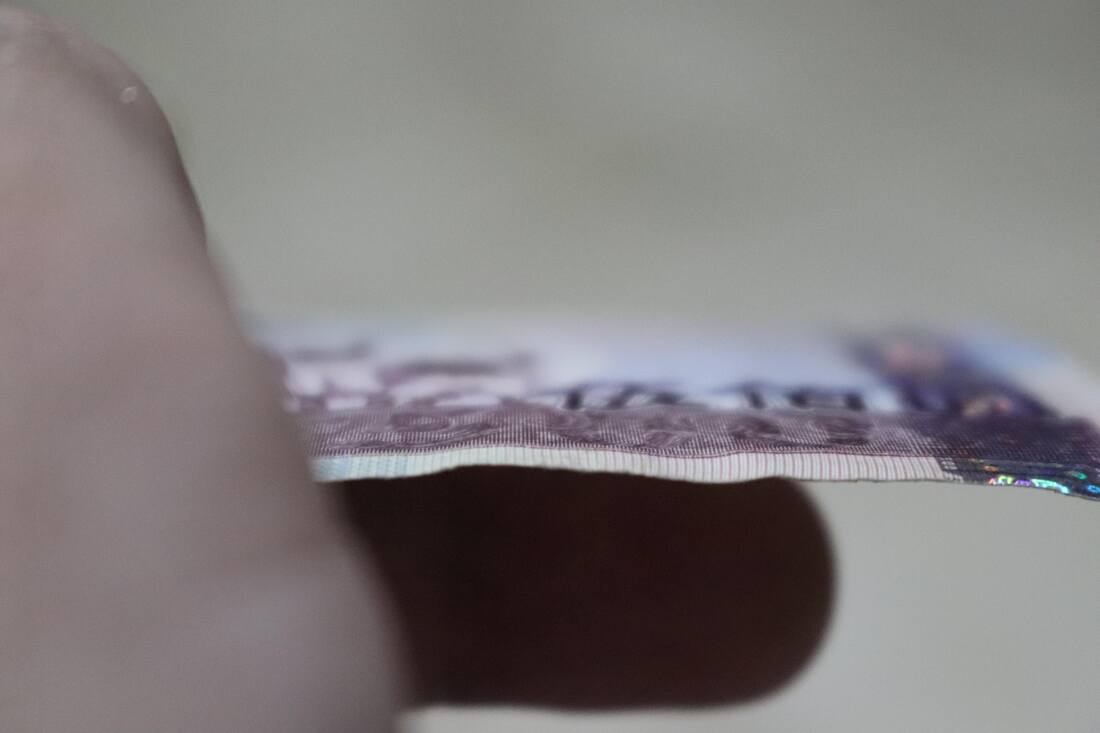
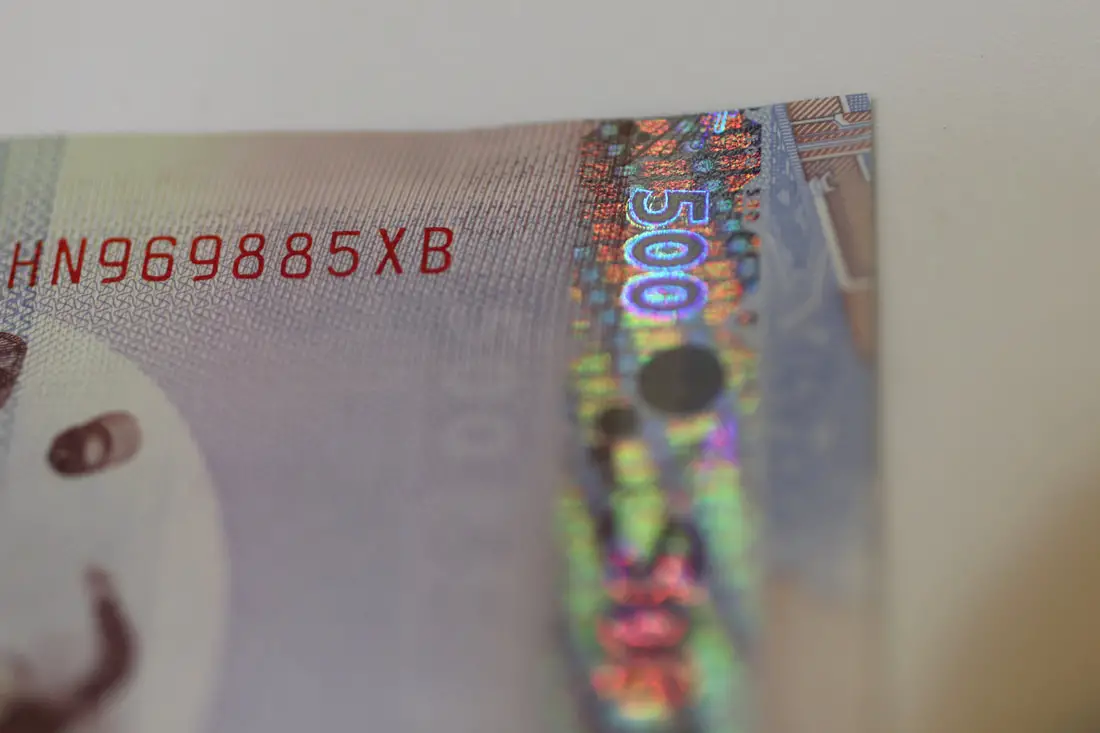
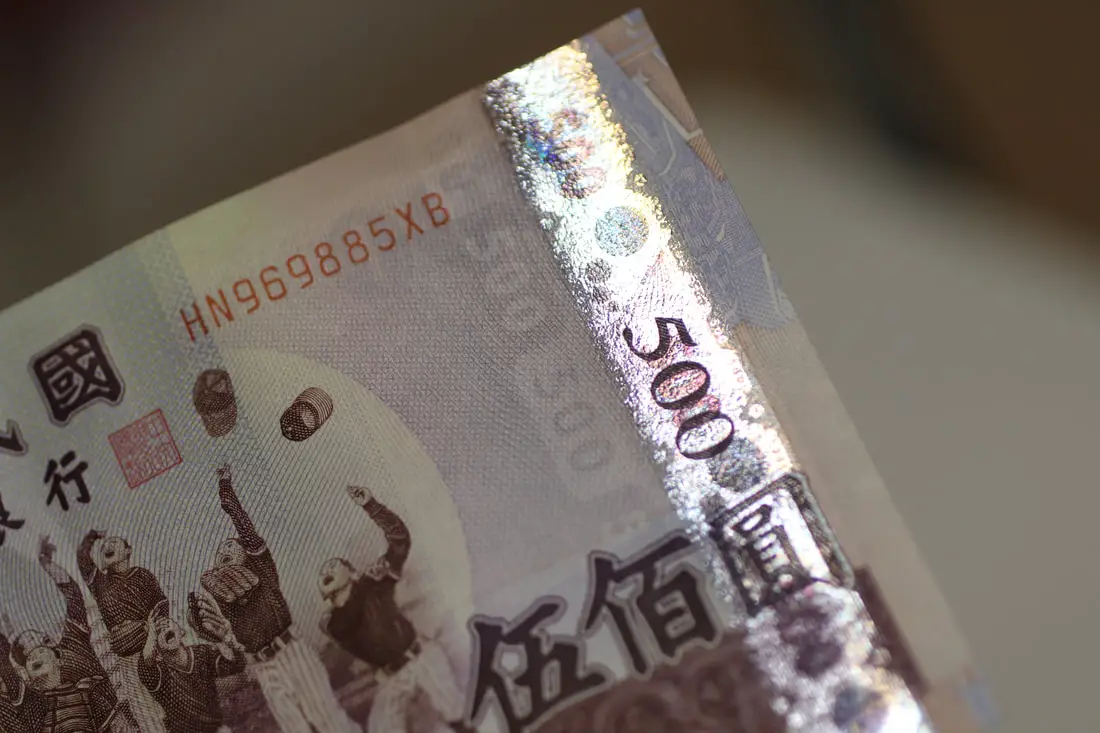
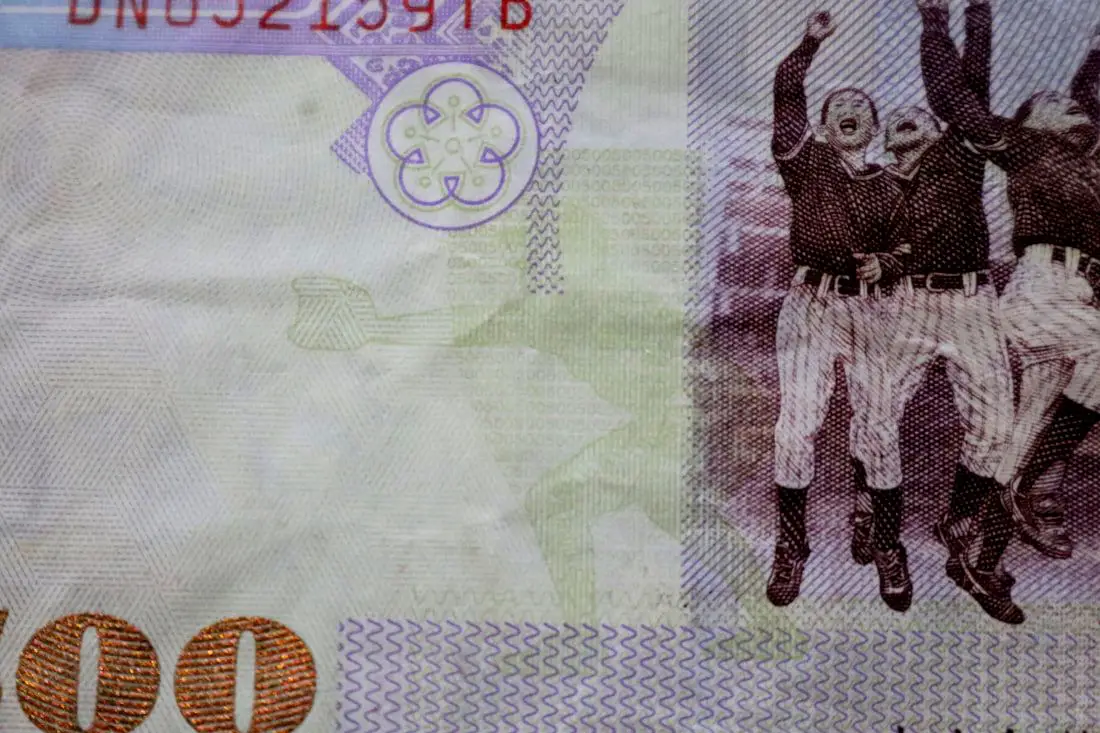
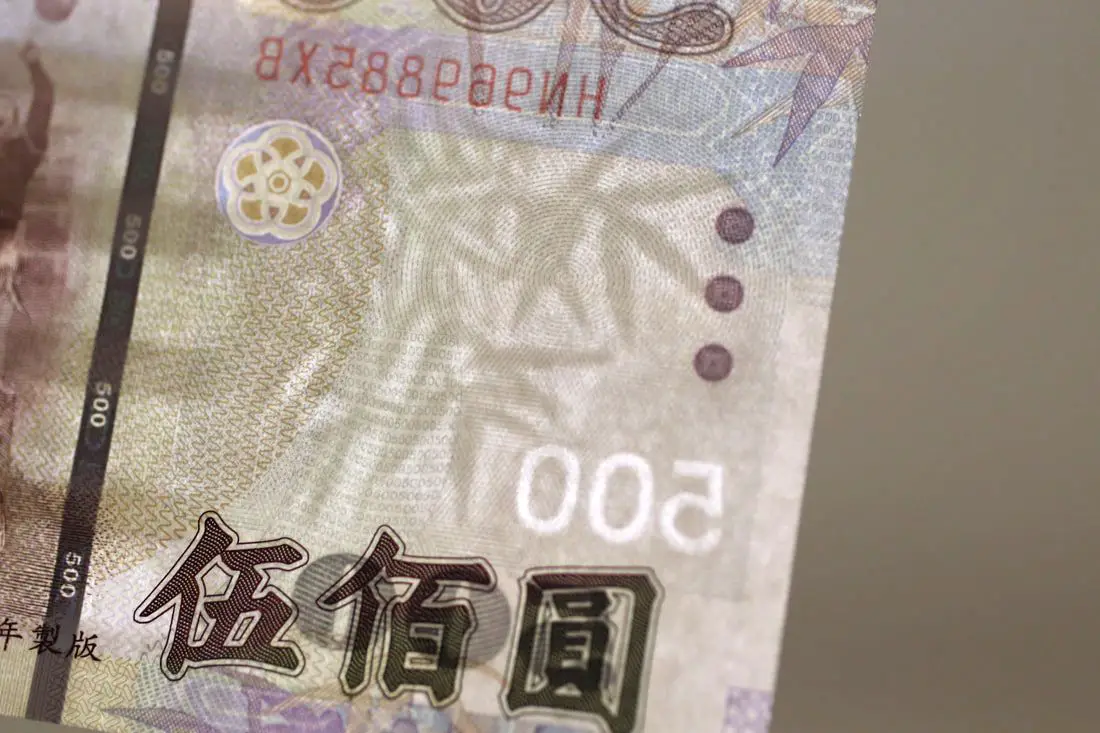
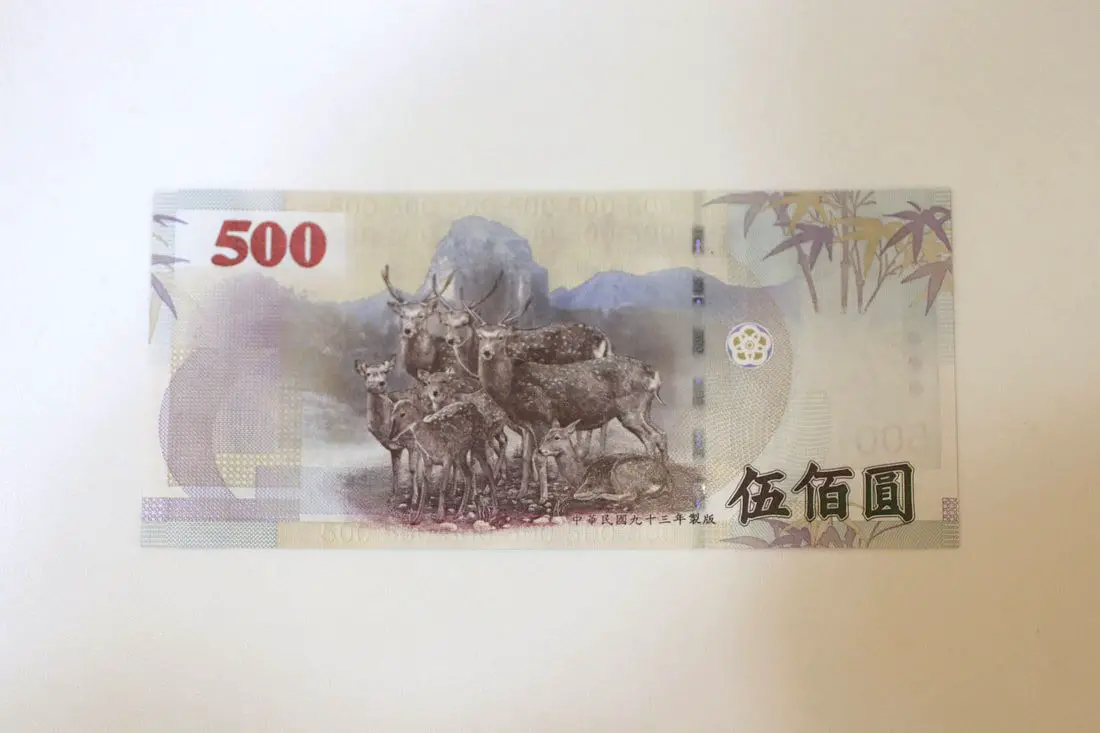
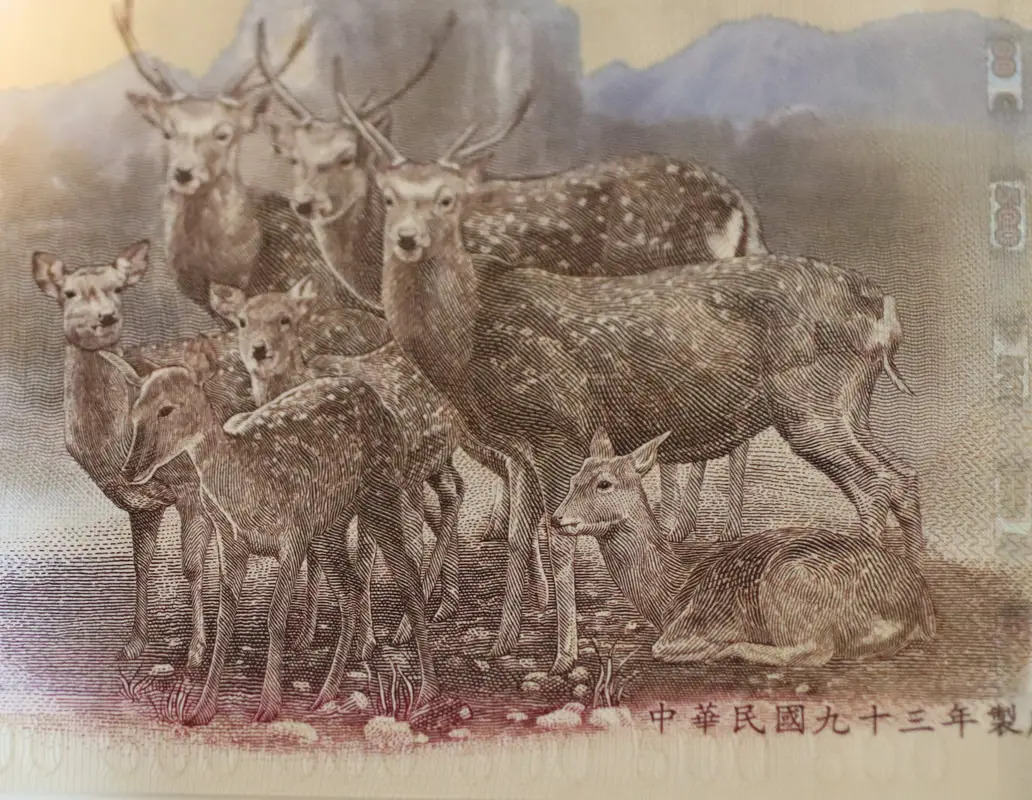
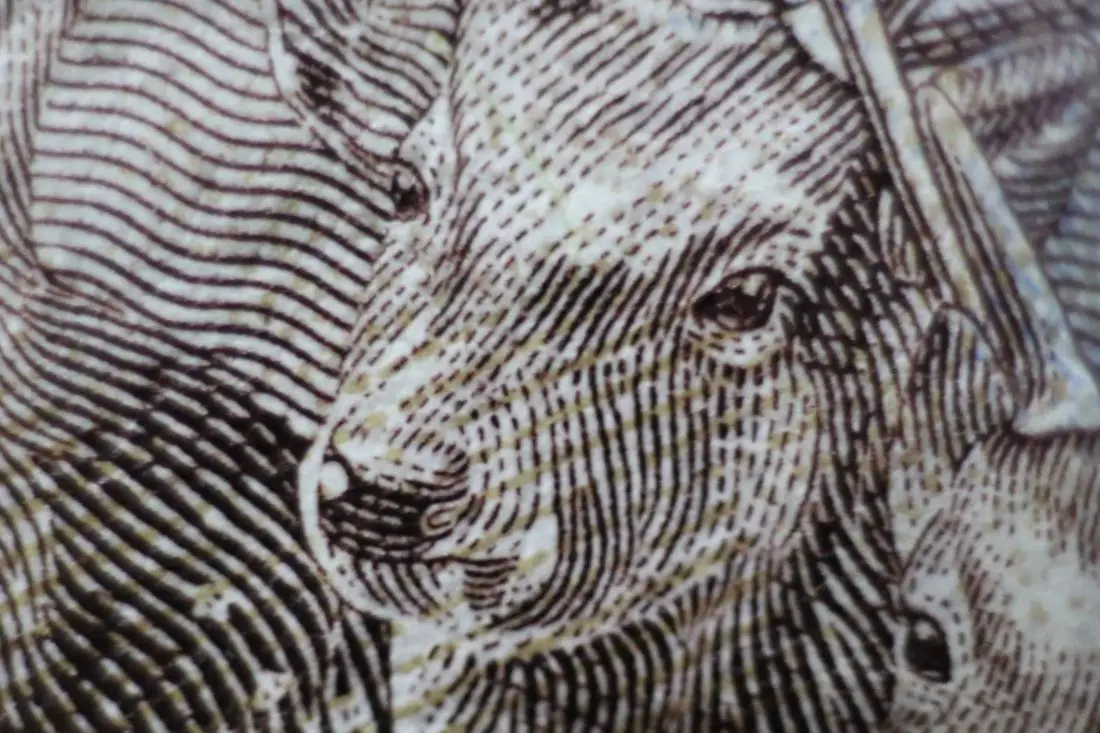
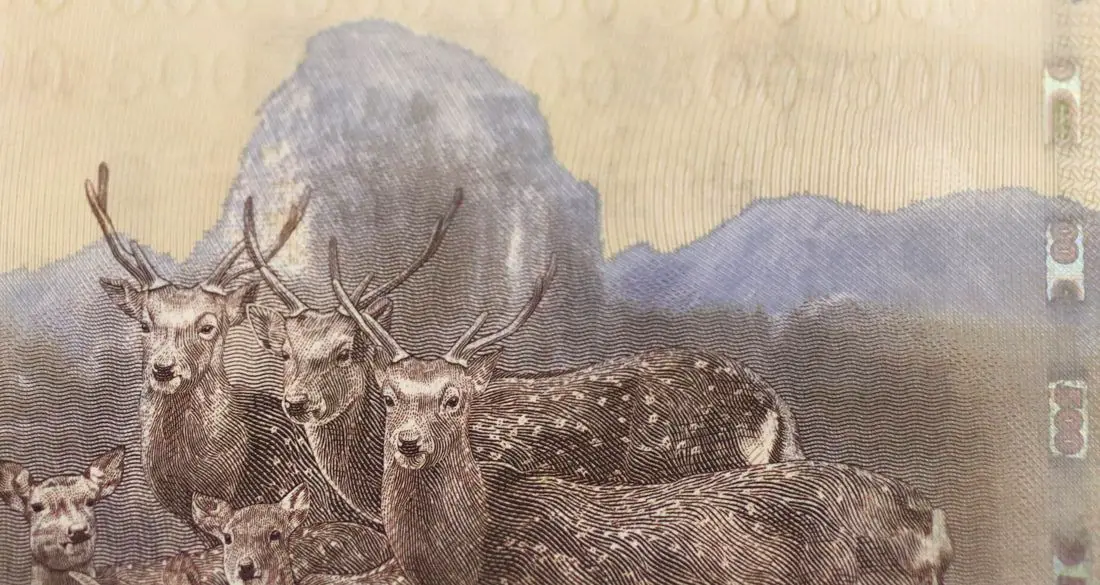
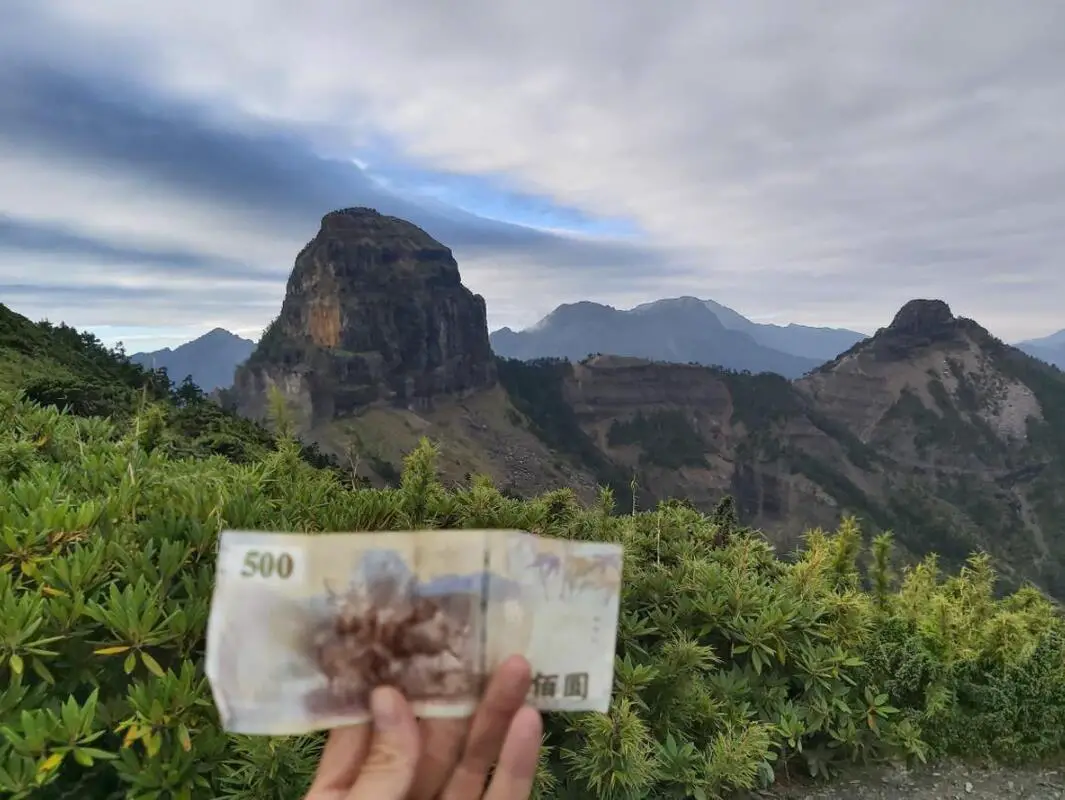

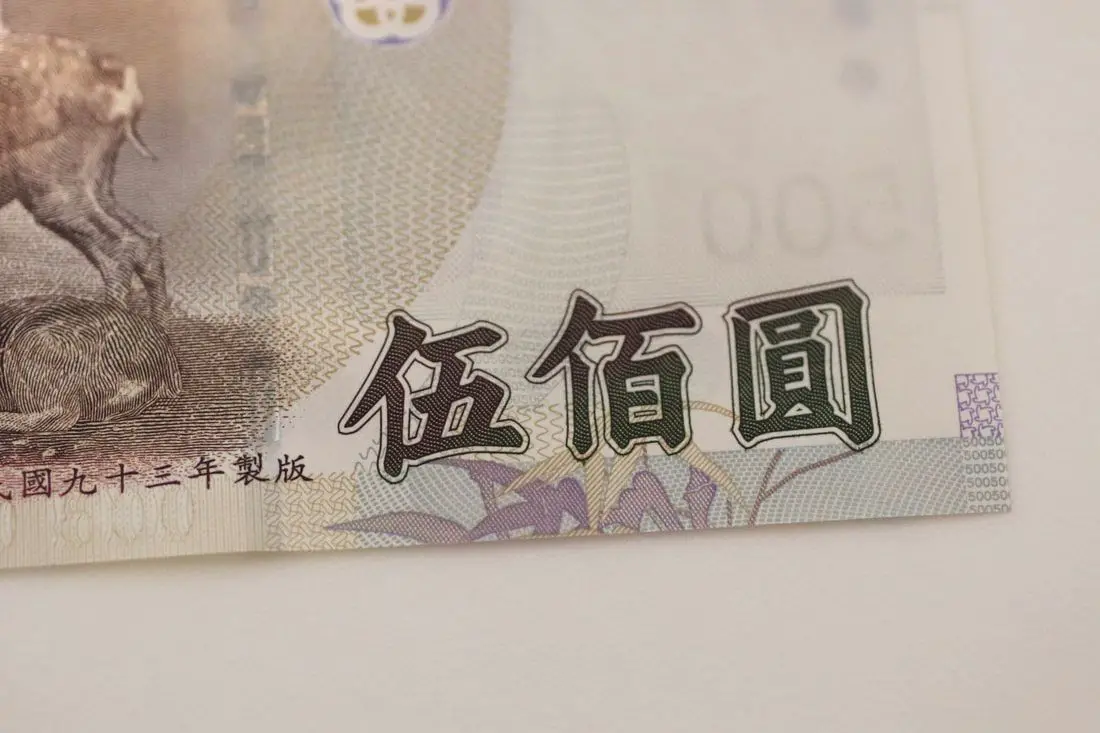
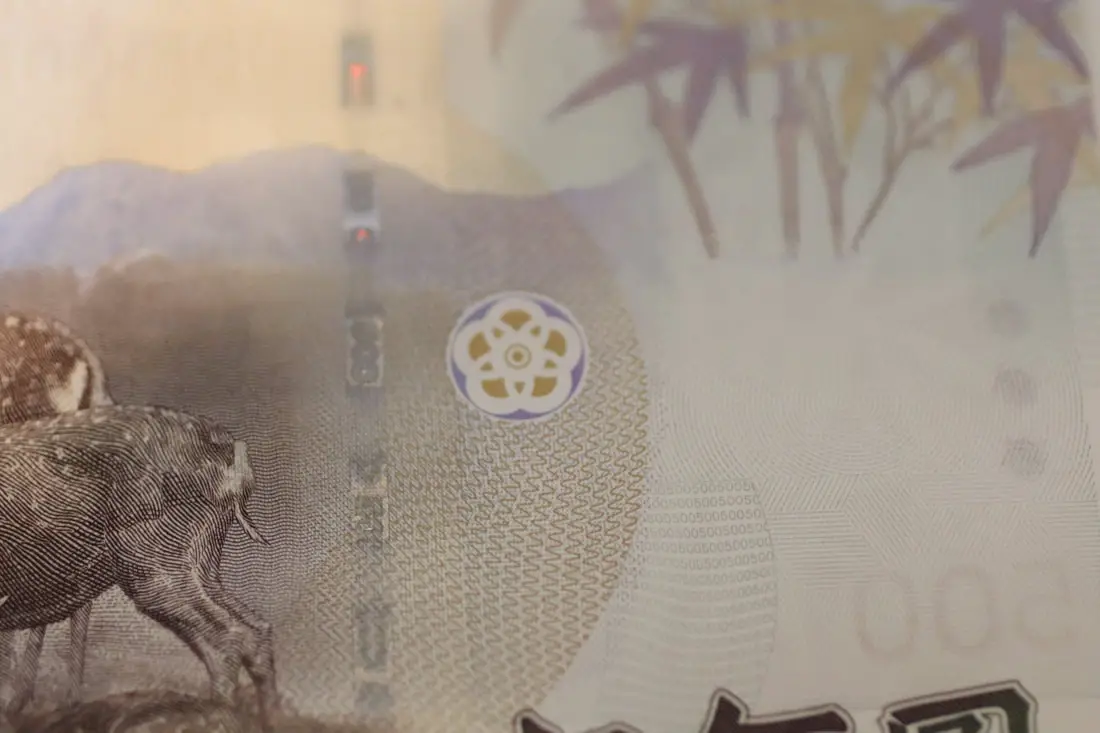
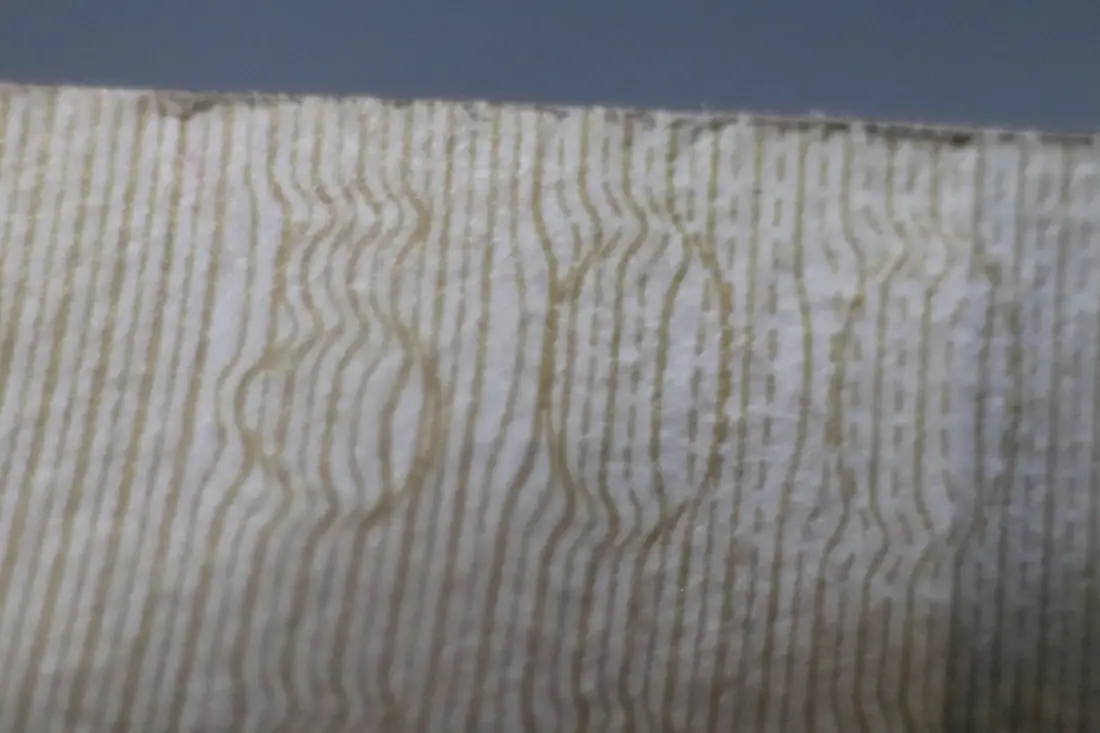
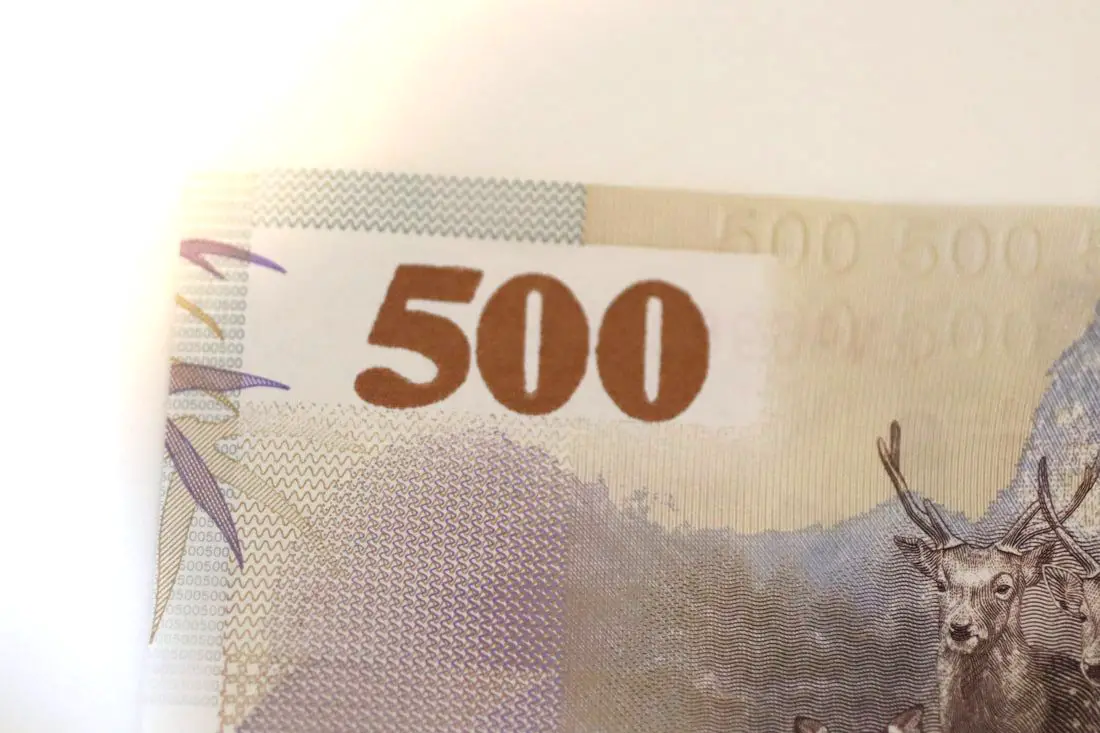
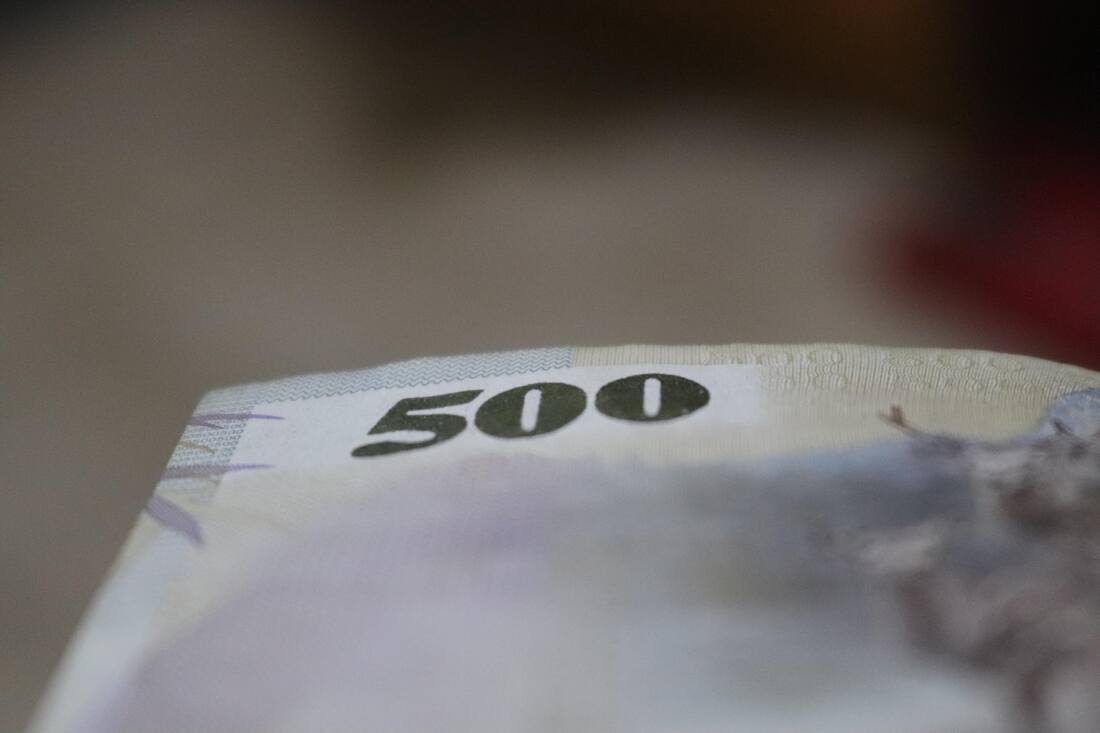
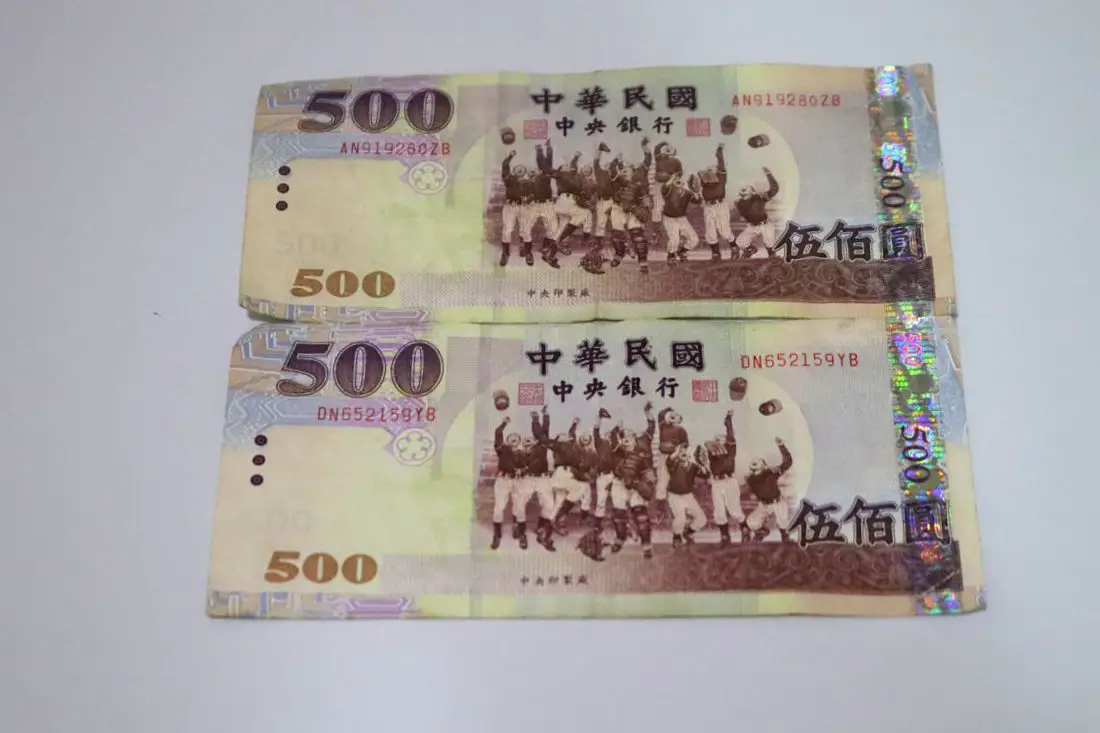
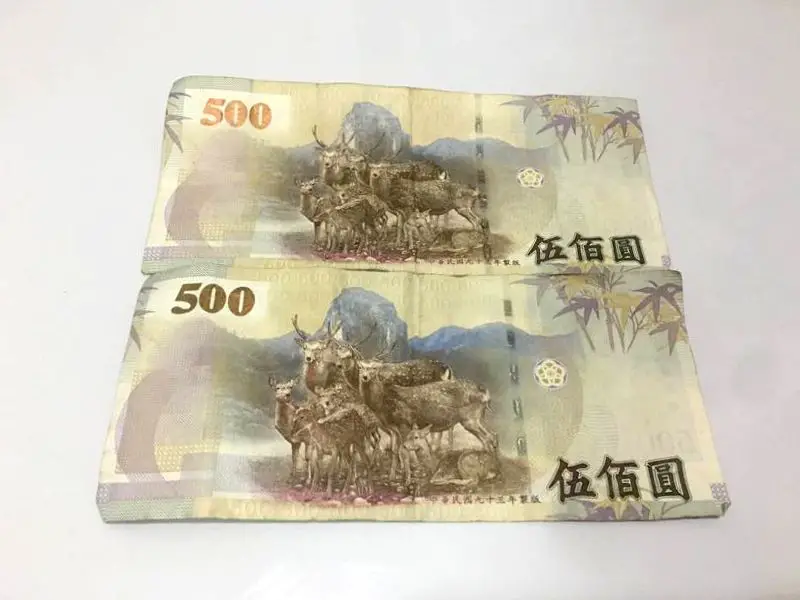
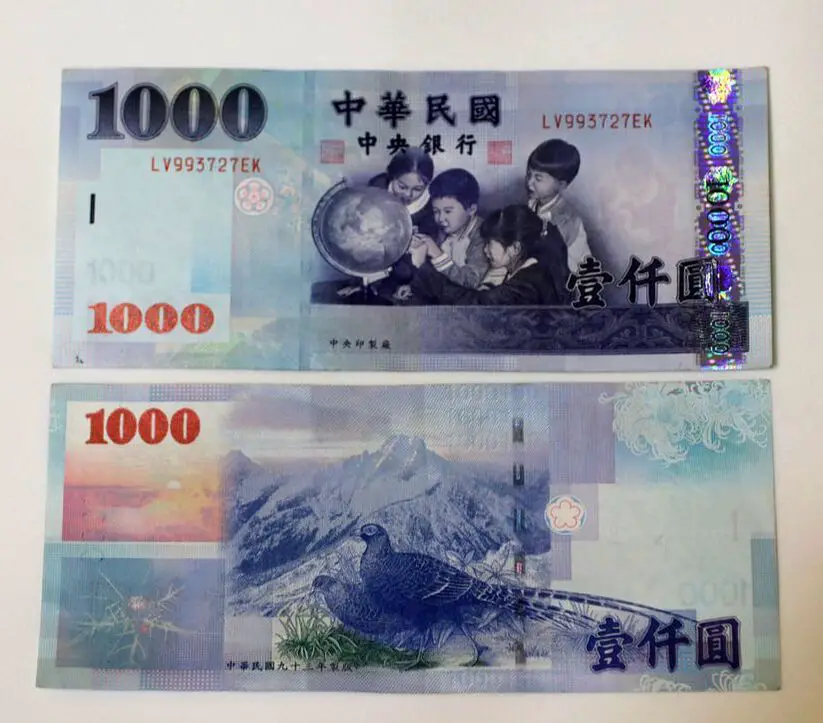
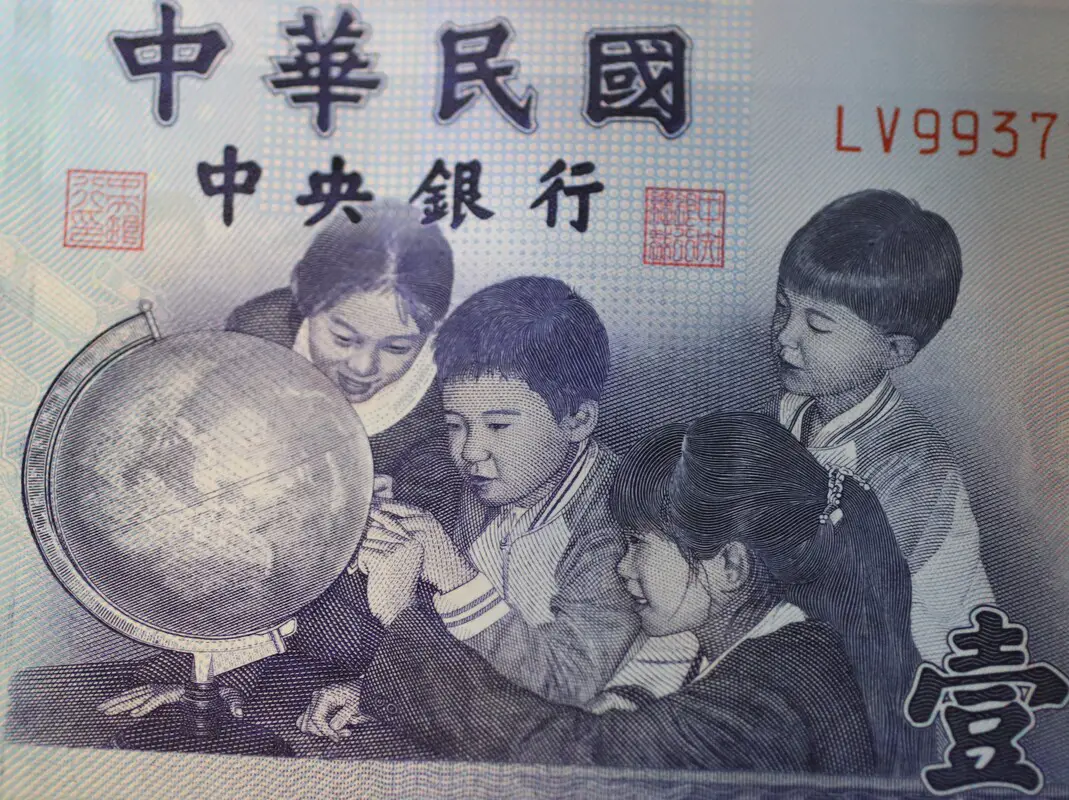
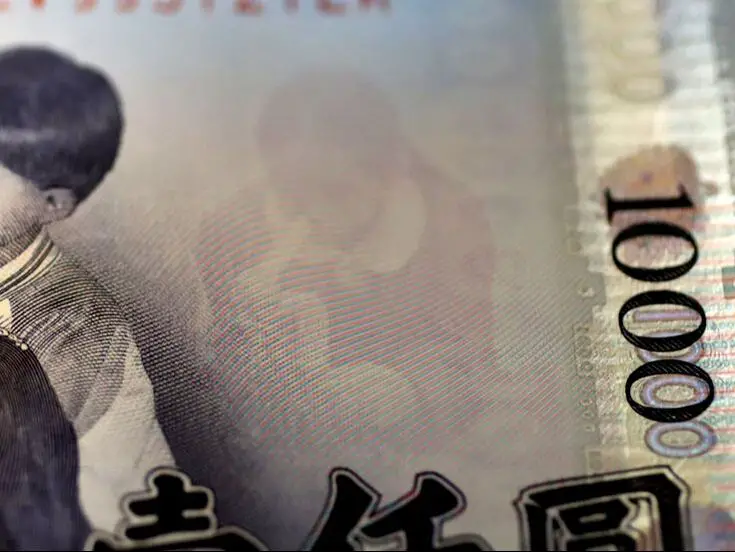
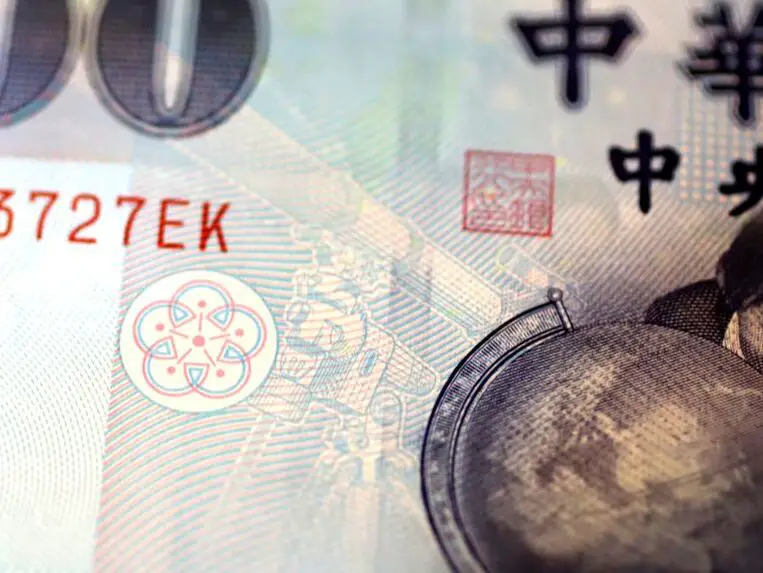
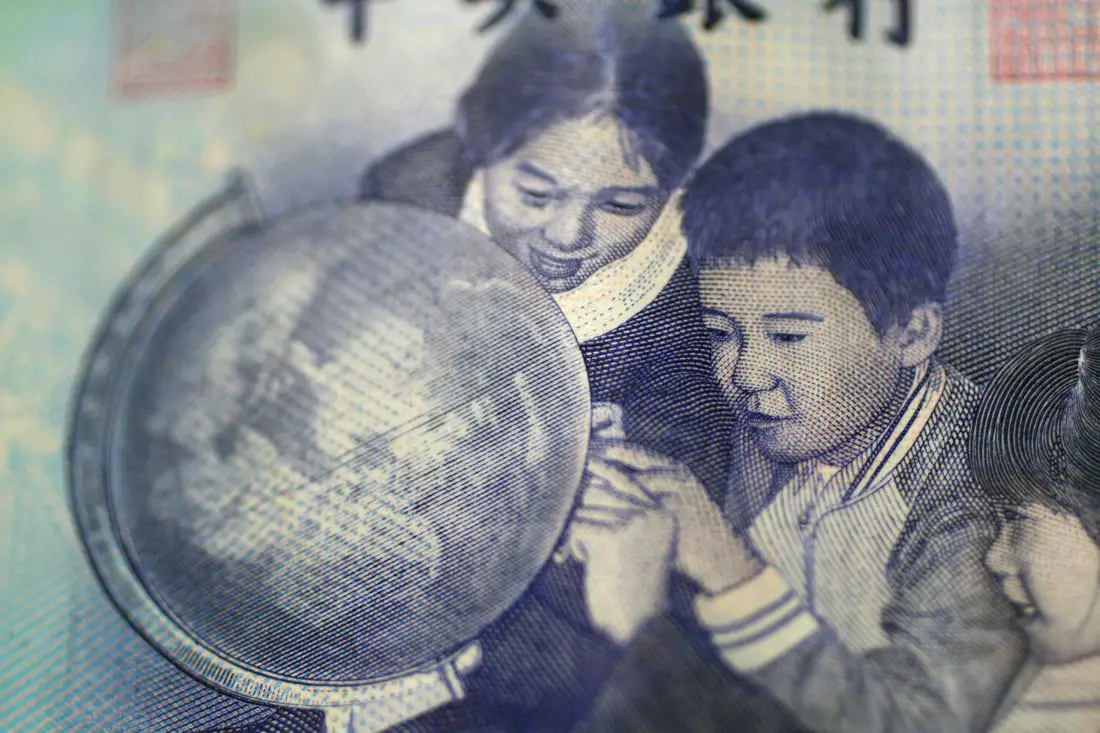
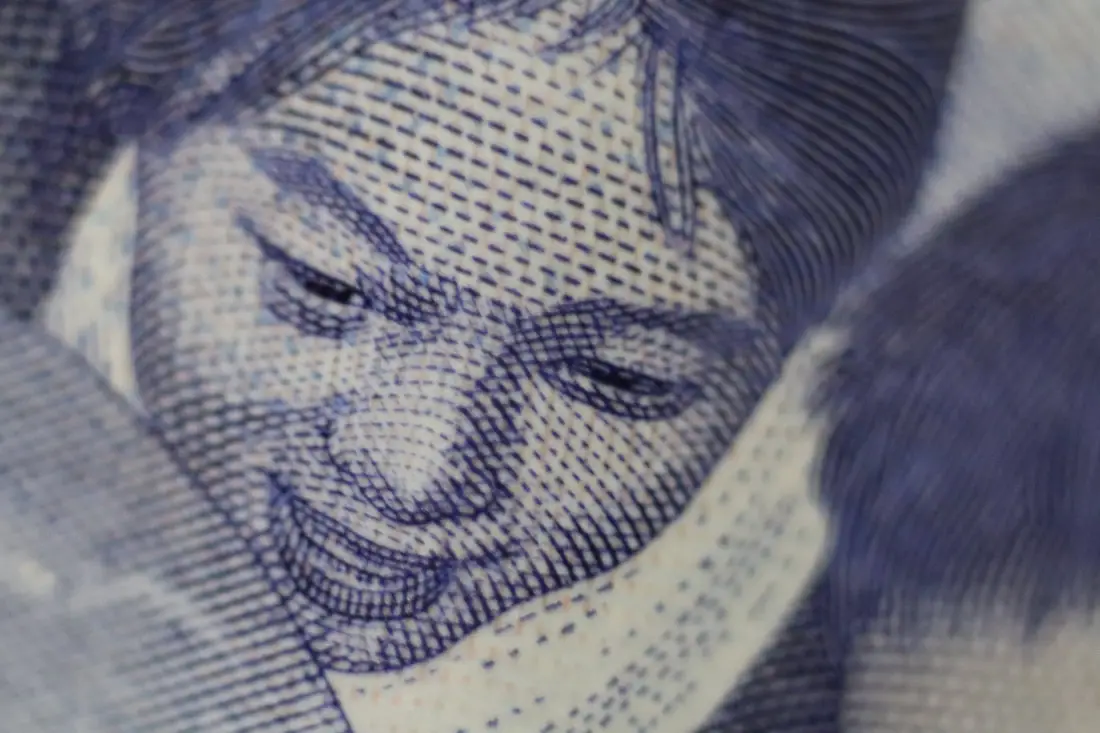
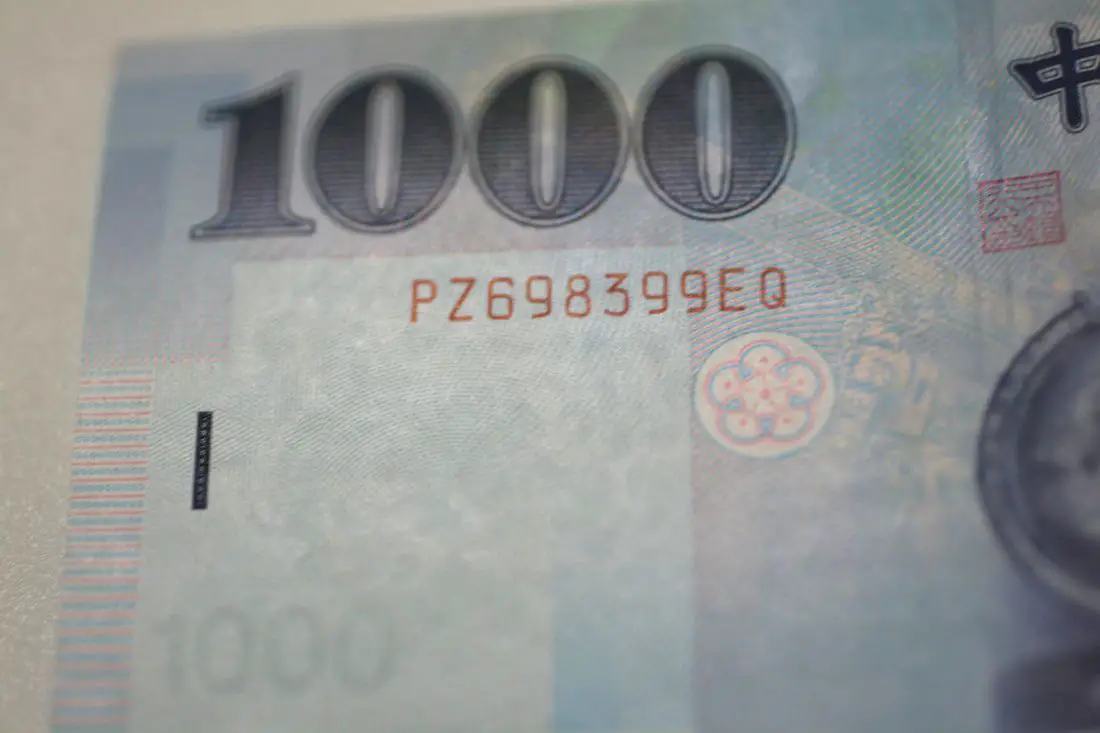
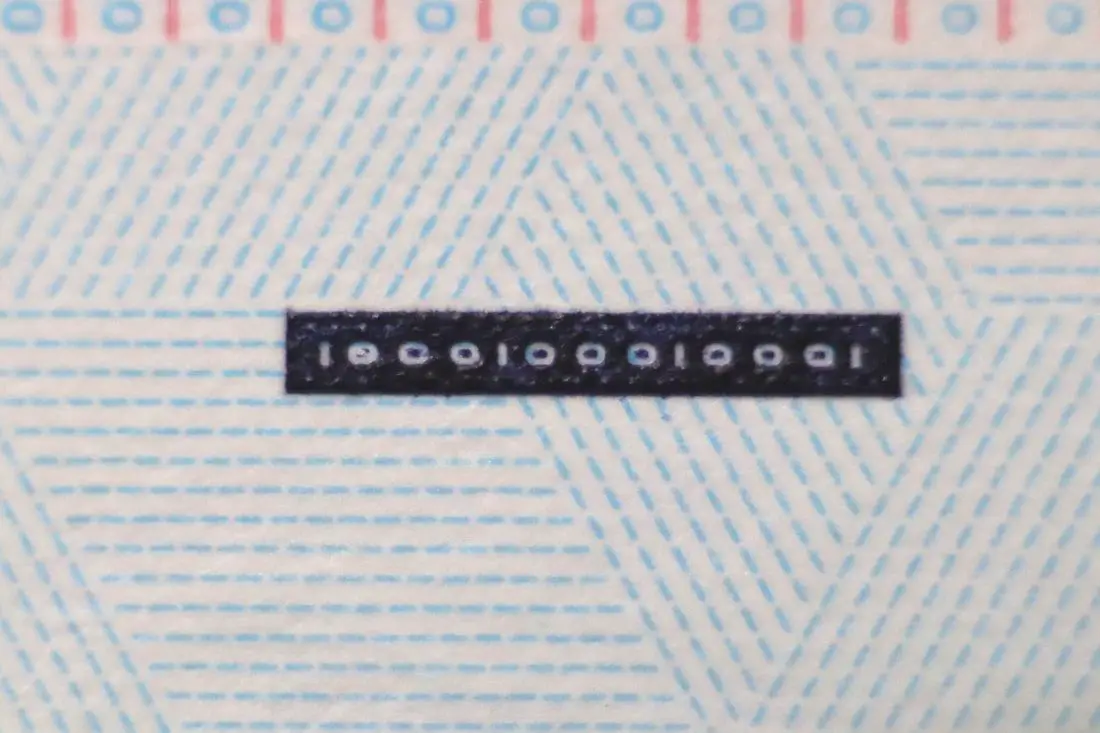
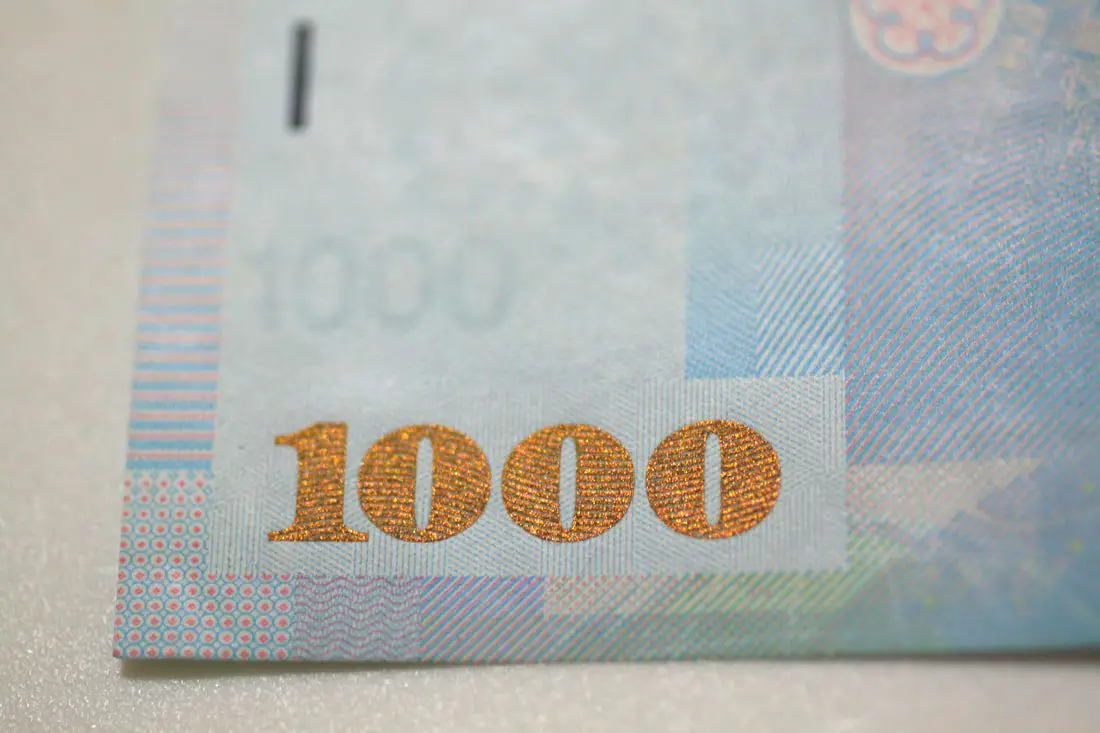
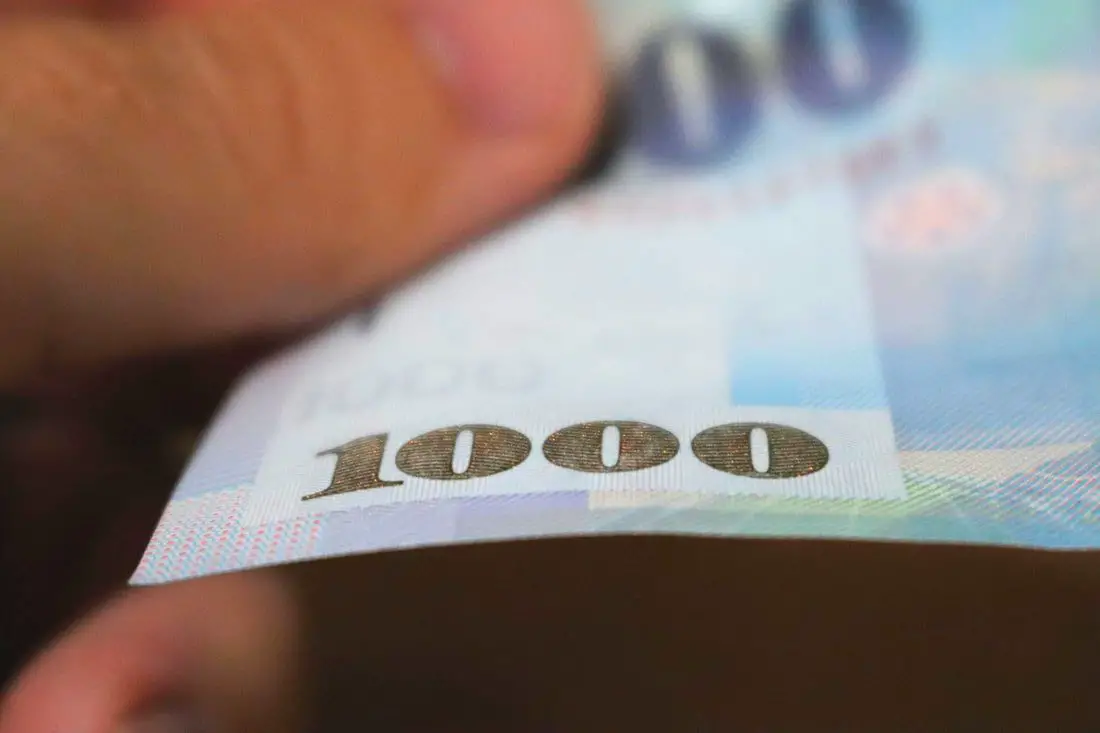
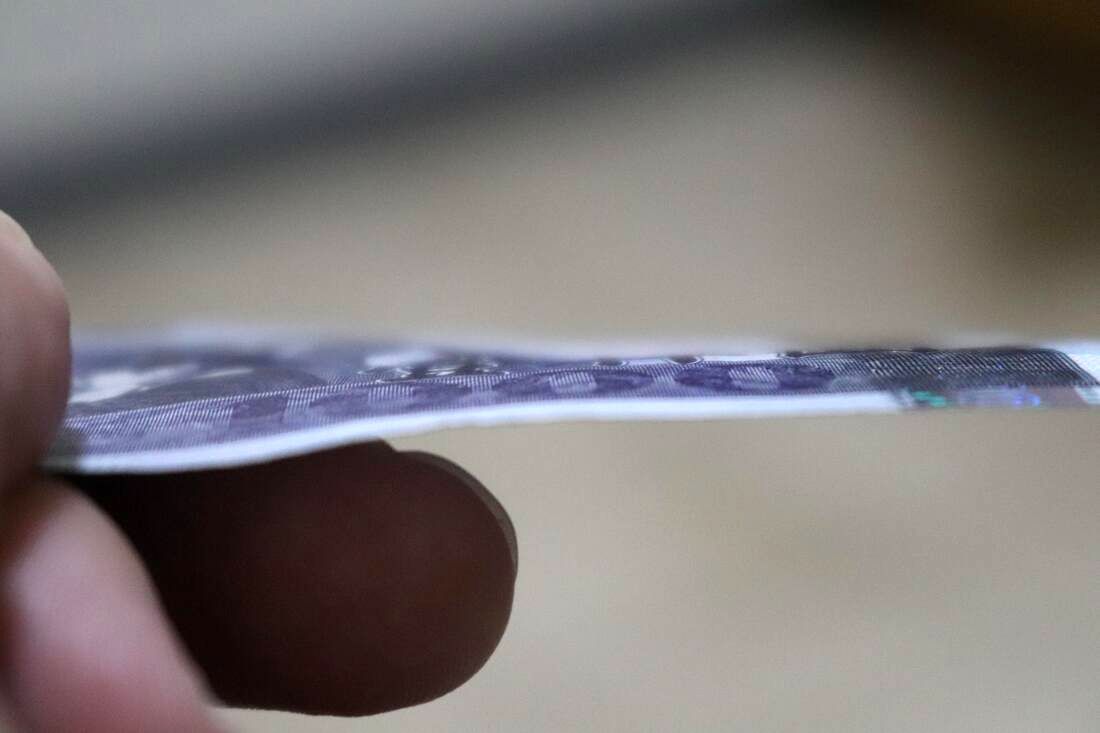
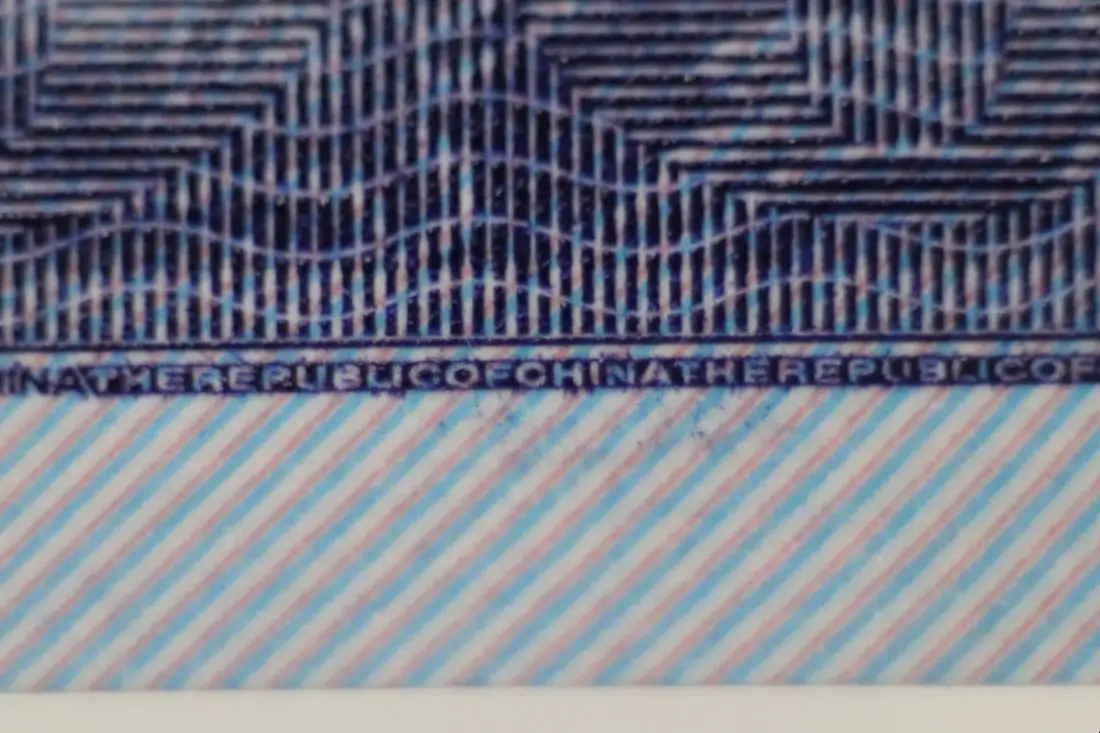
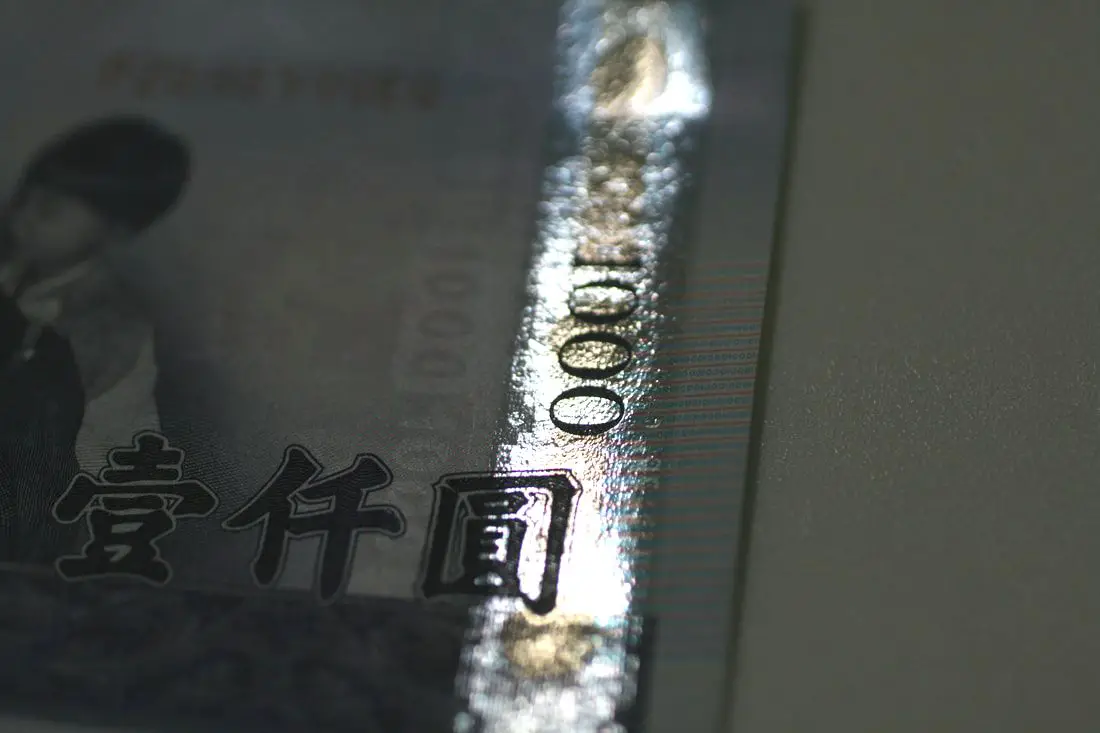
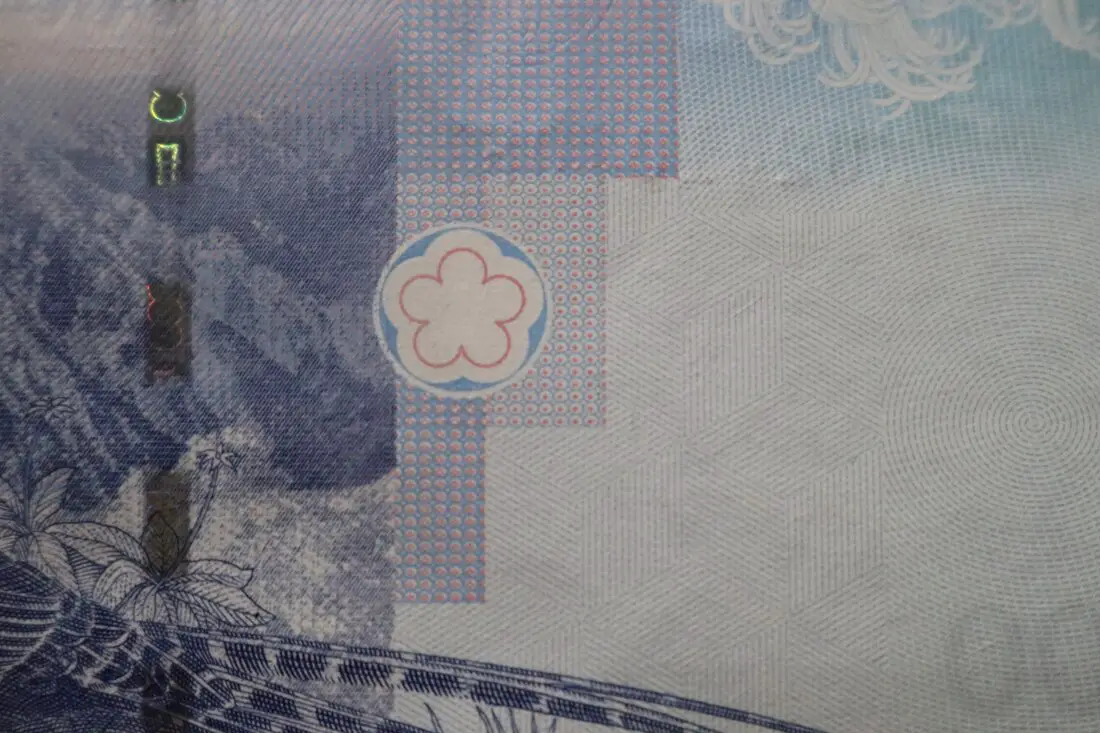
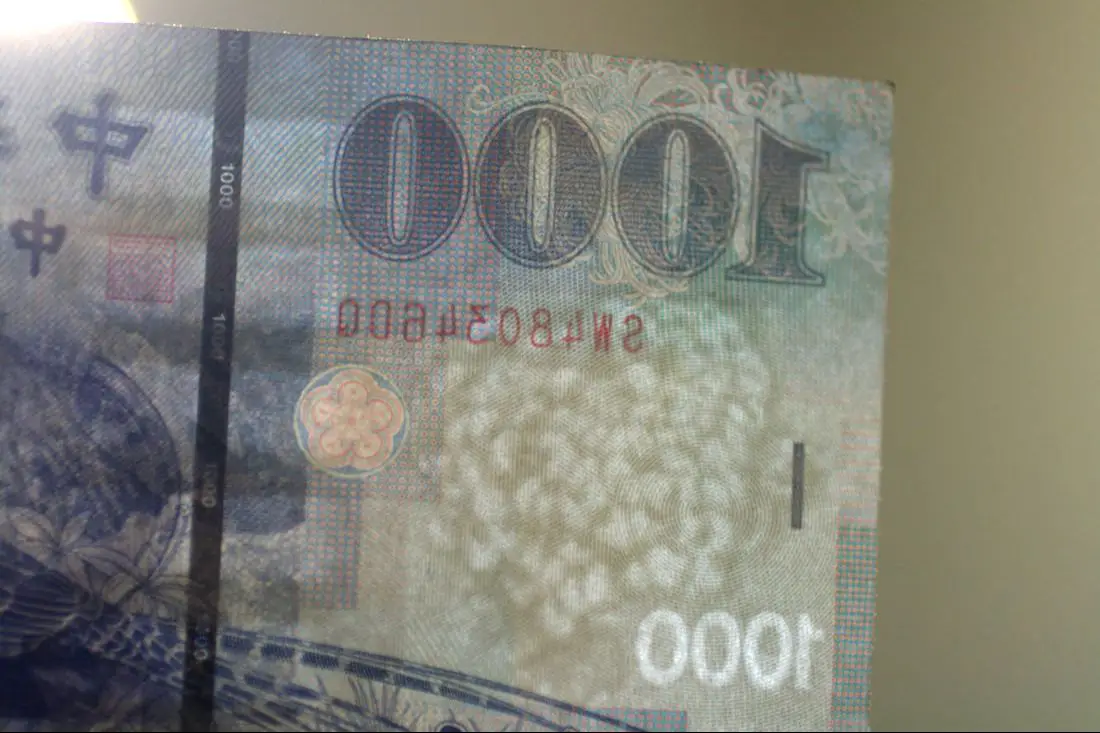

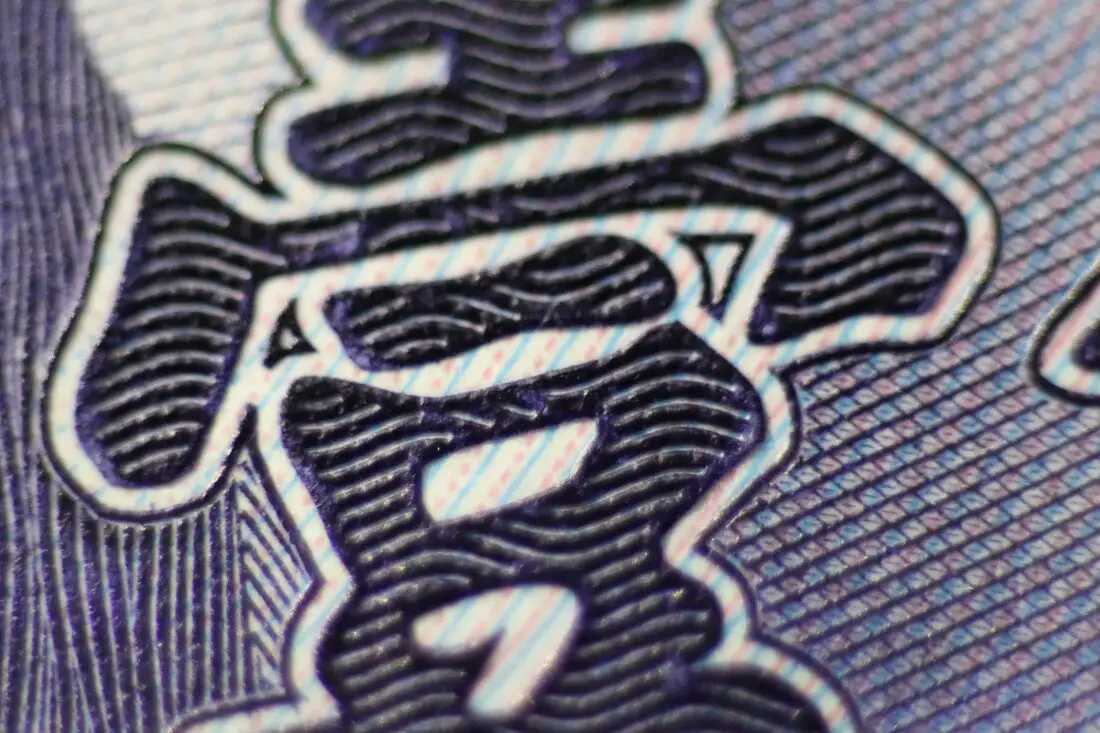

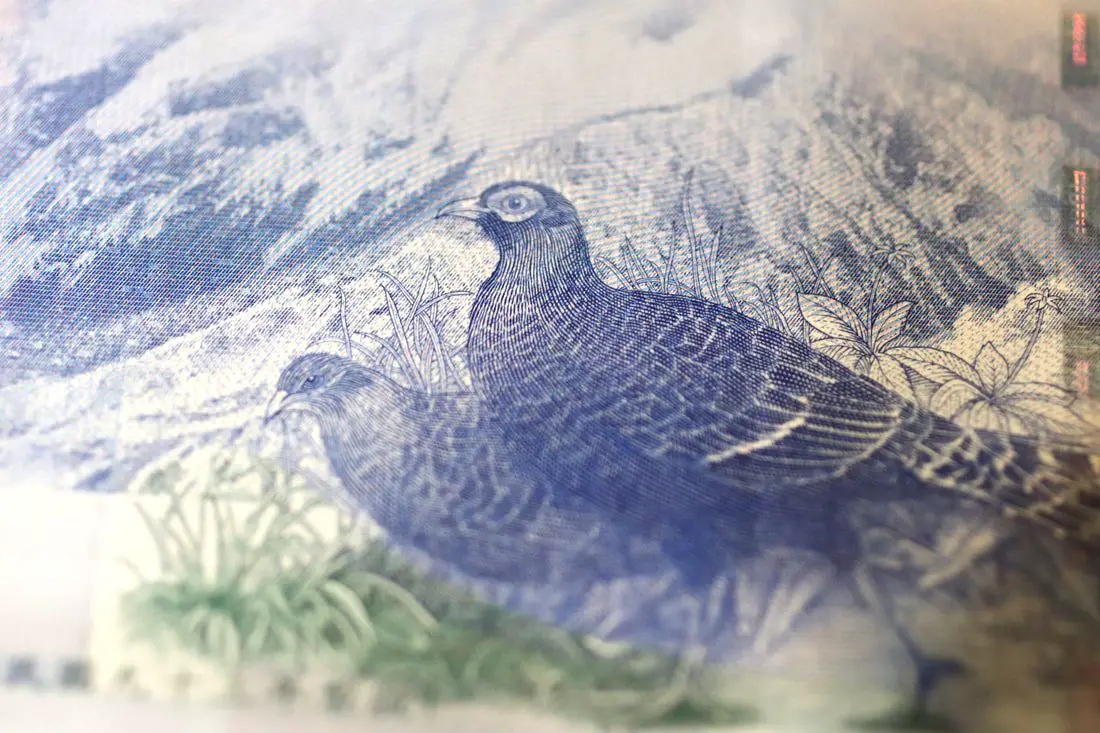
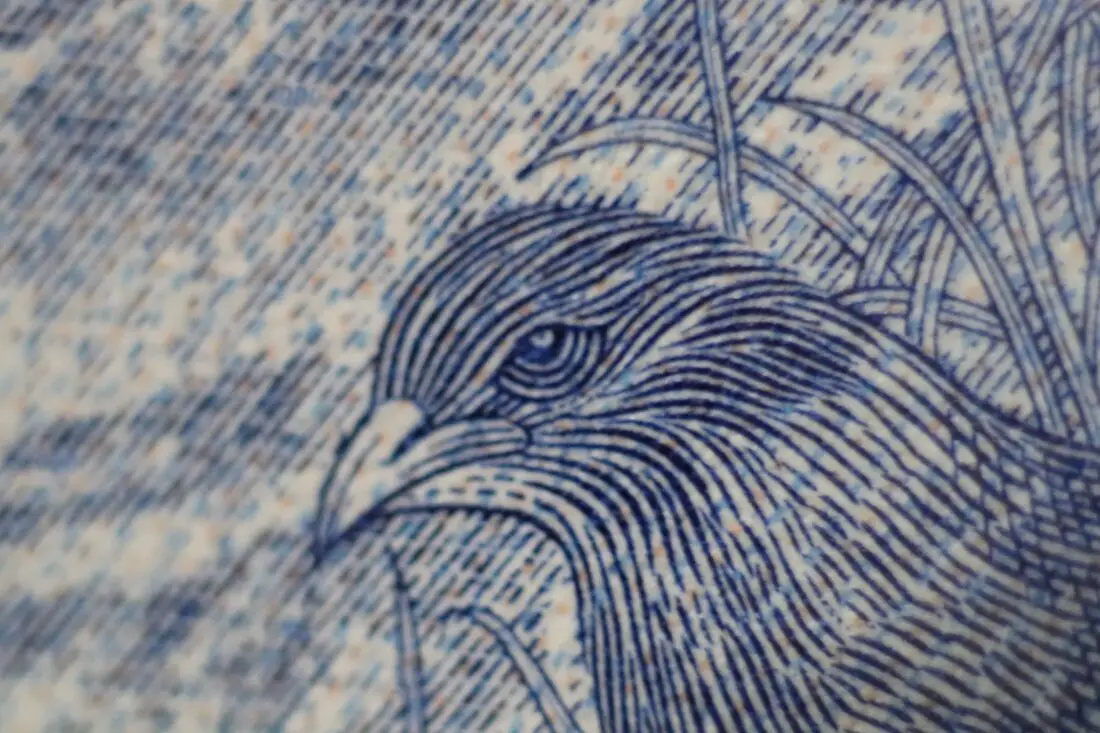
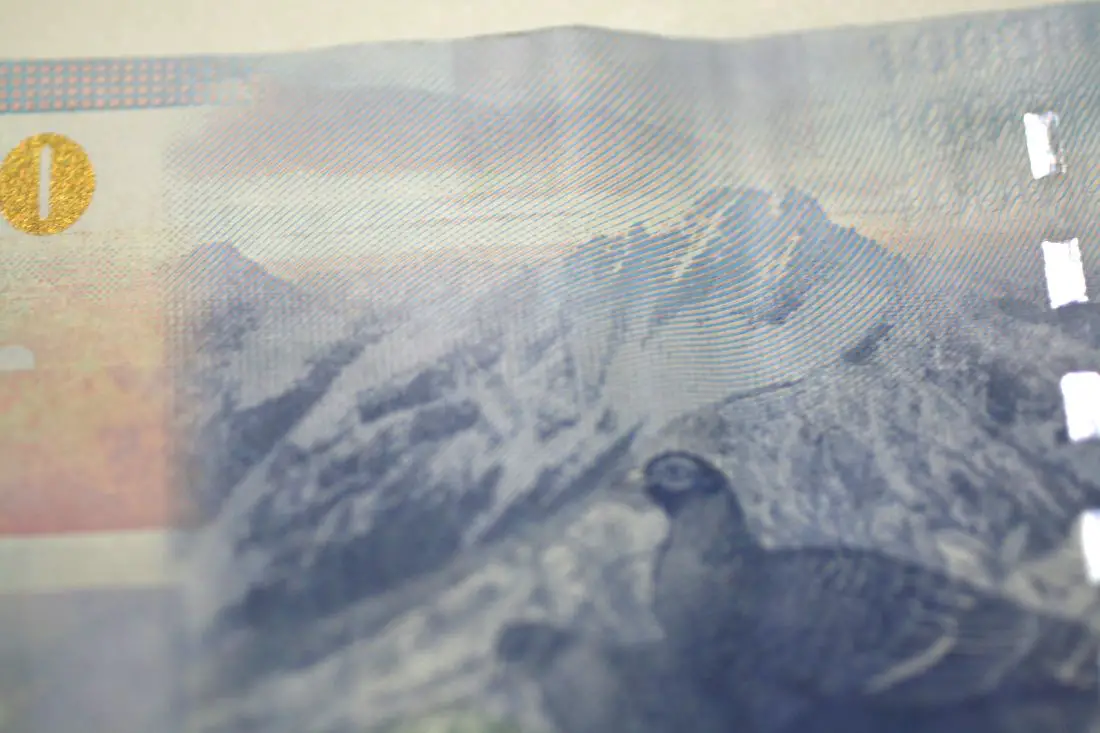
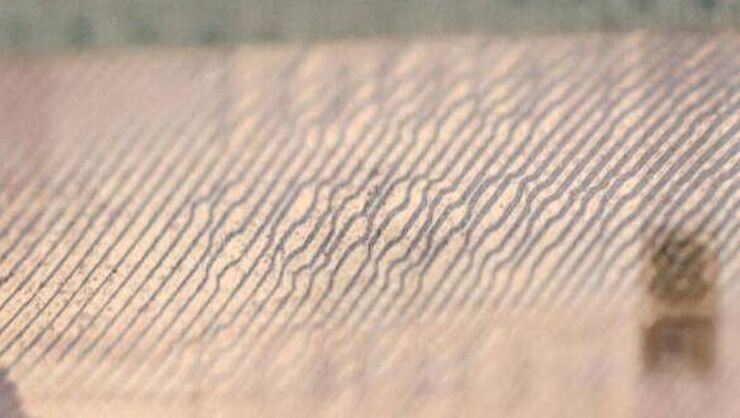
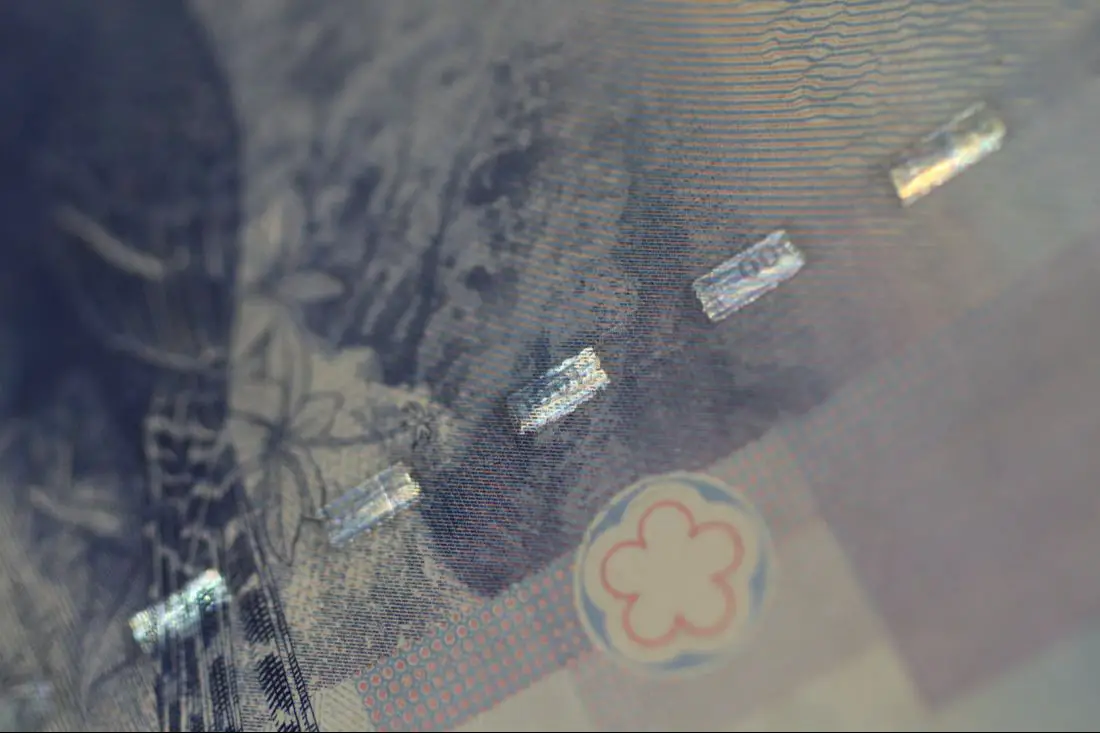
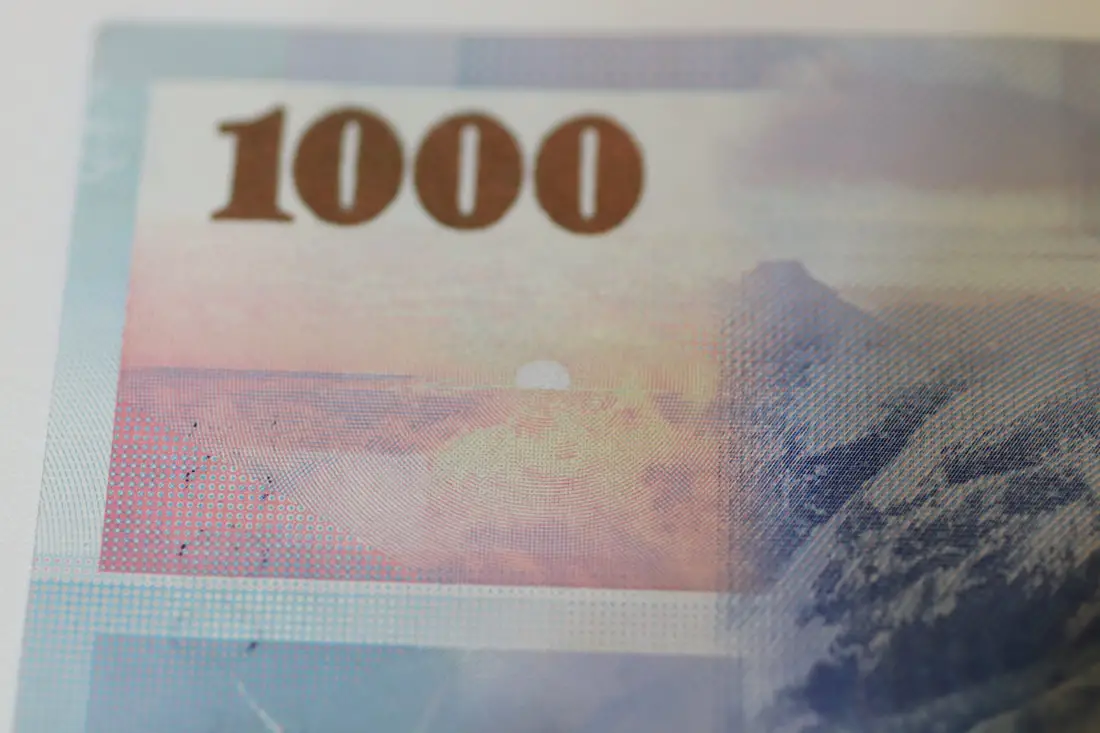
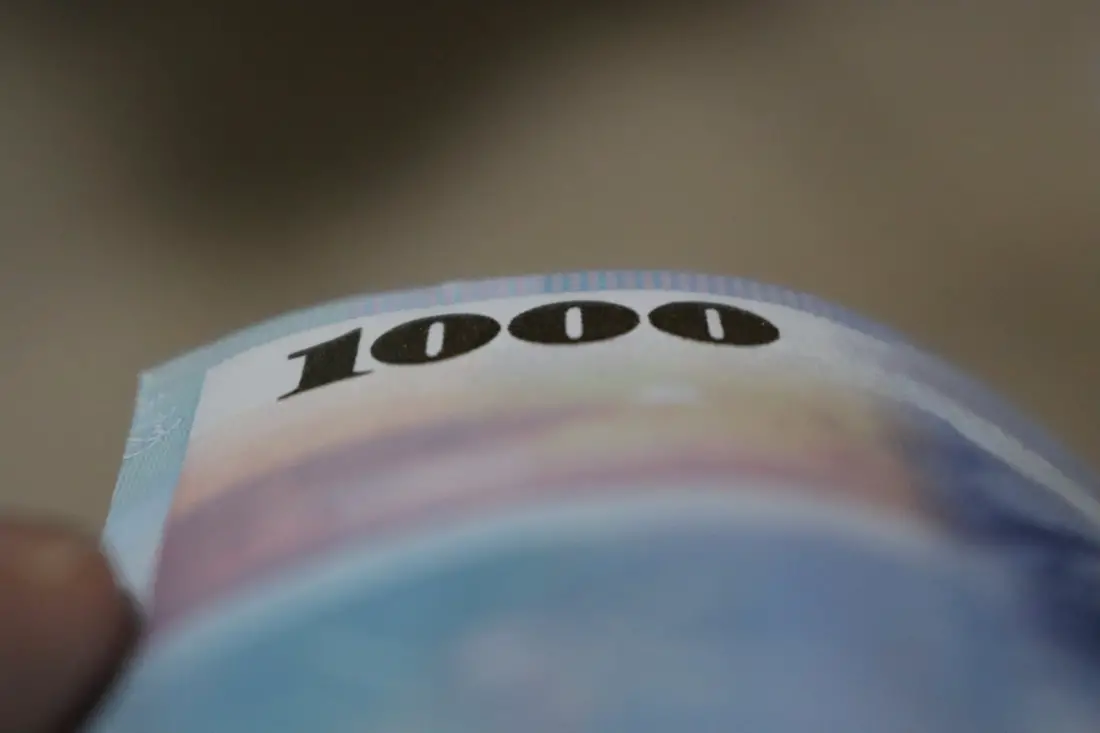
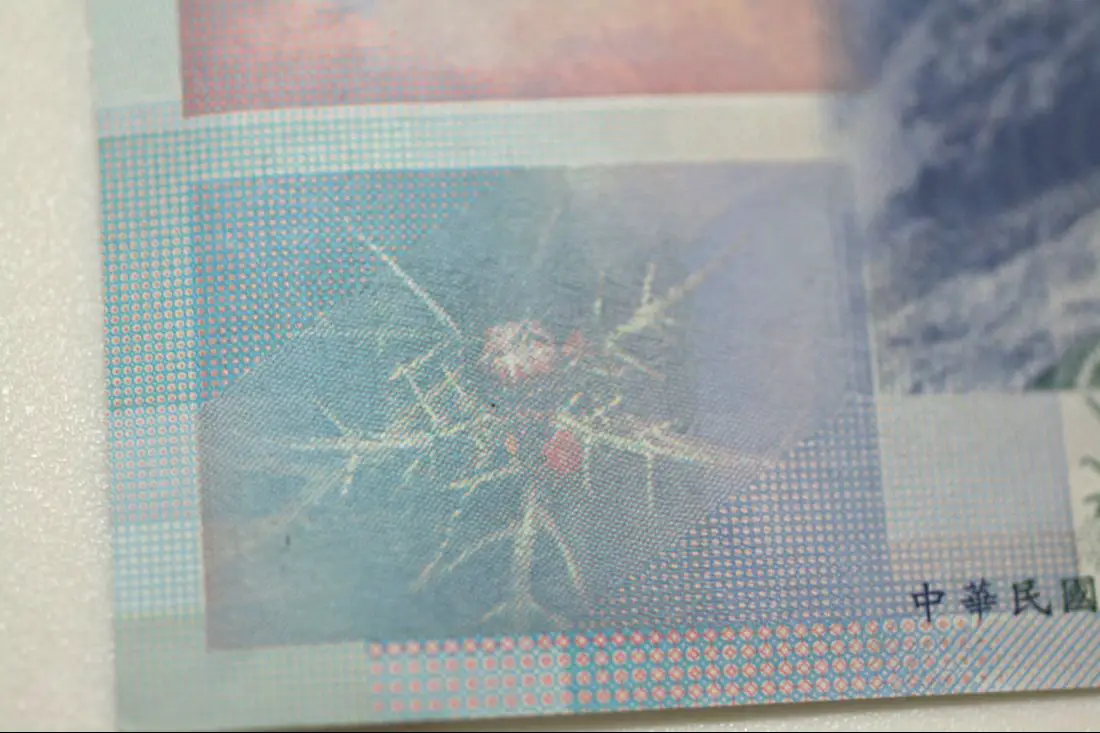
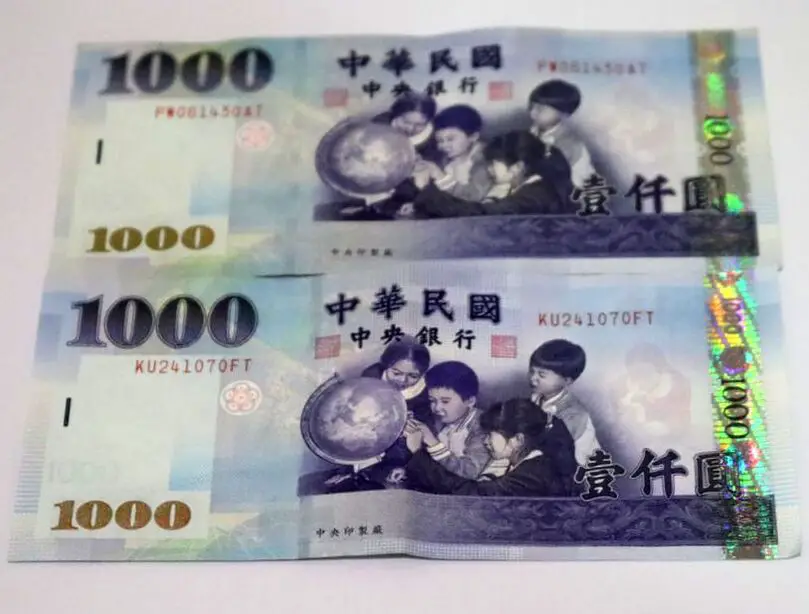
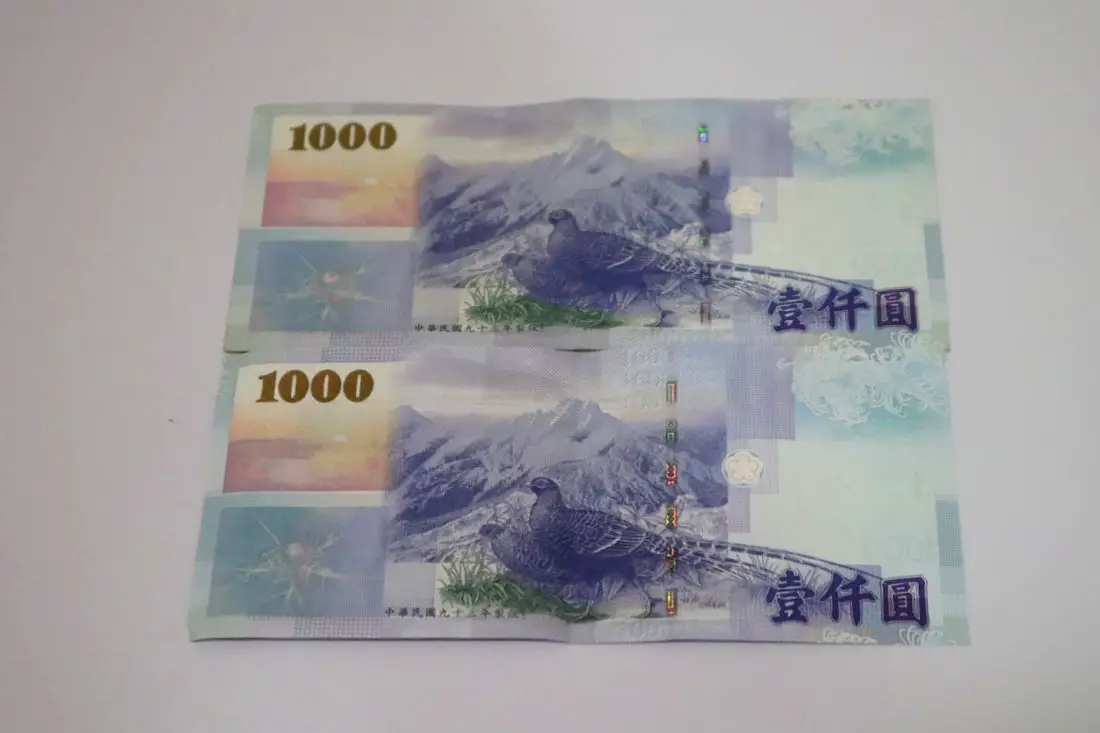
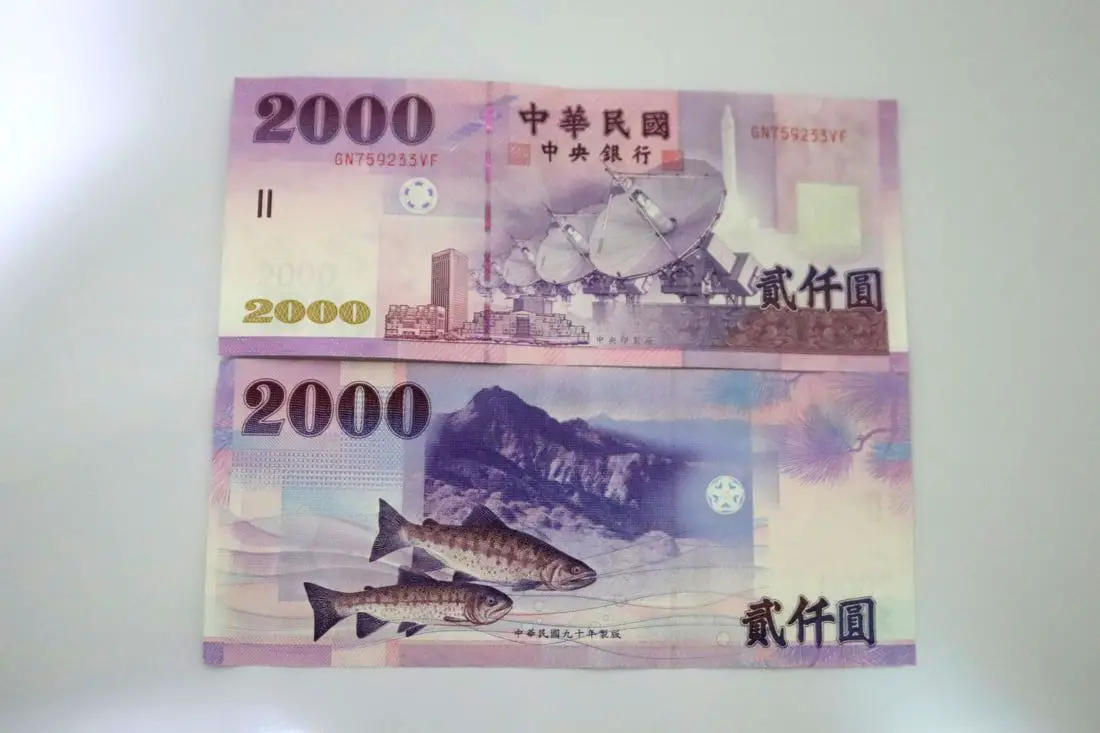
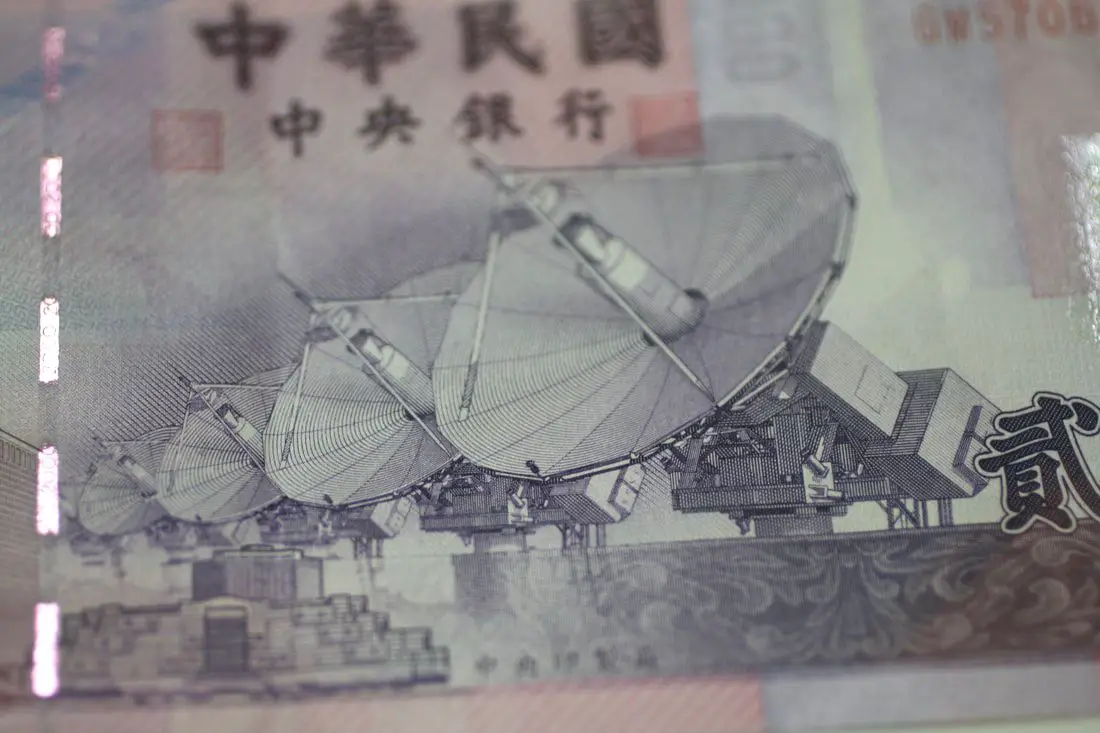

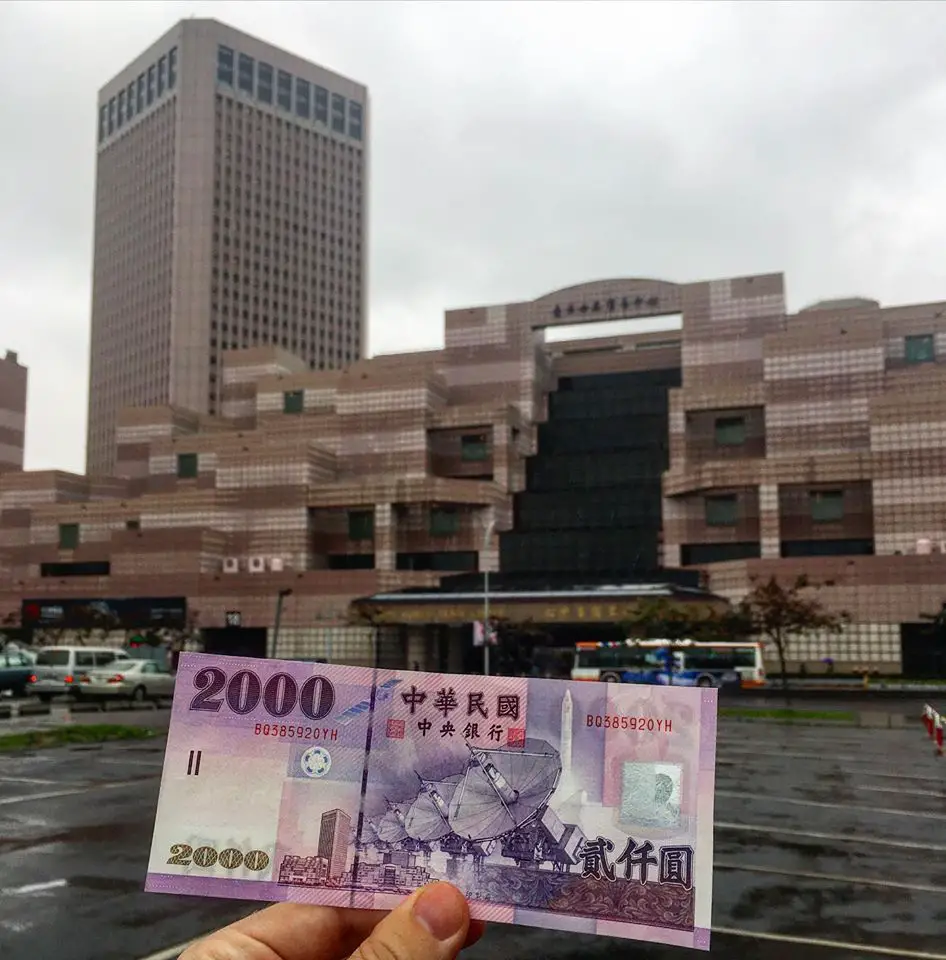
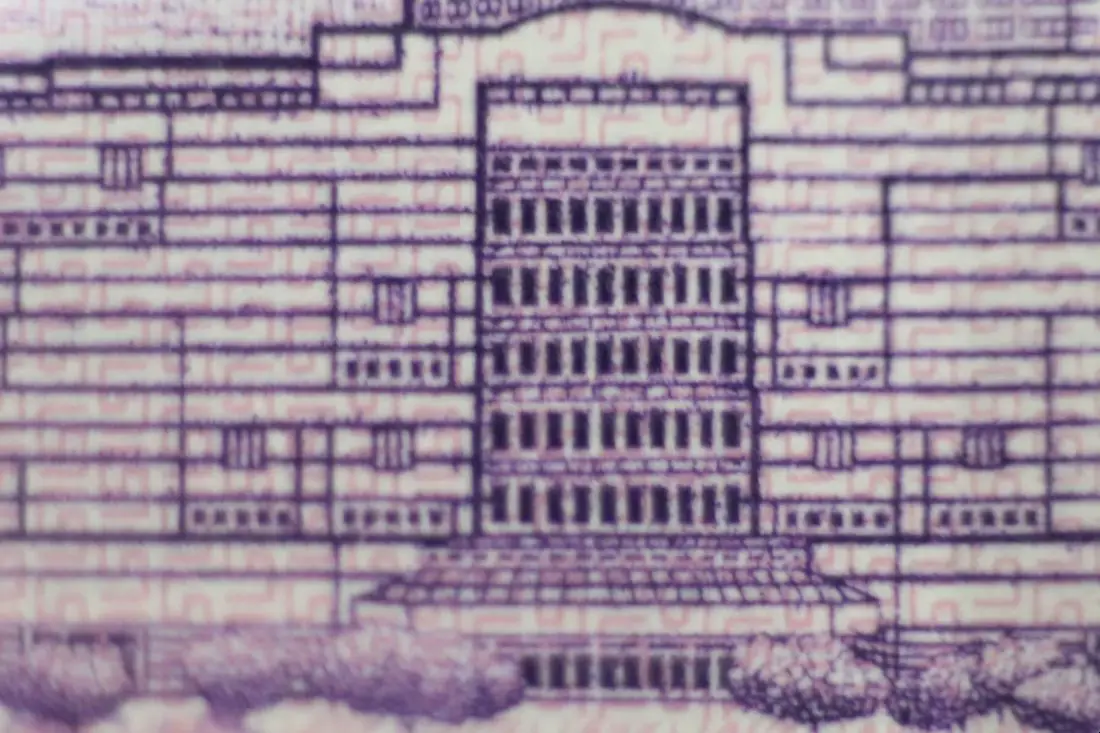
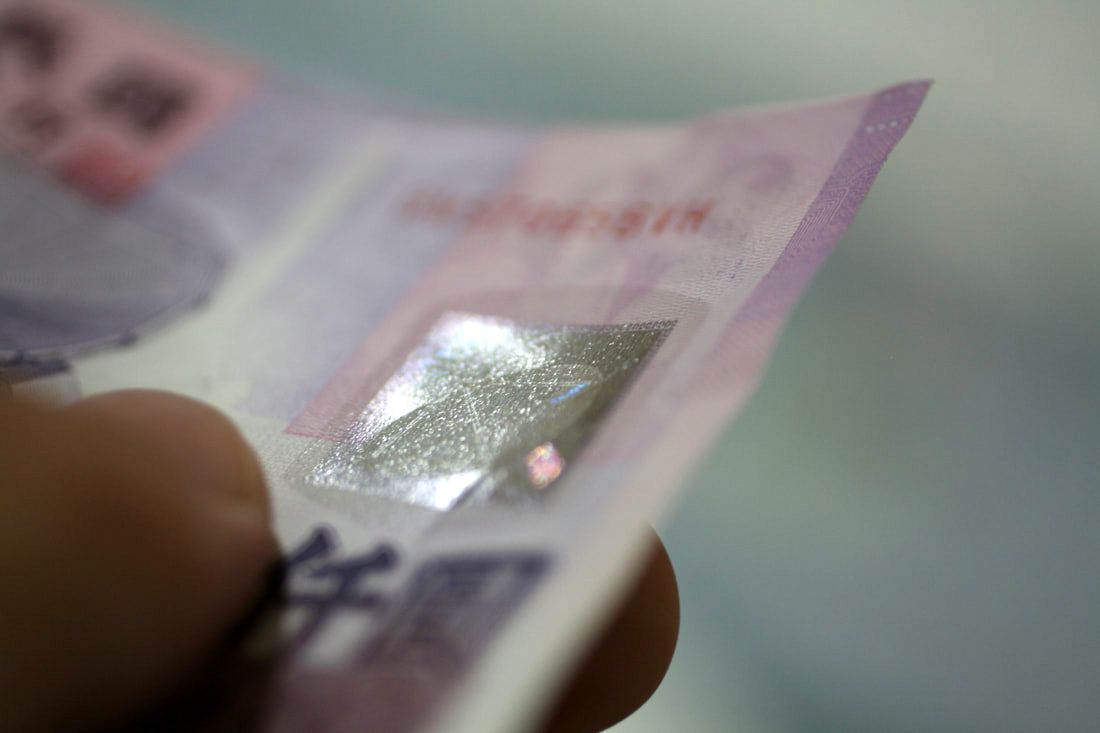
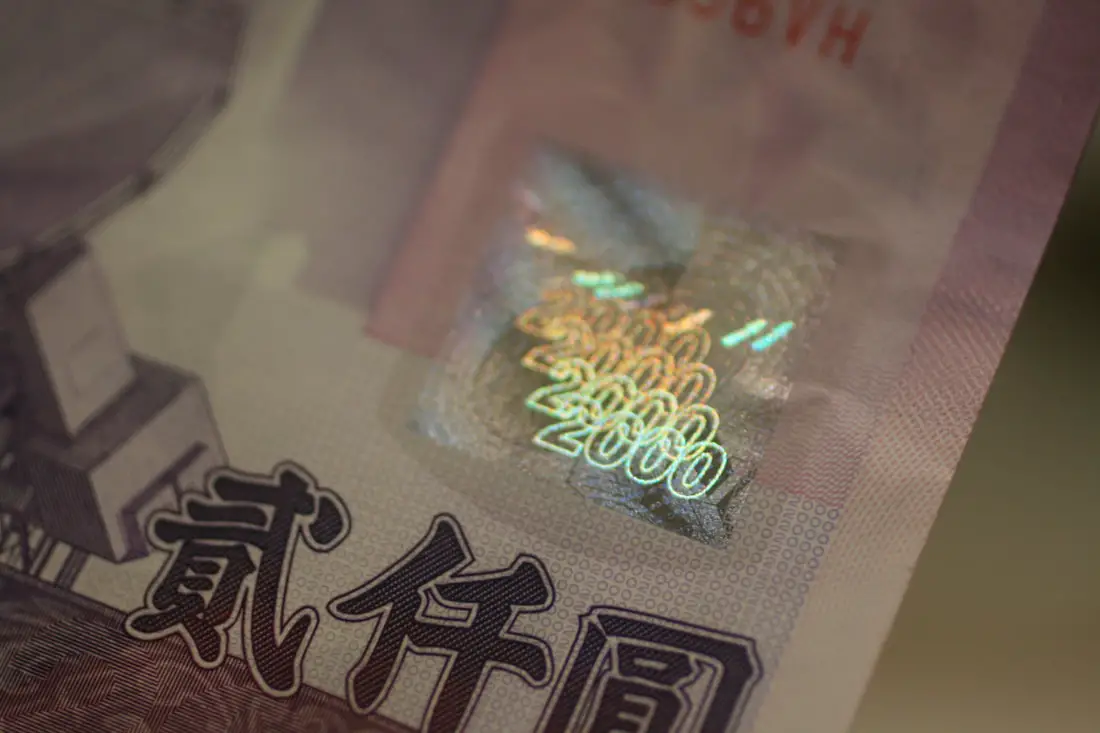
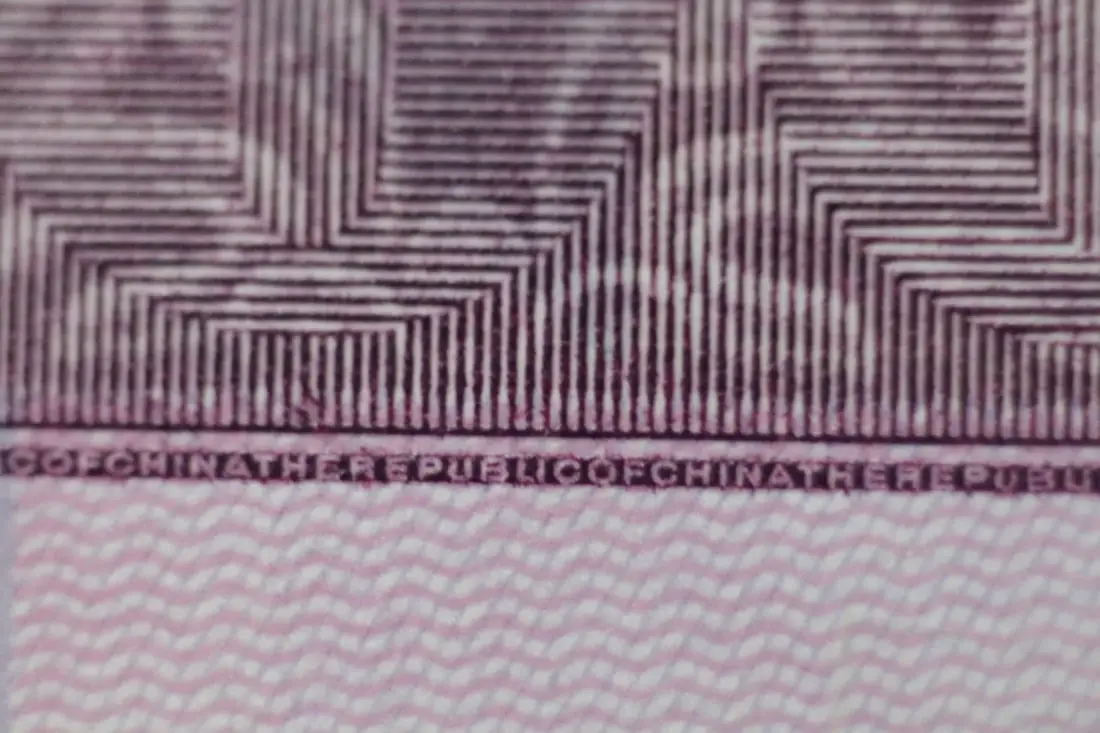
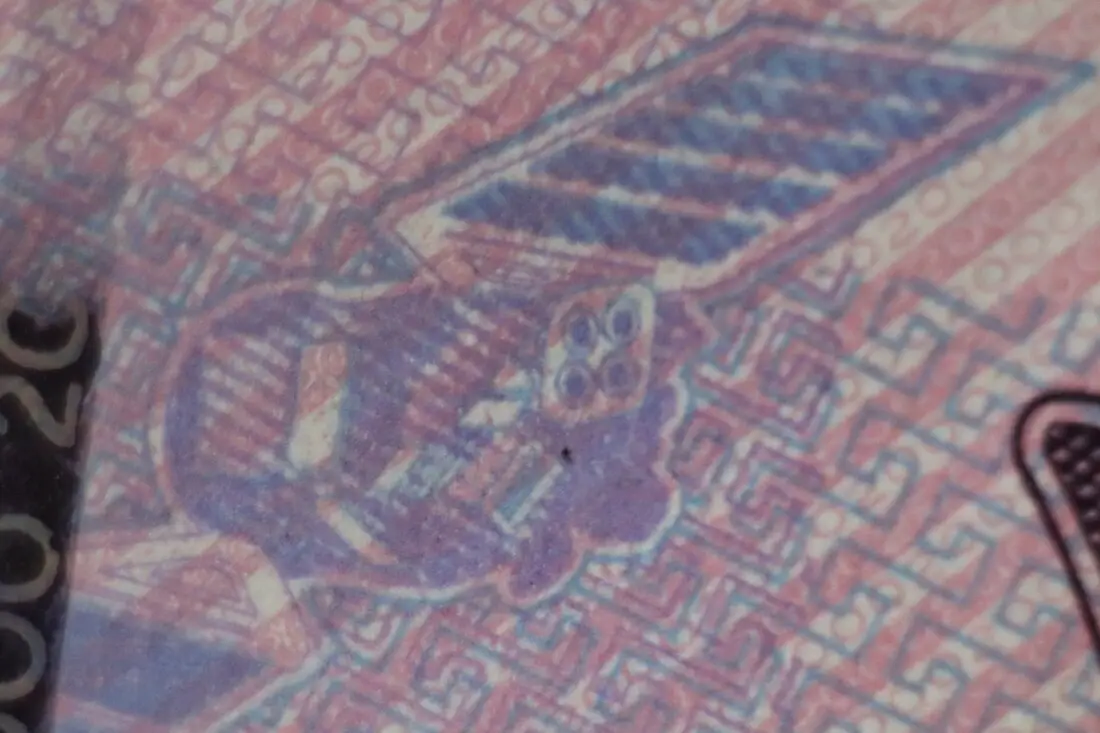
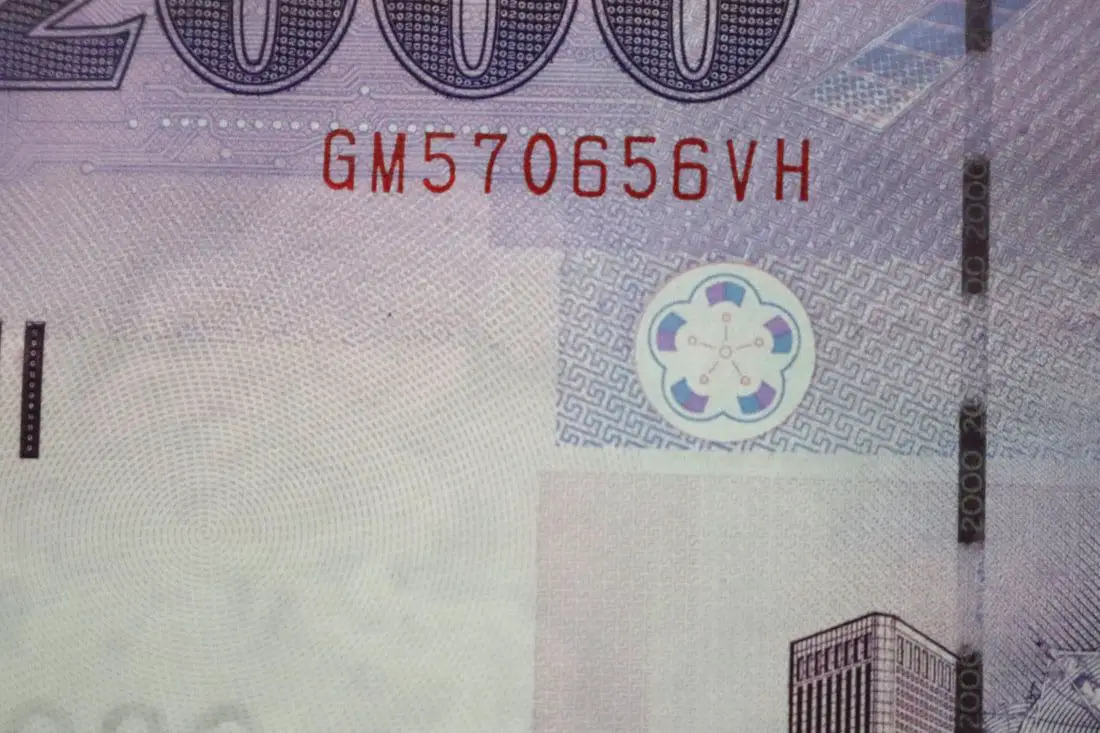
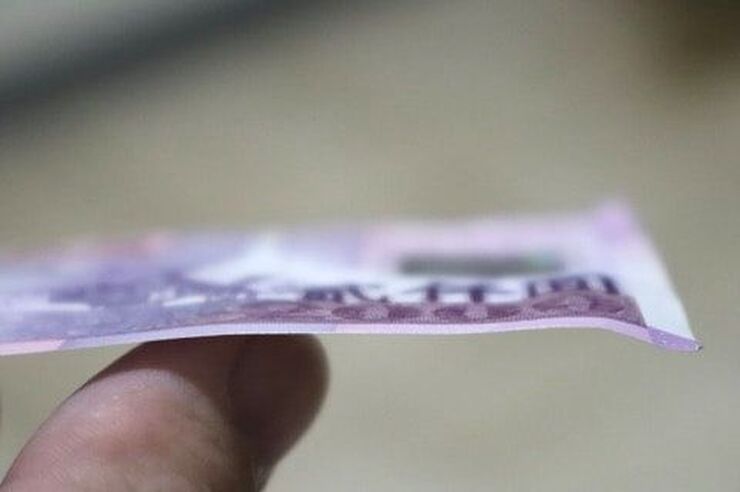
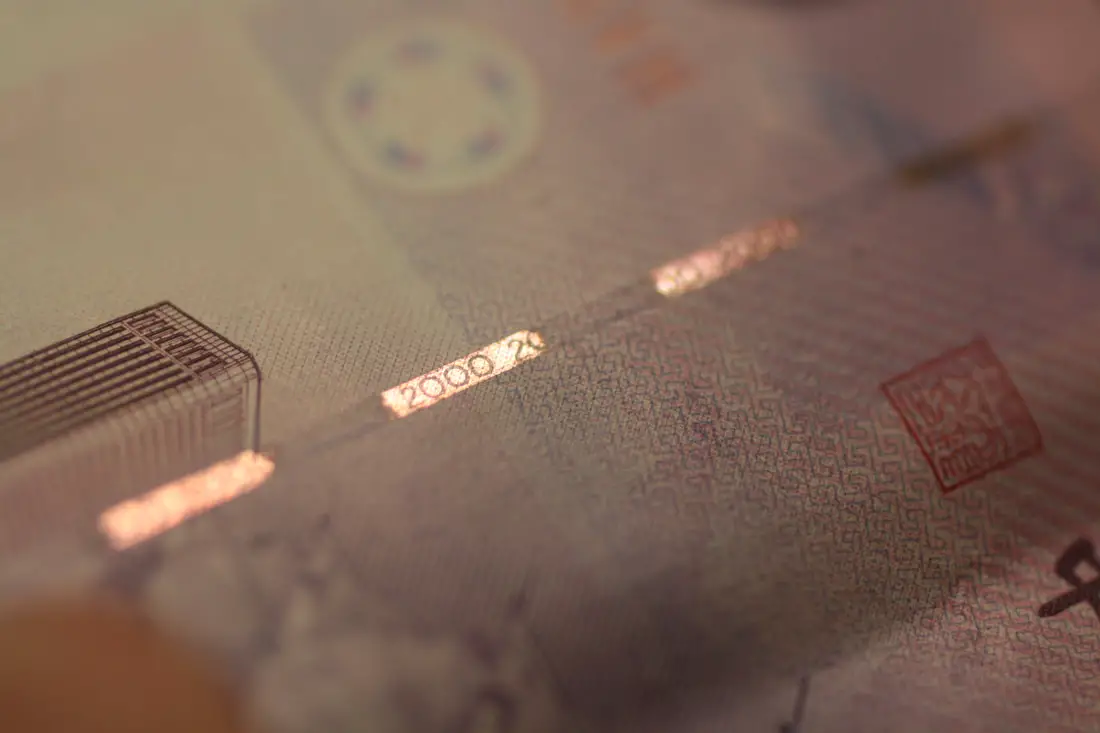
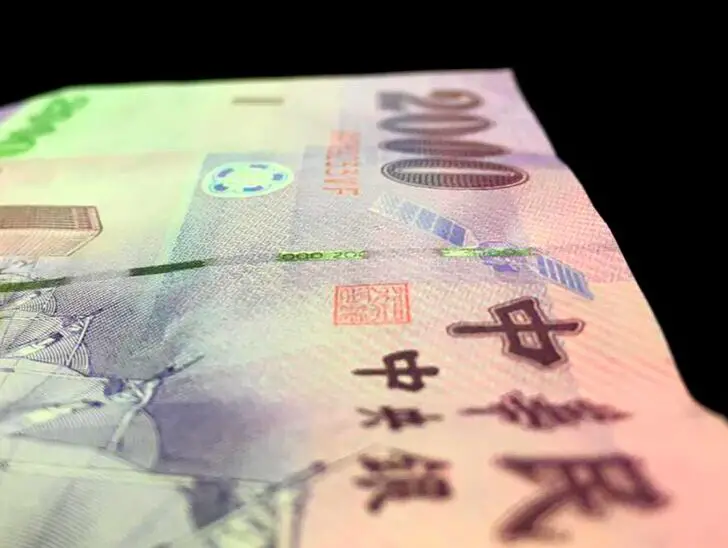
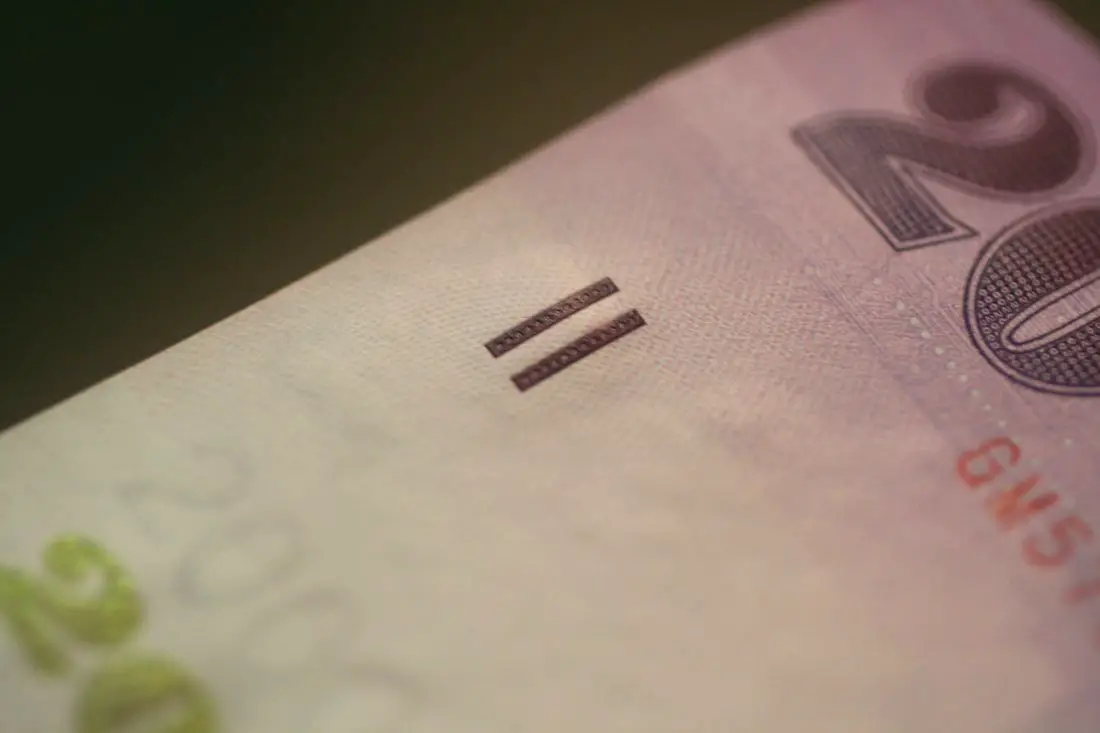
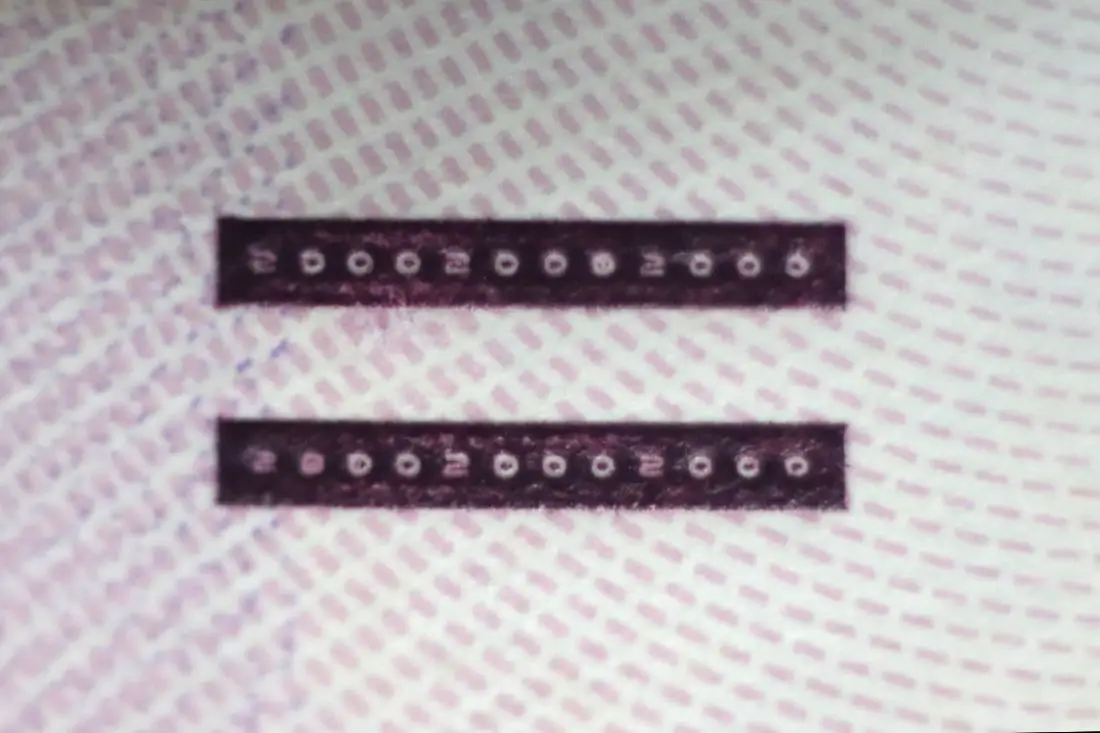
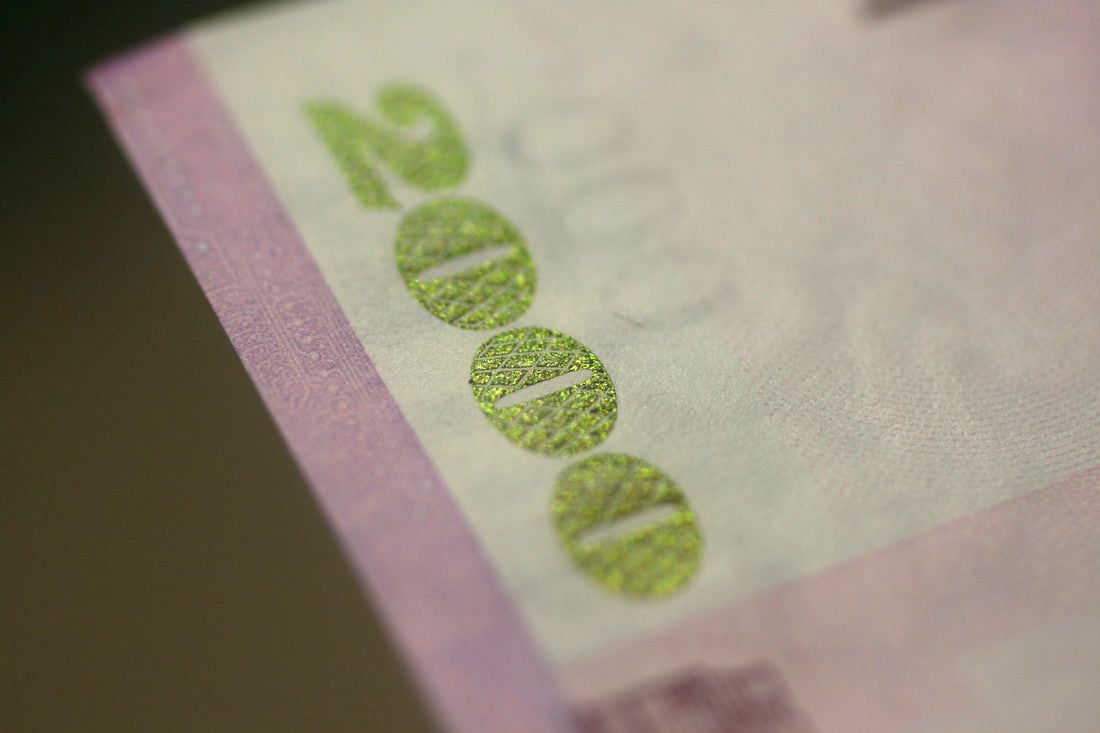
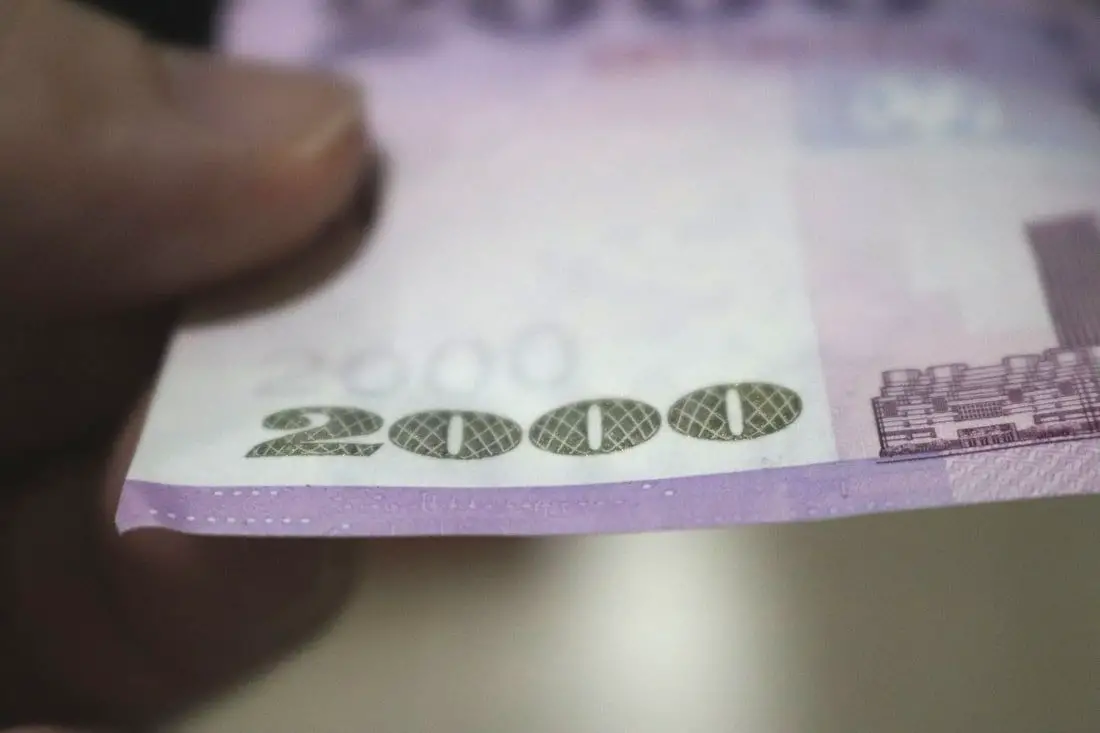

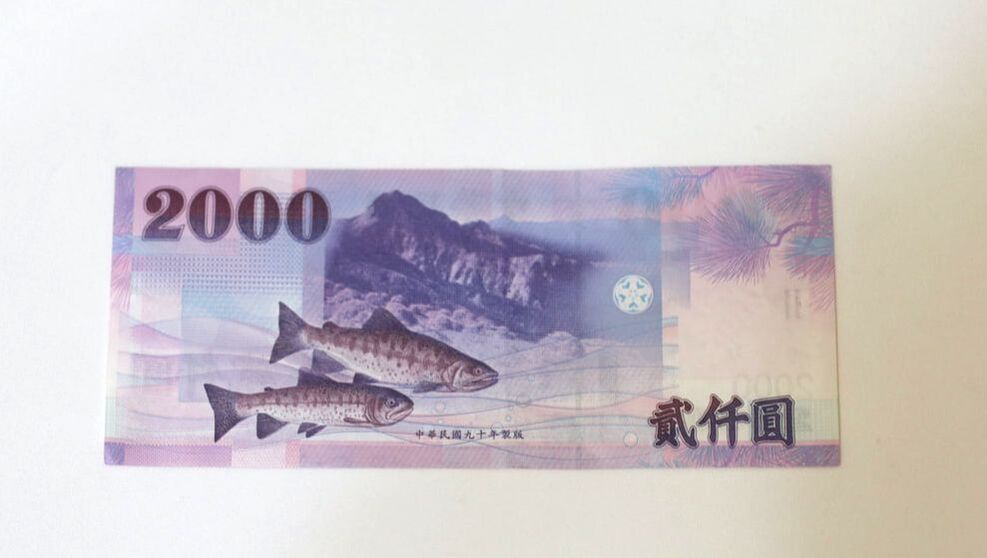
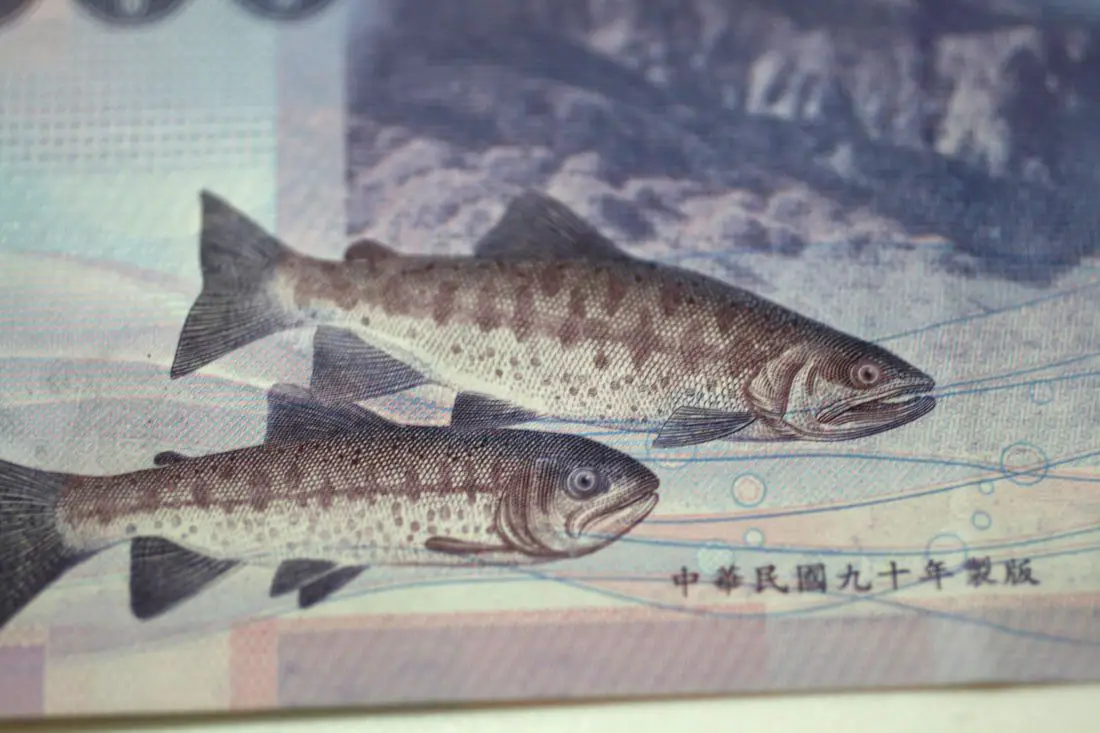
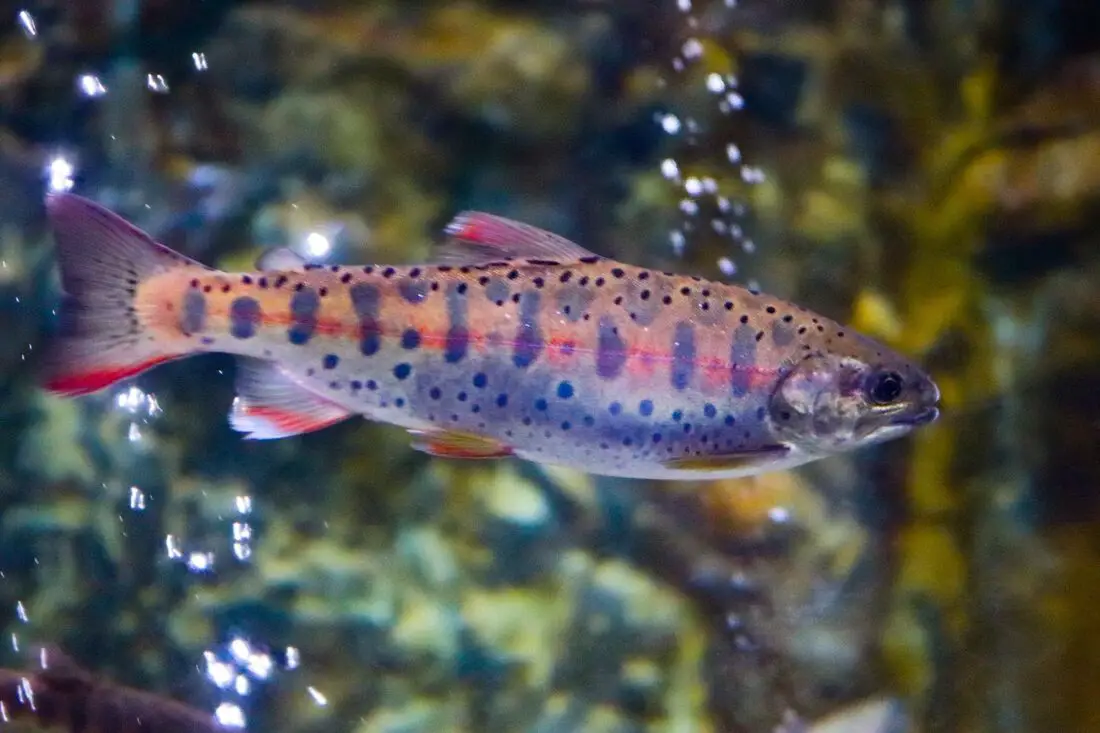
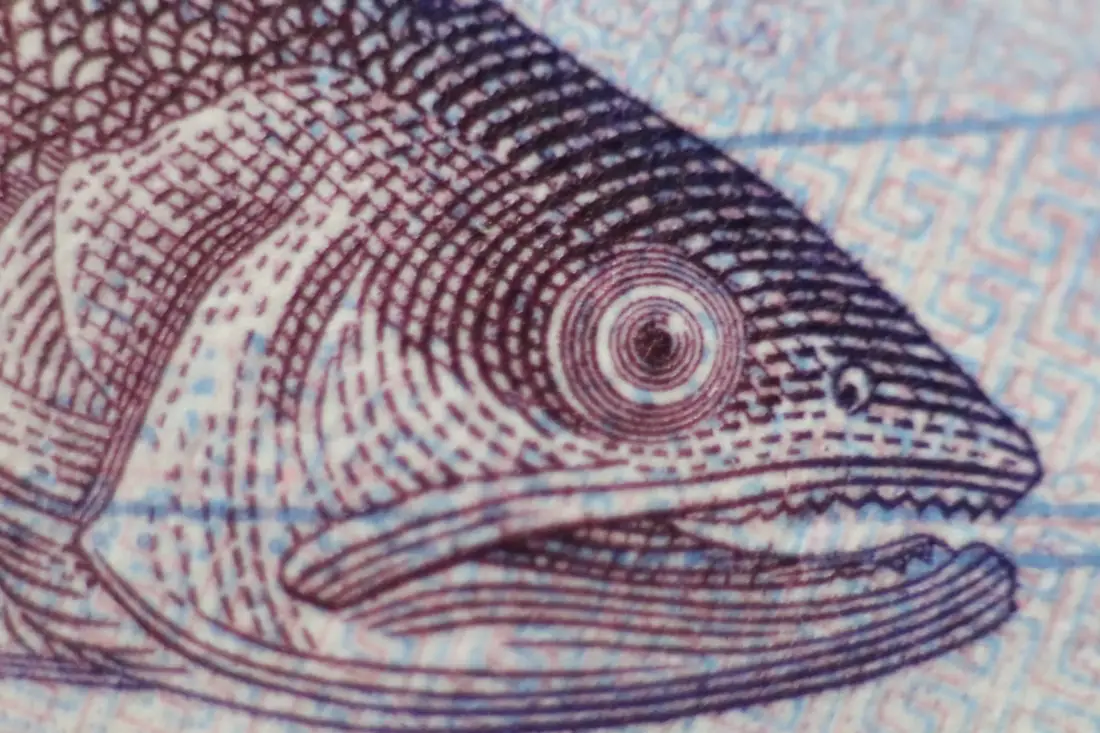
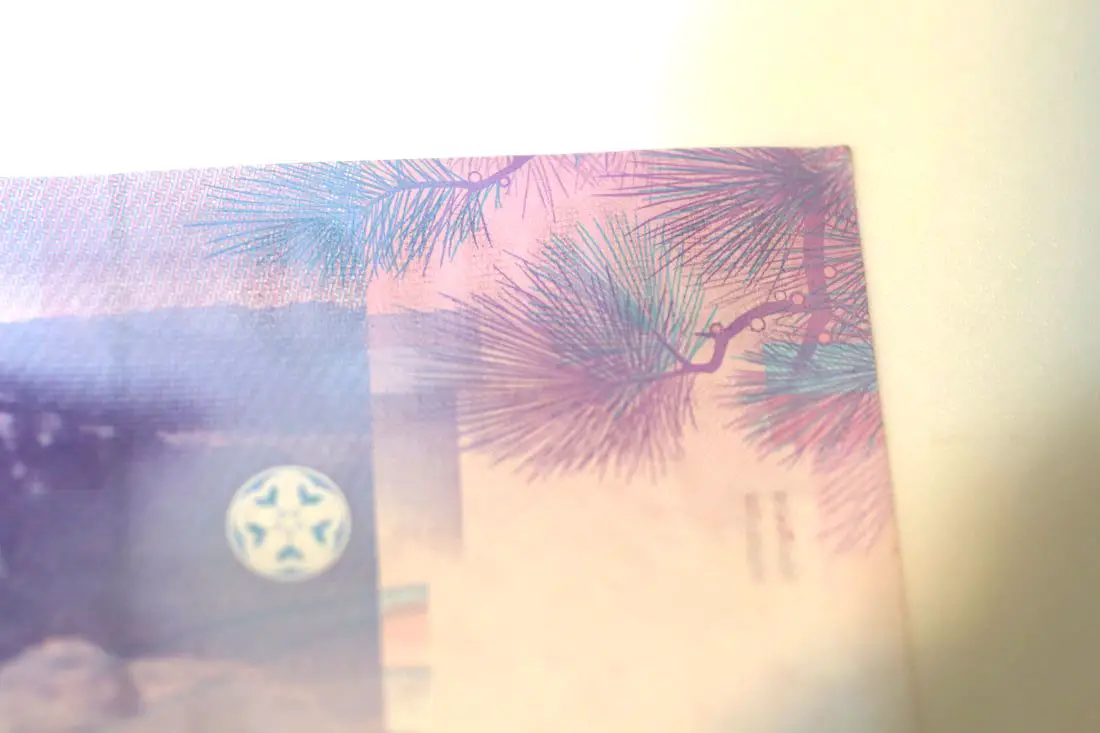
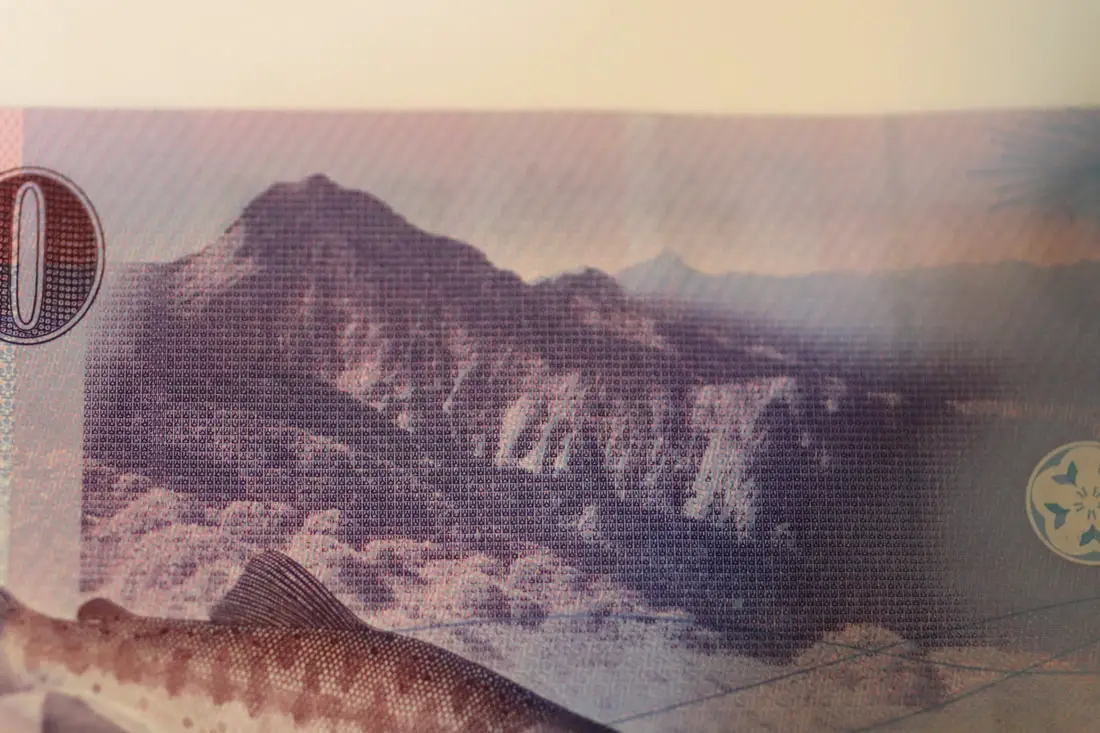
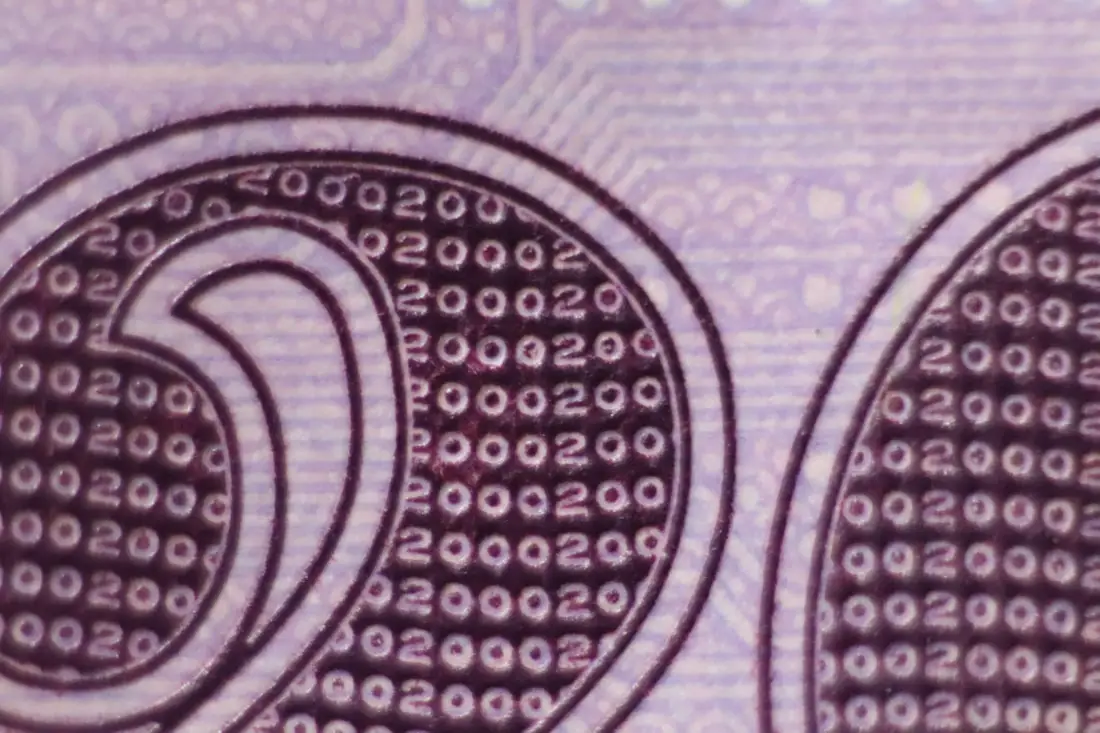
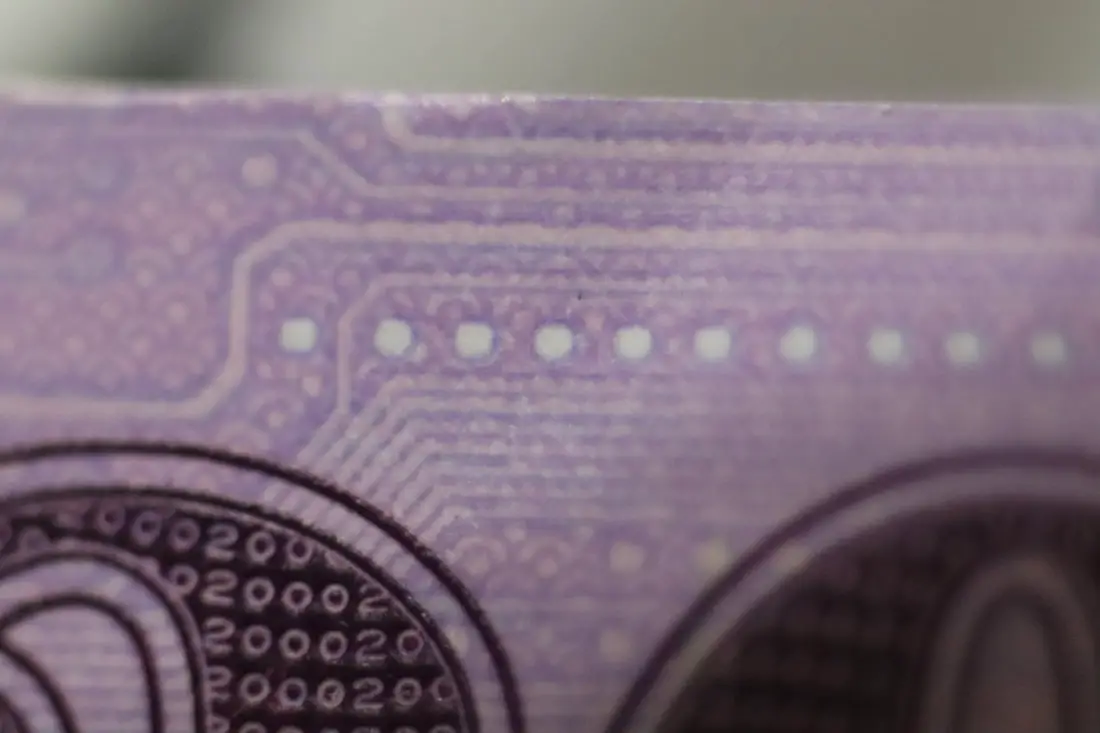
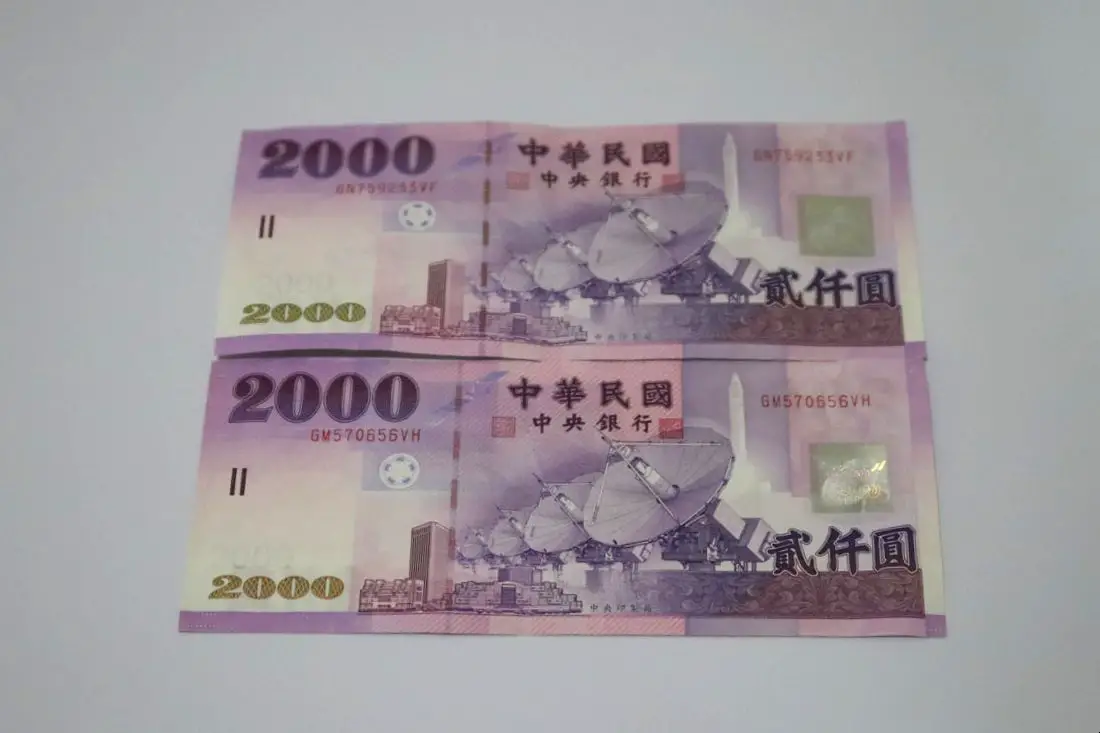

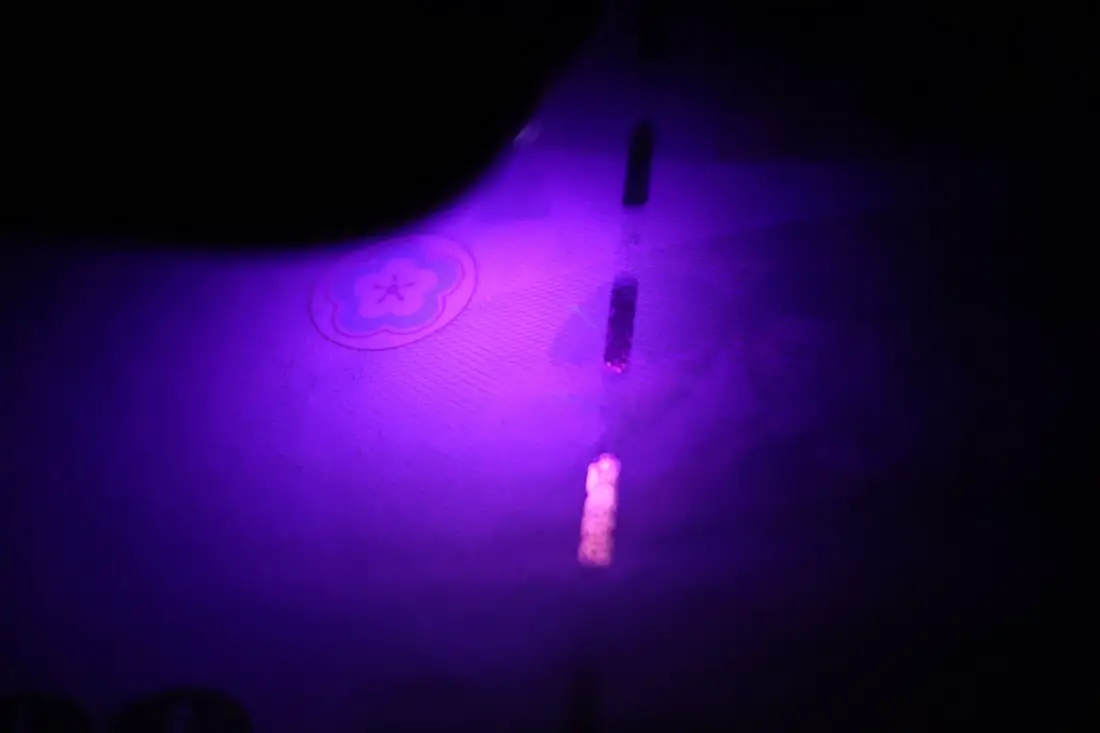
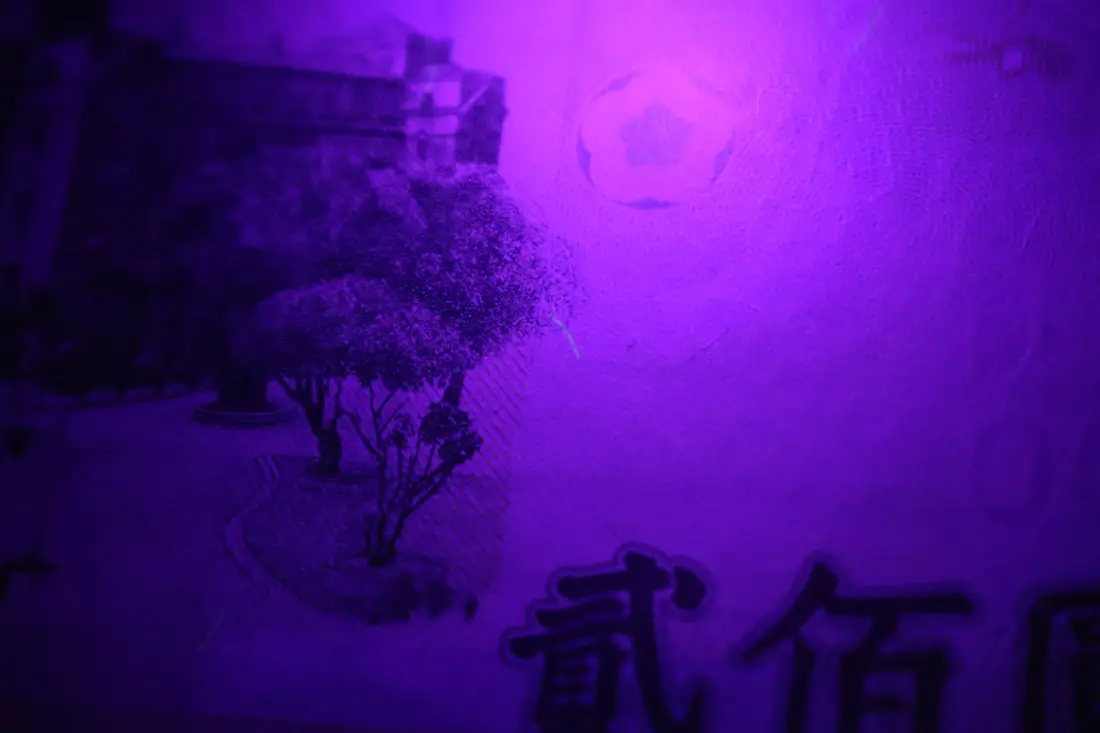
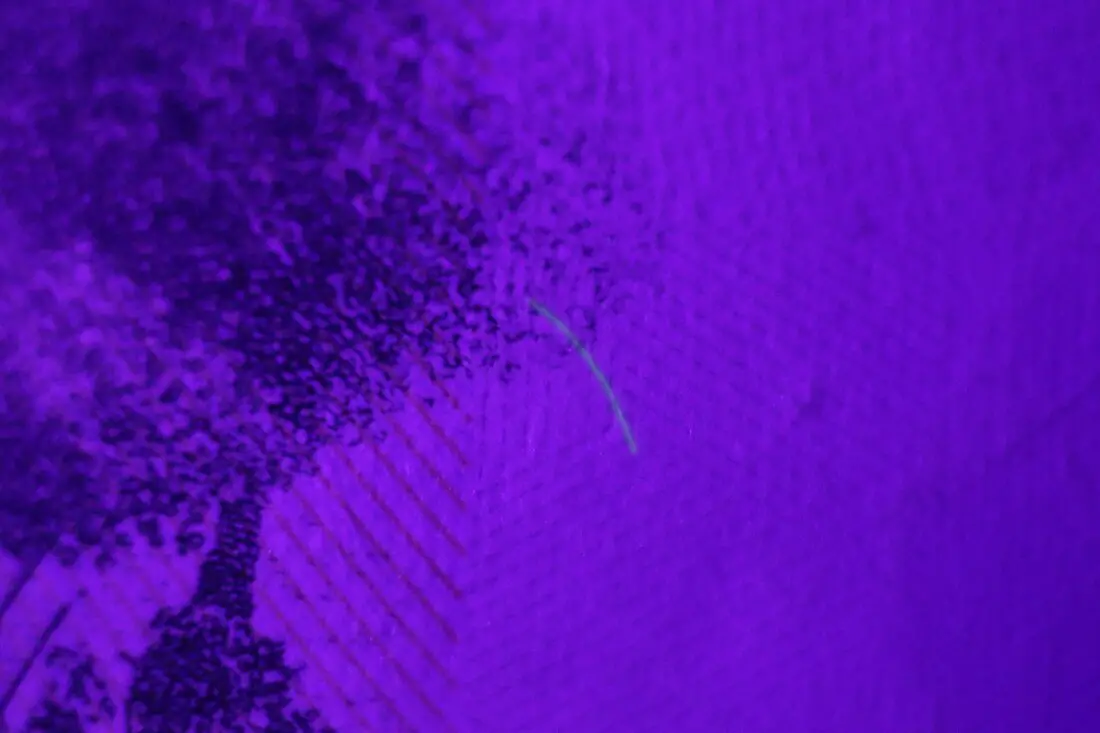
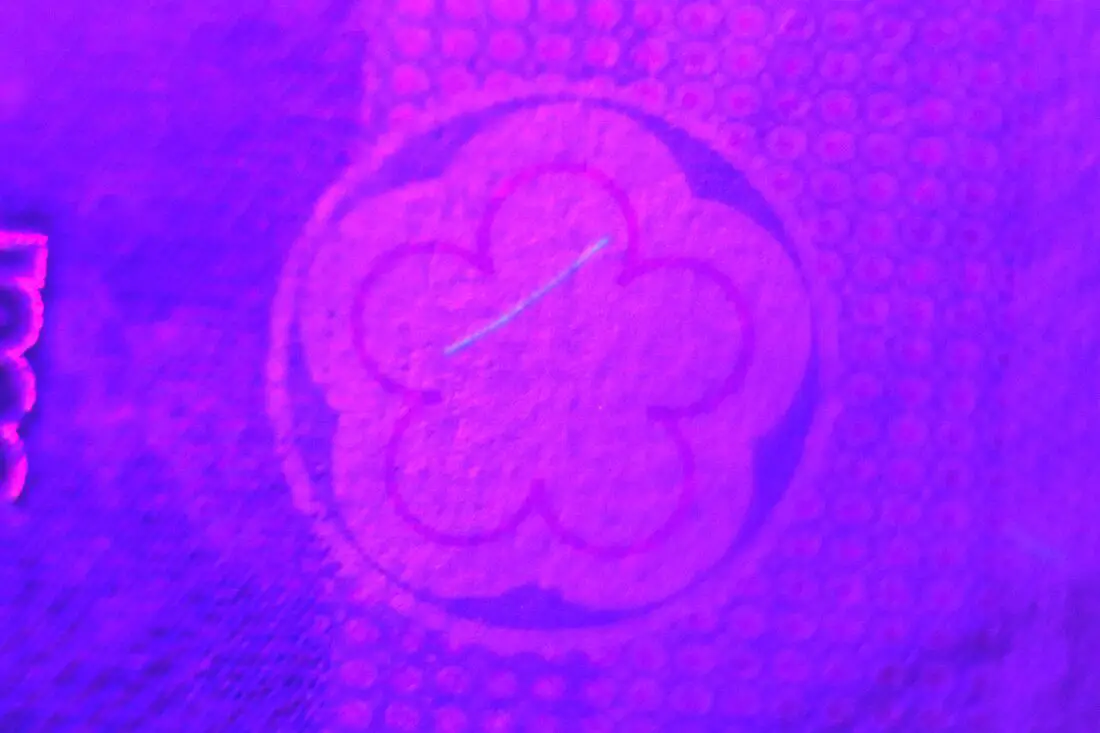
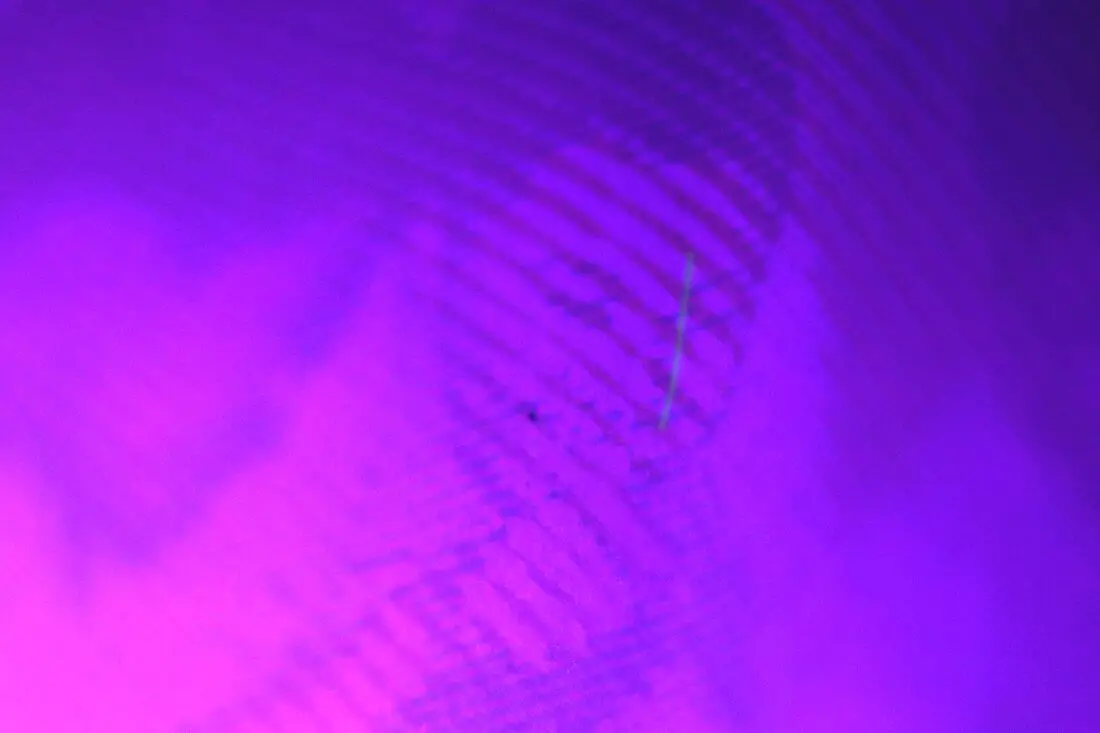

 RSS Feed
RSS Feed